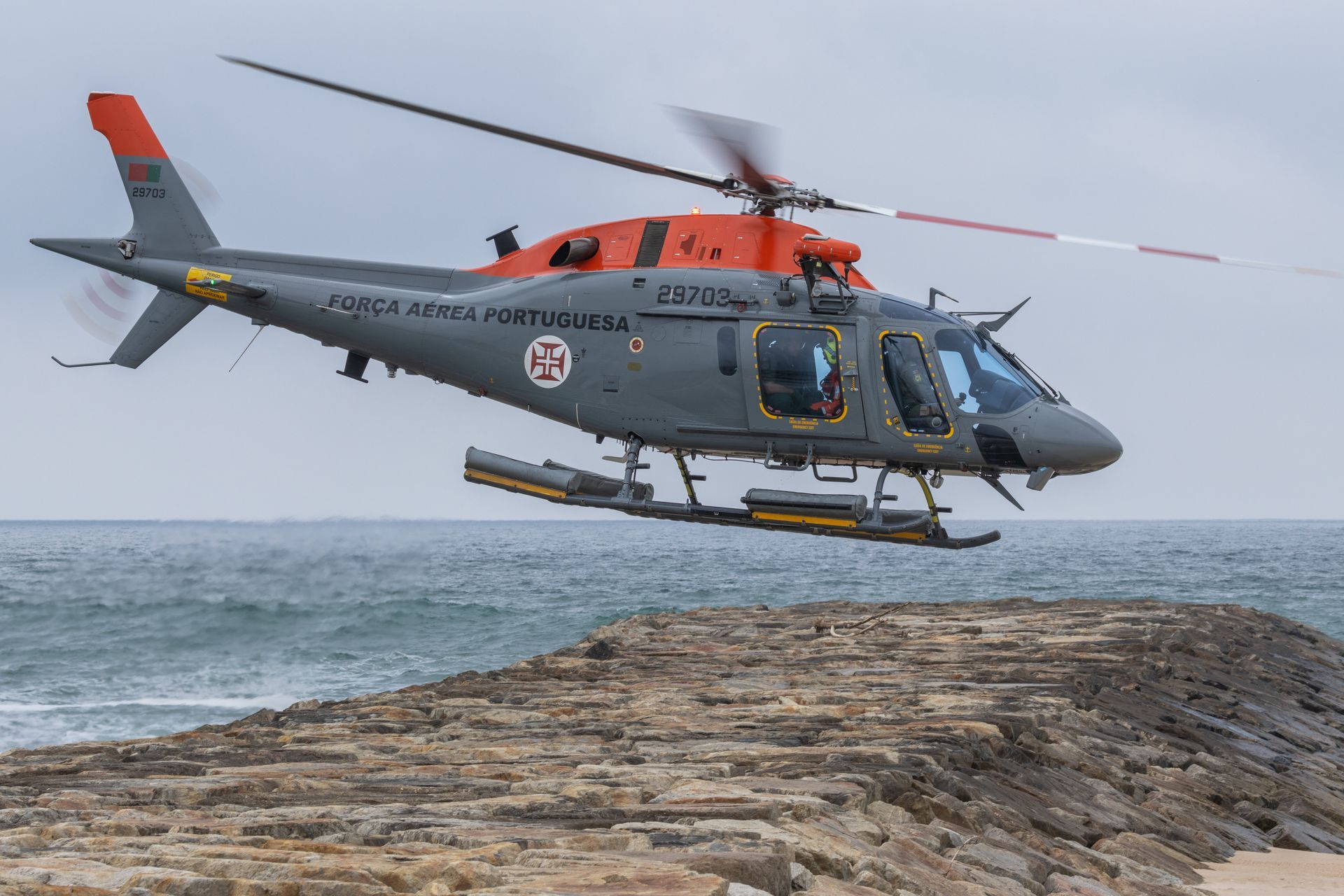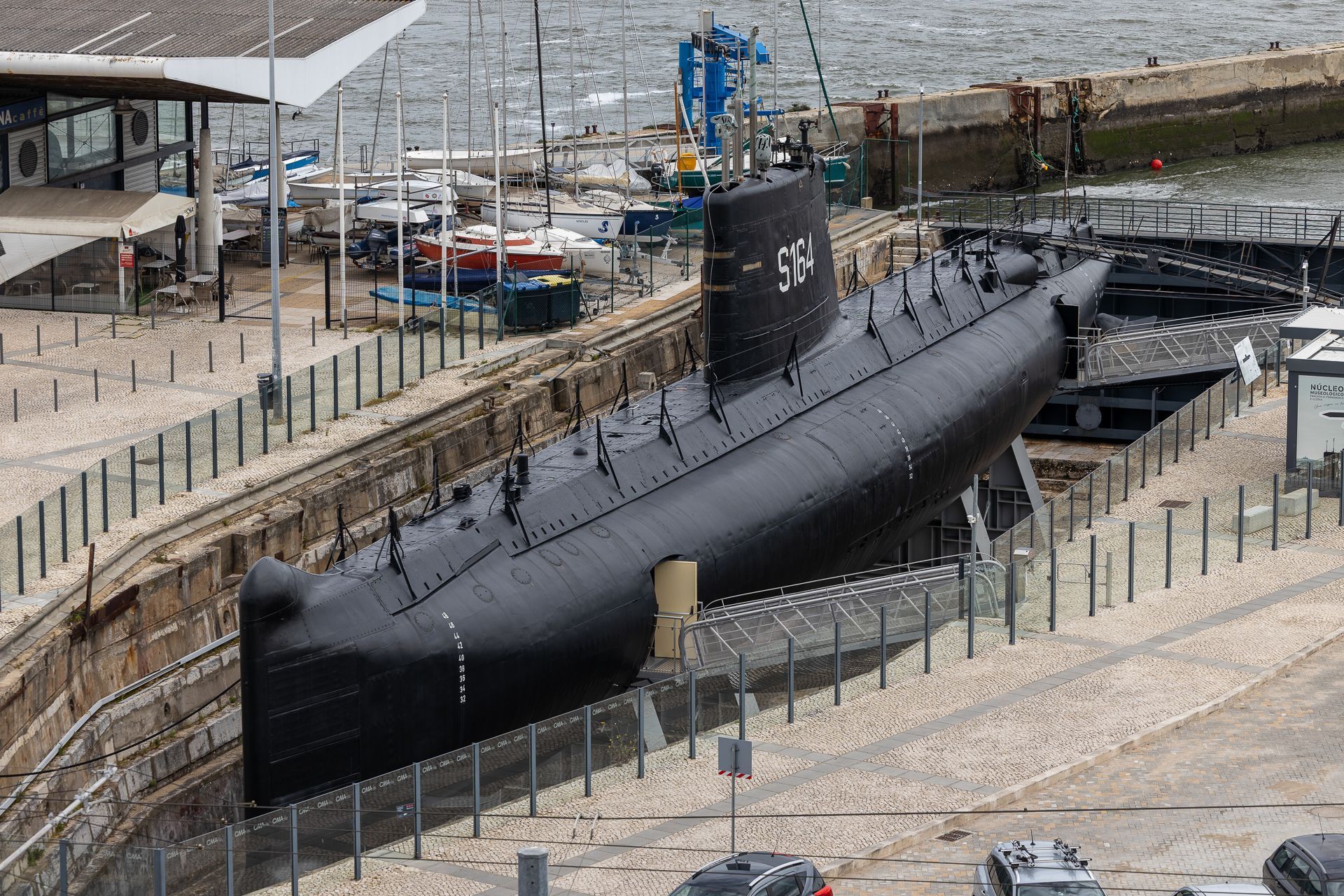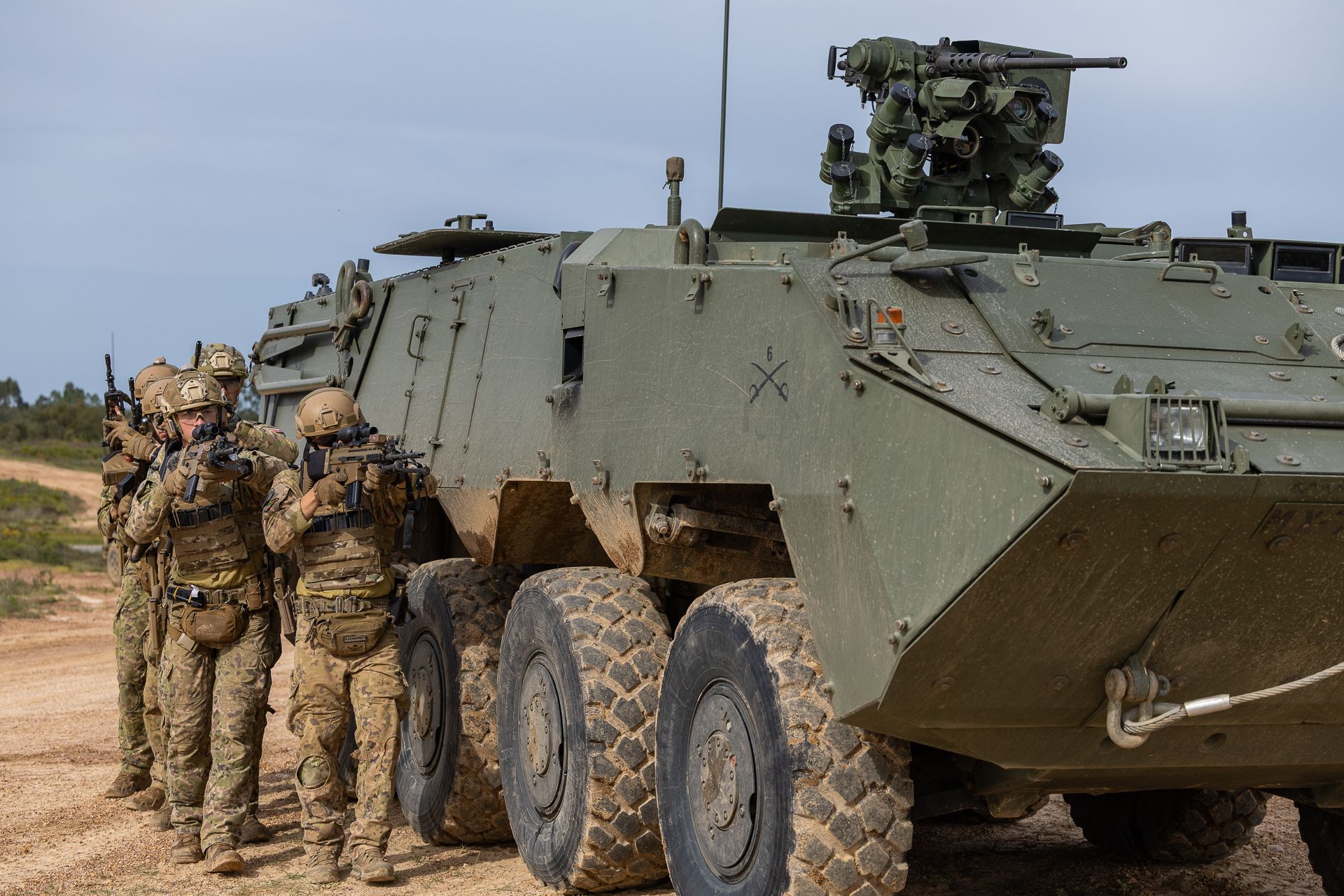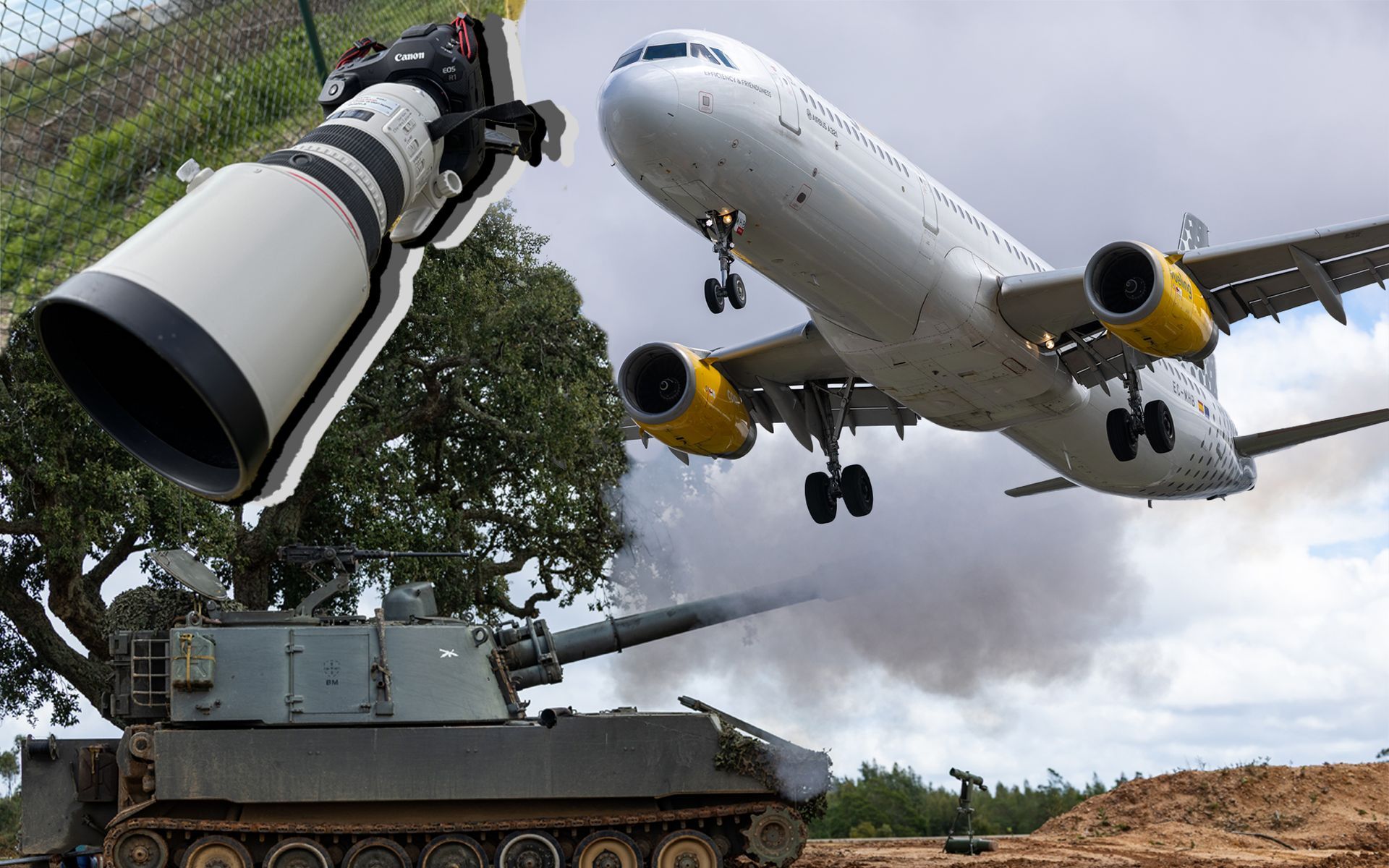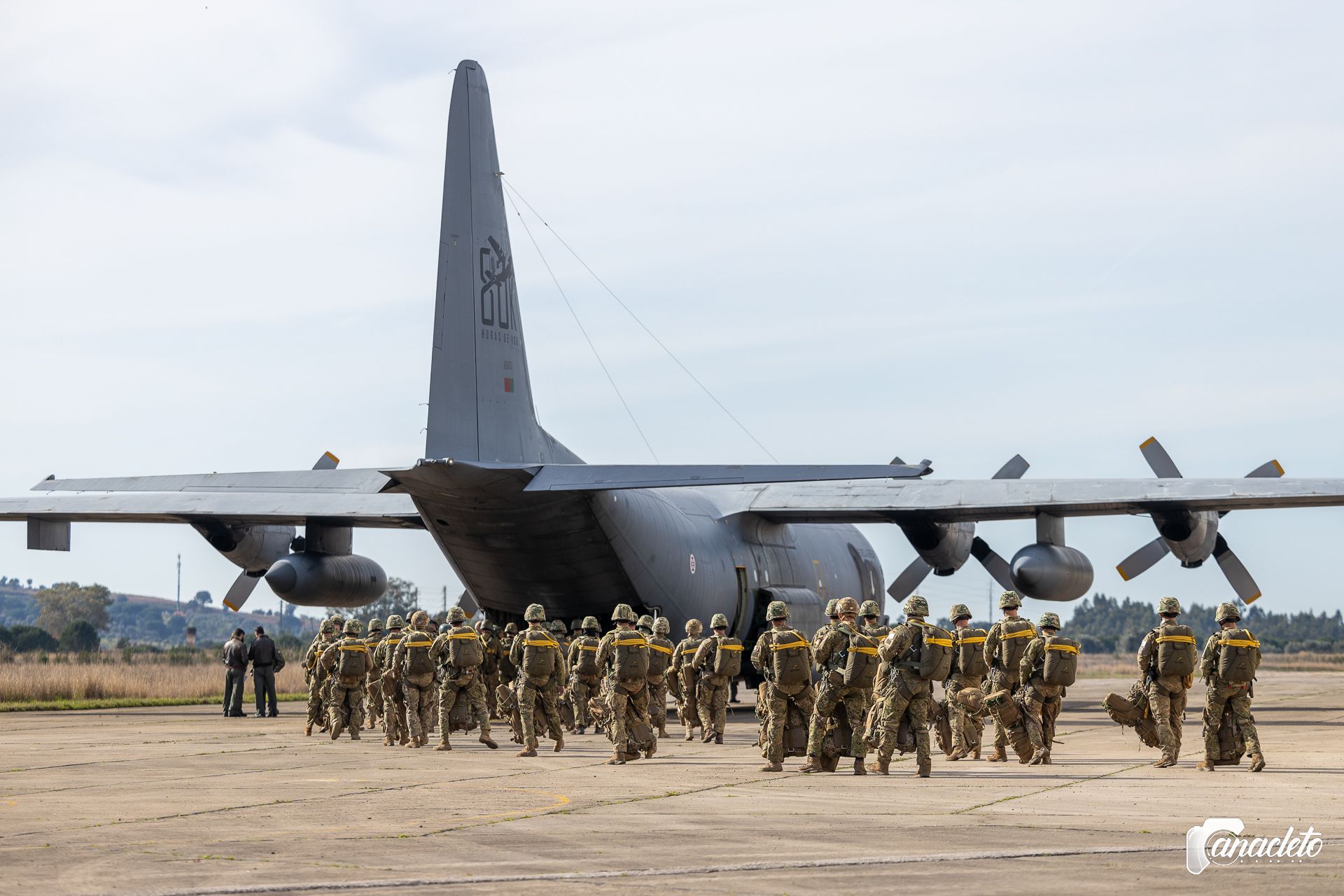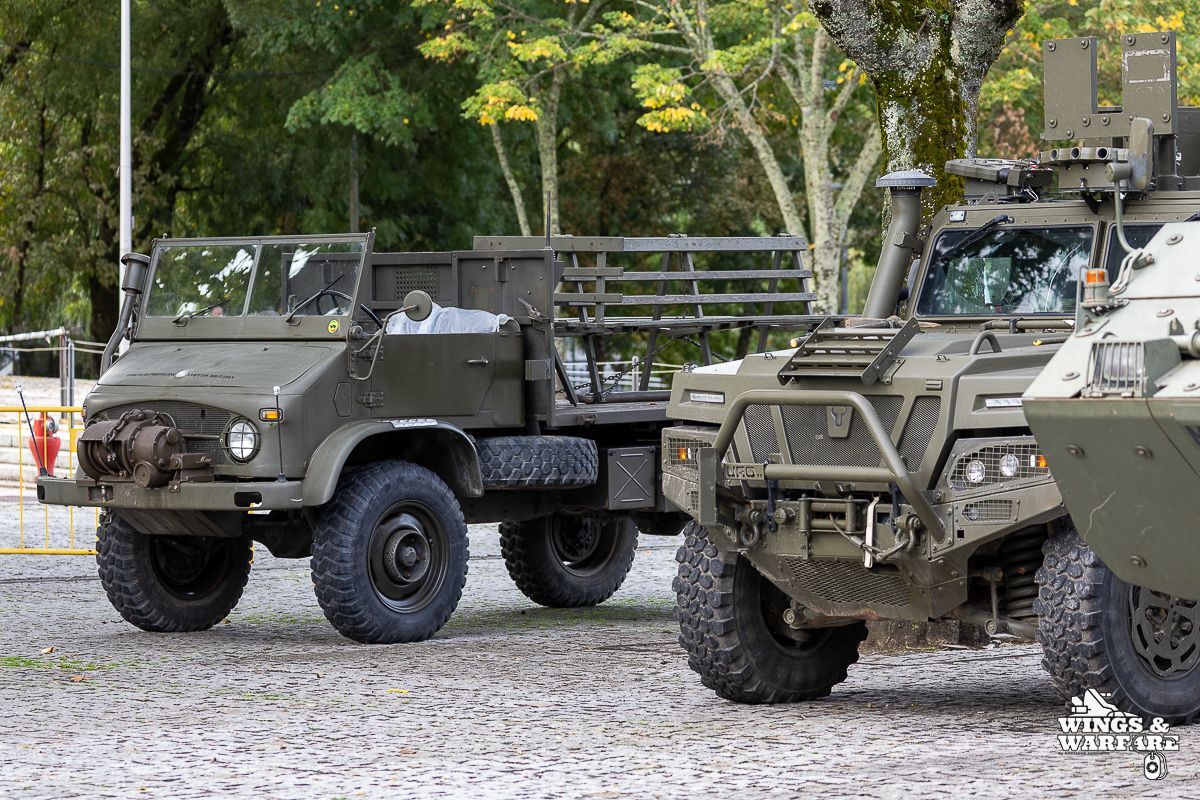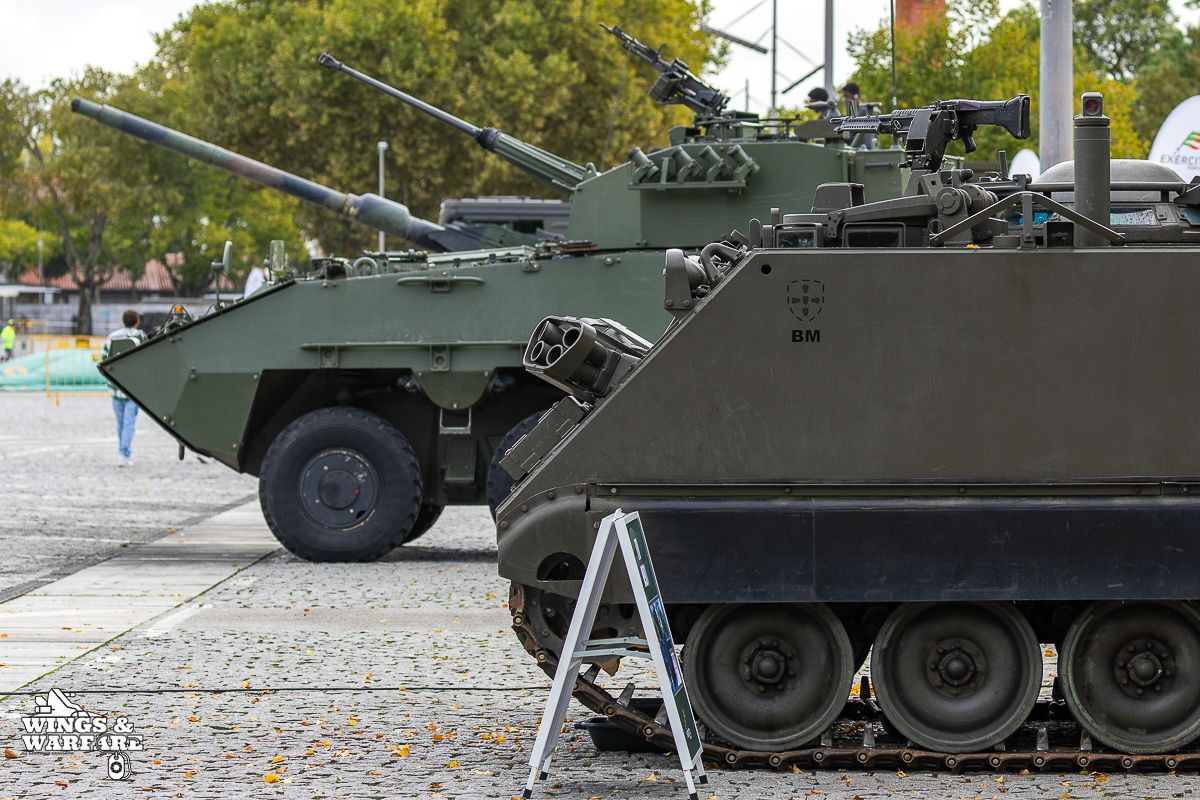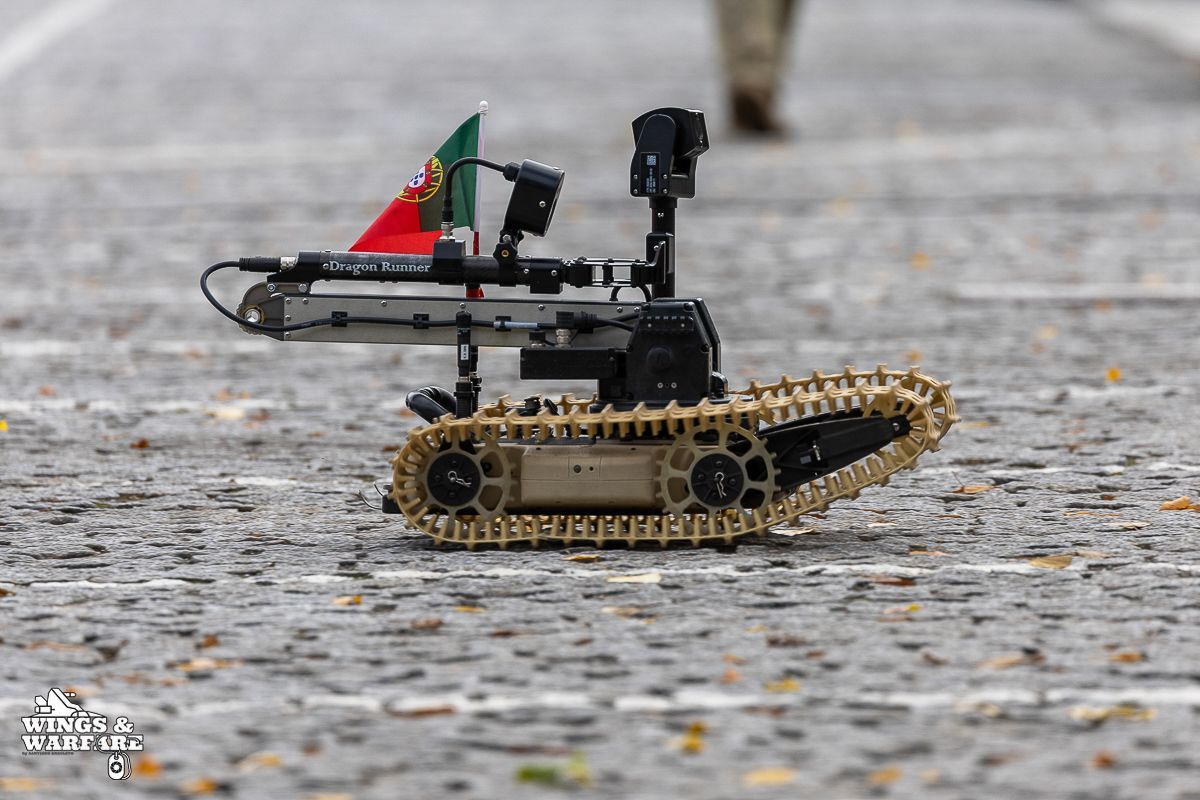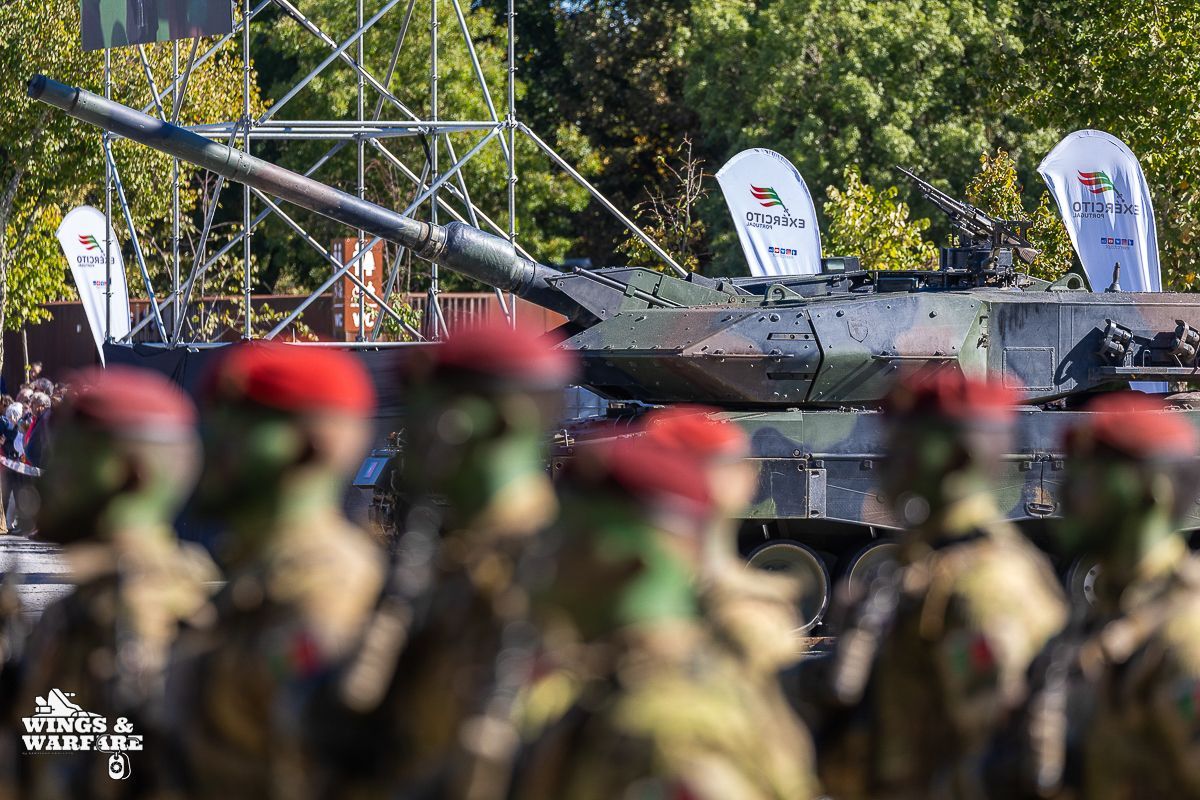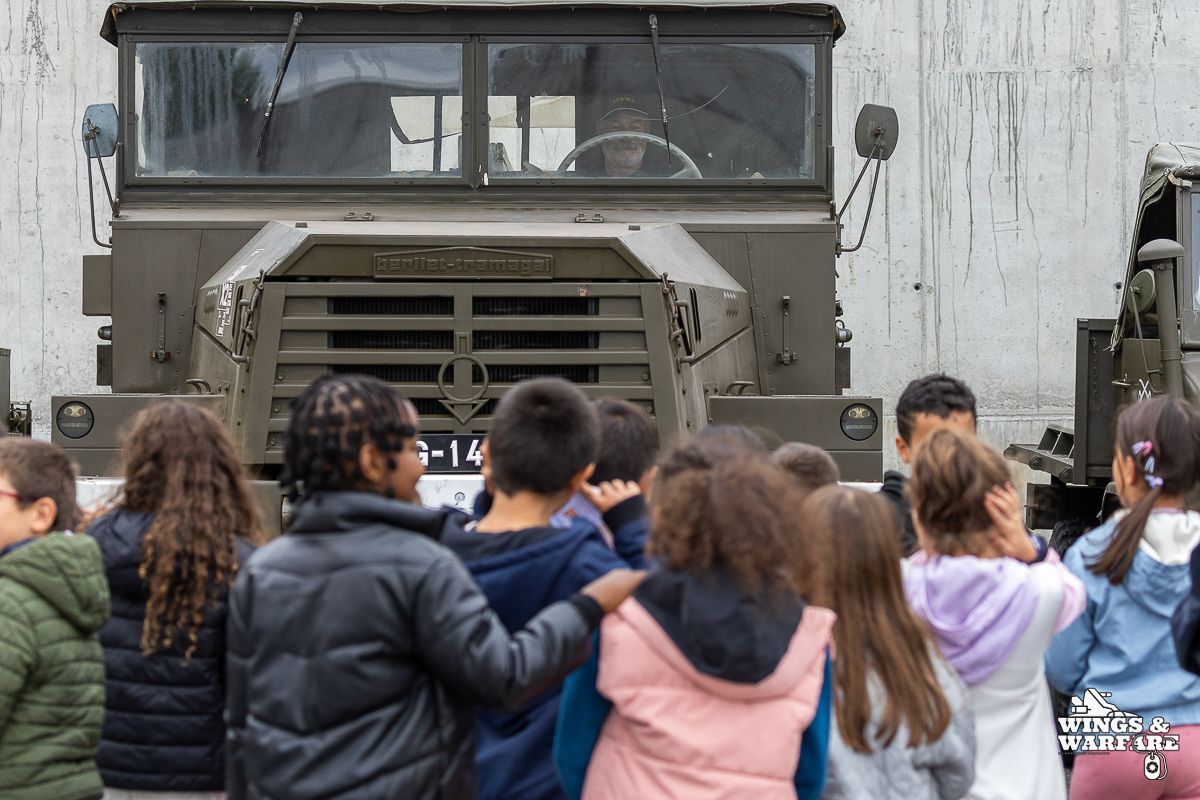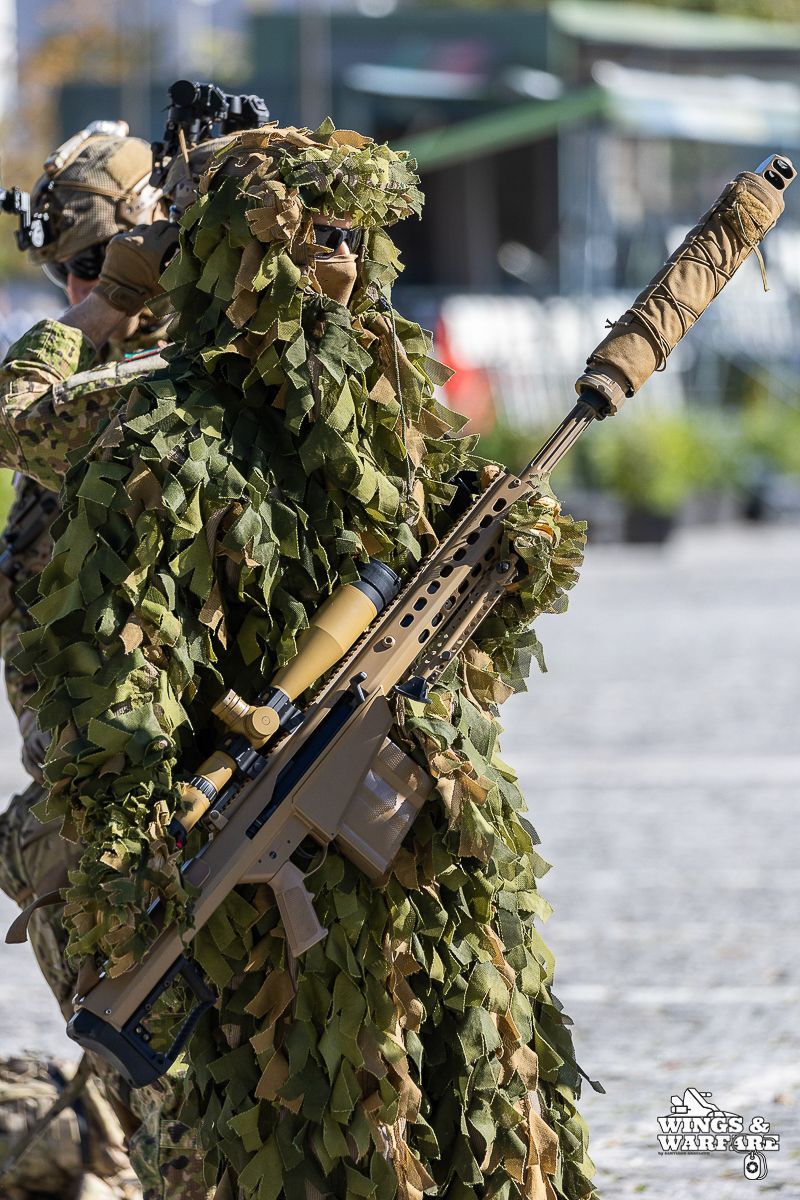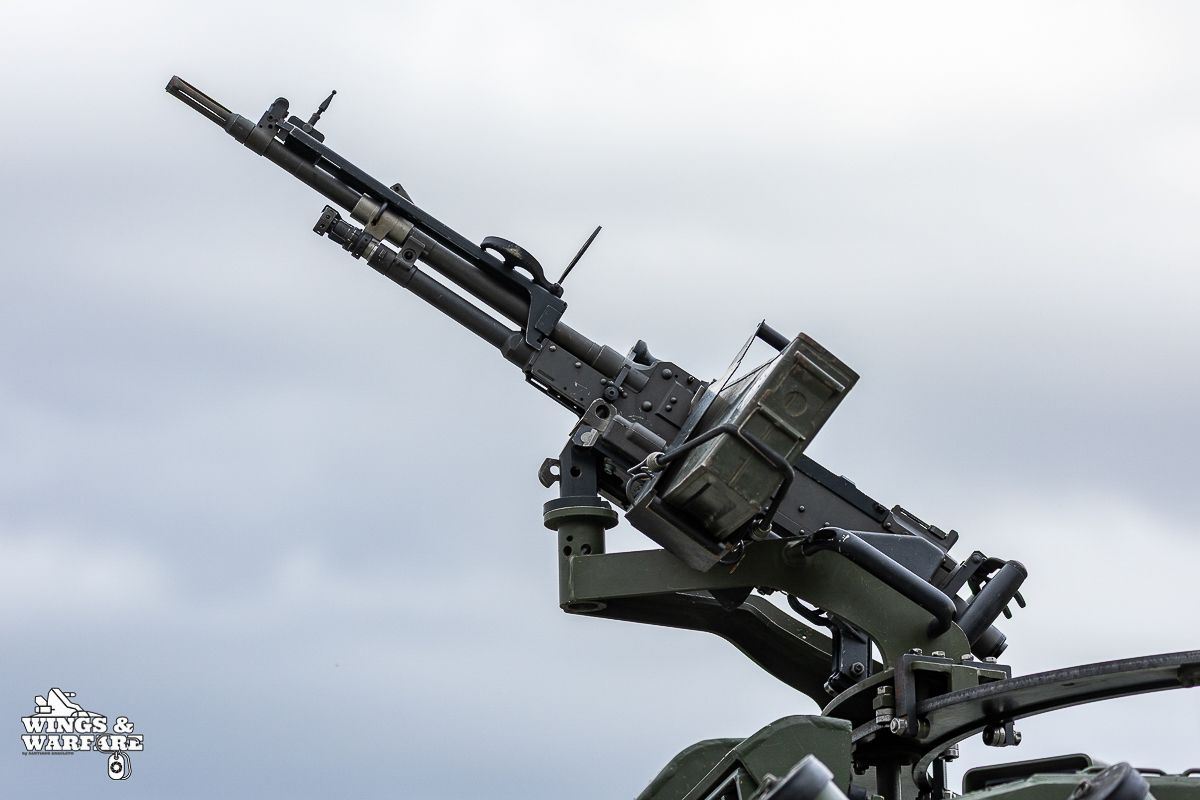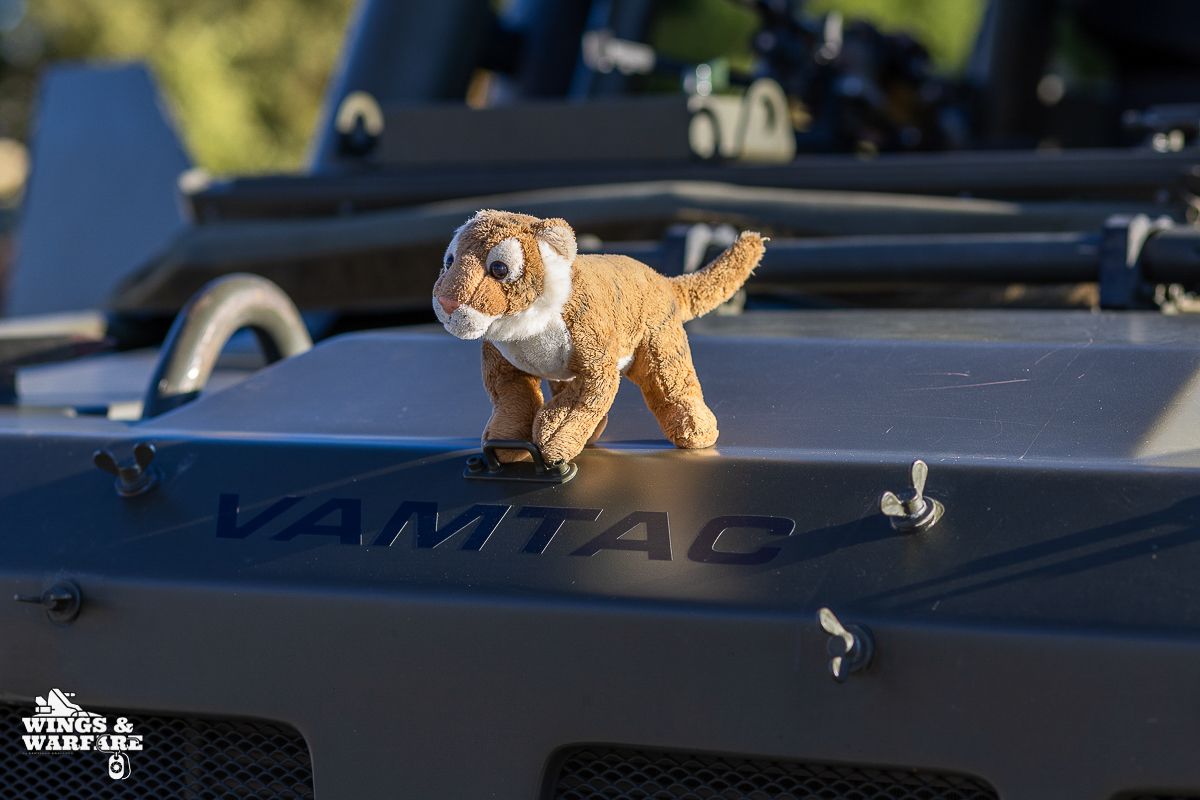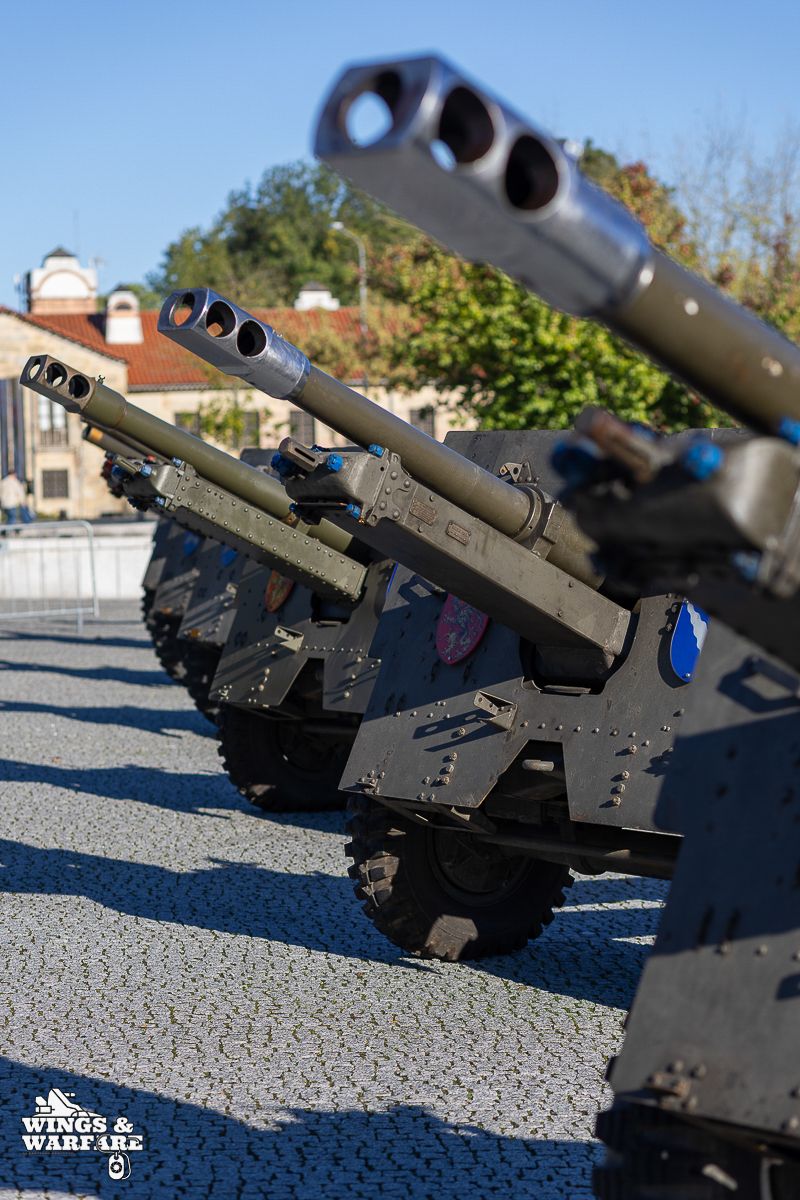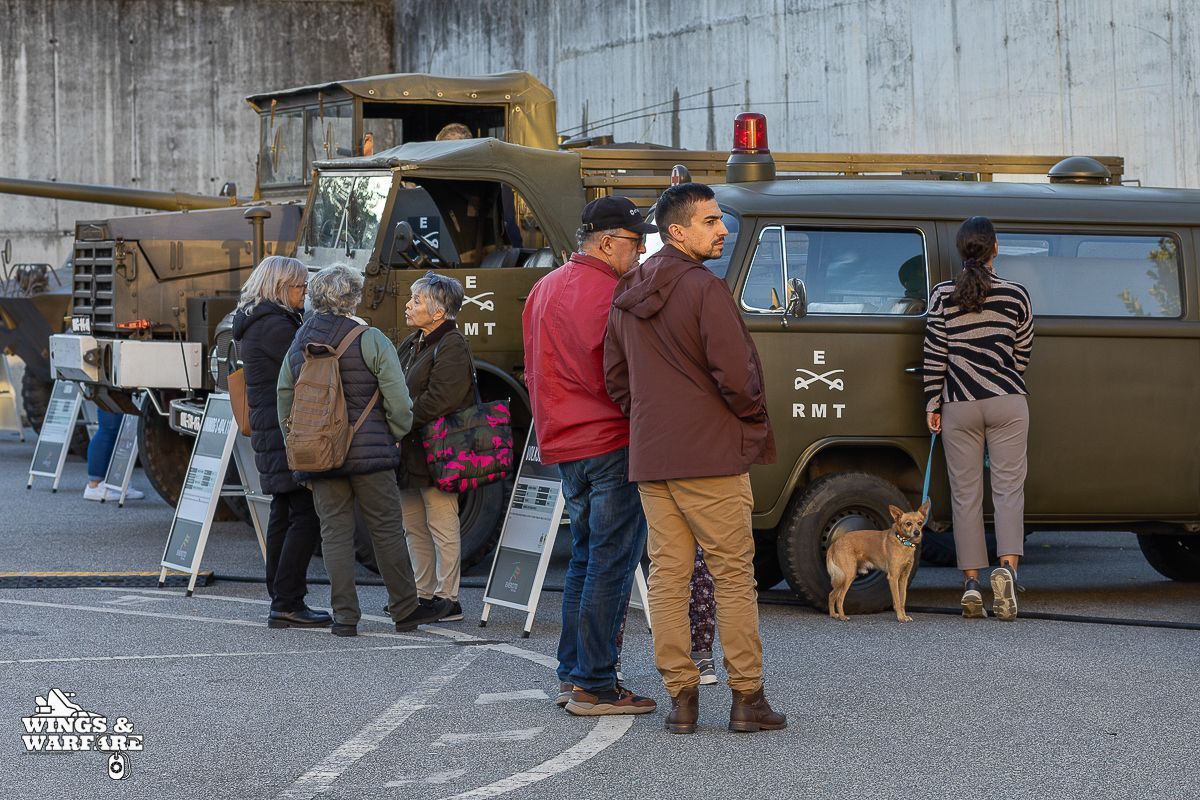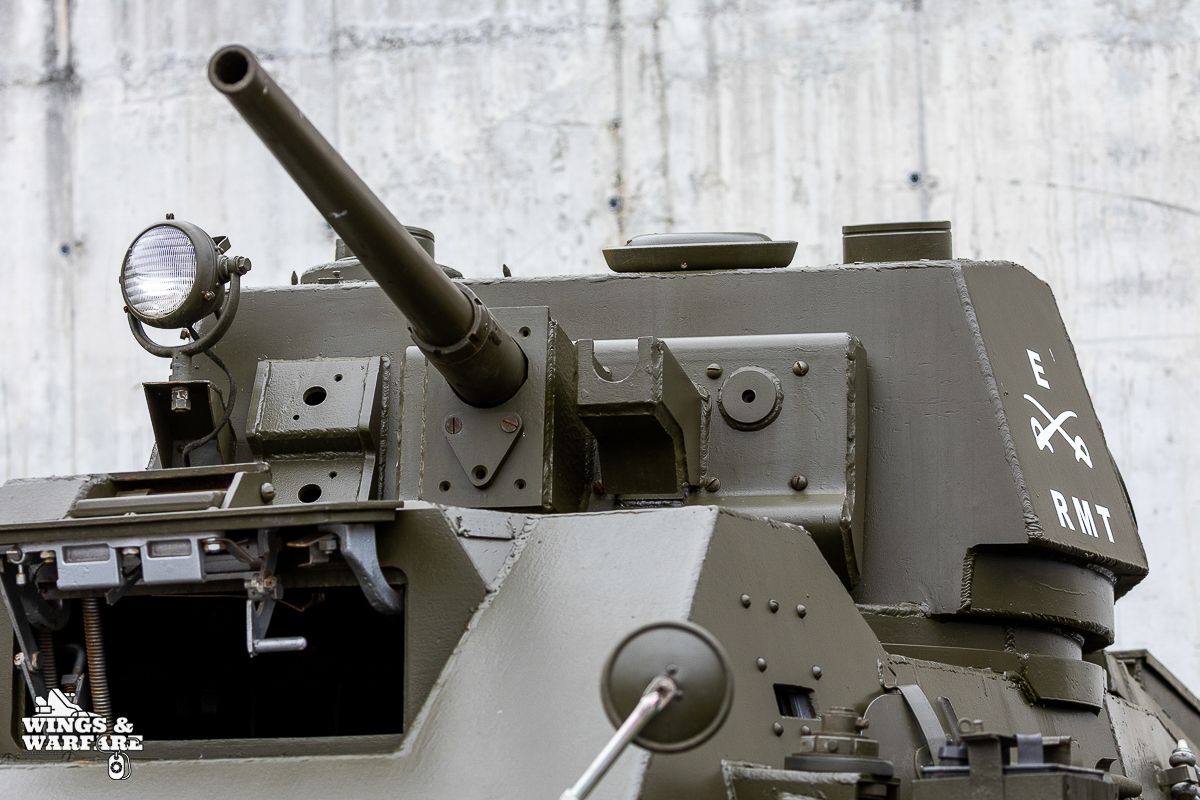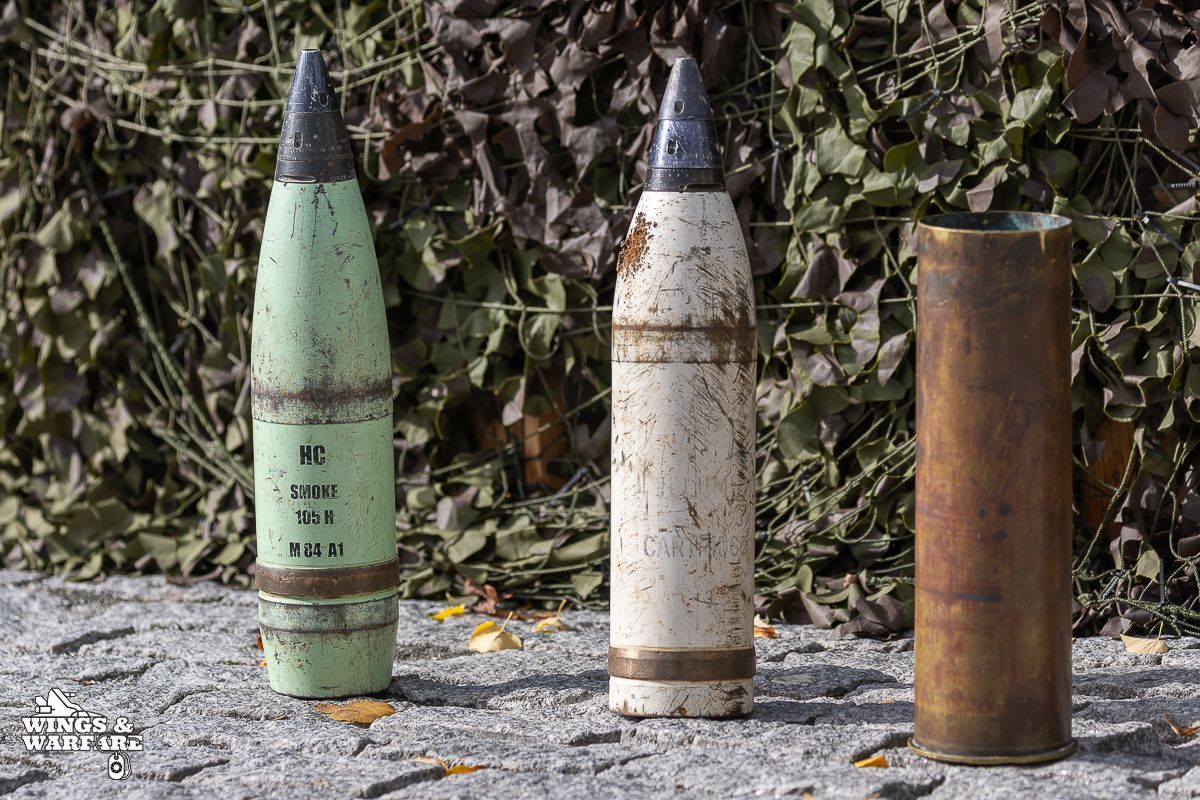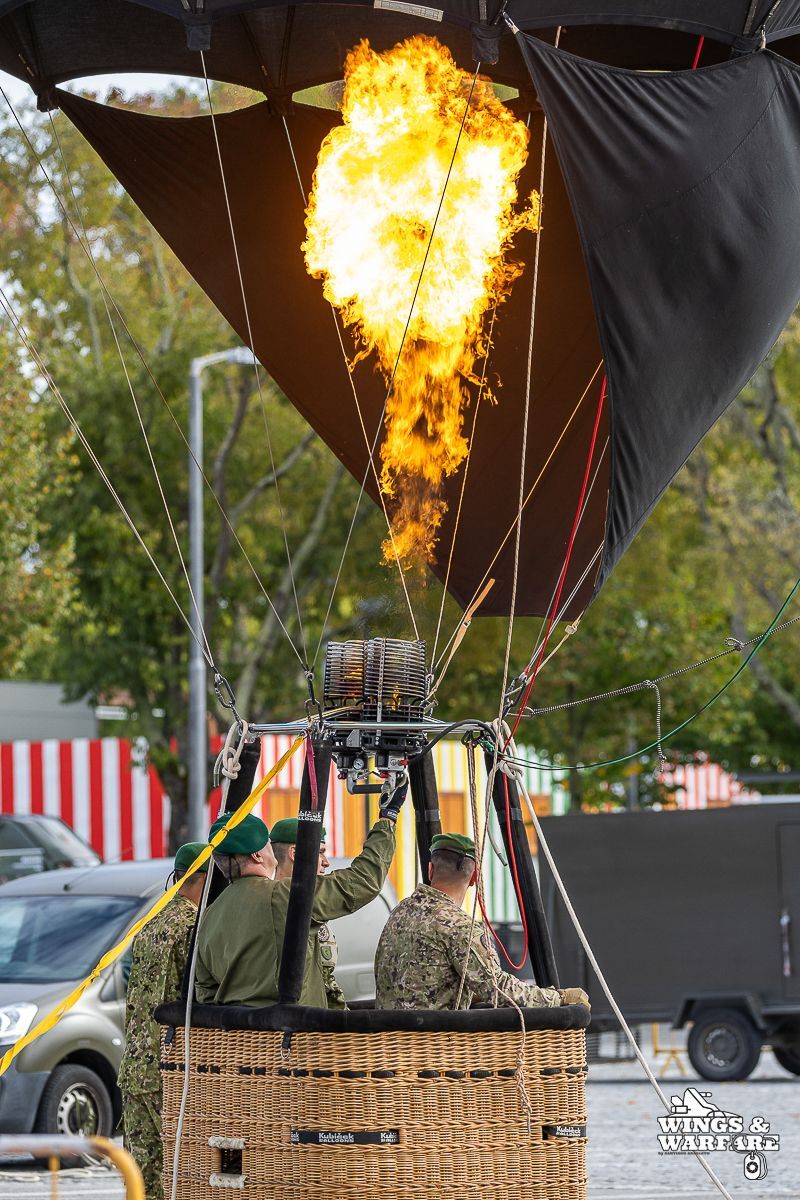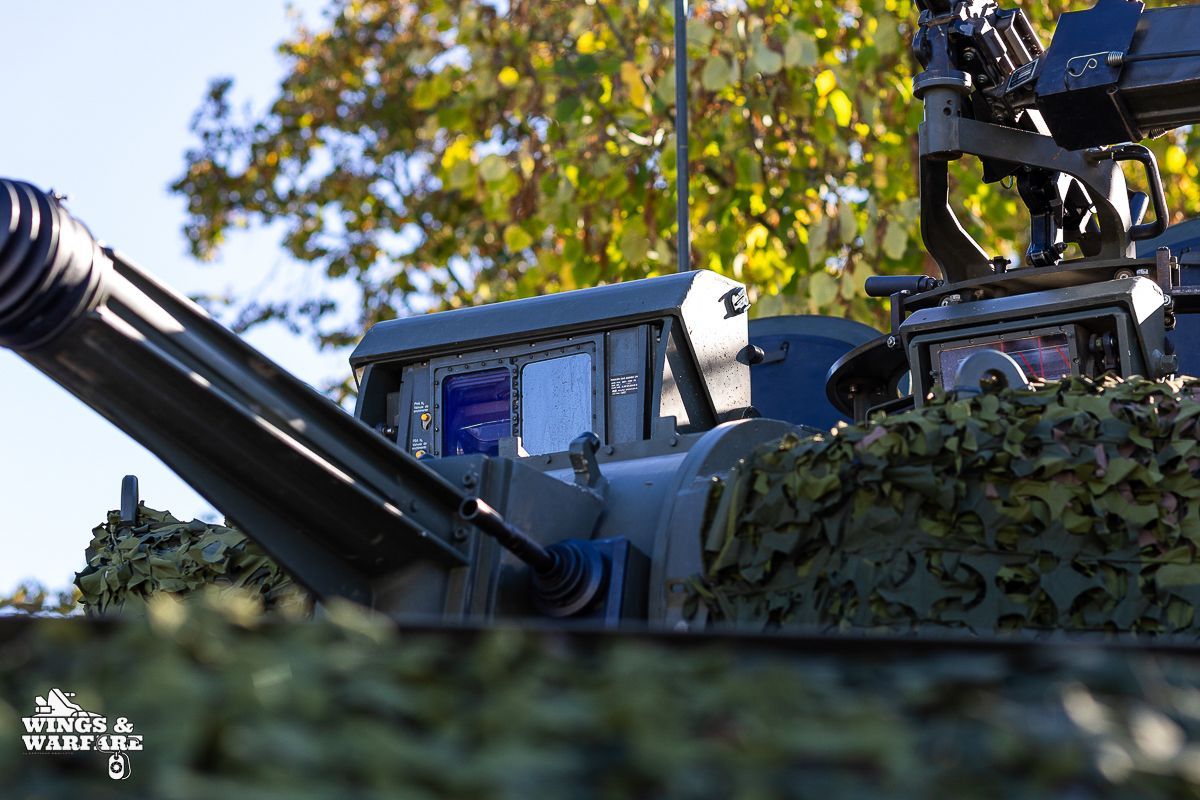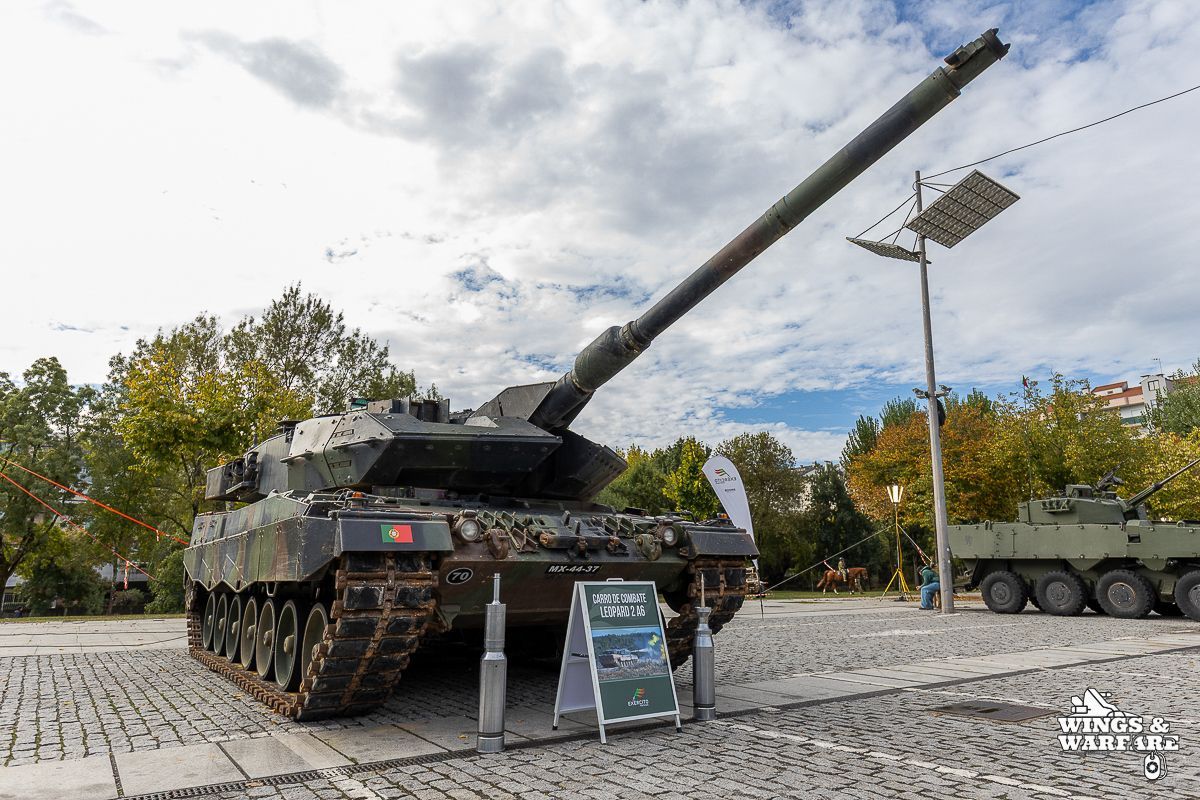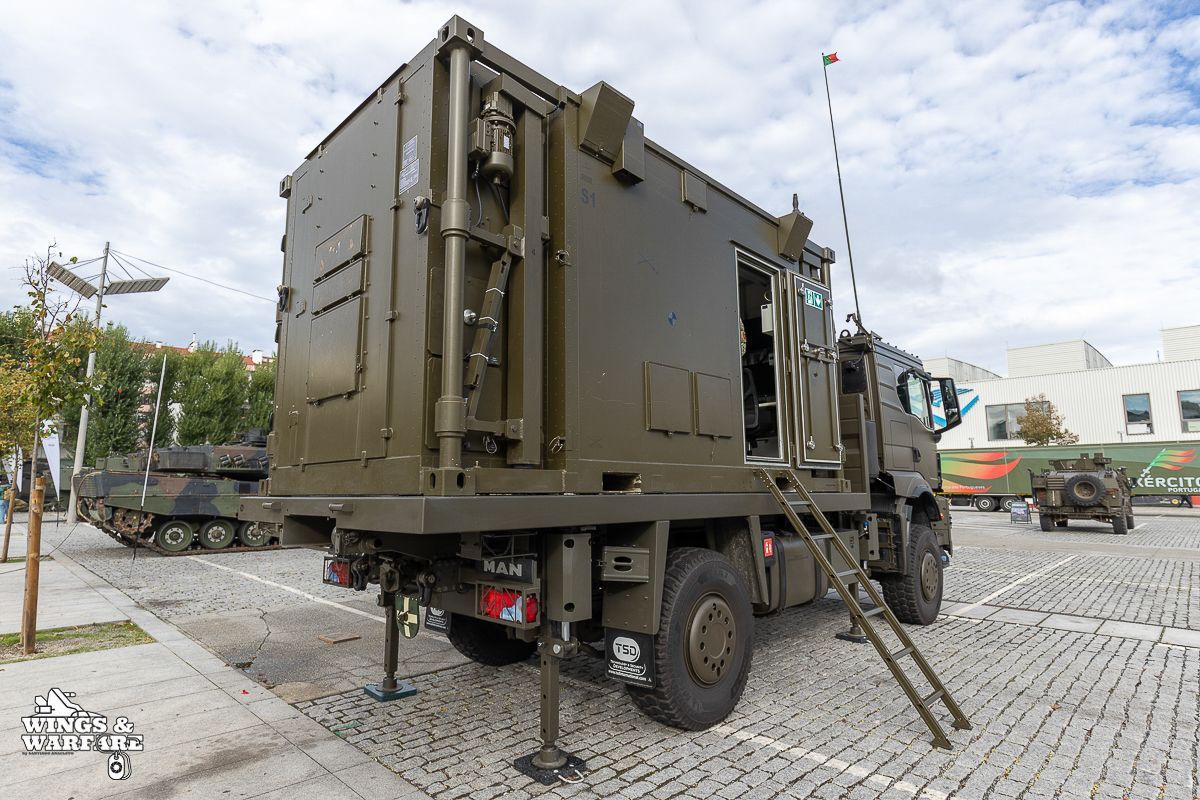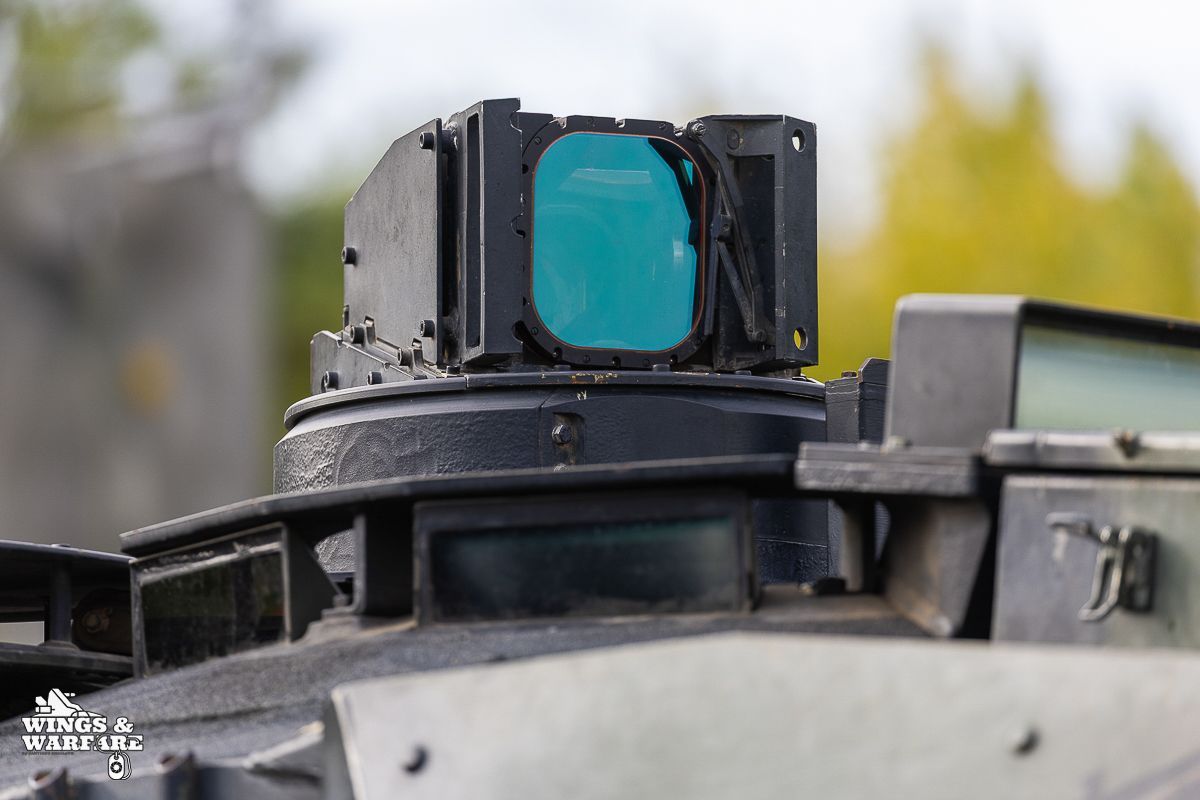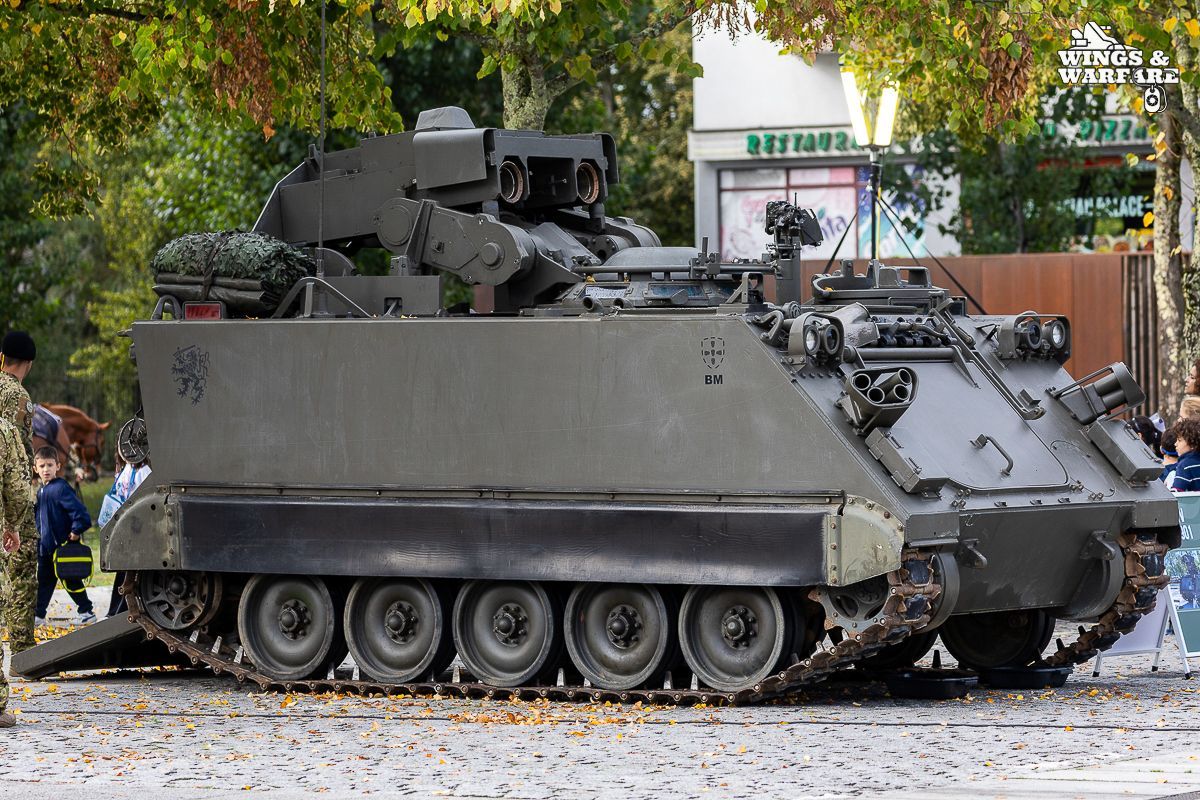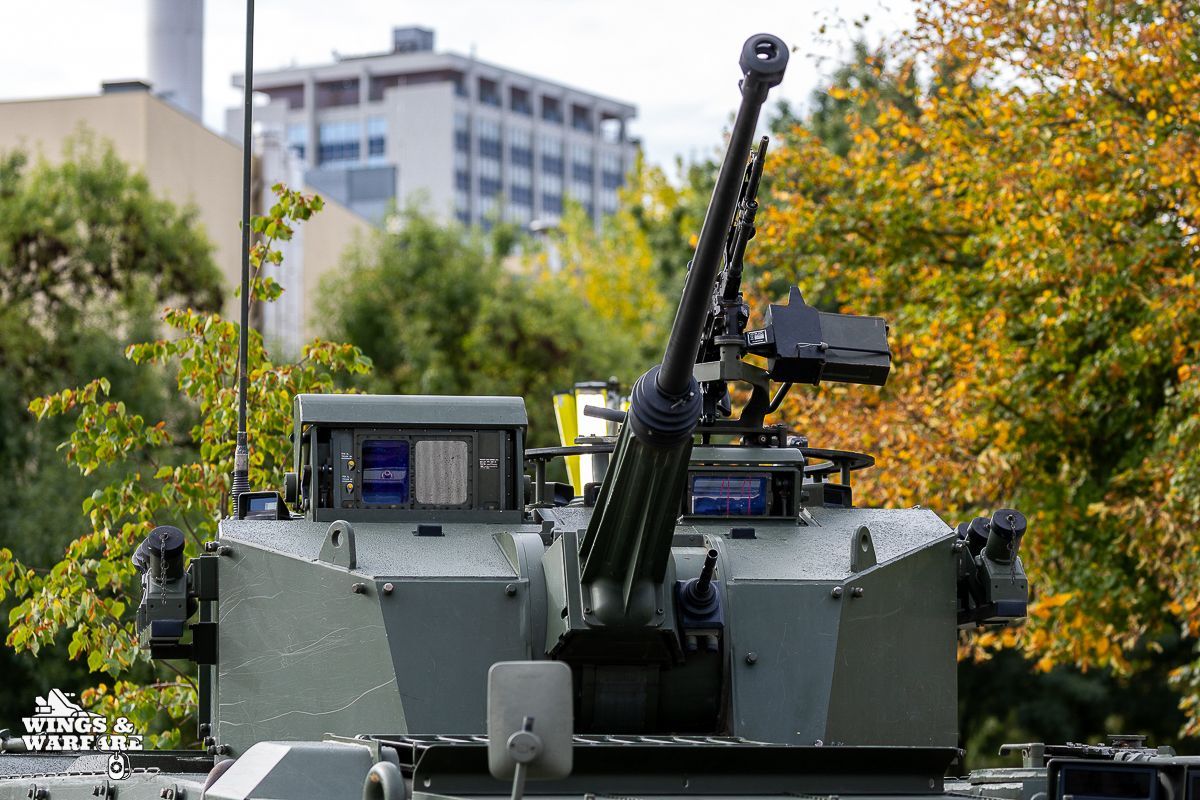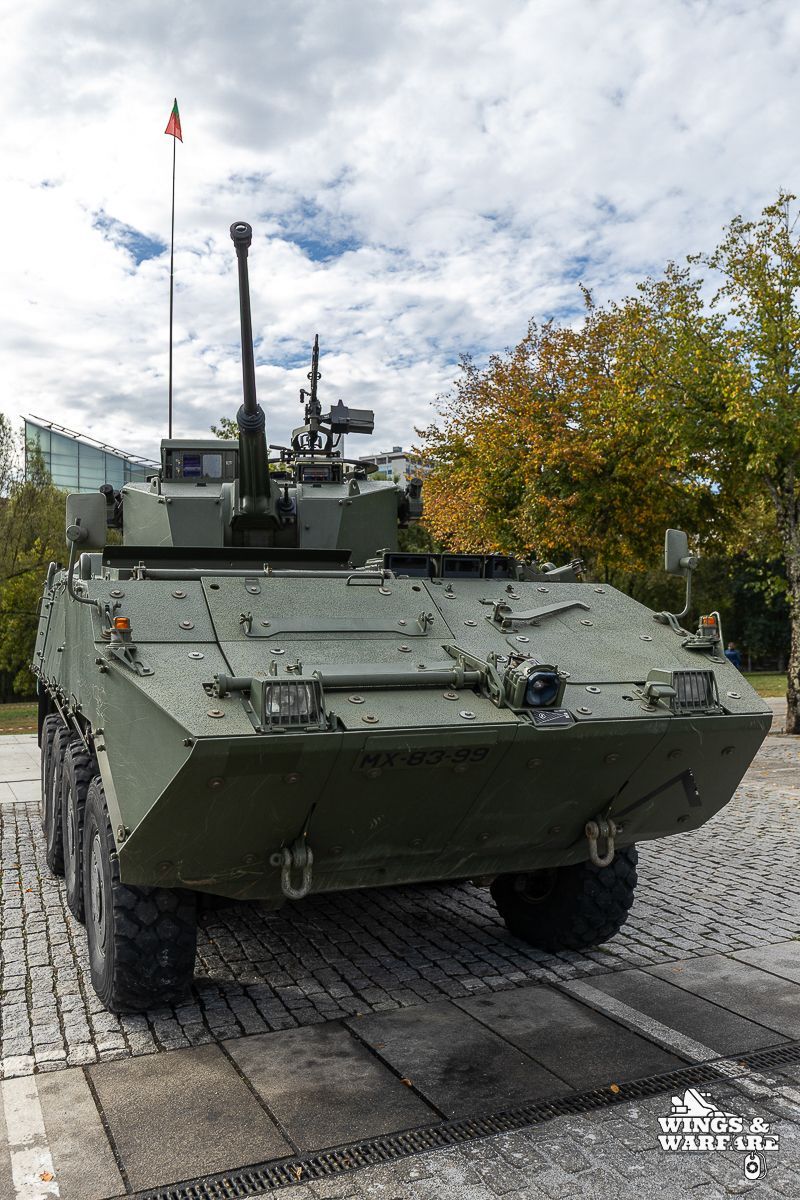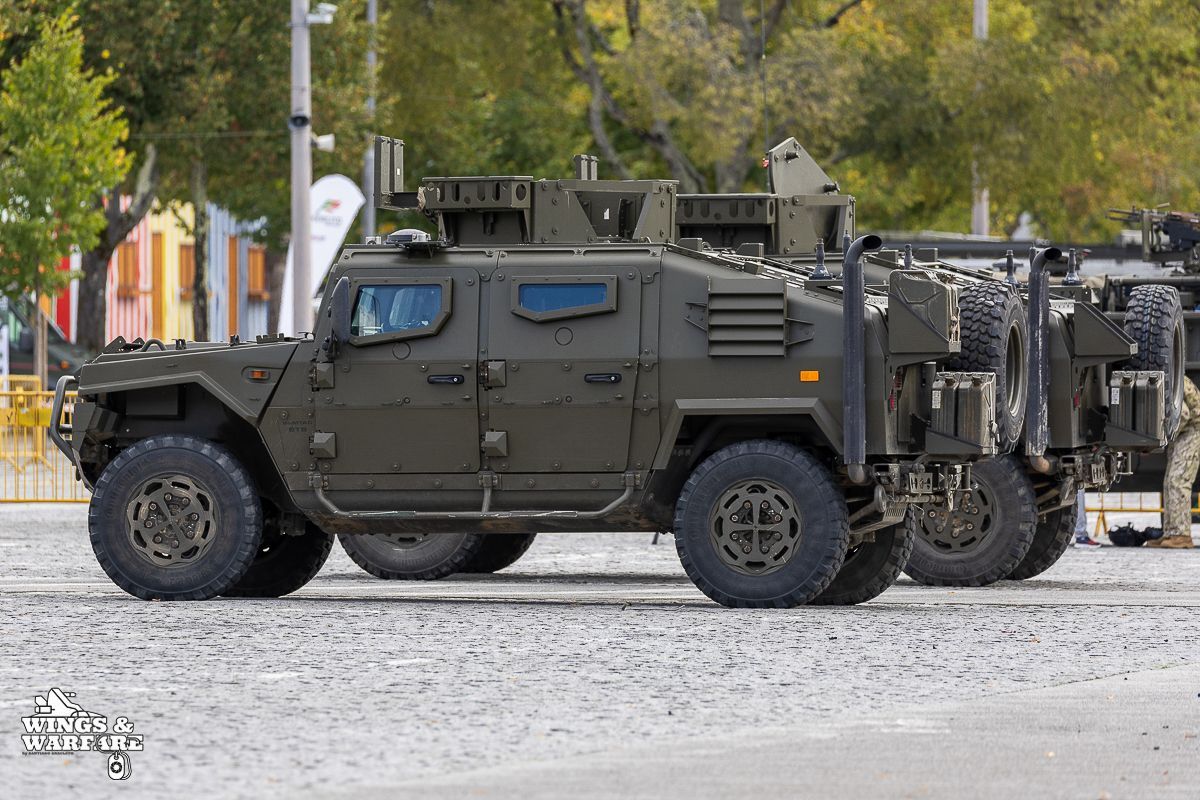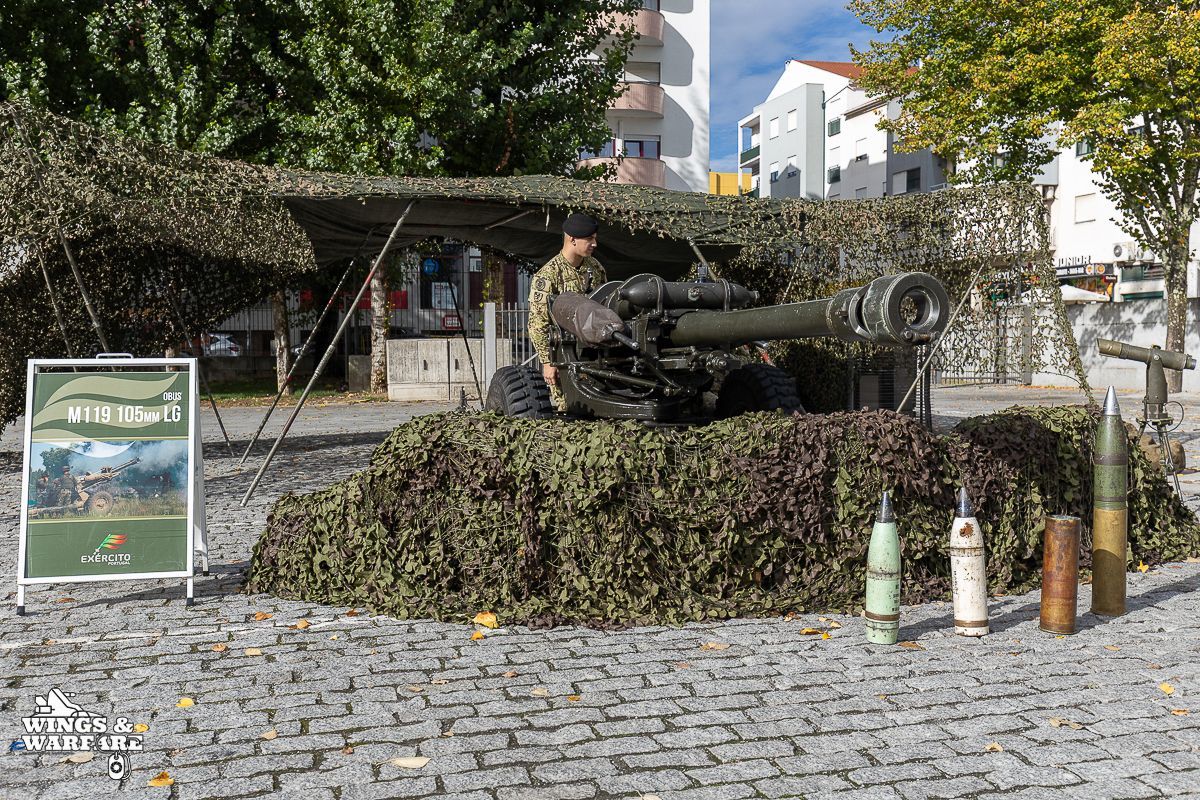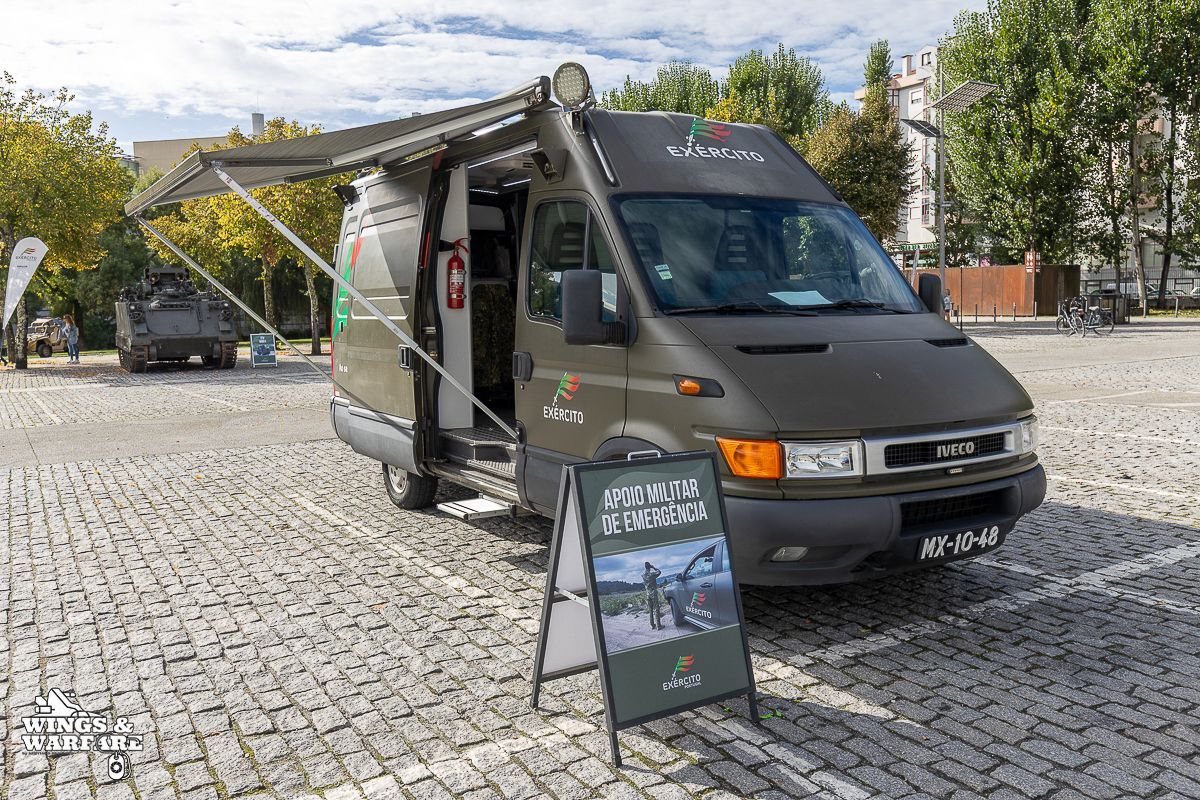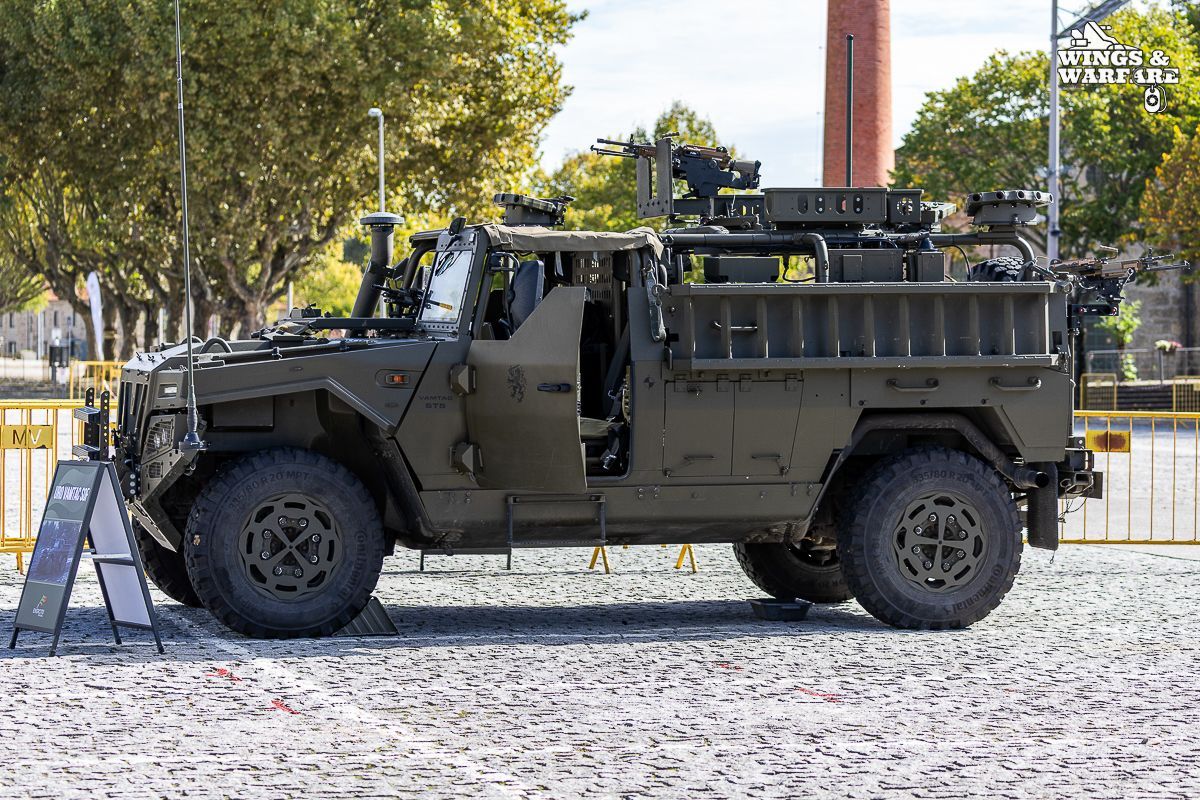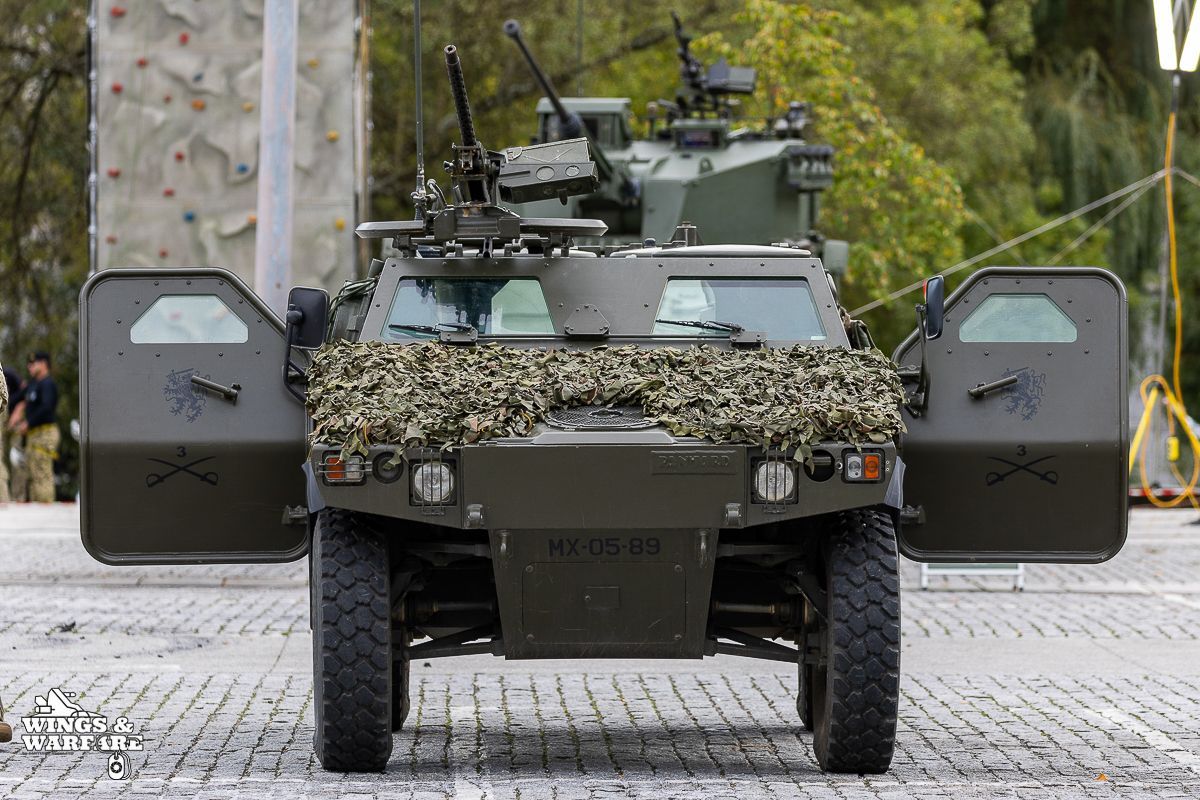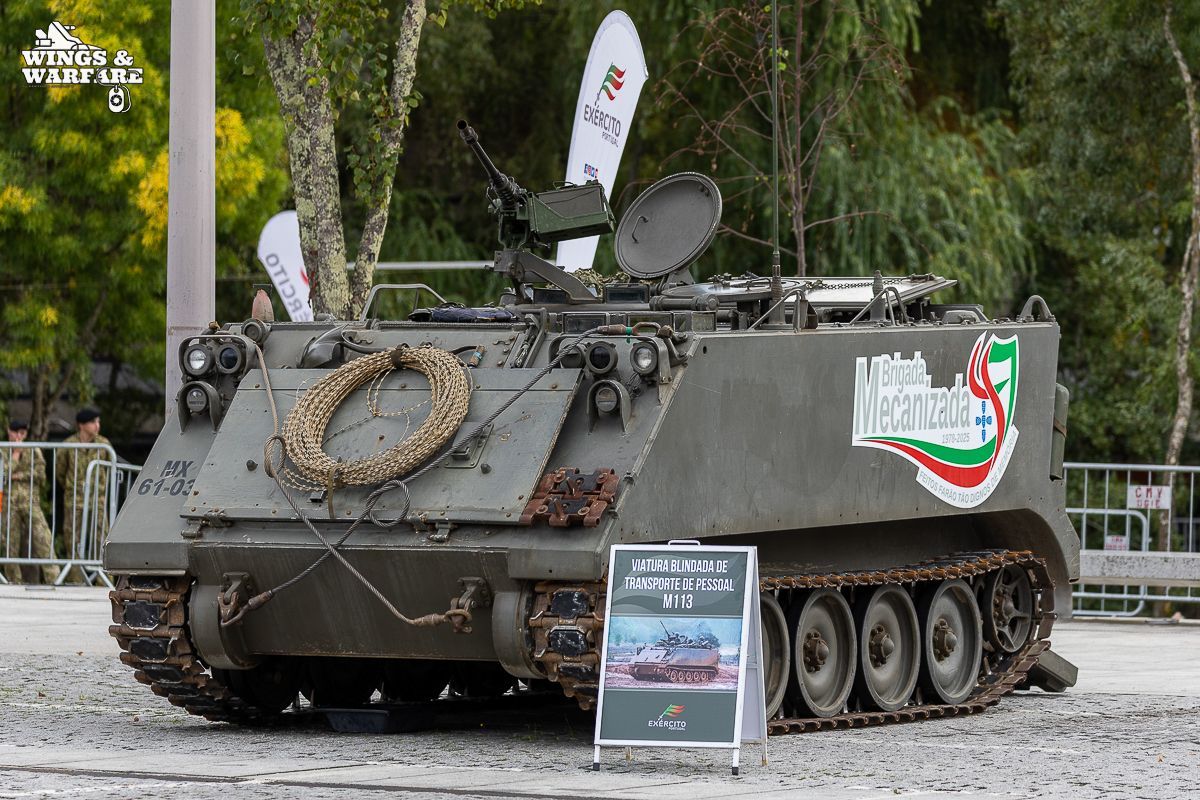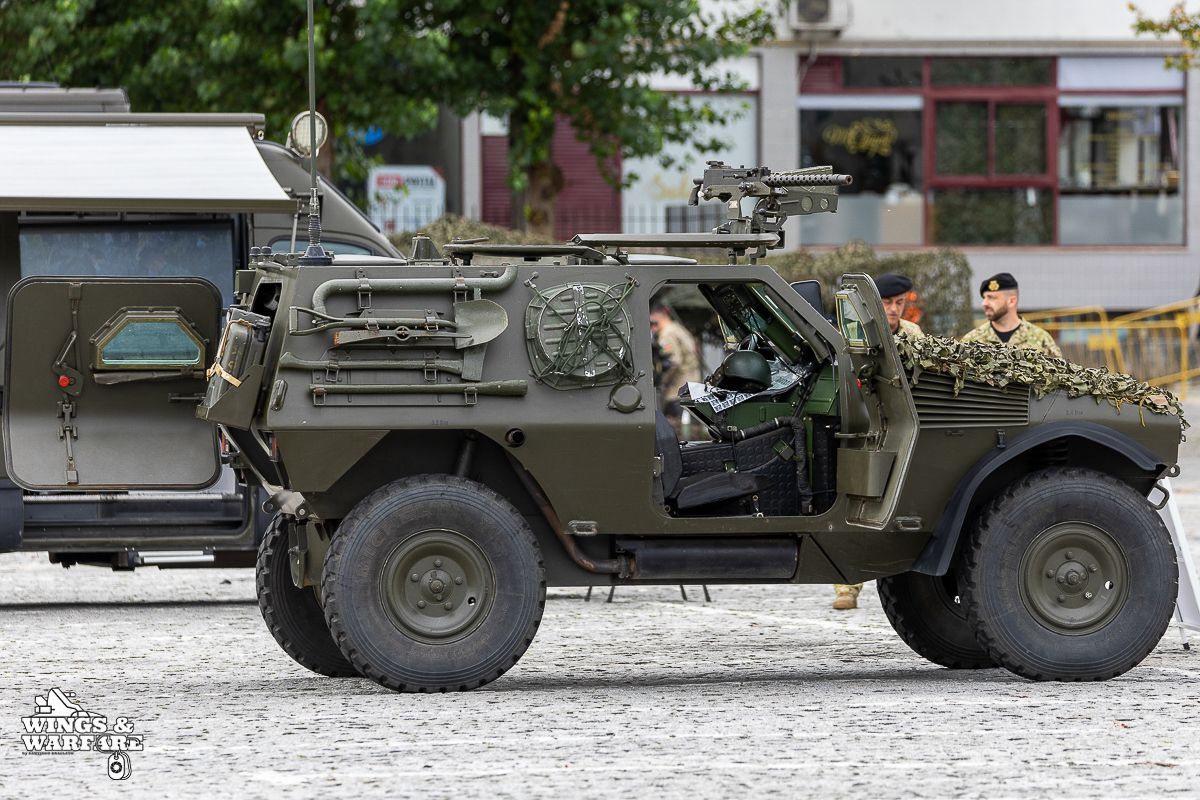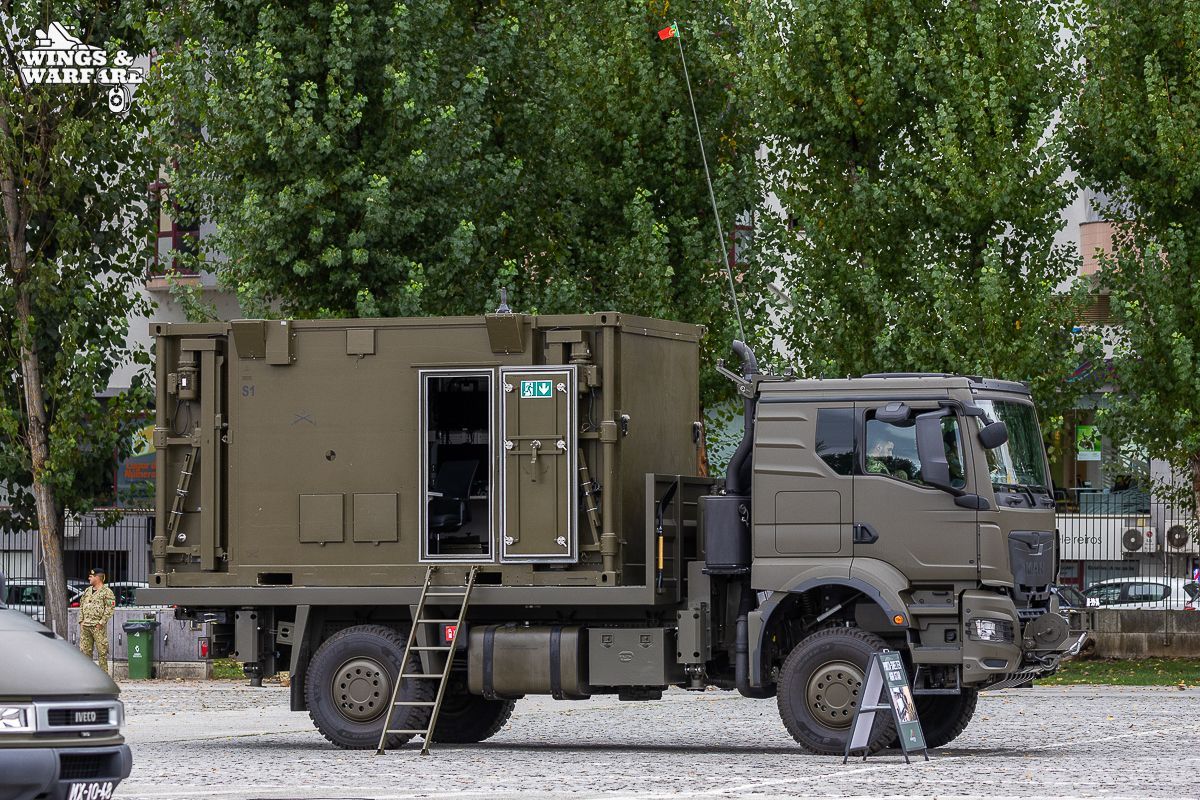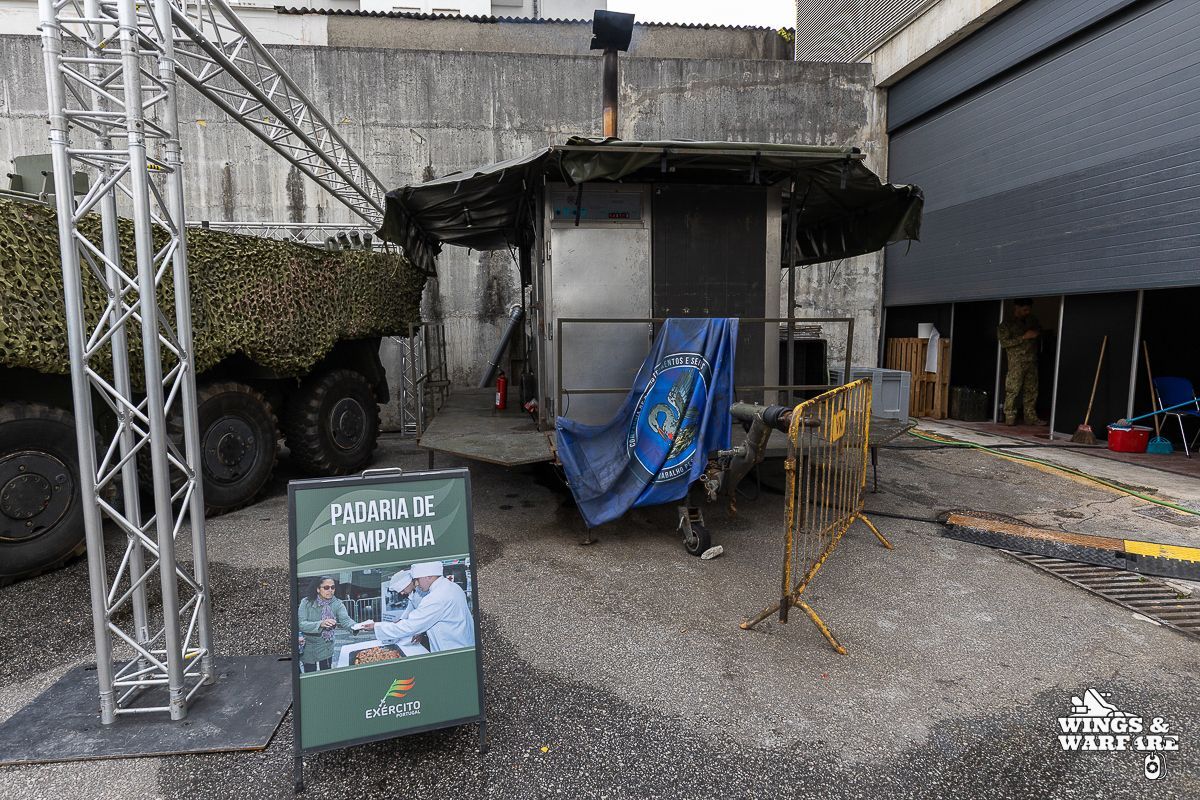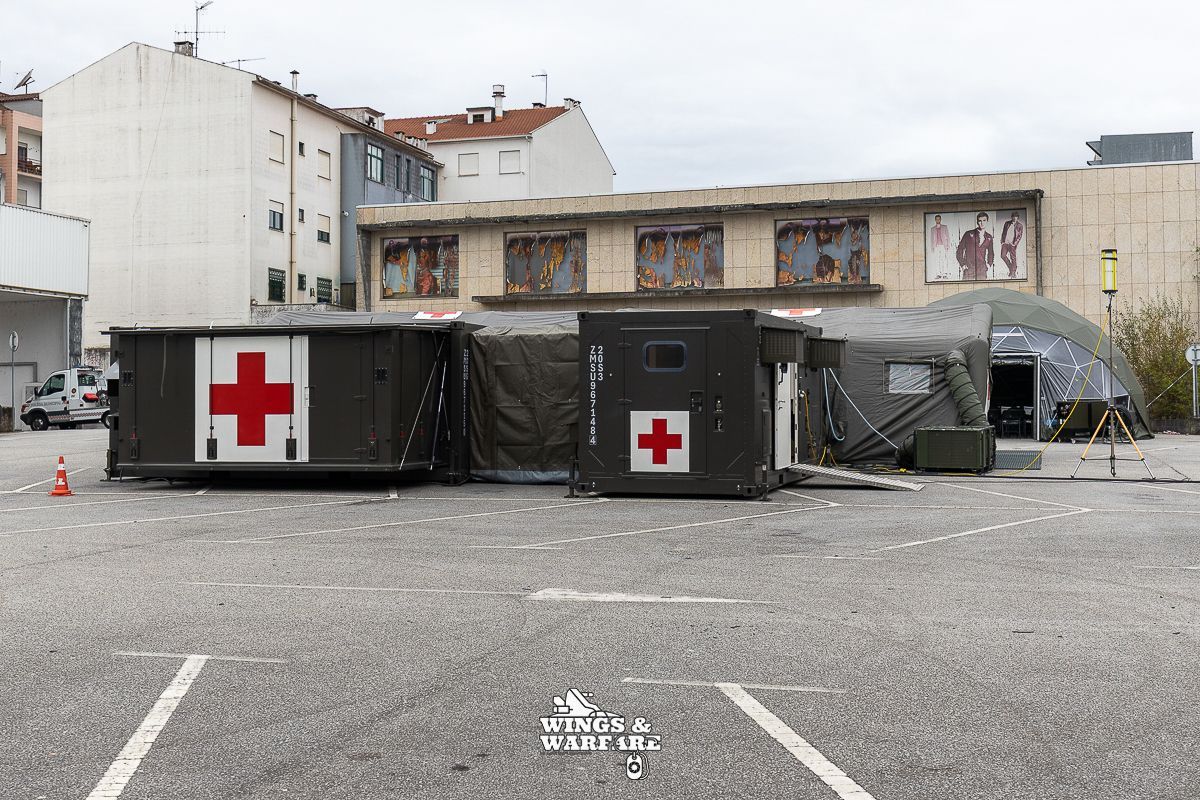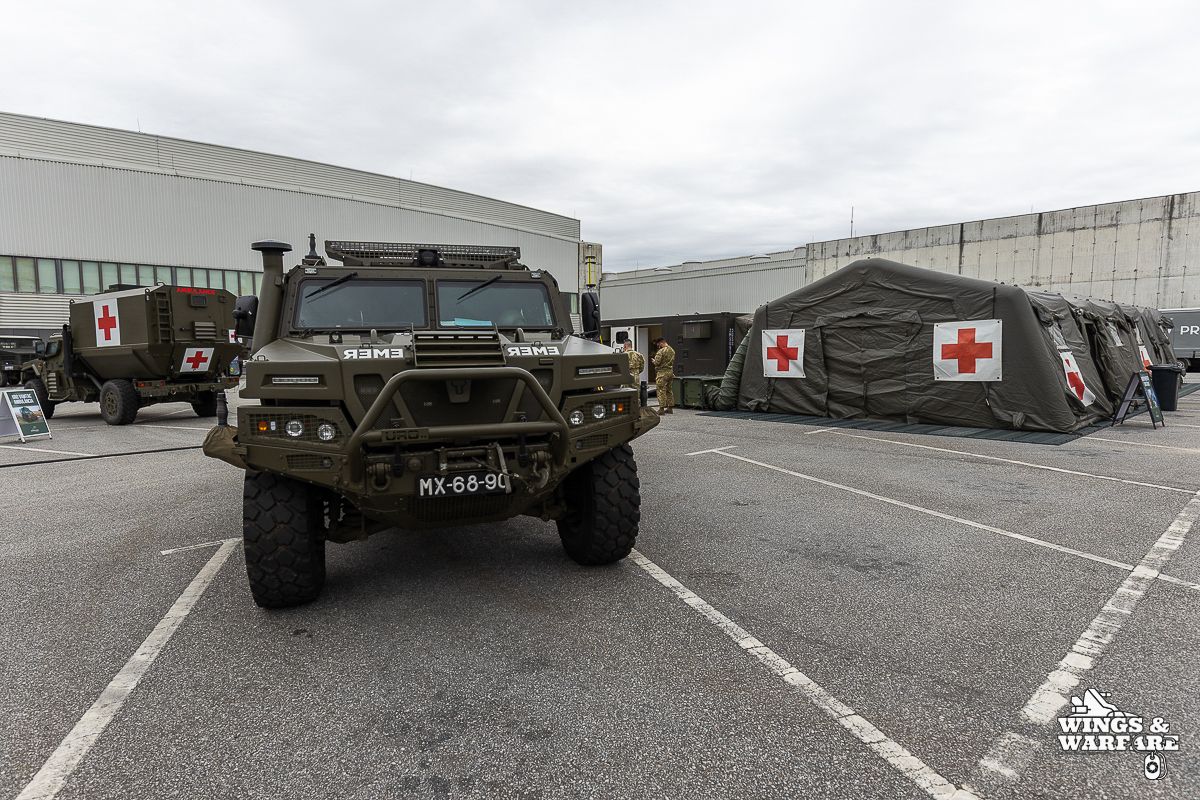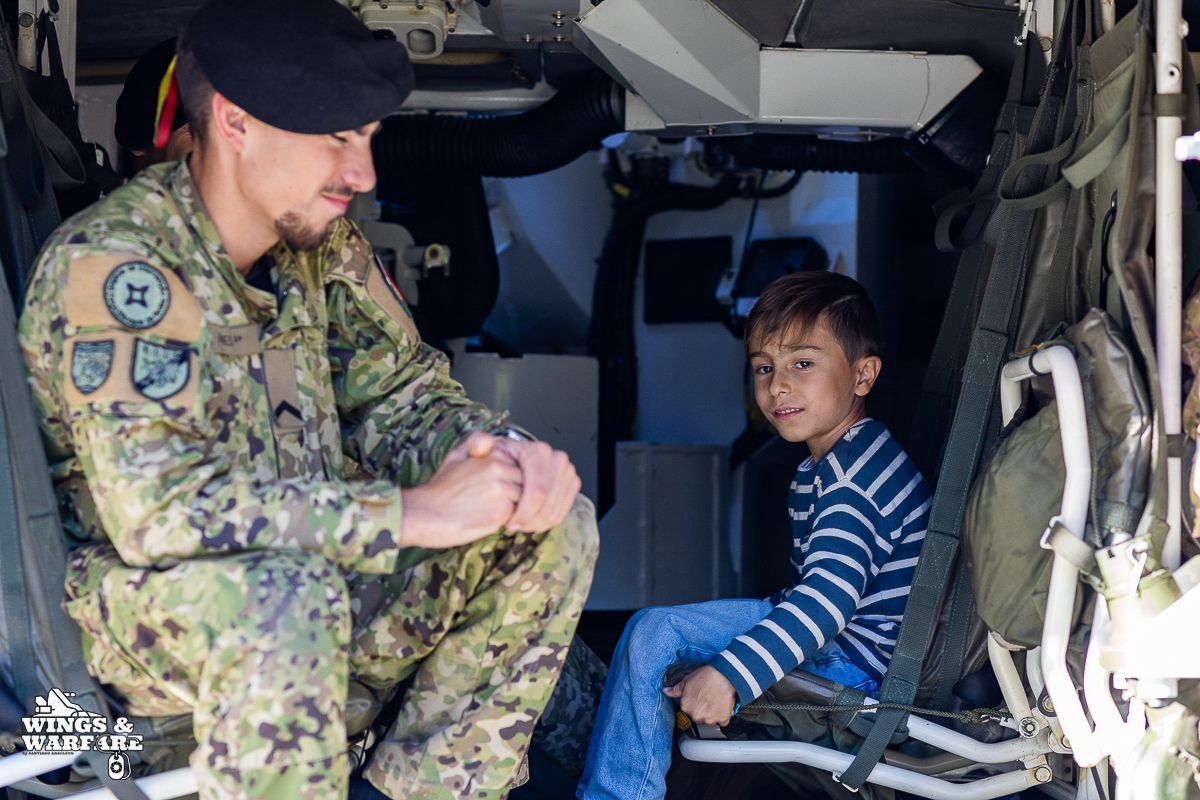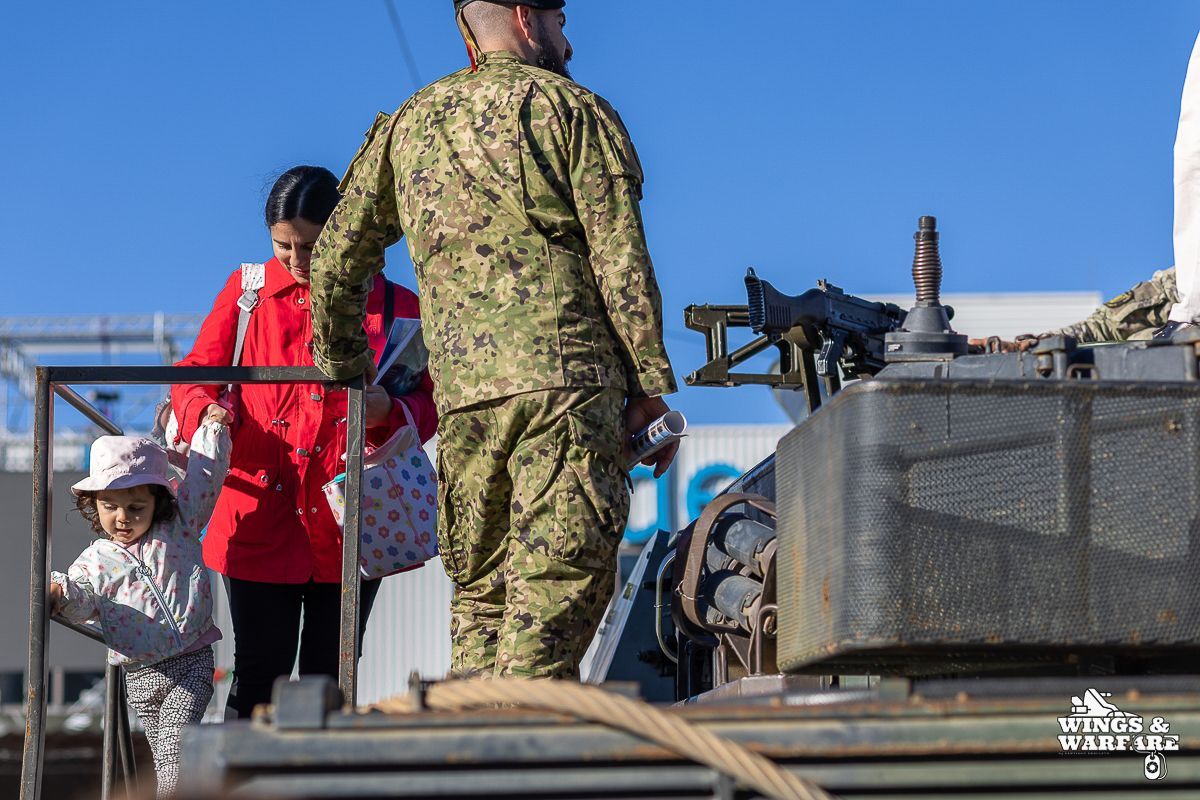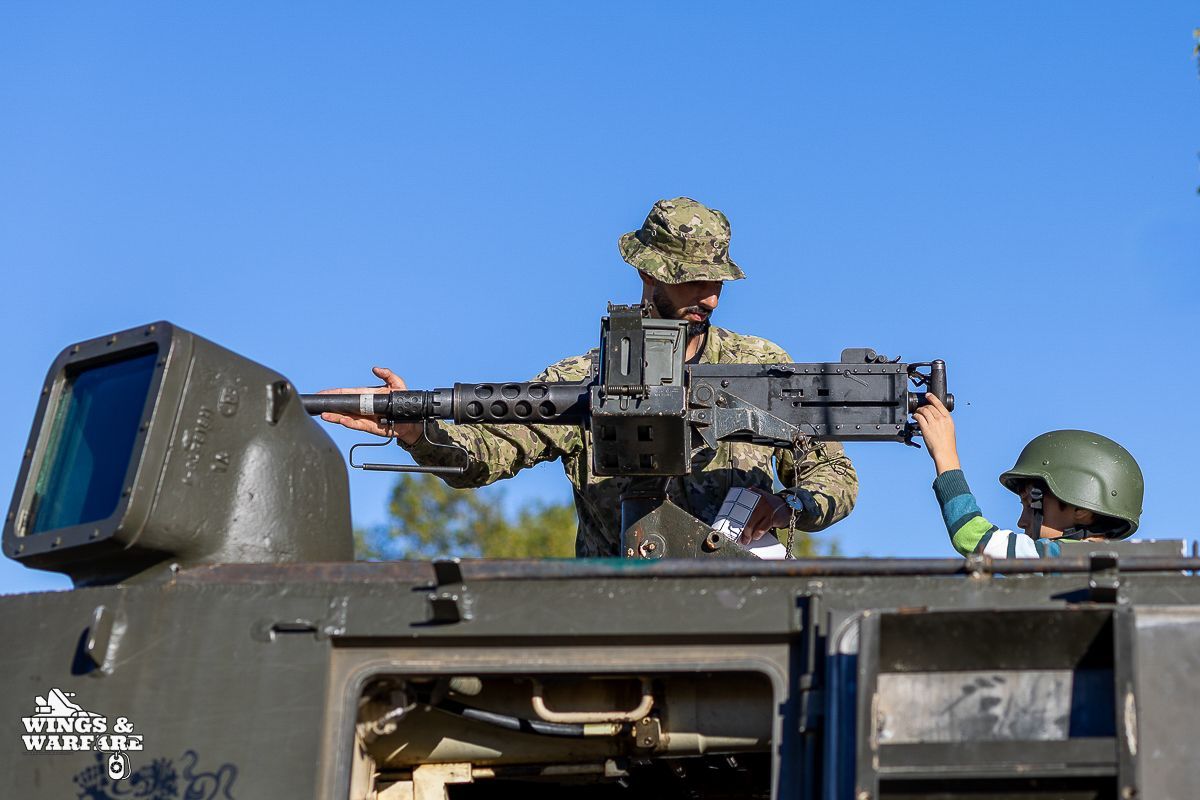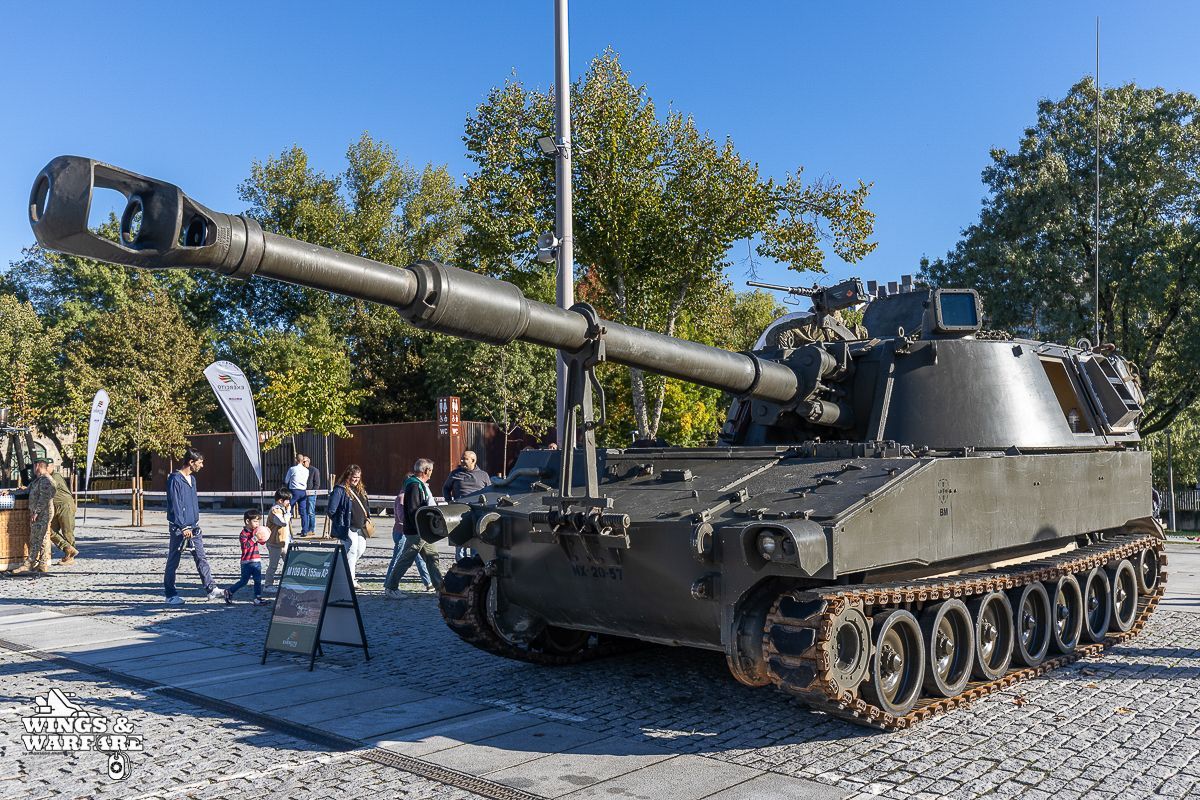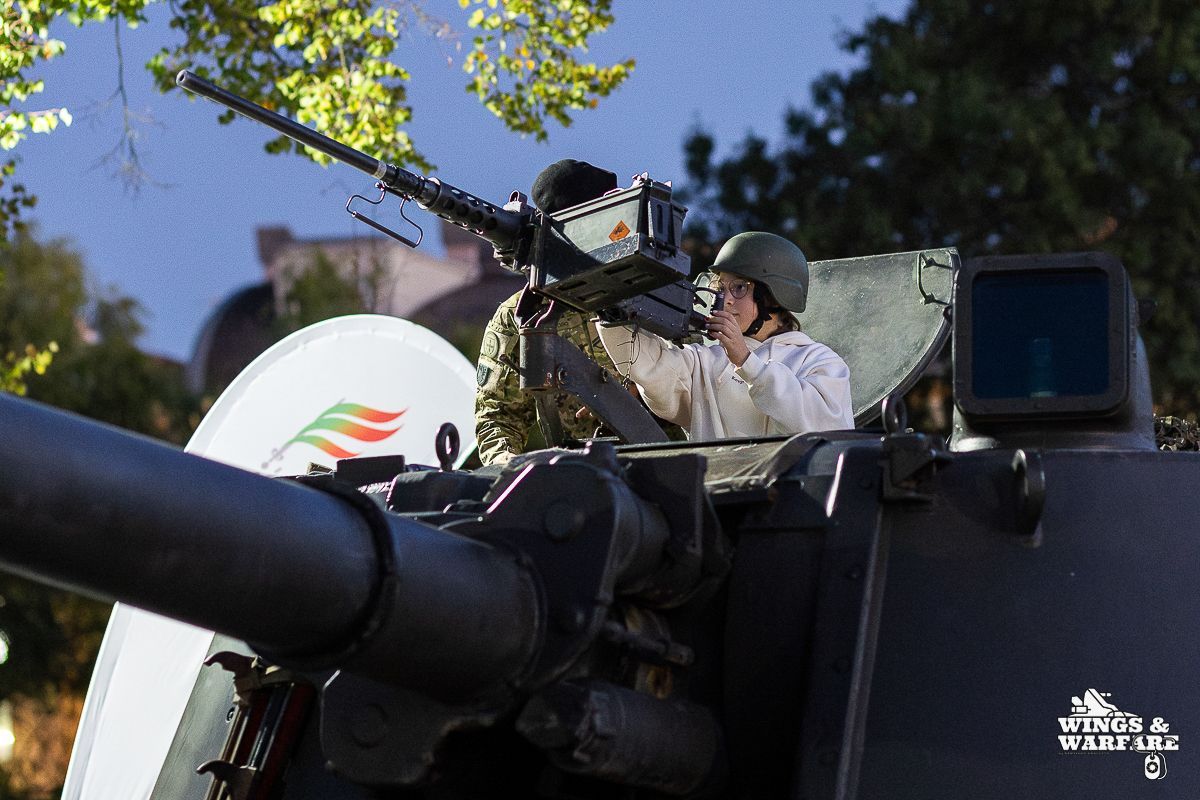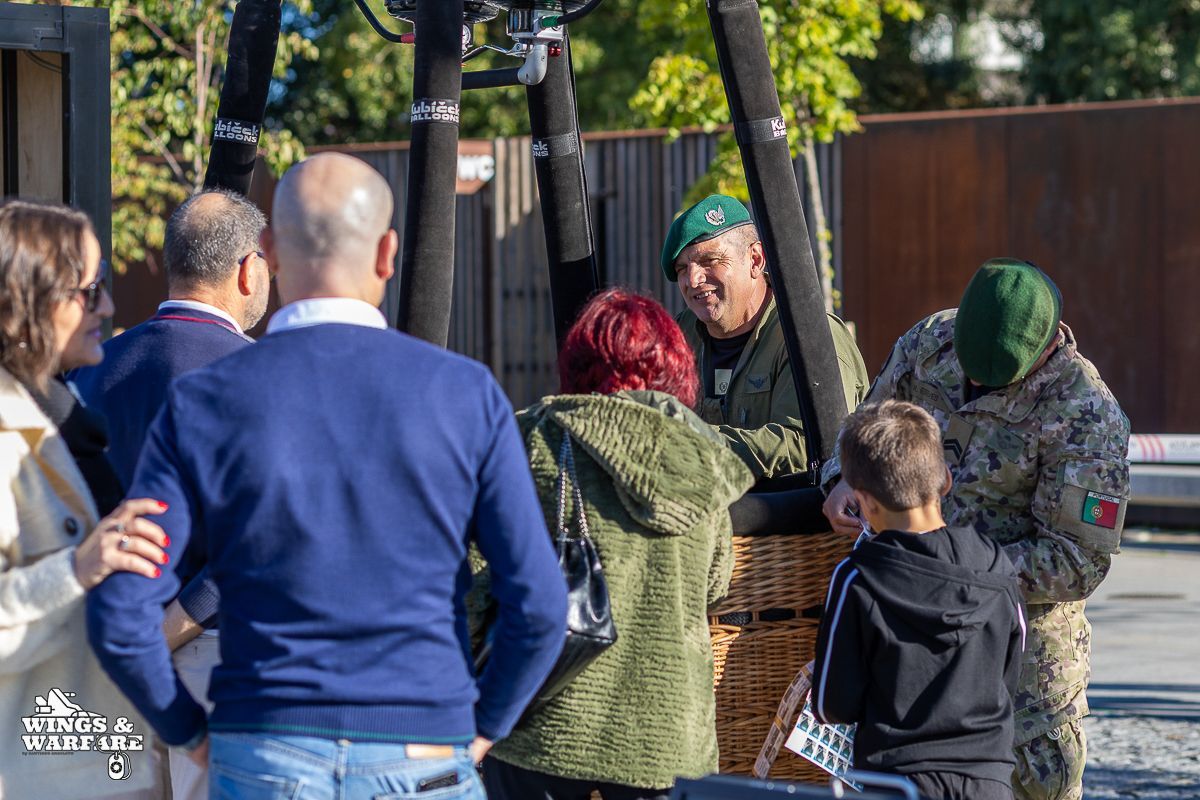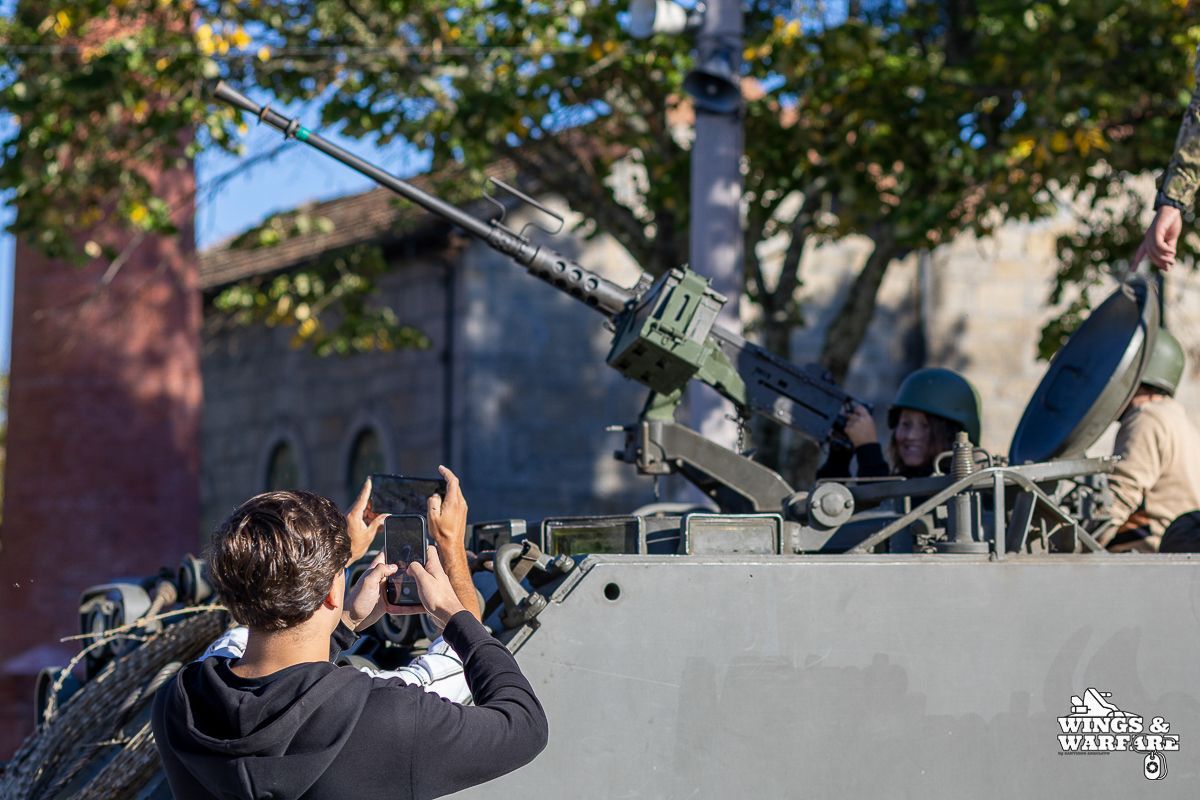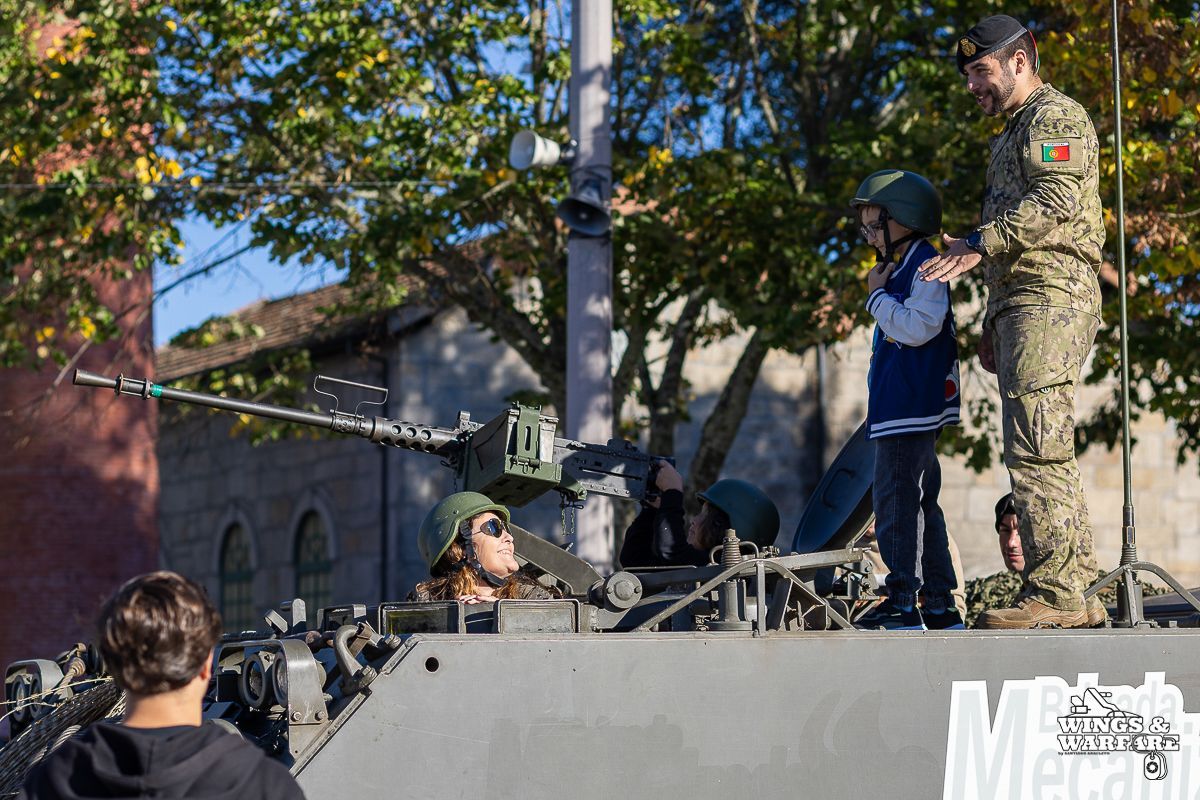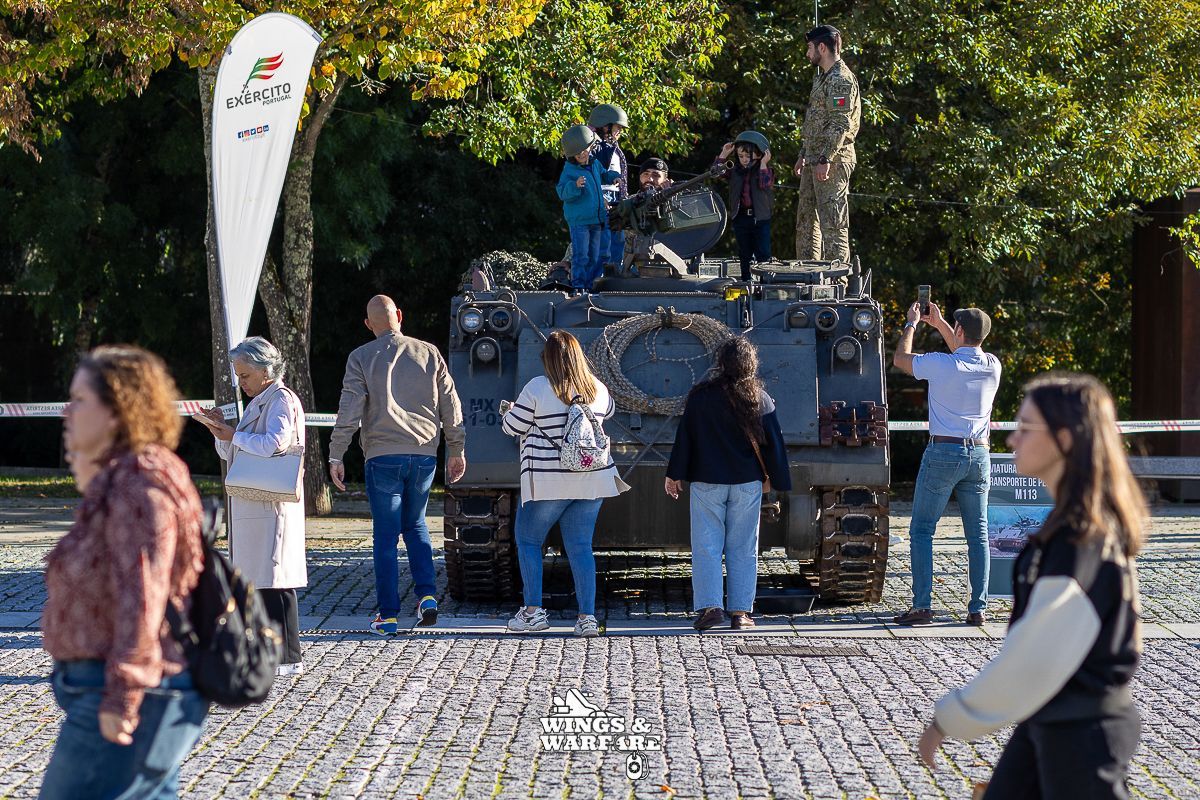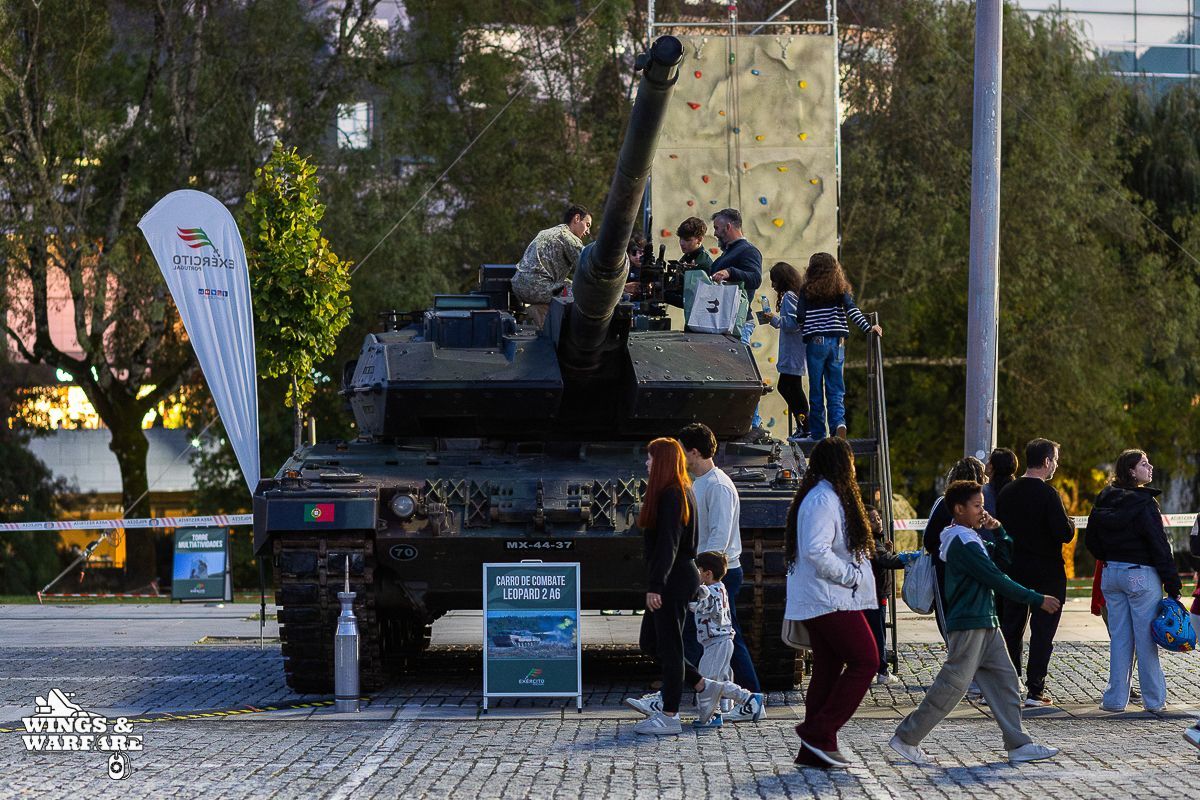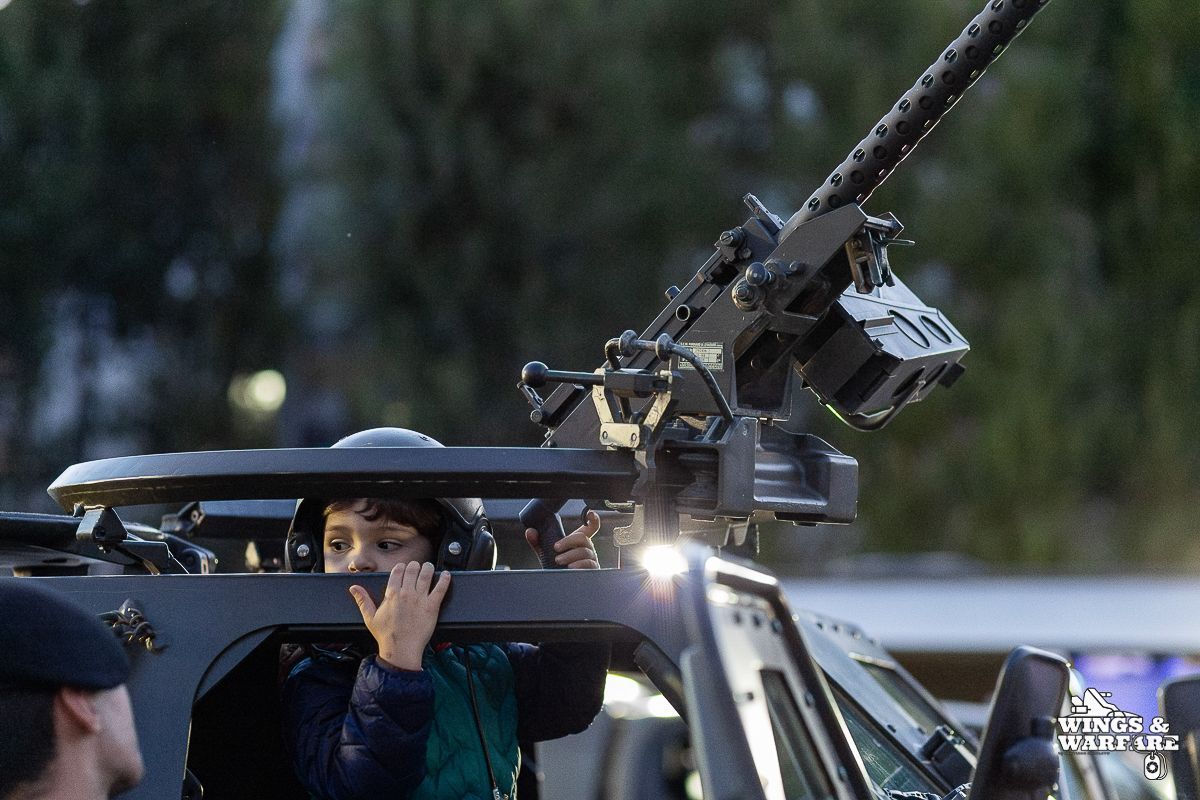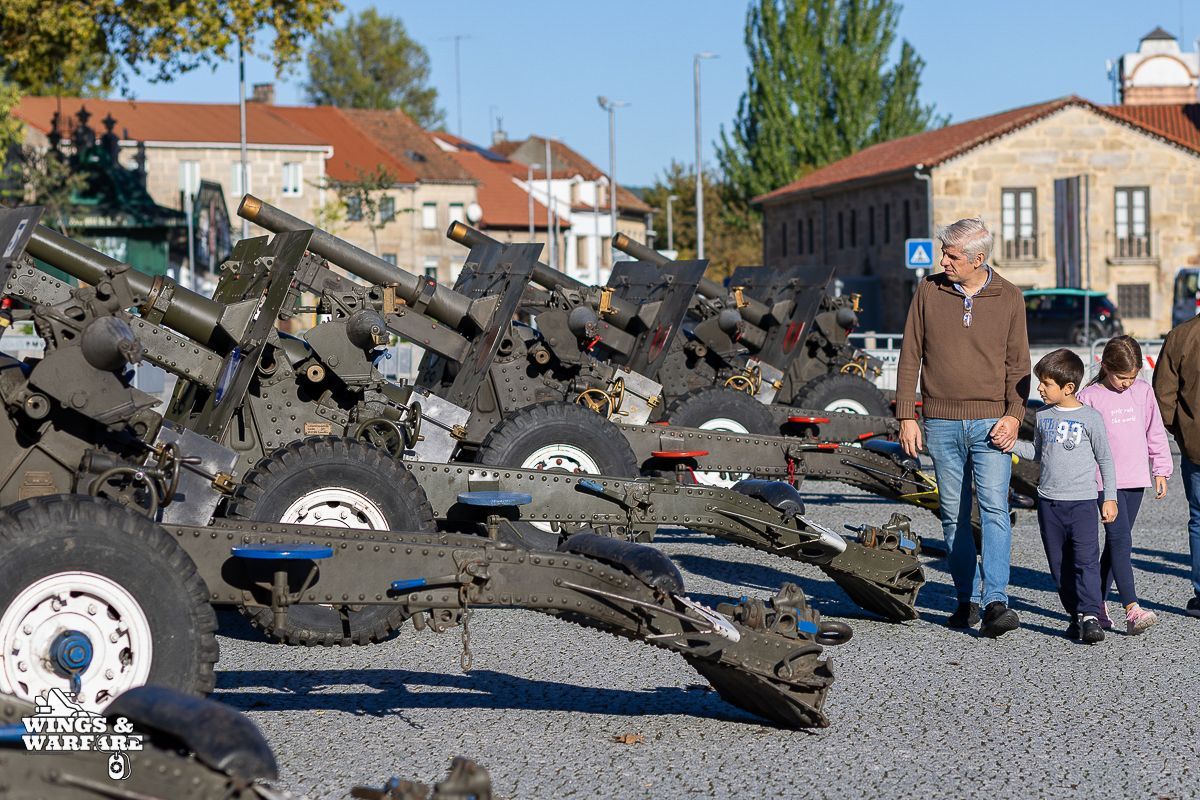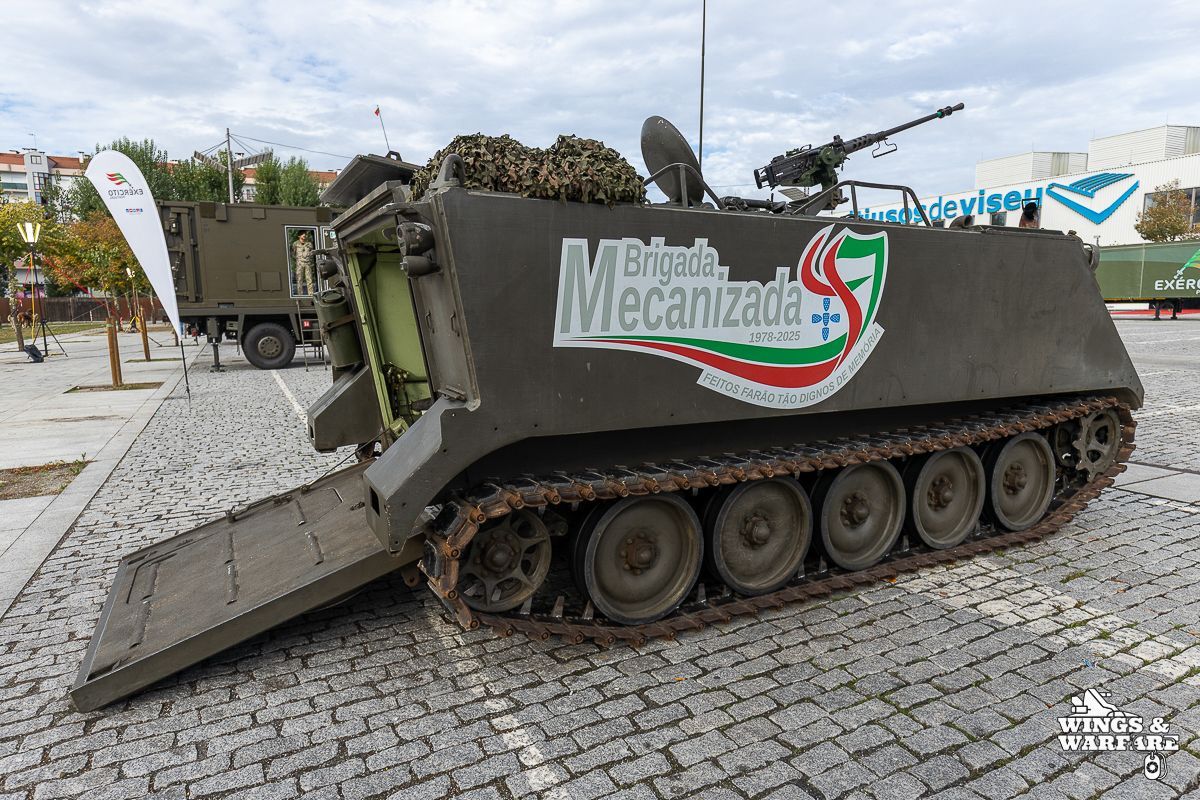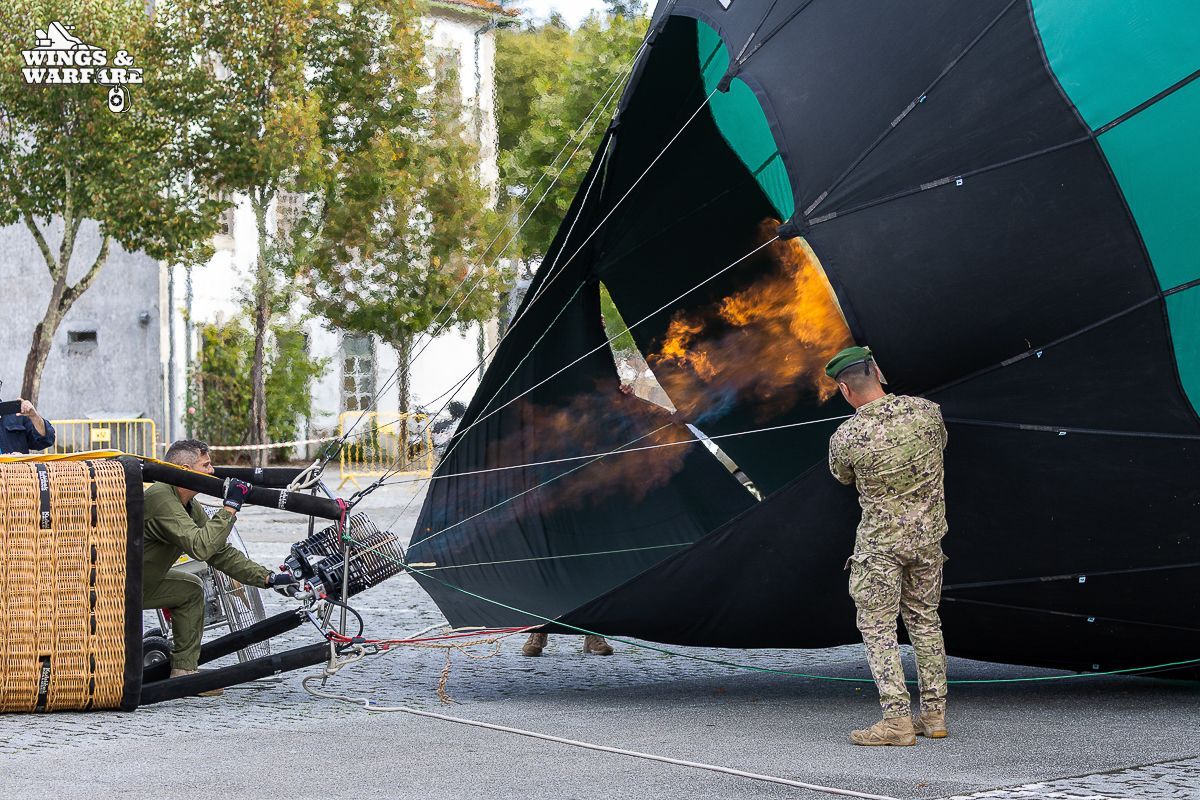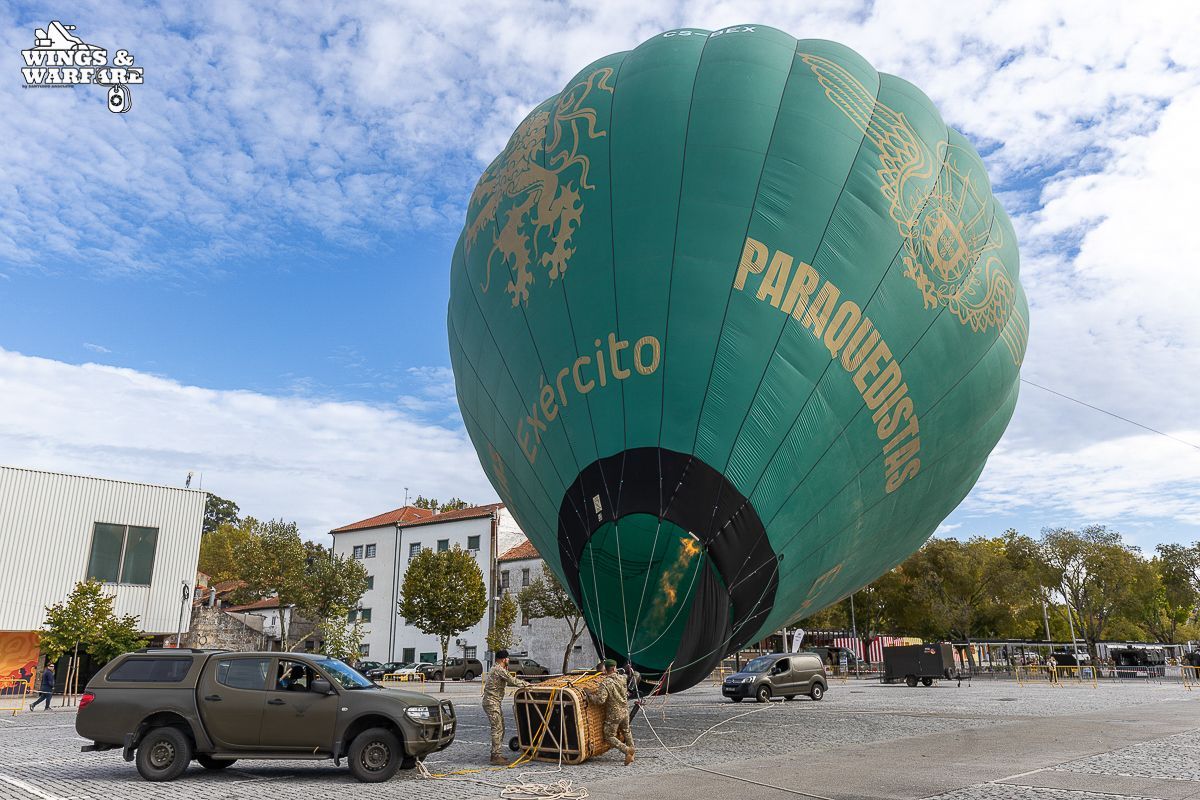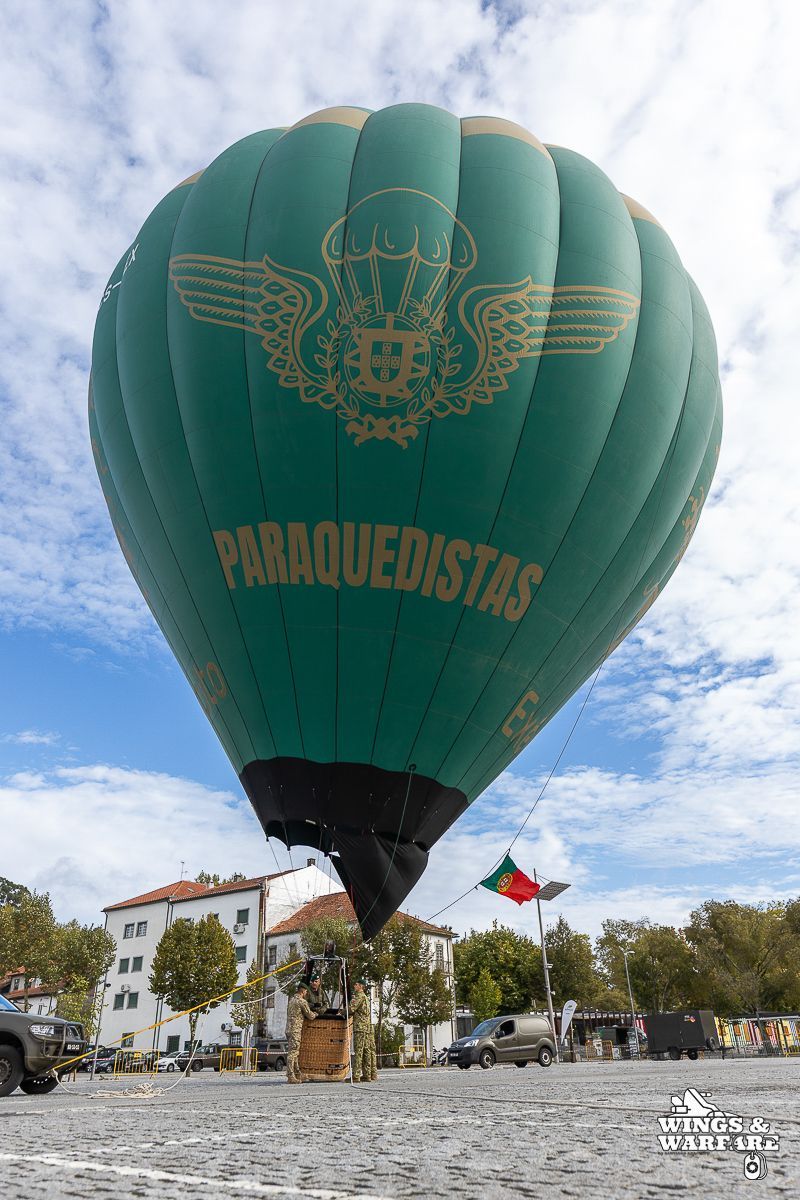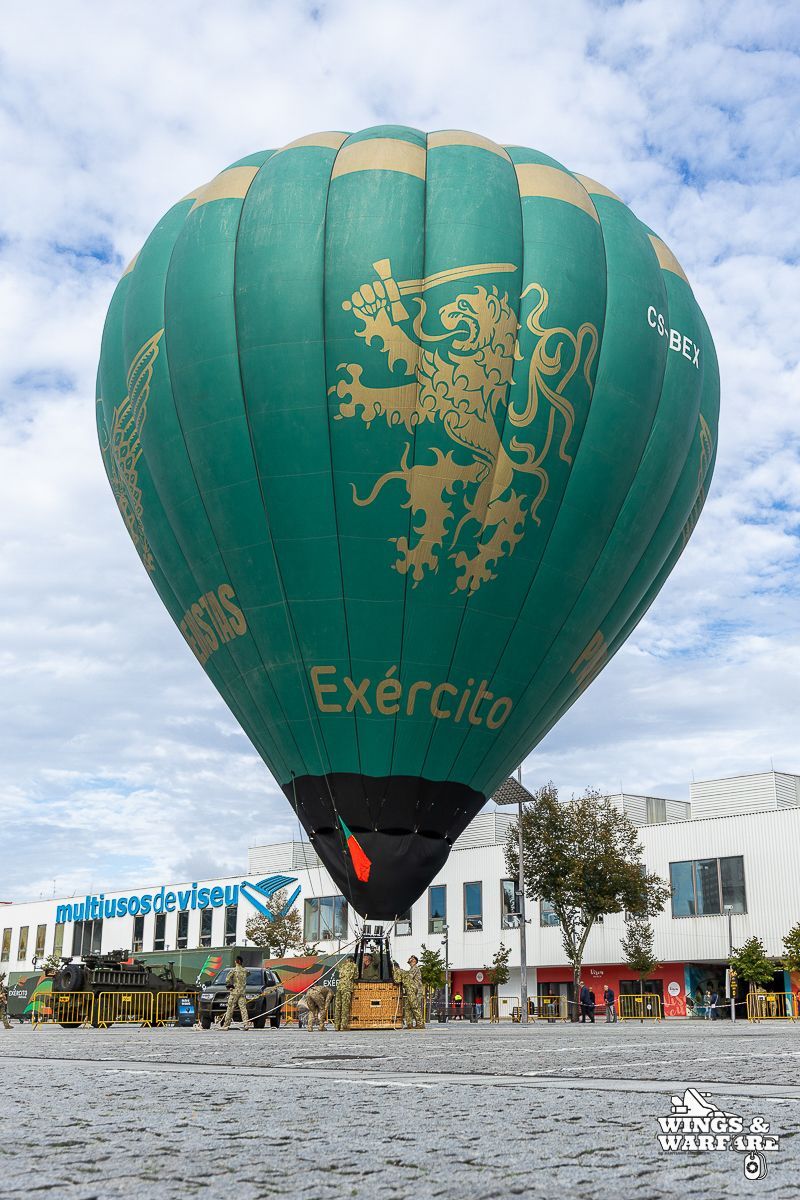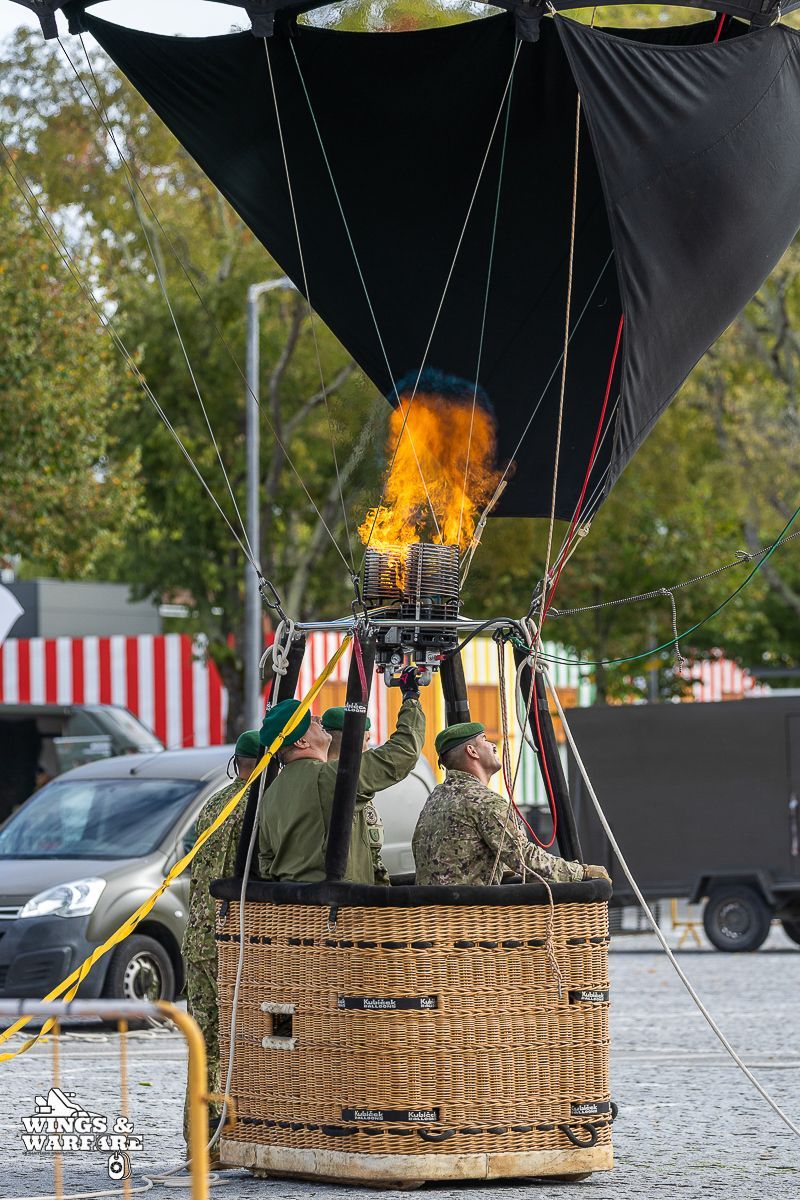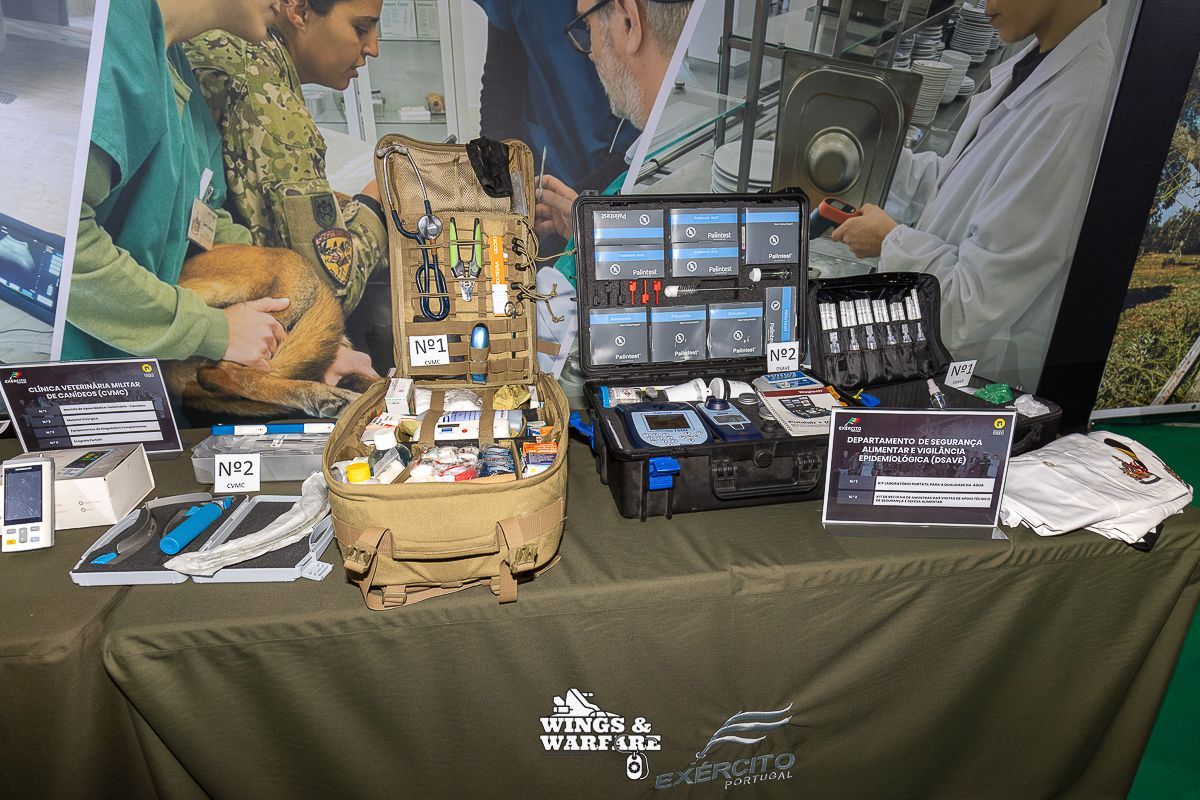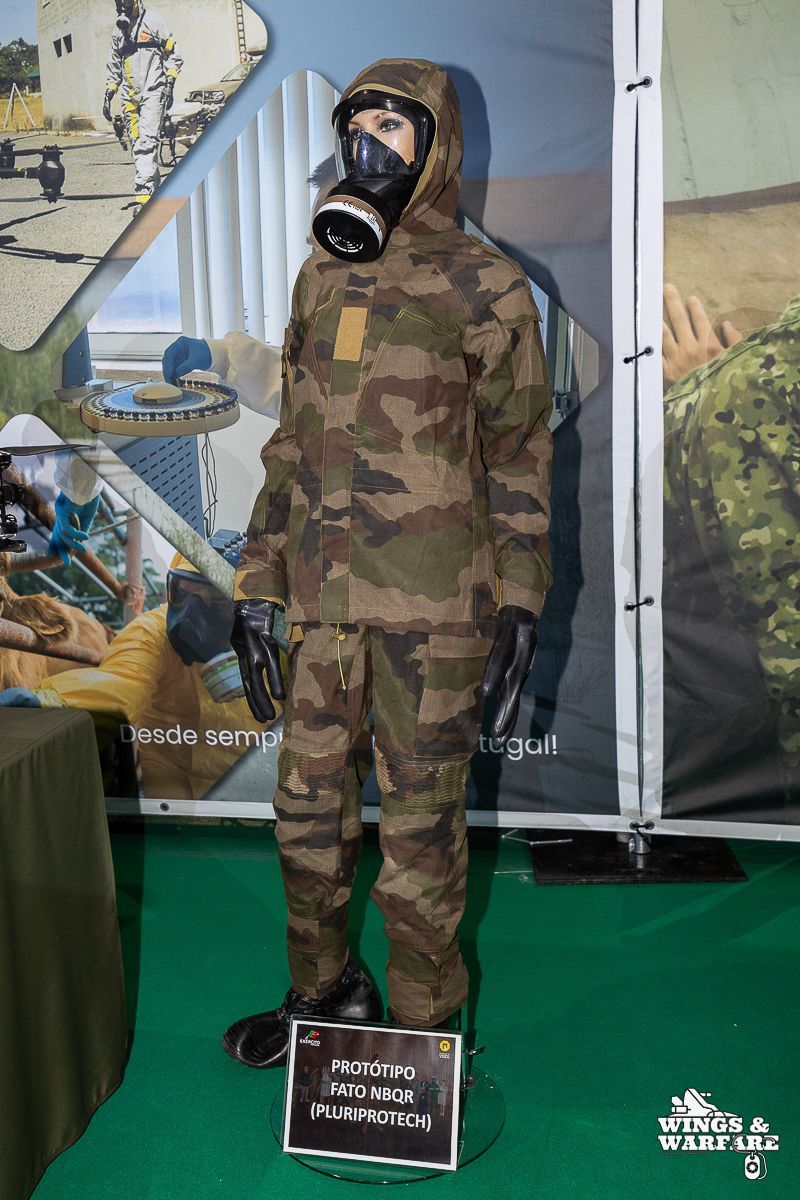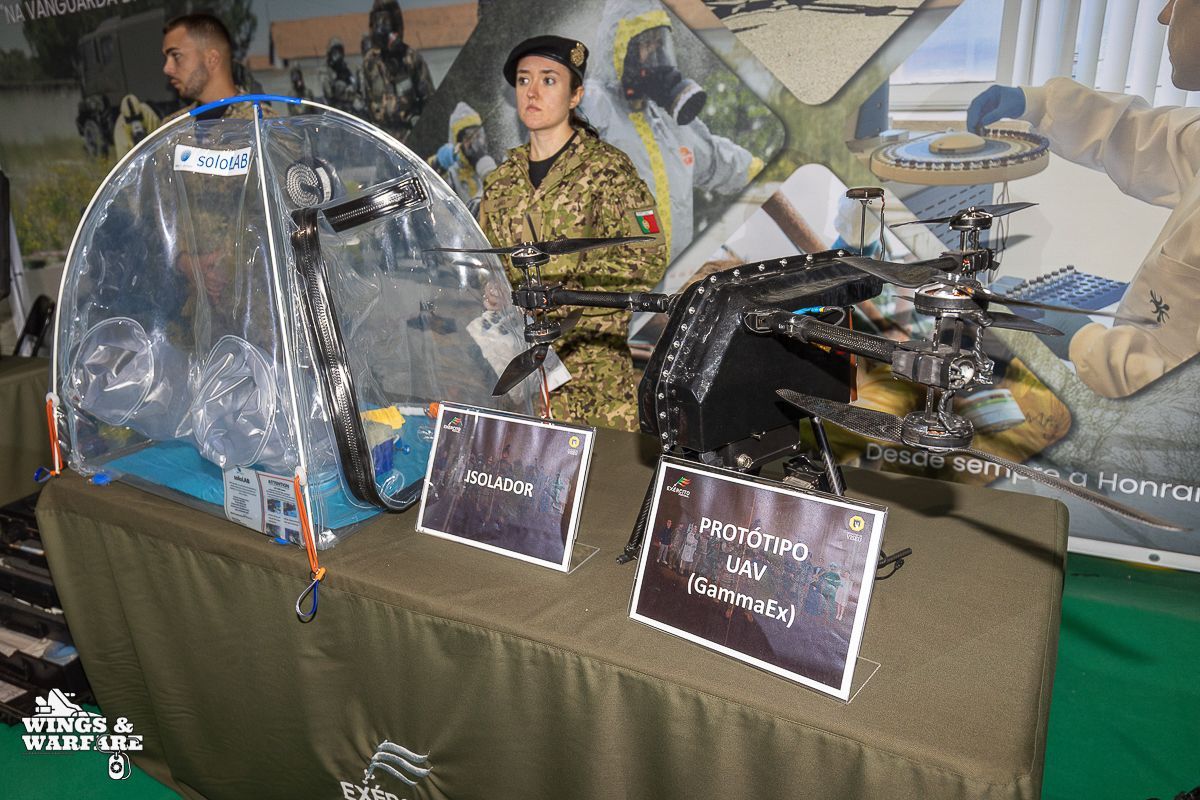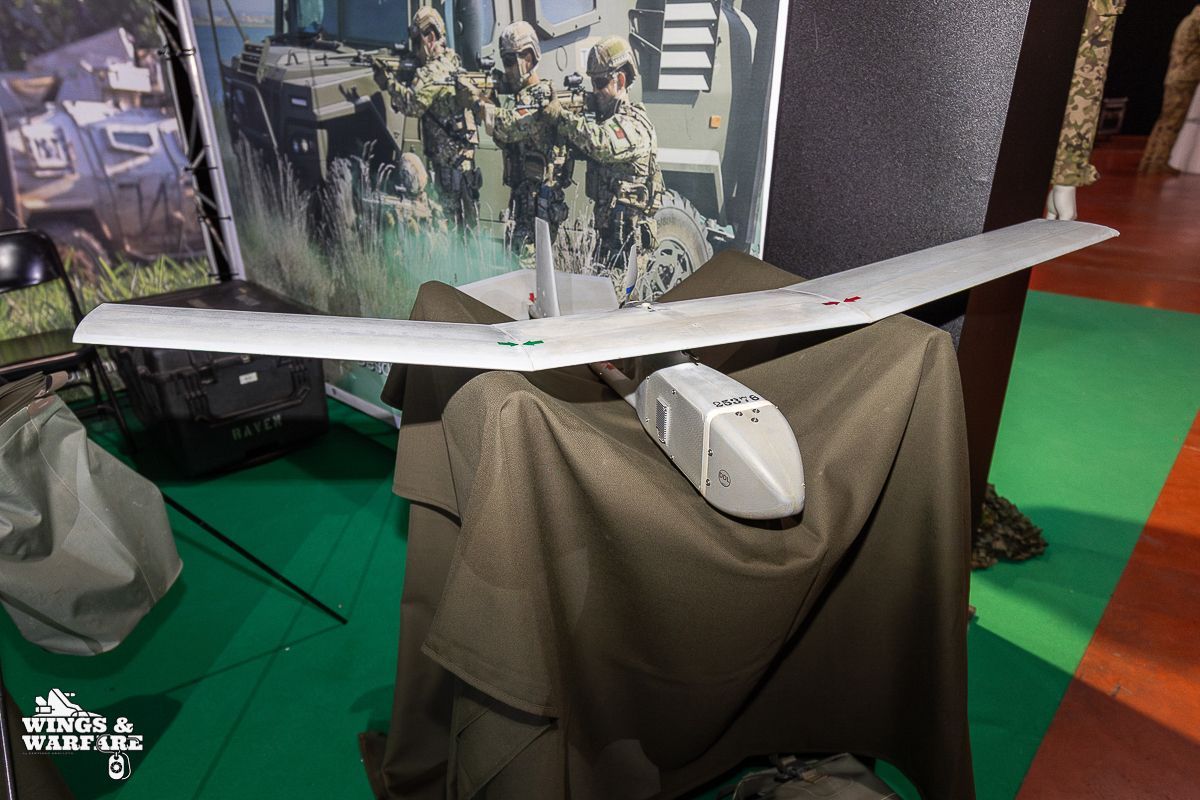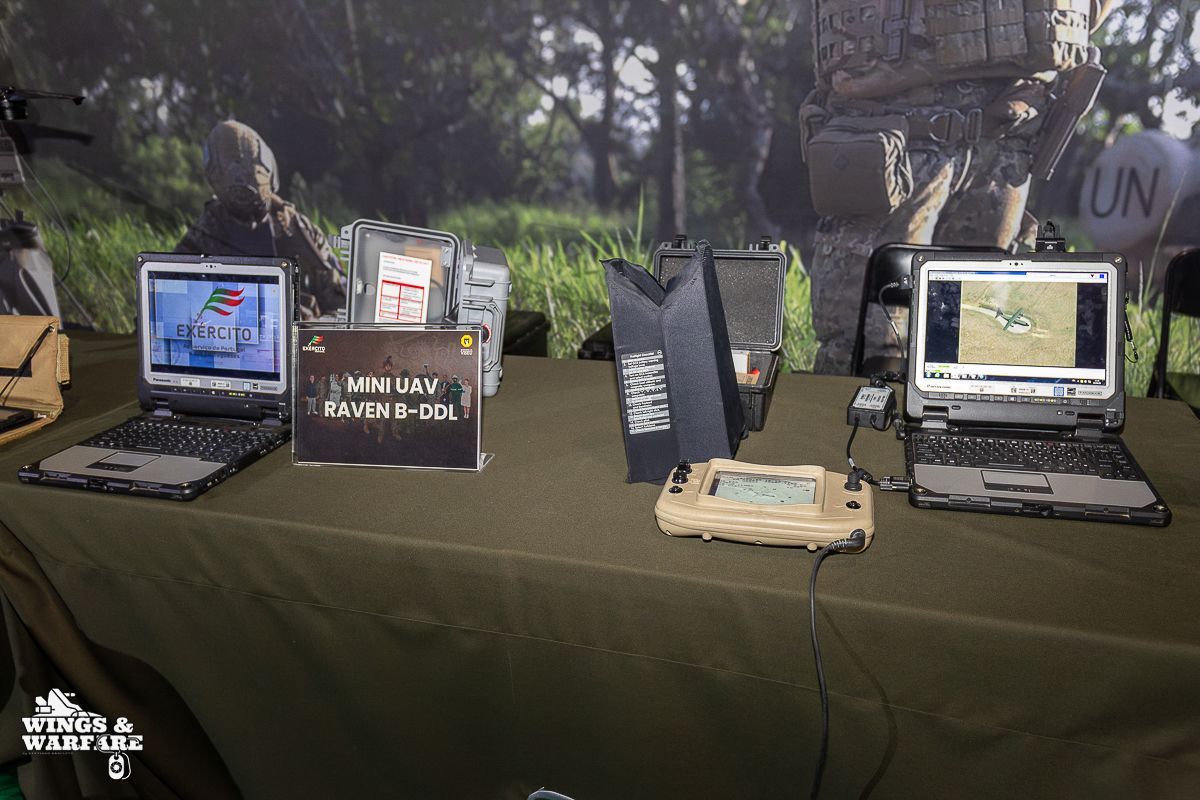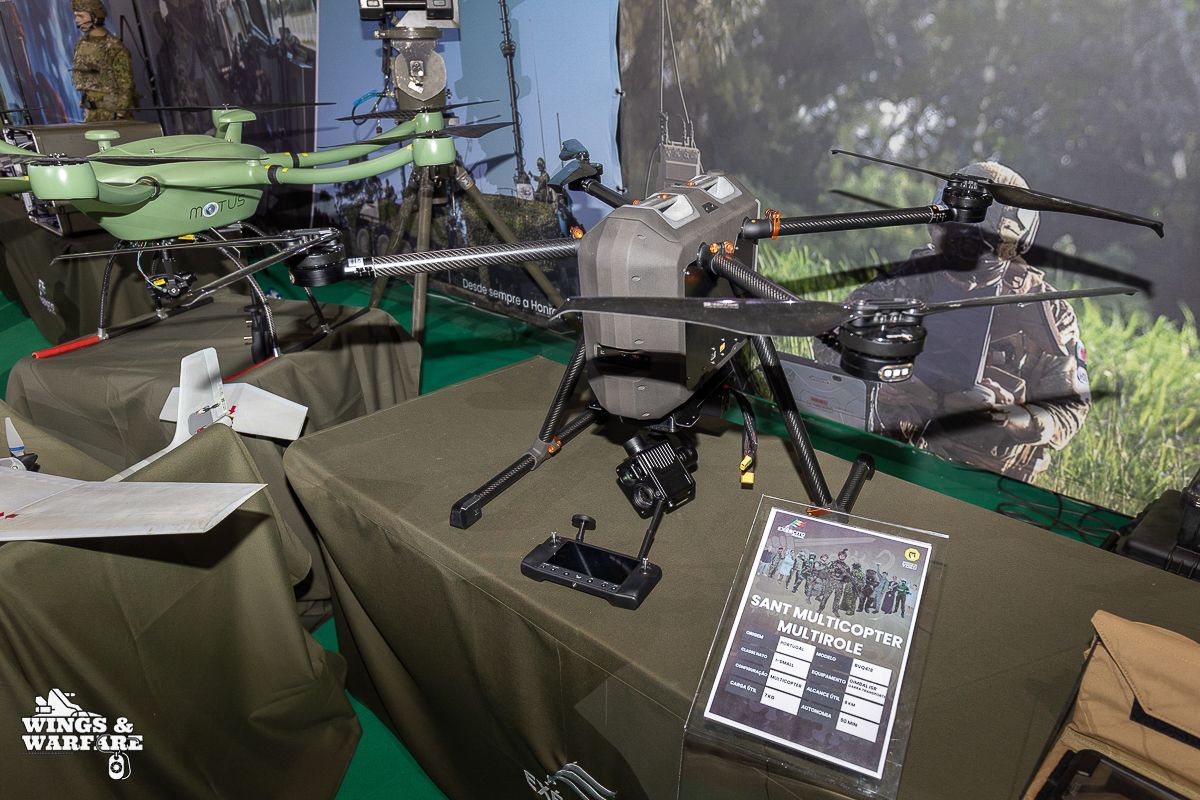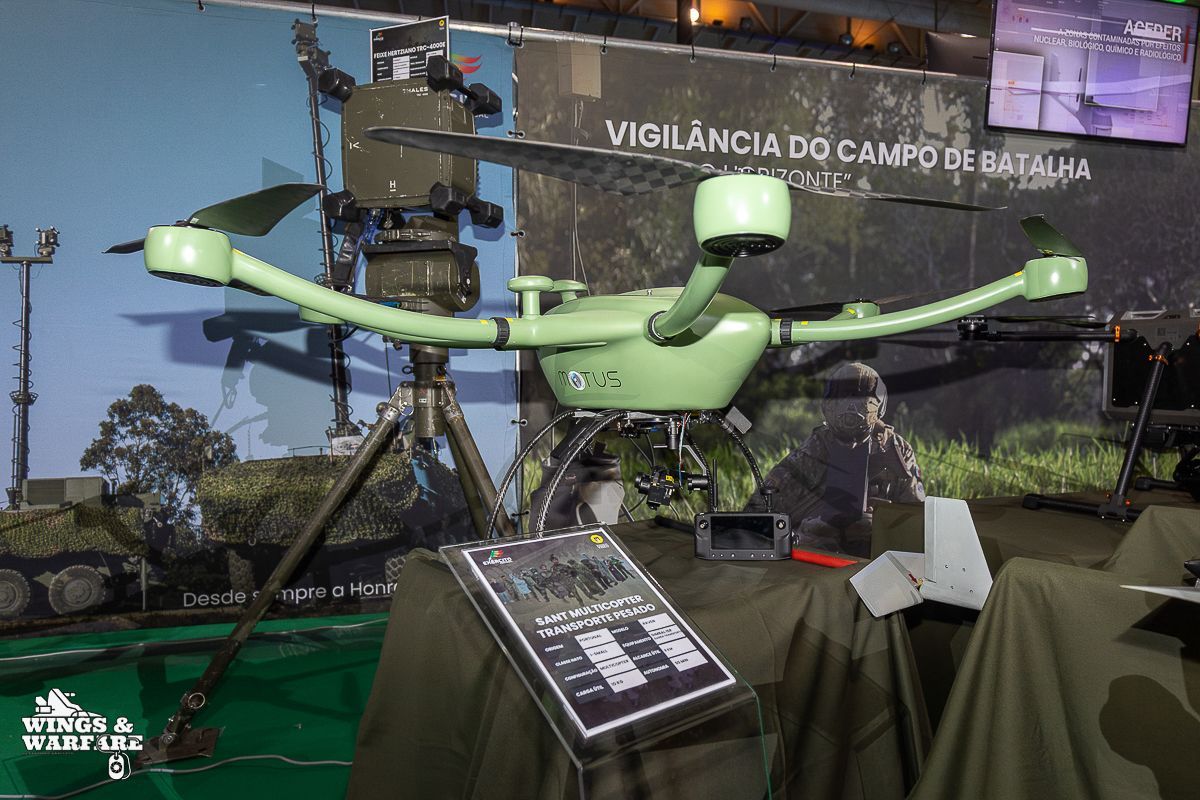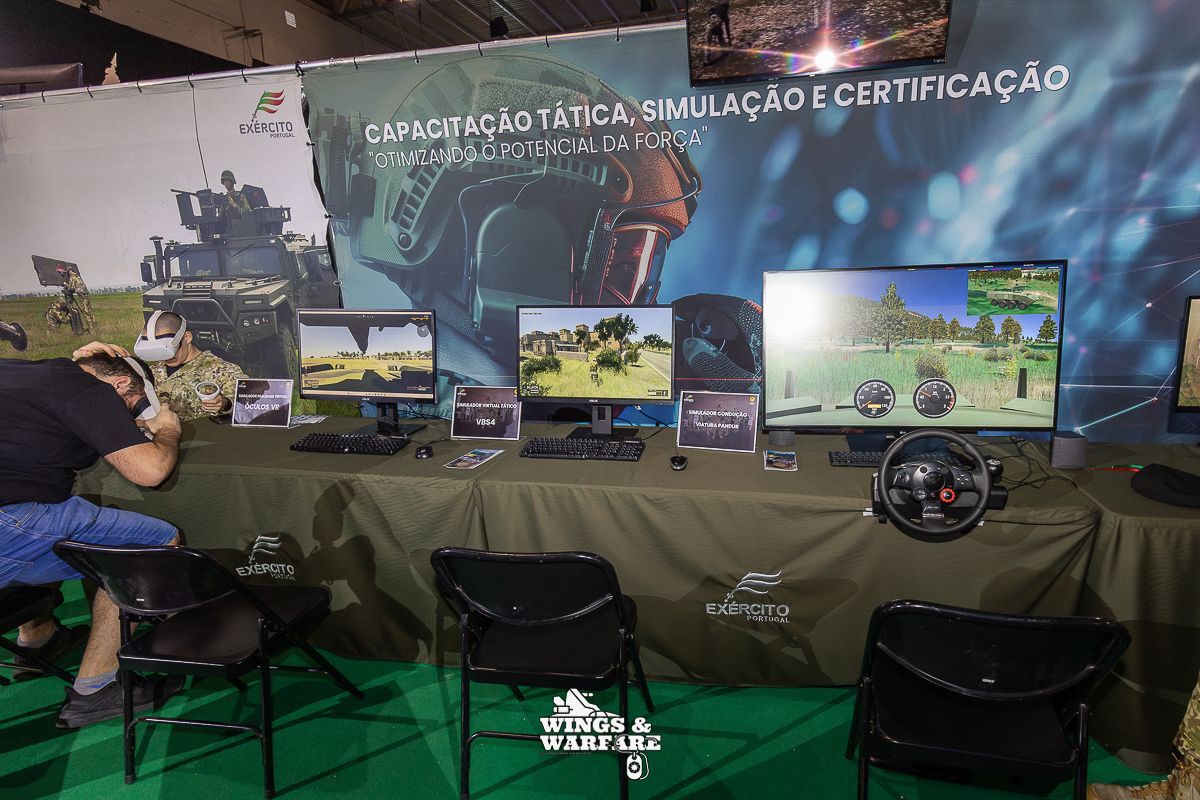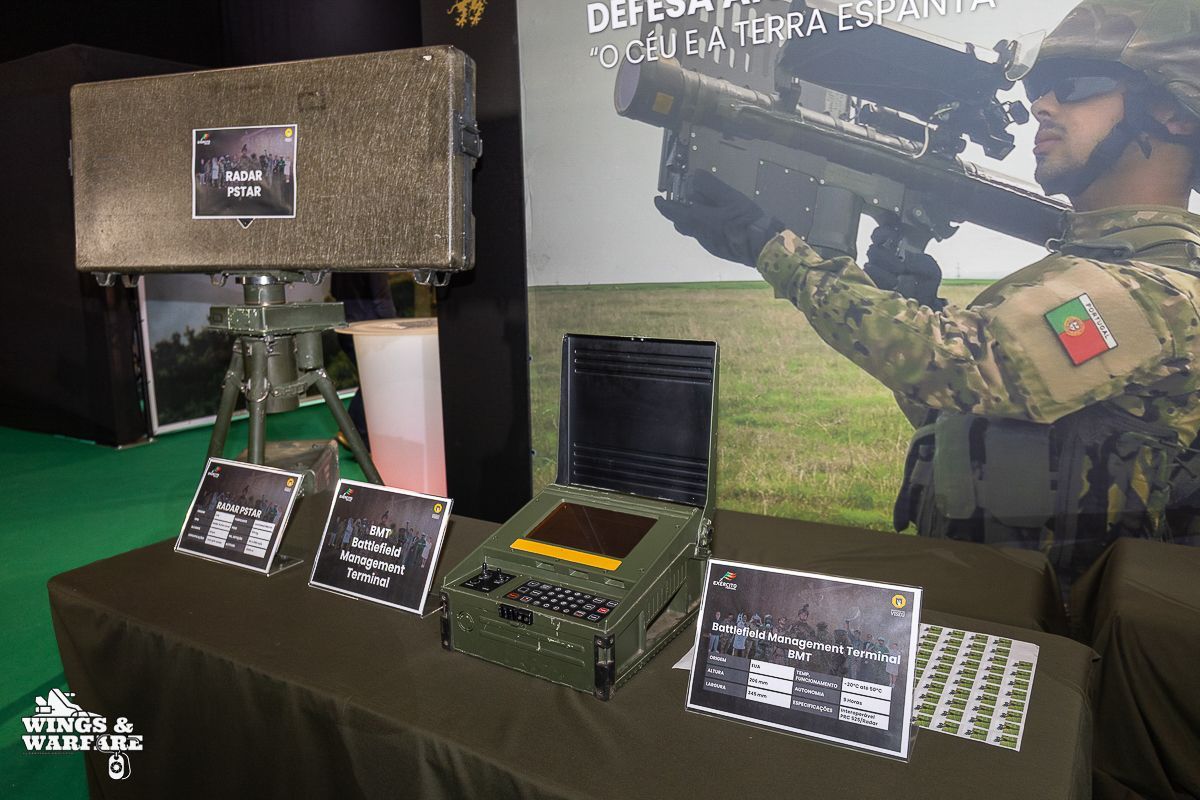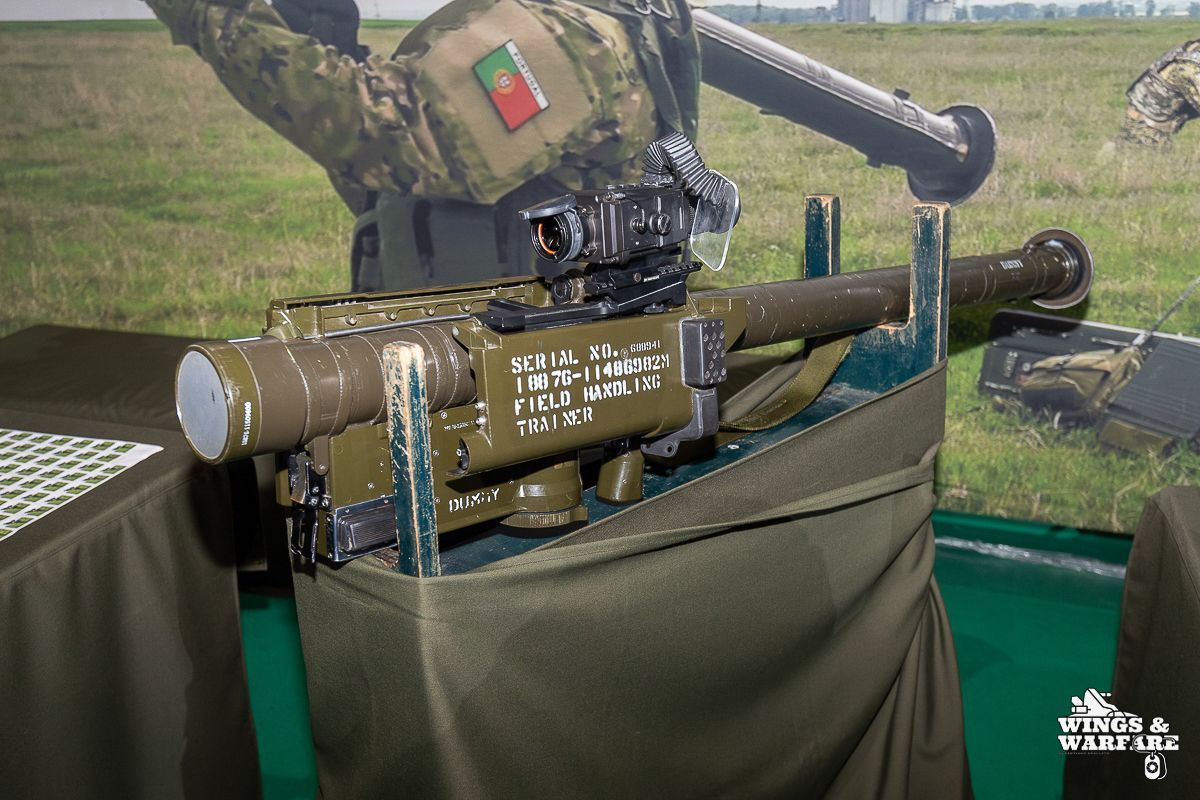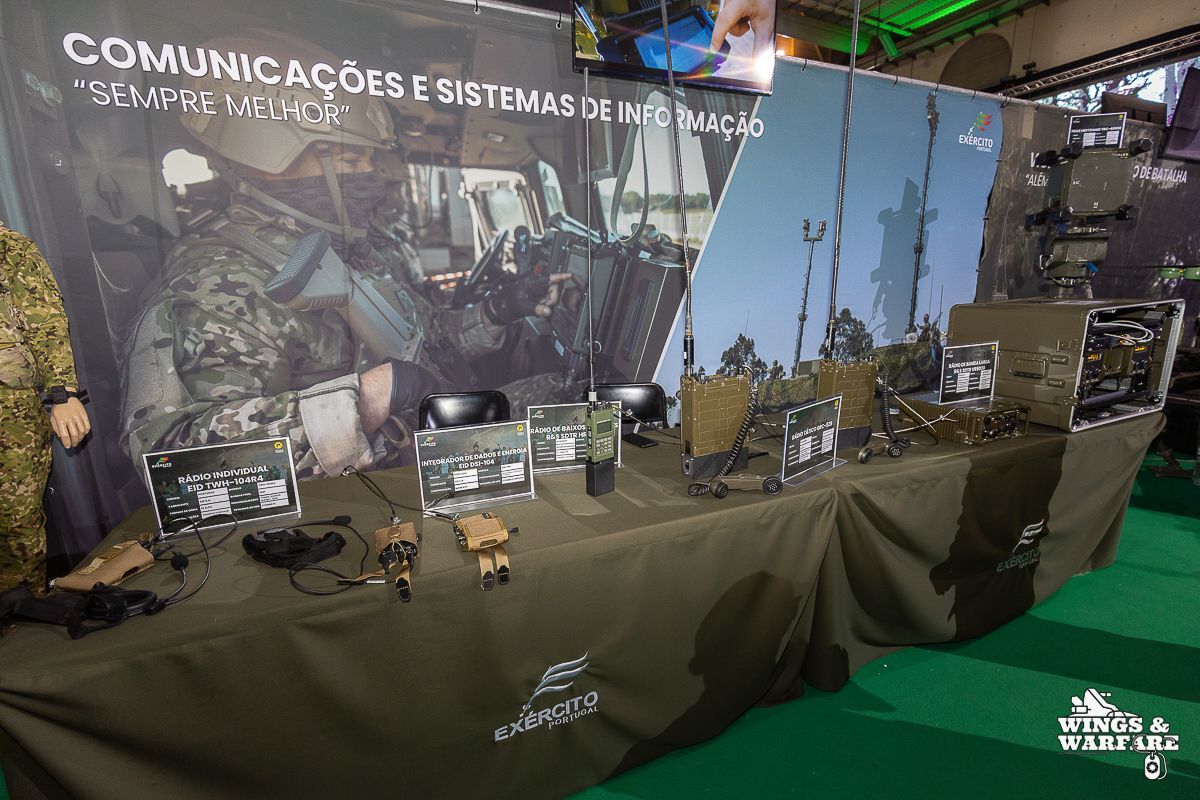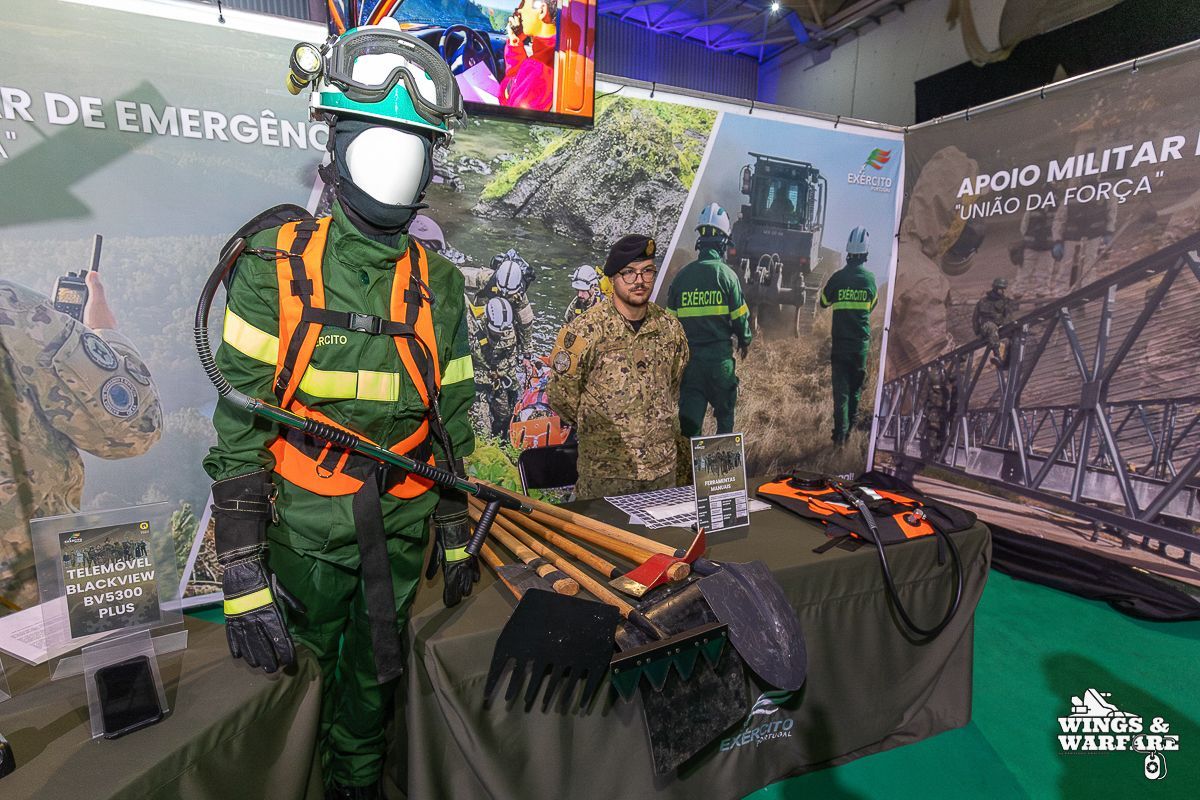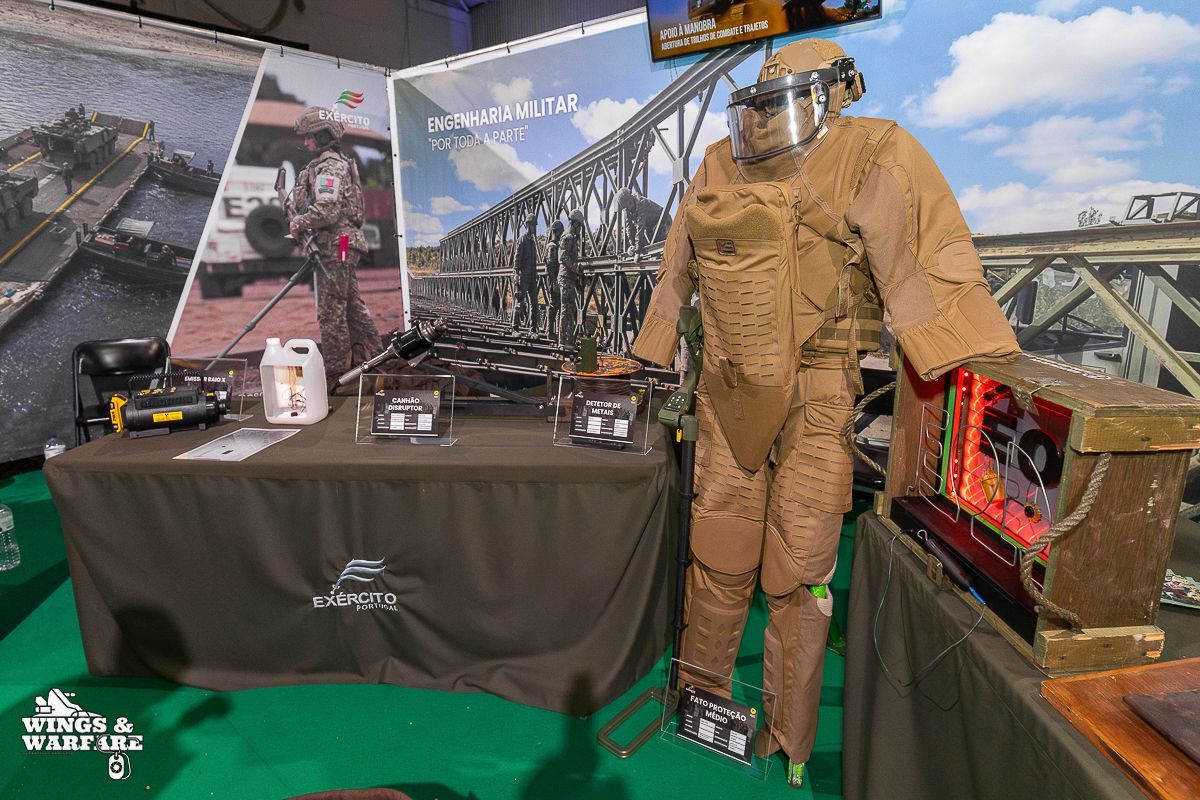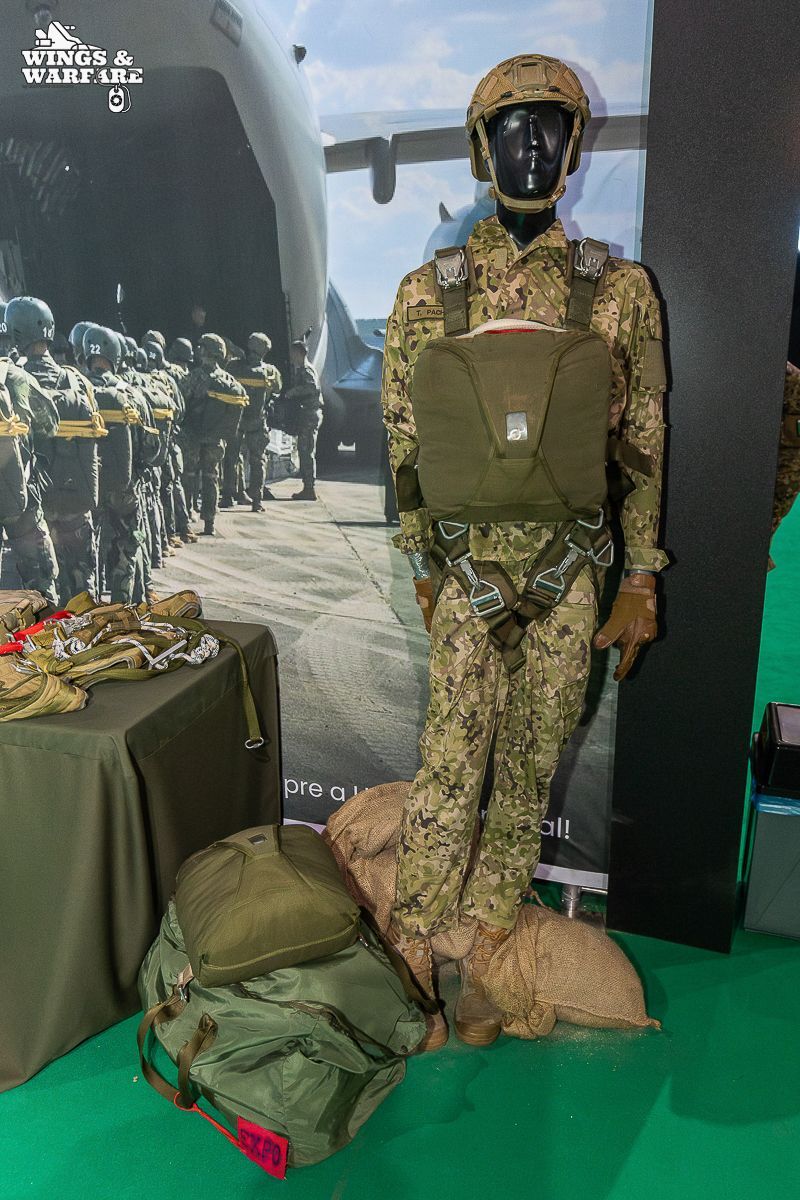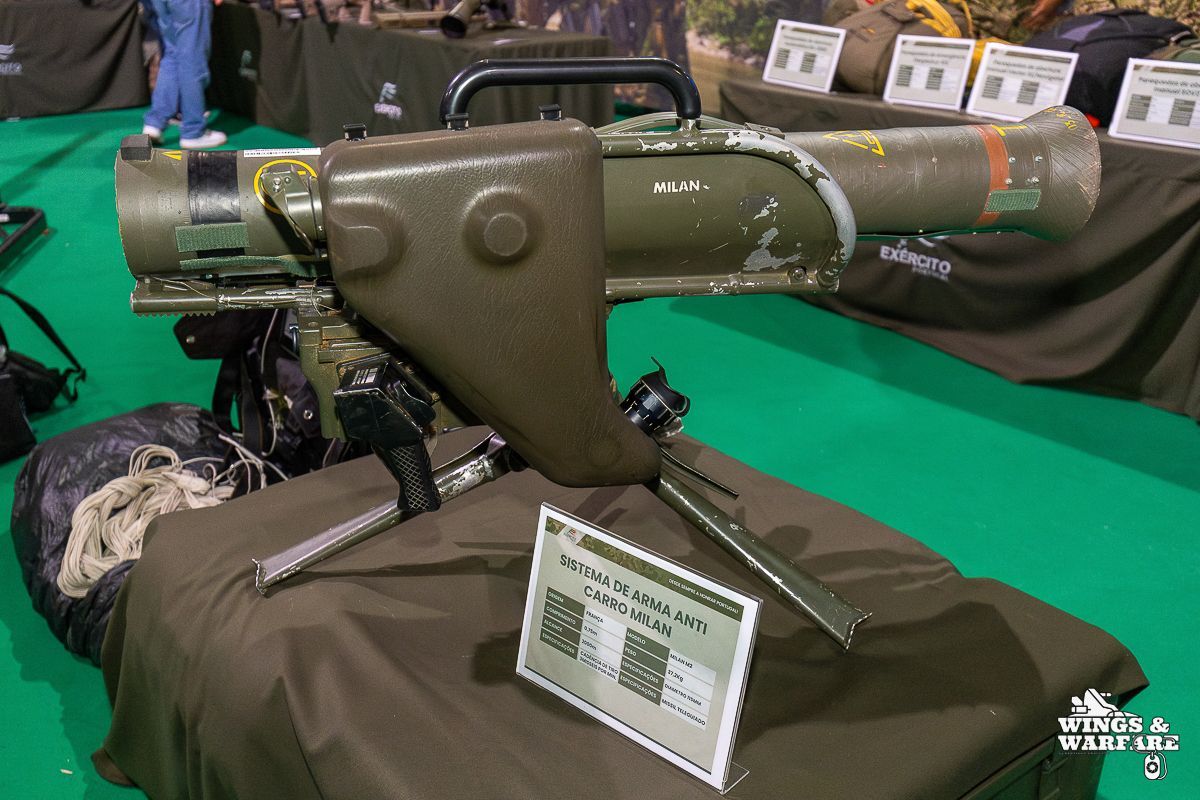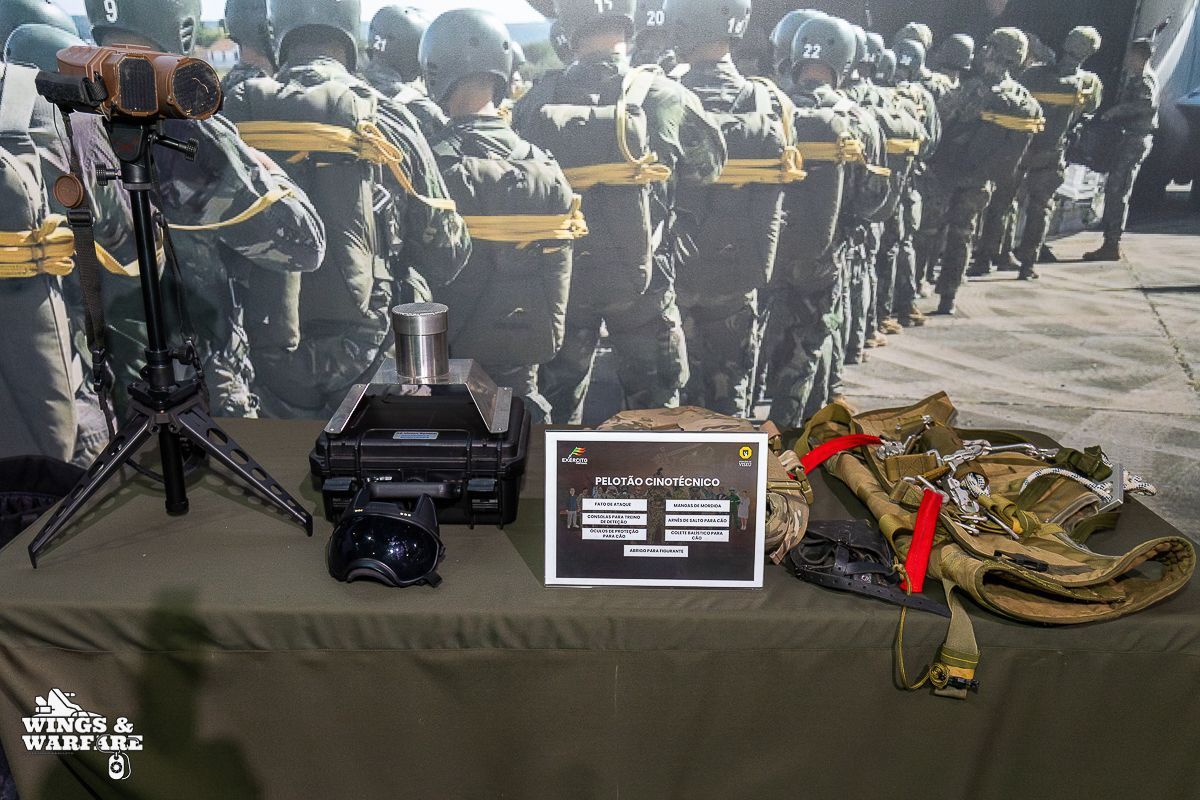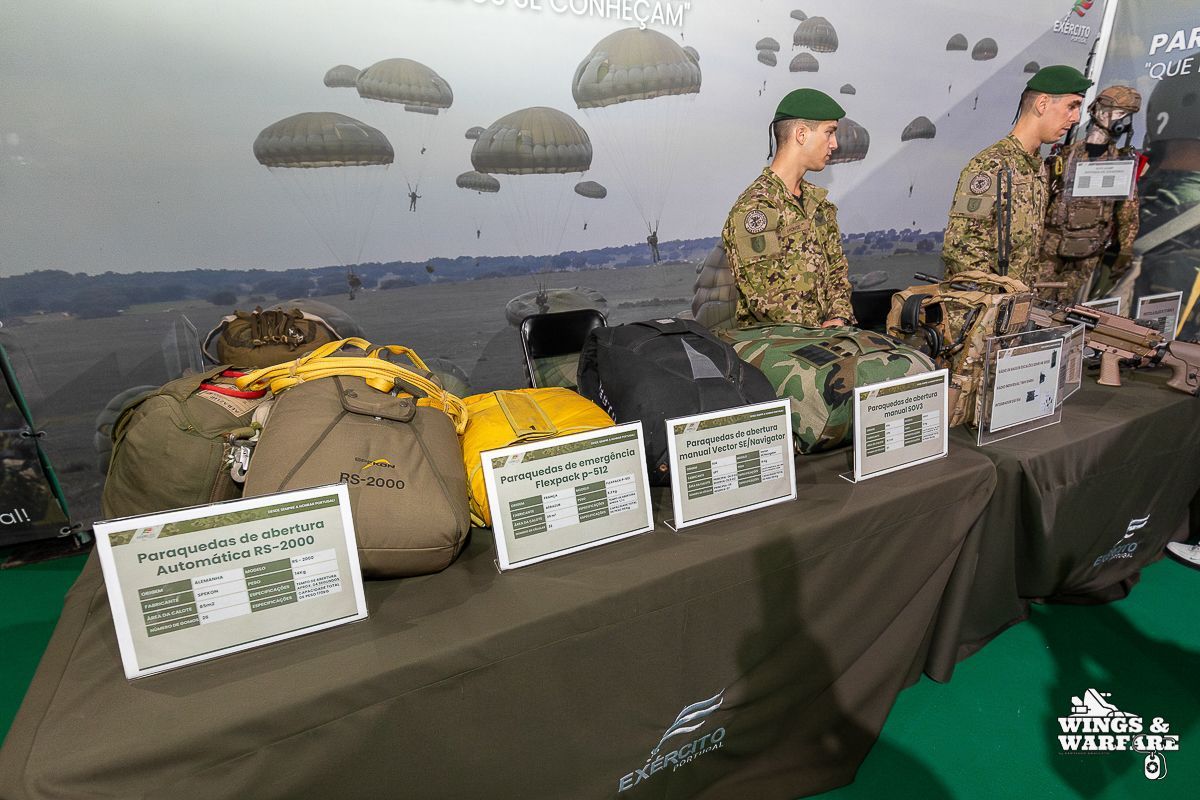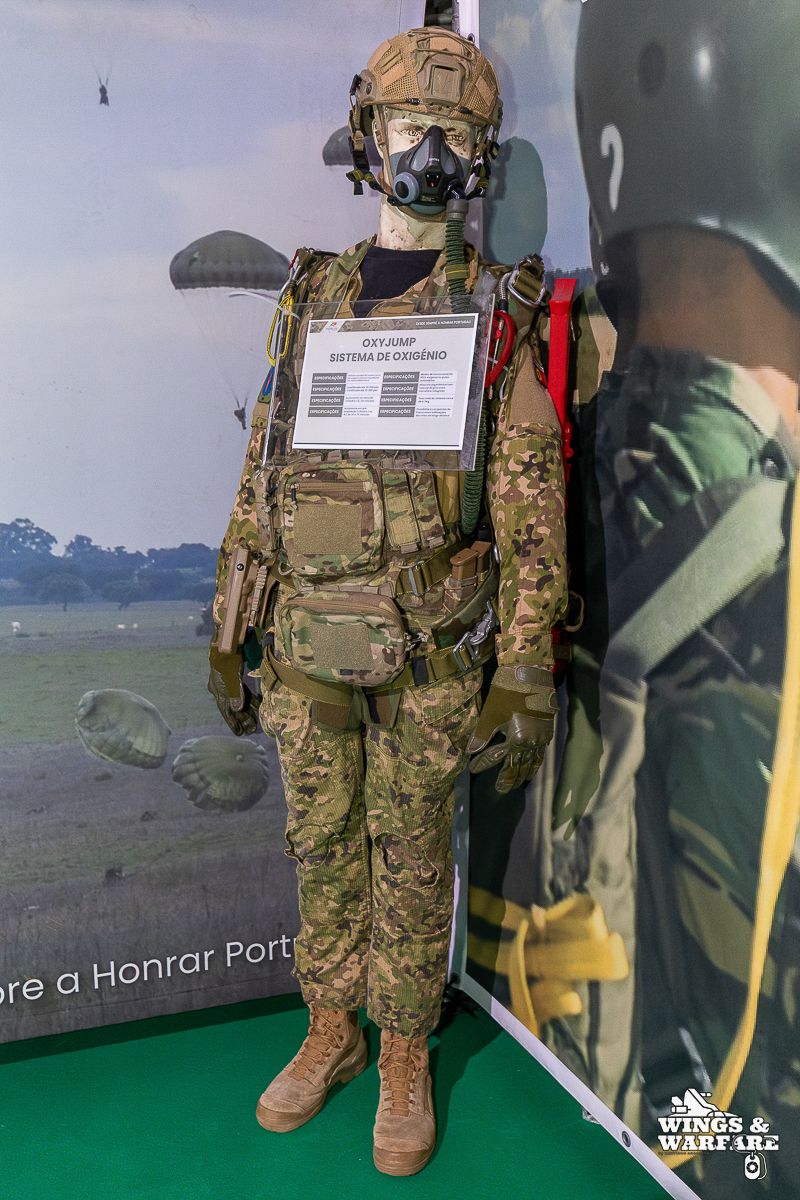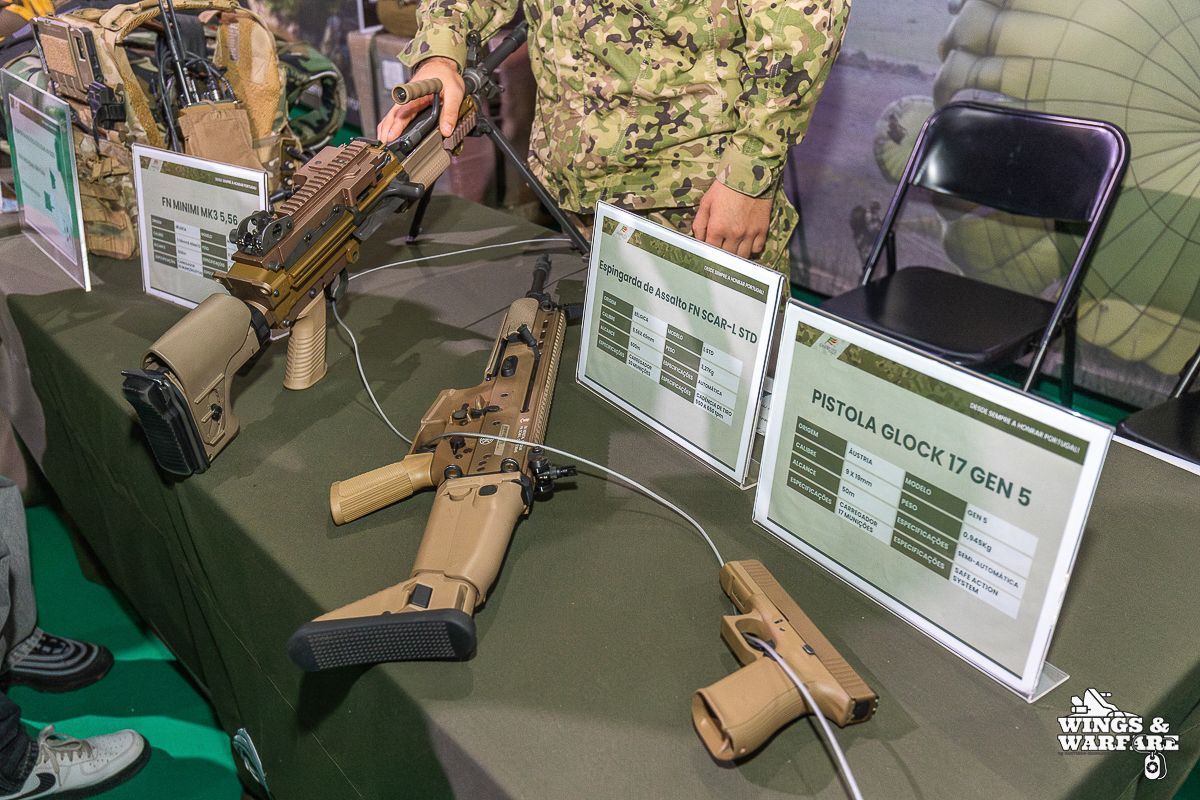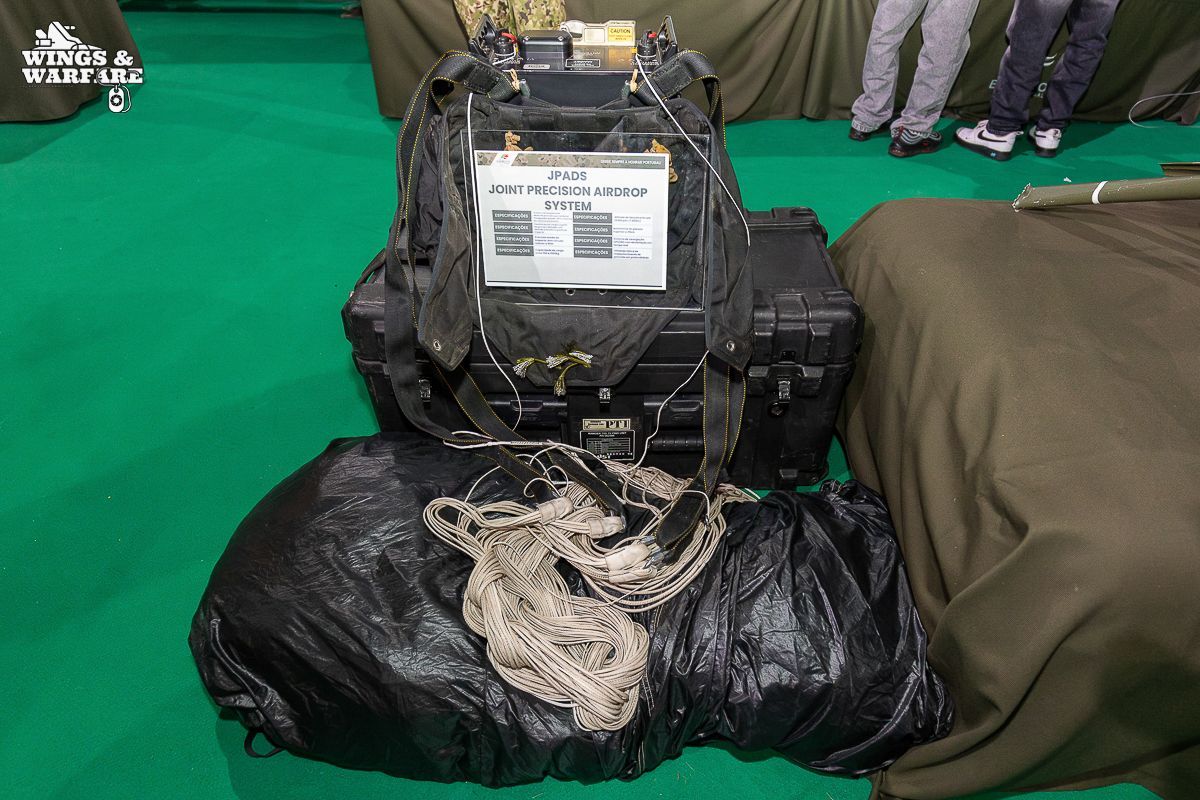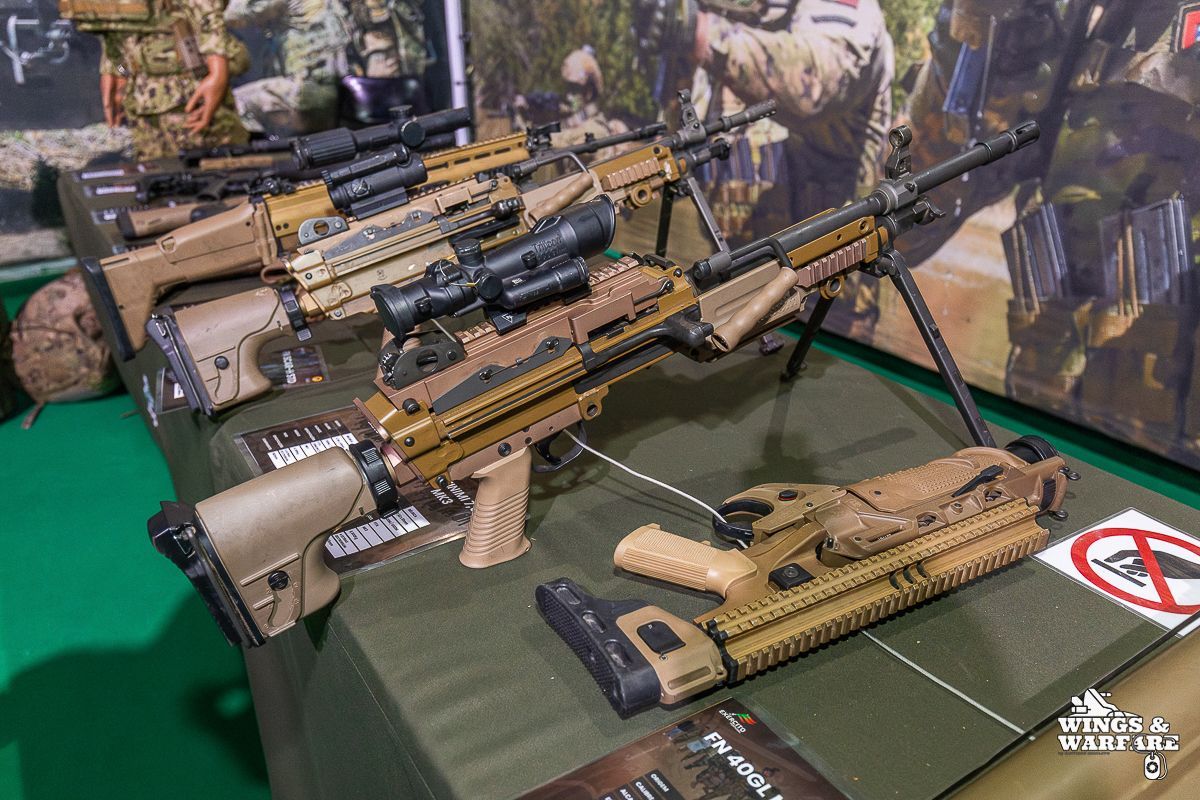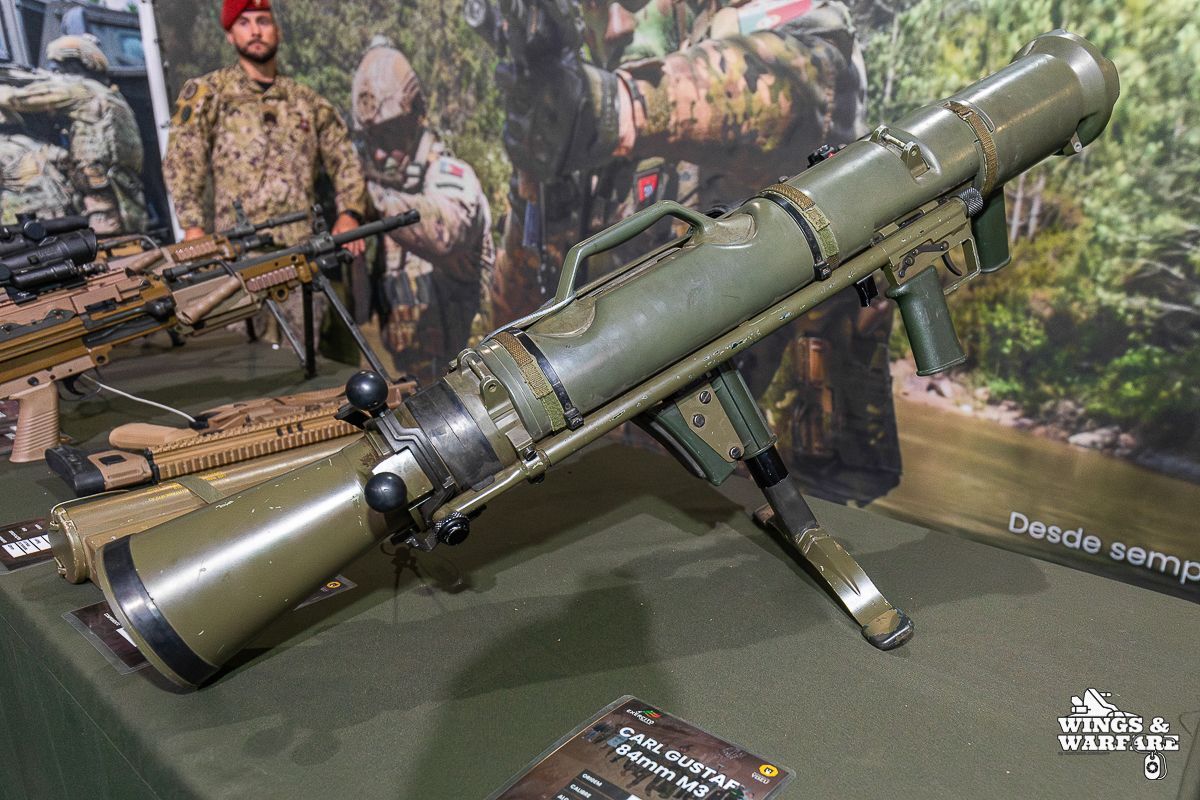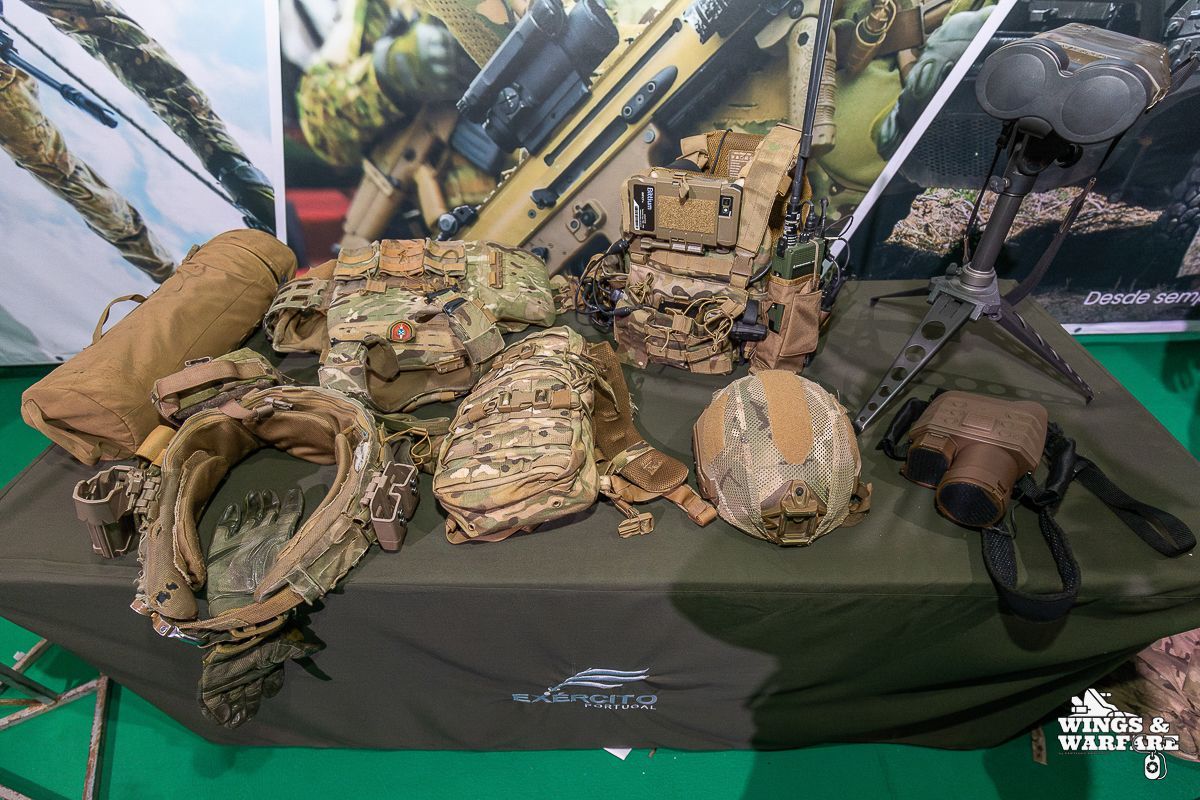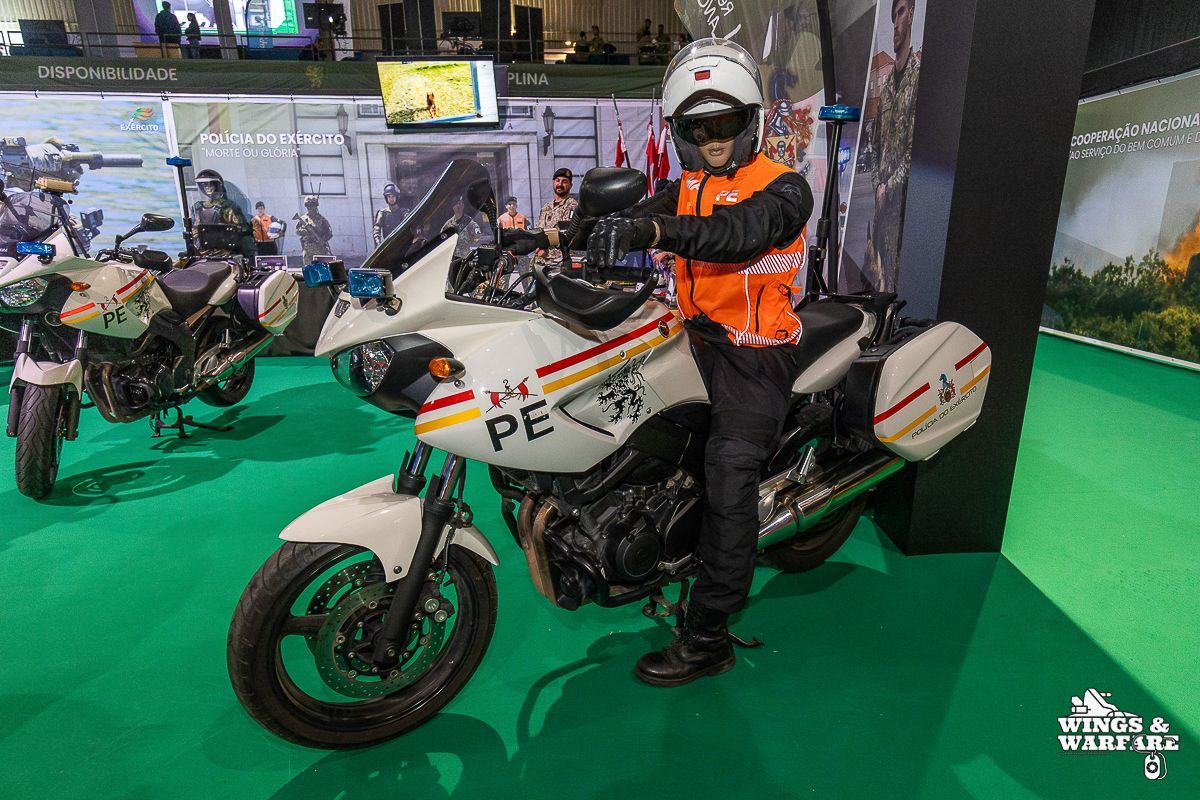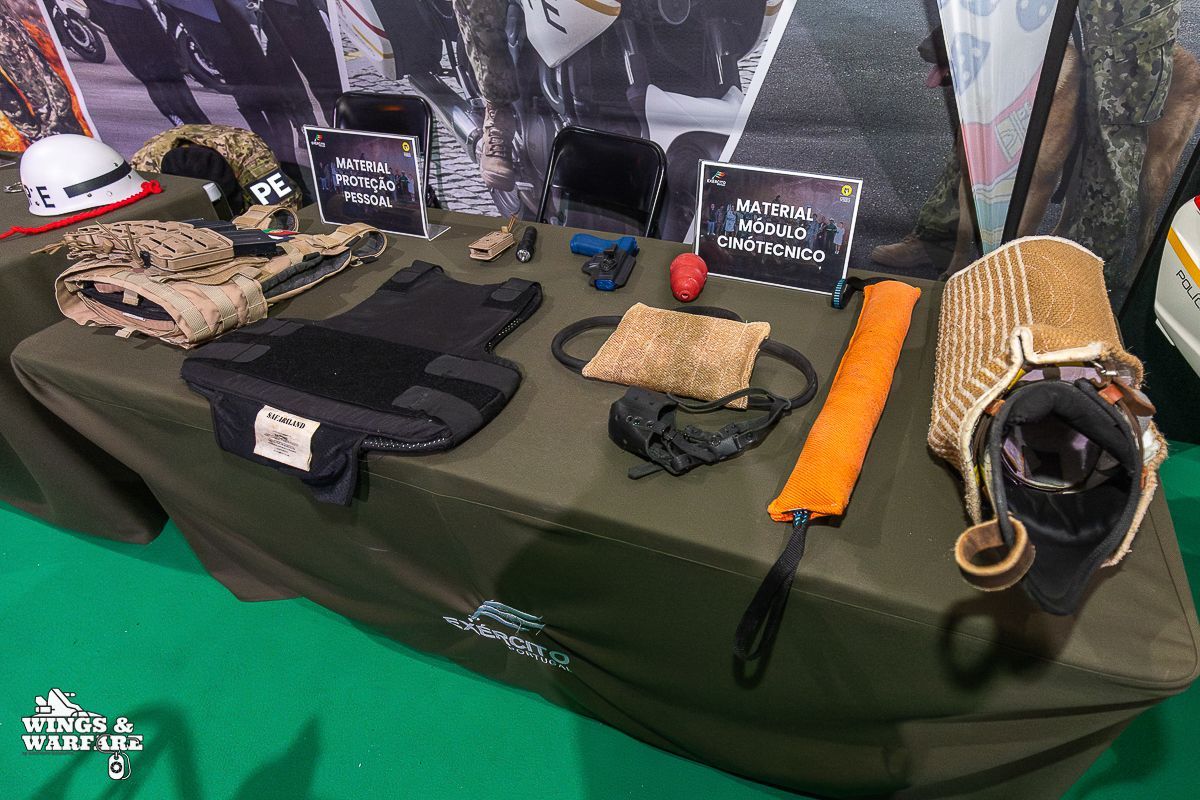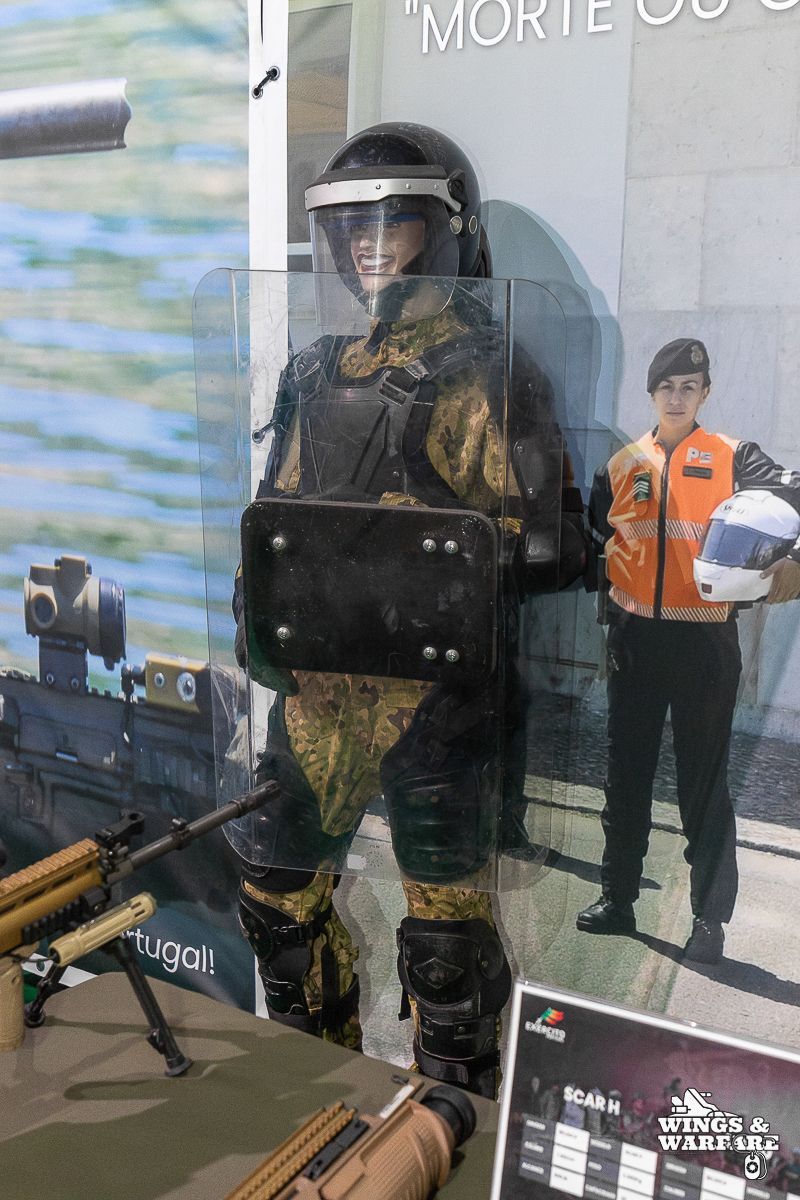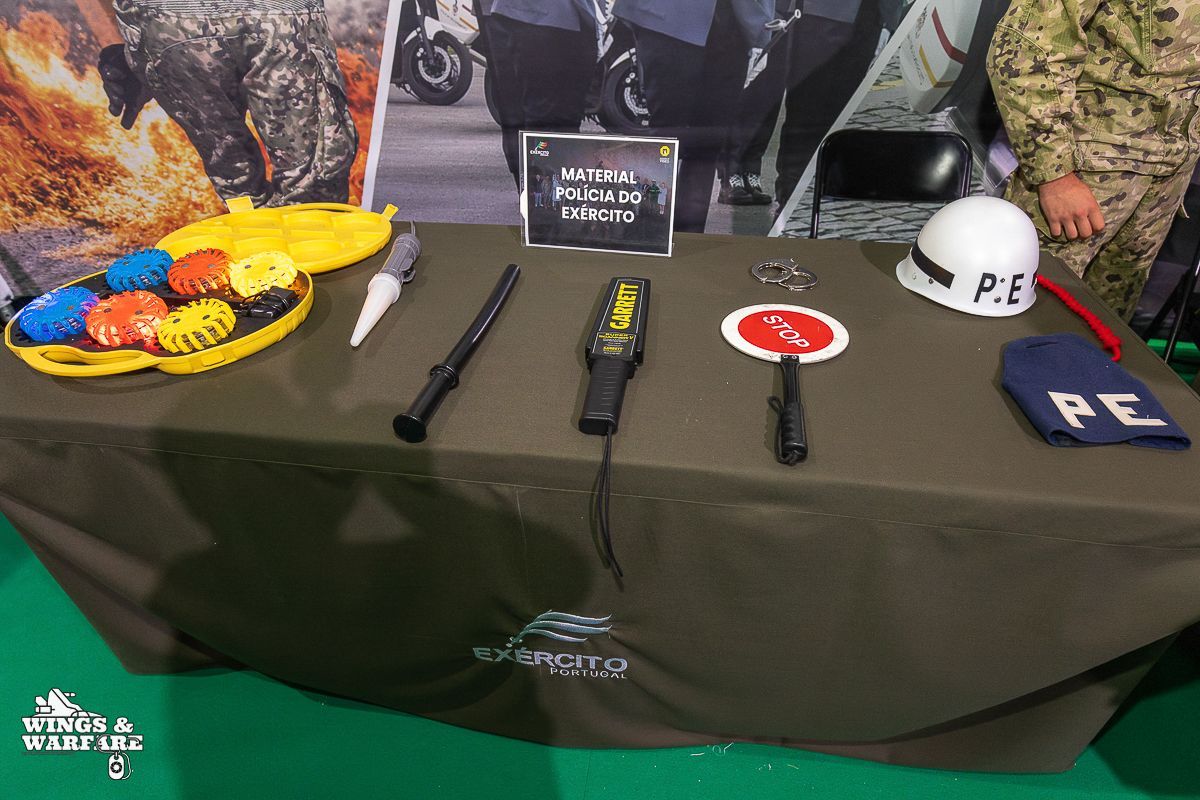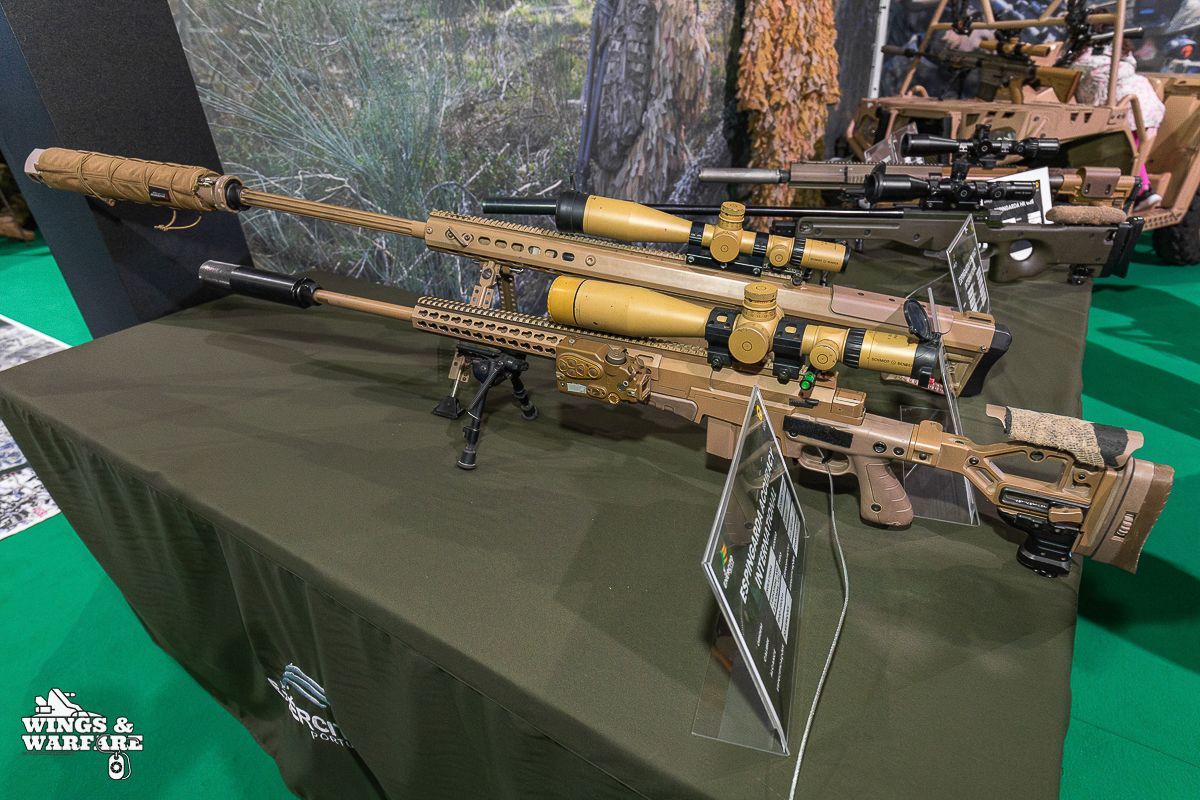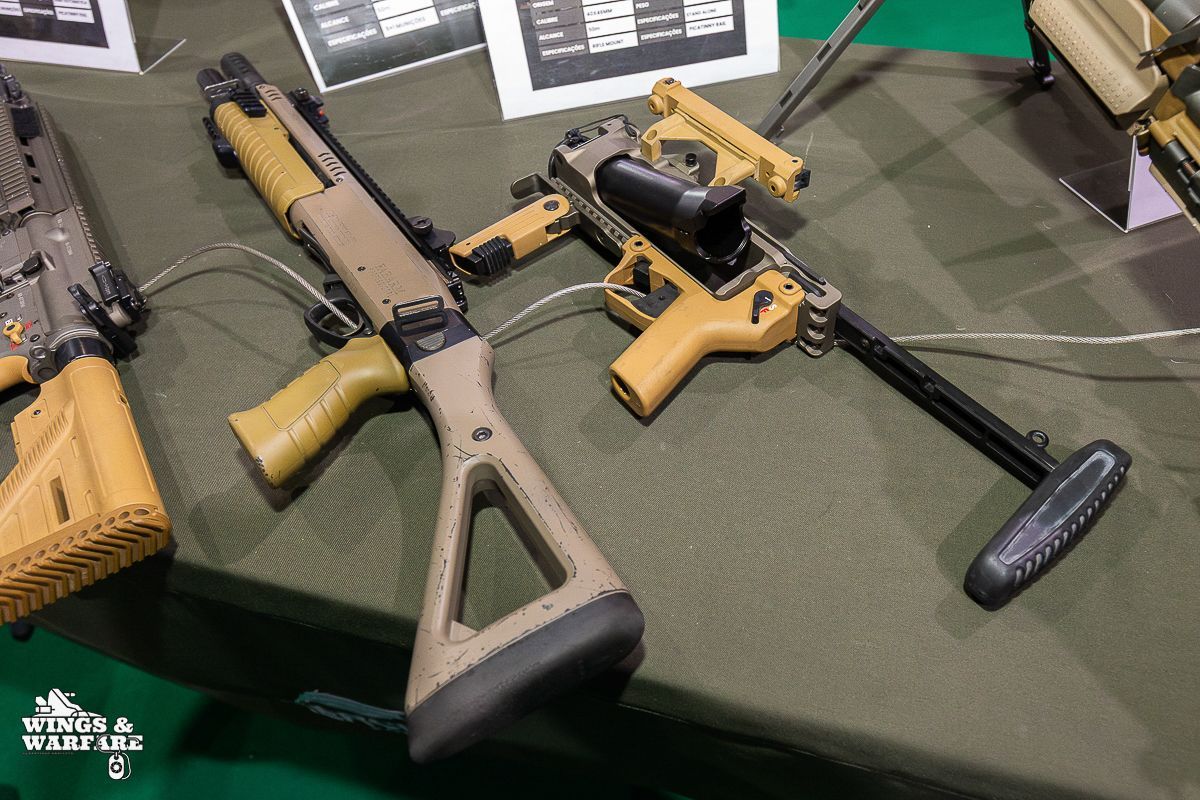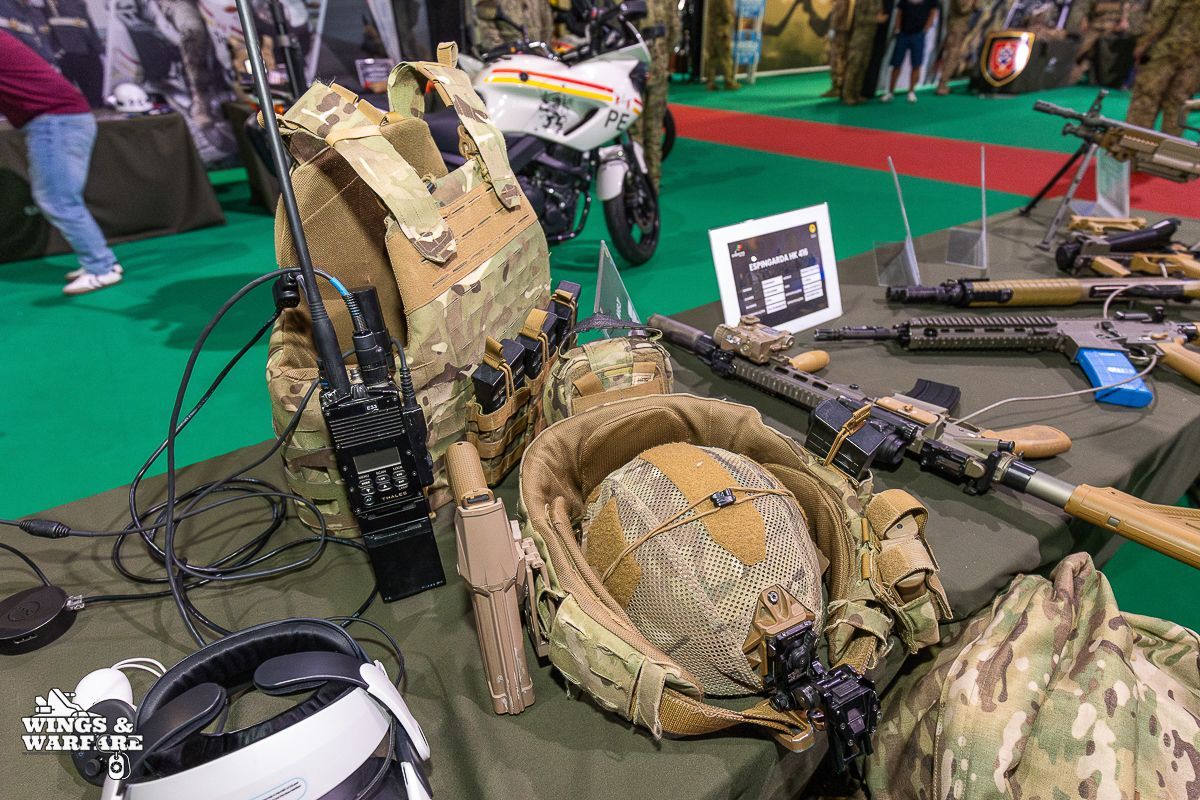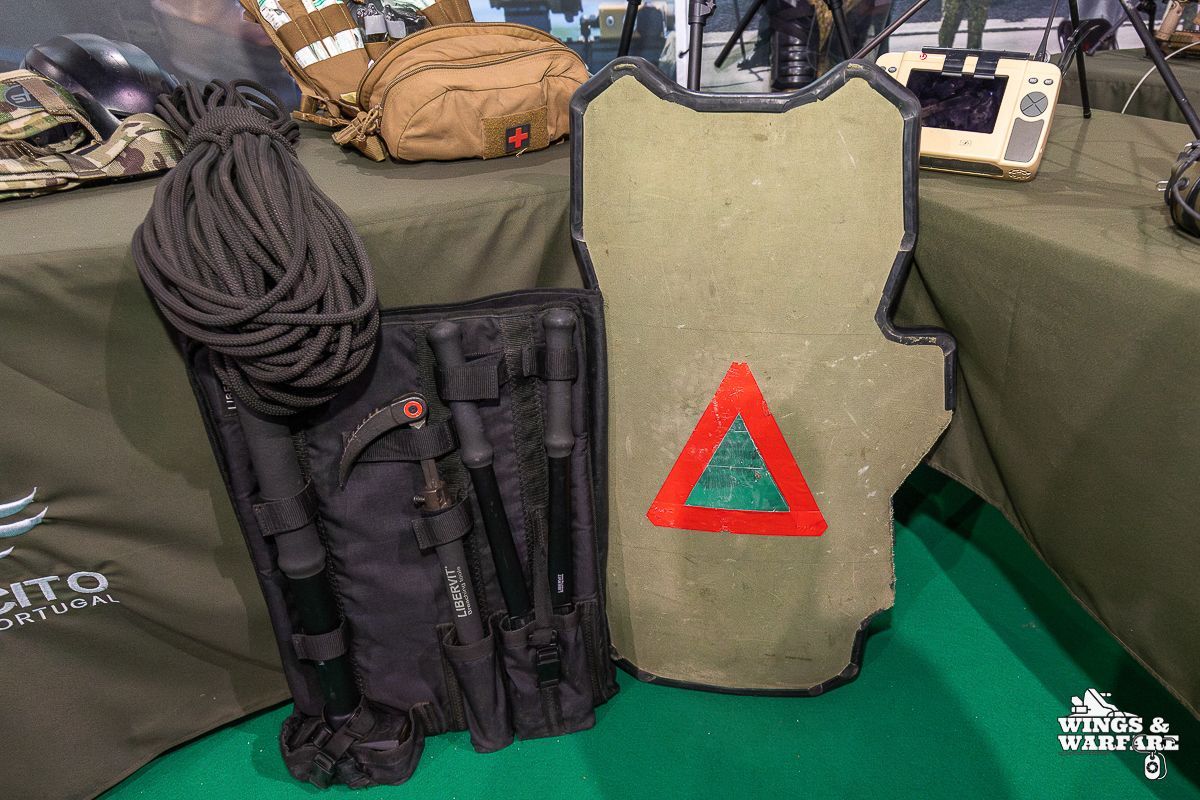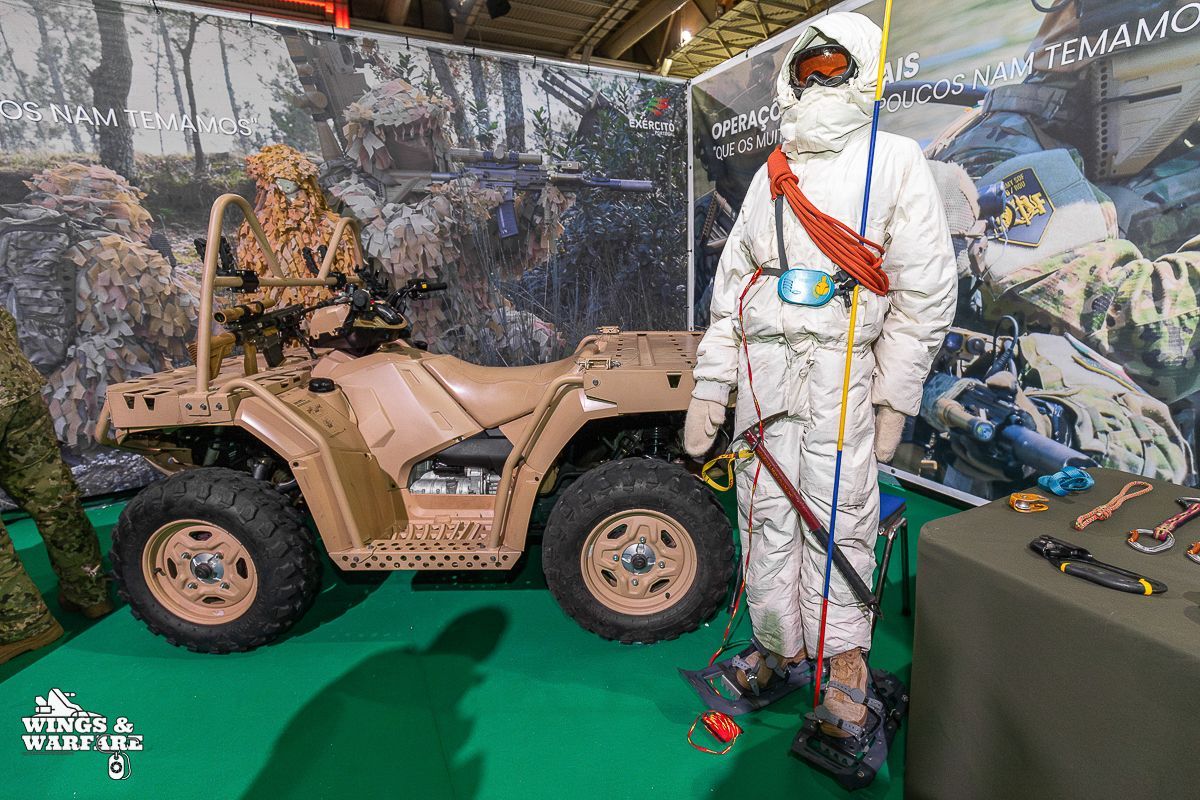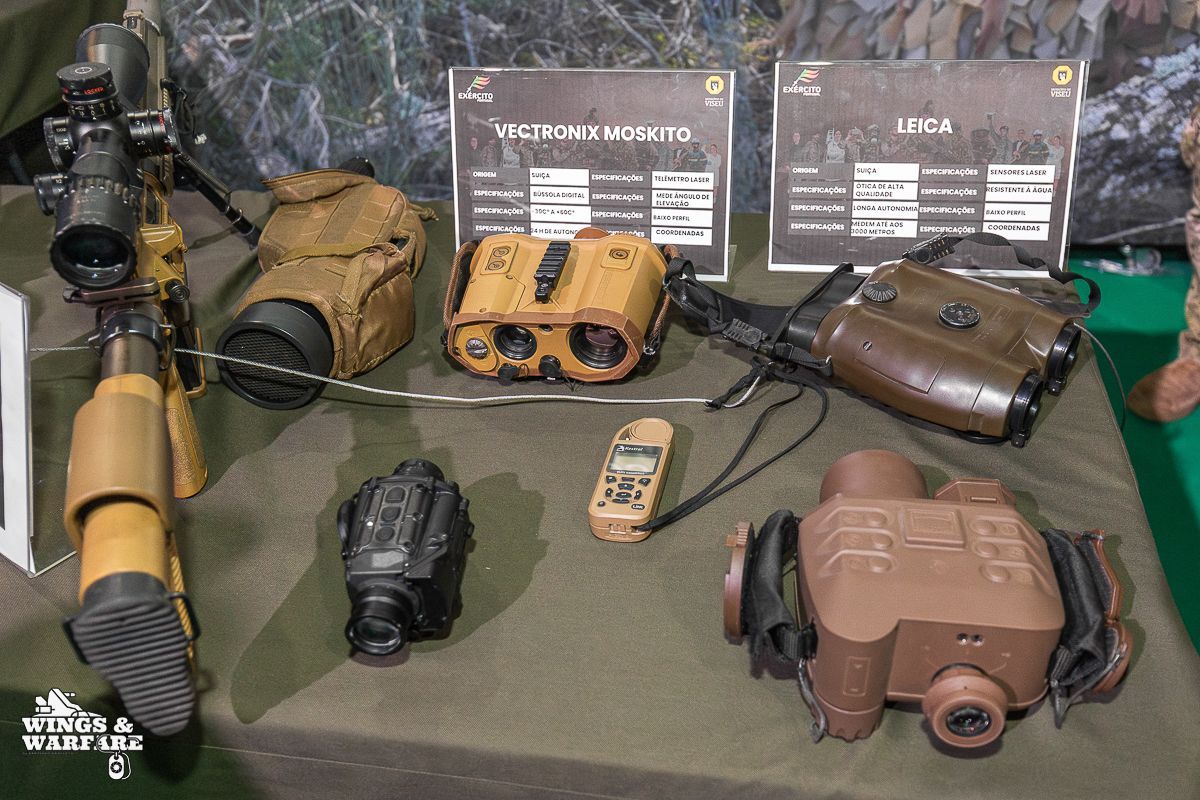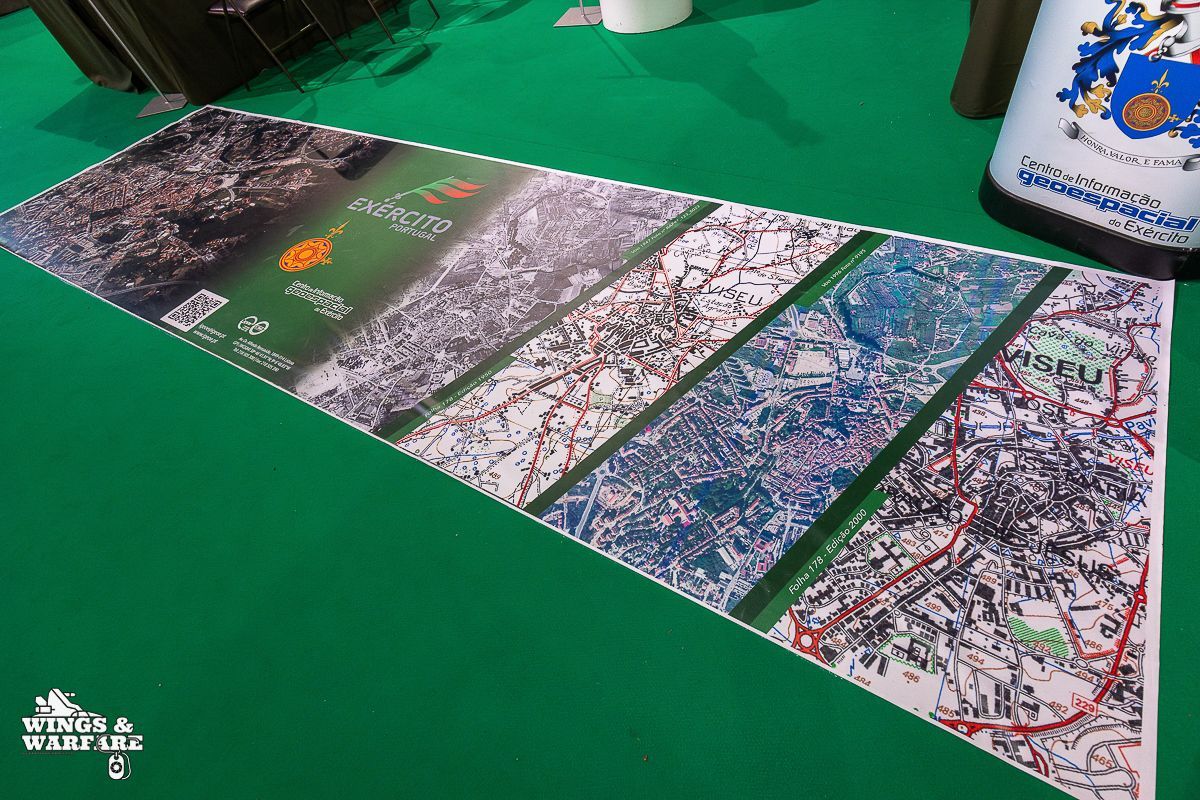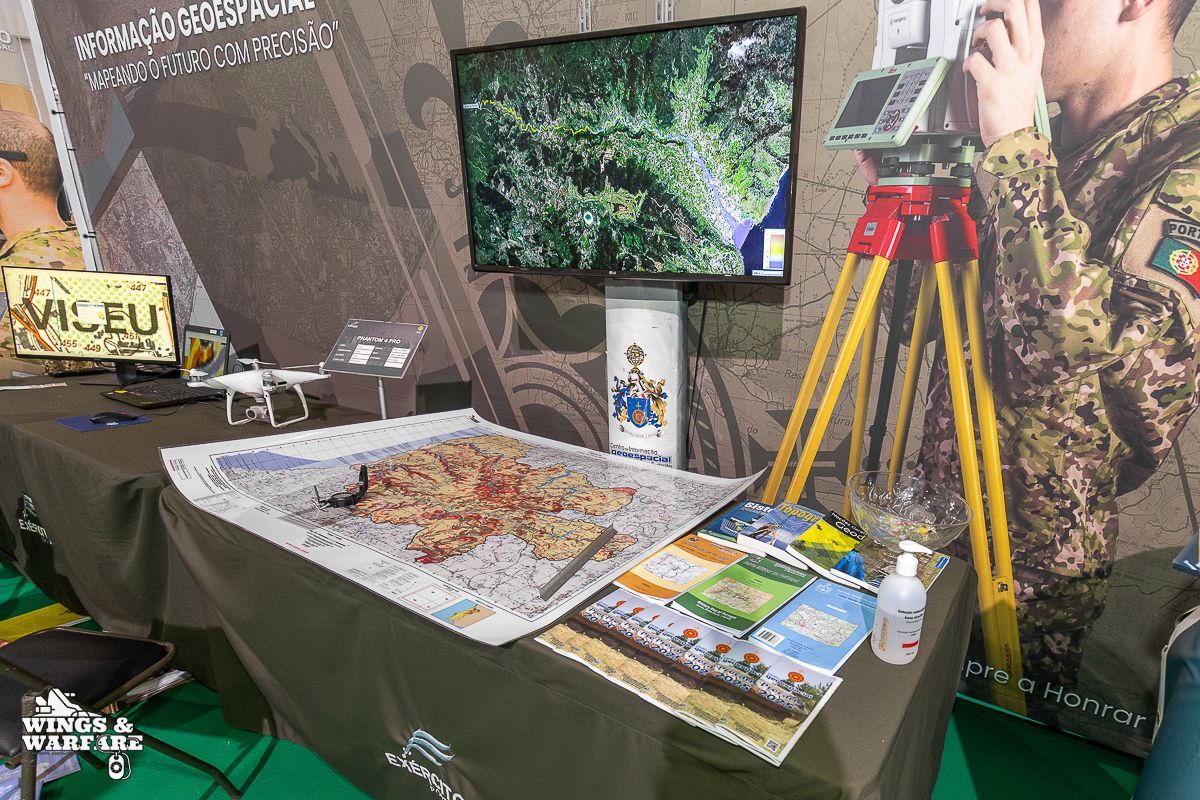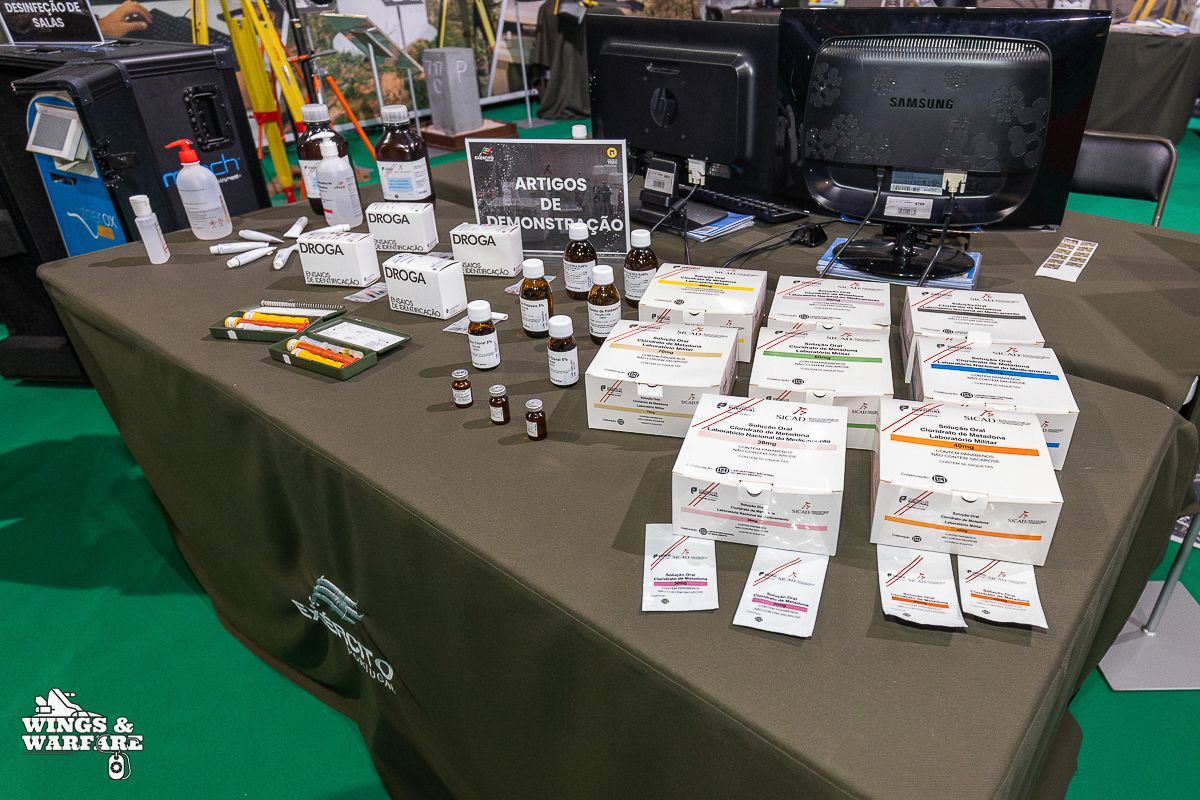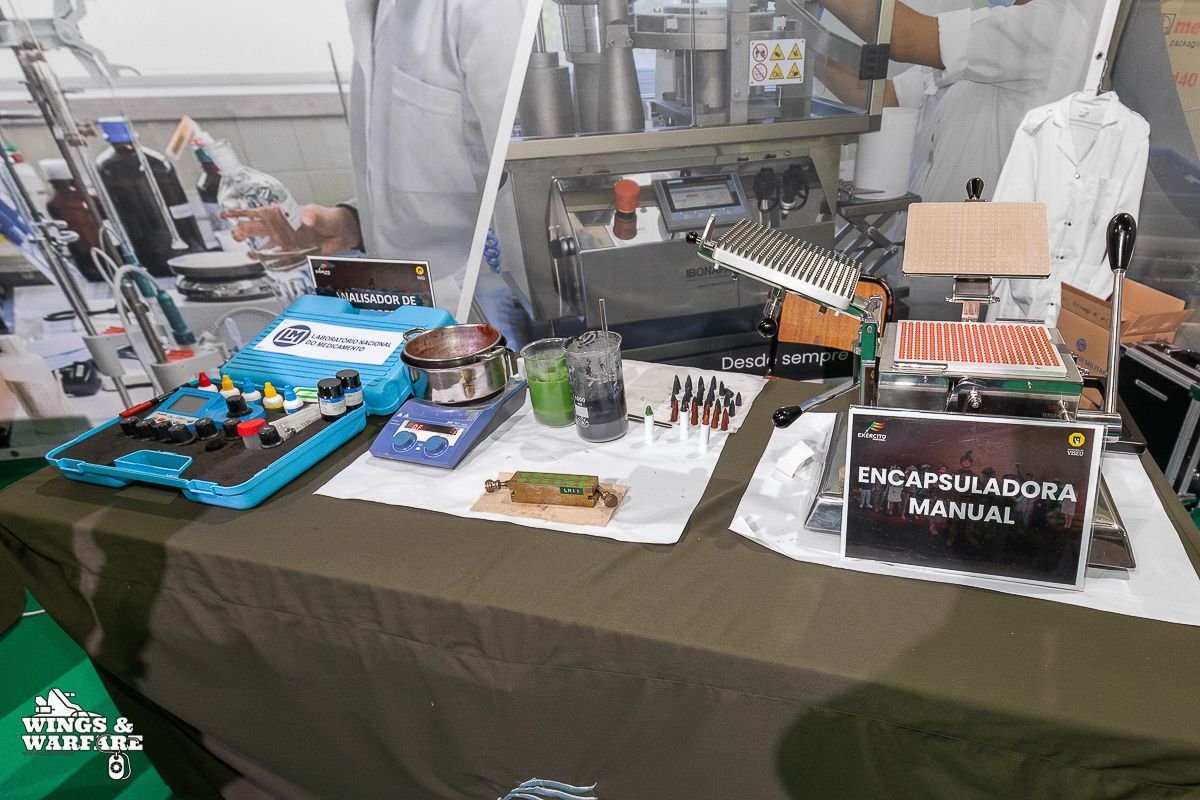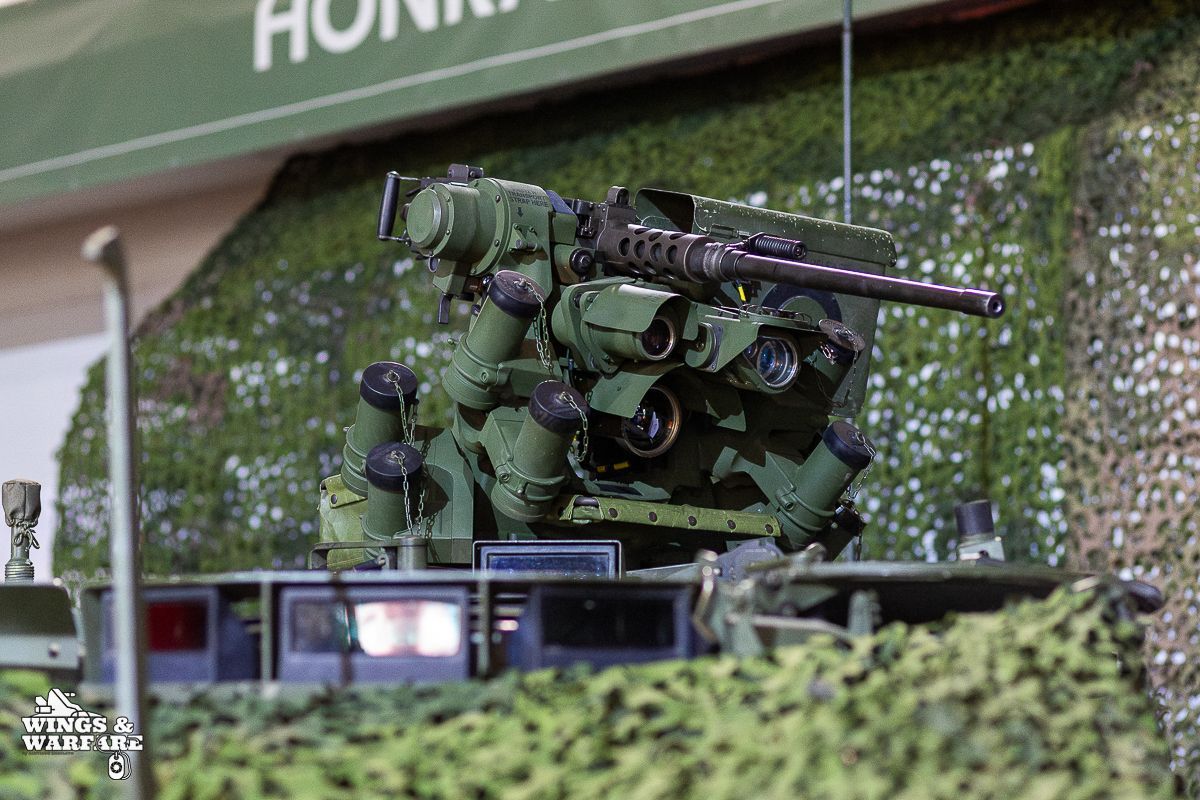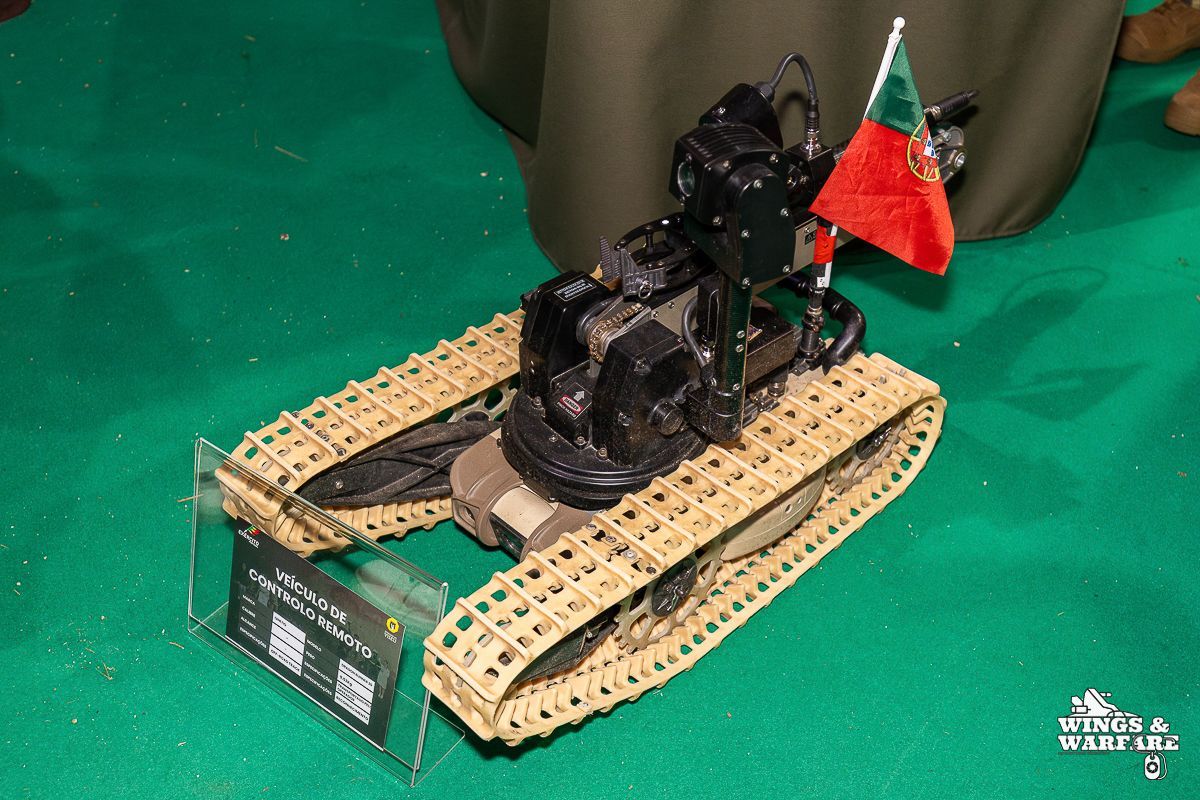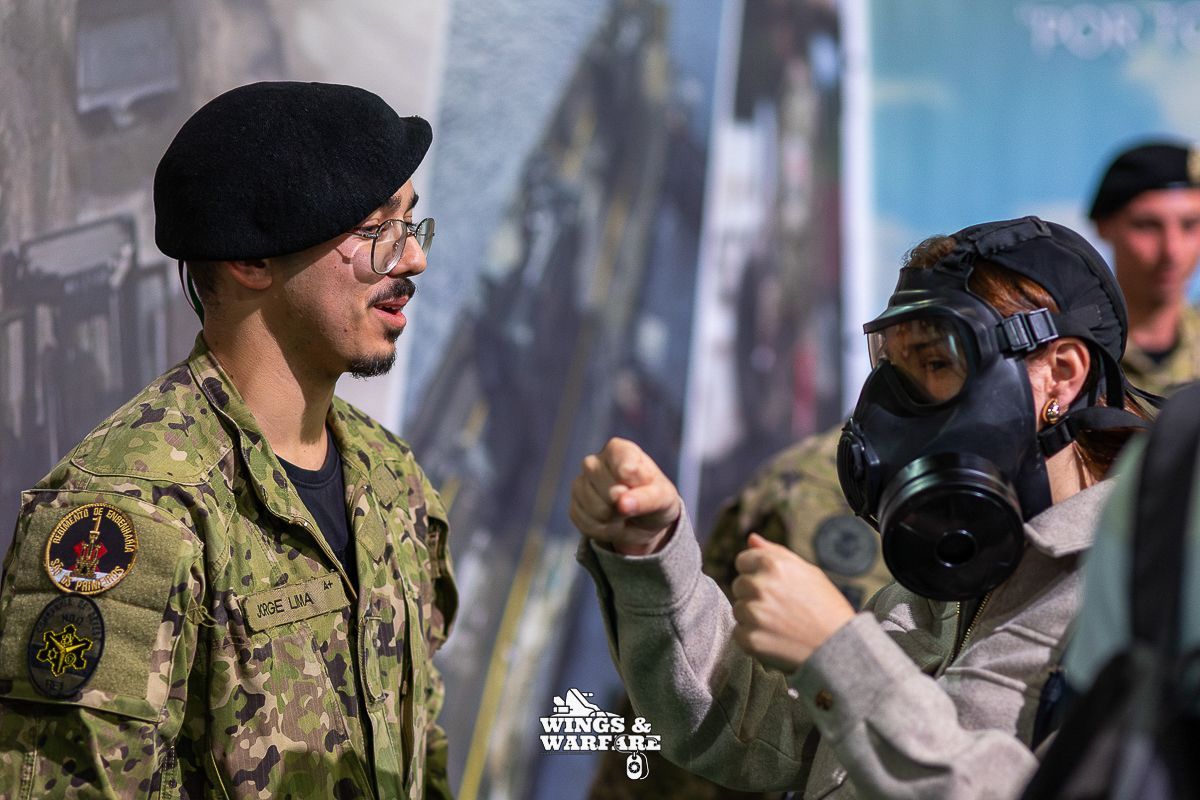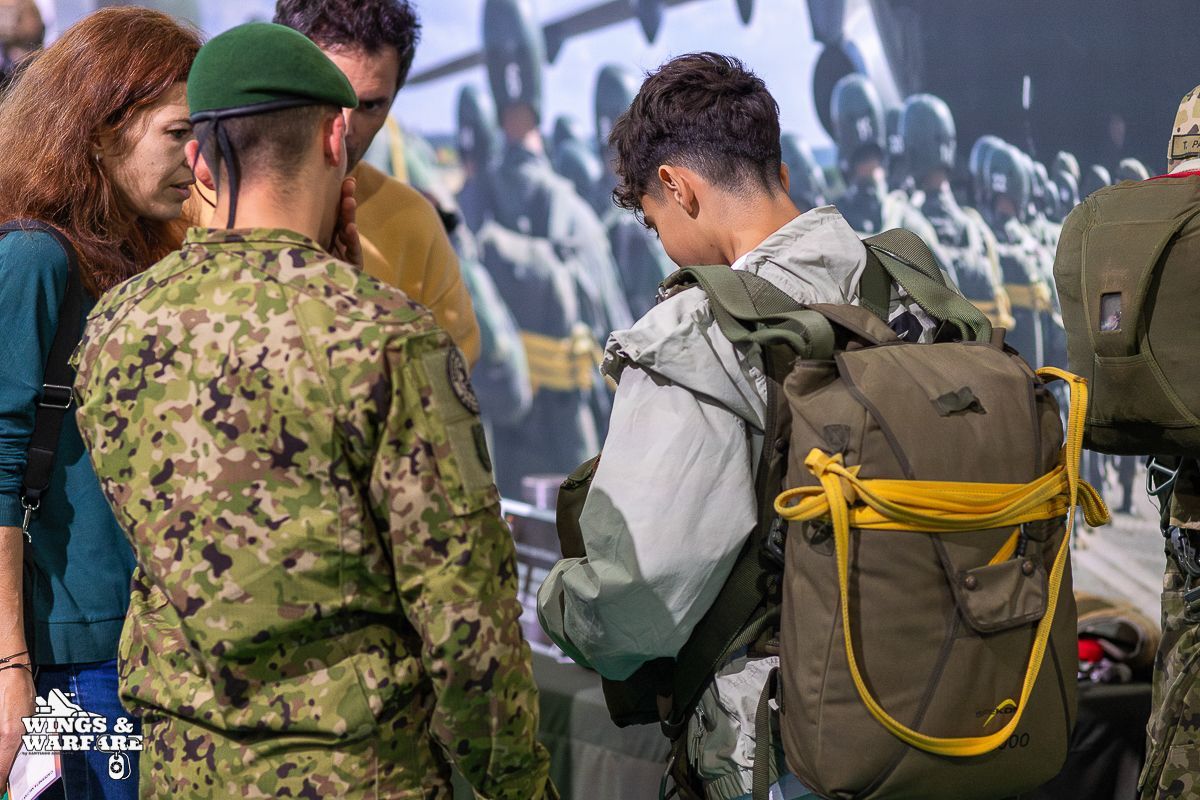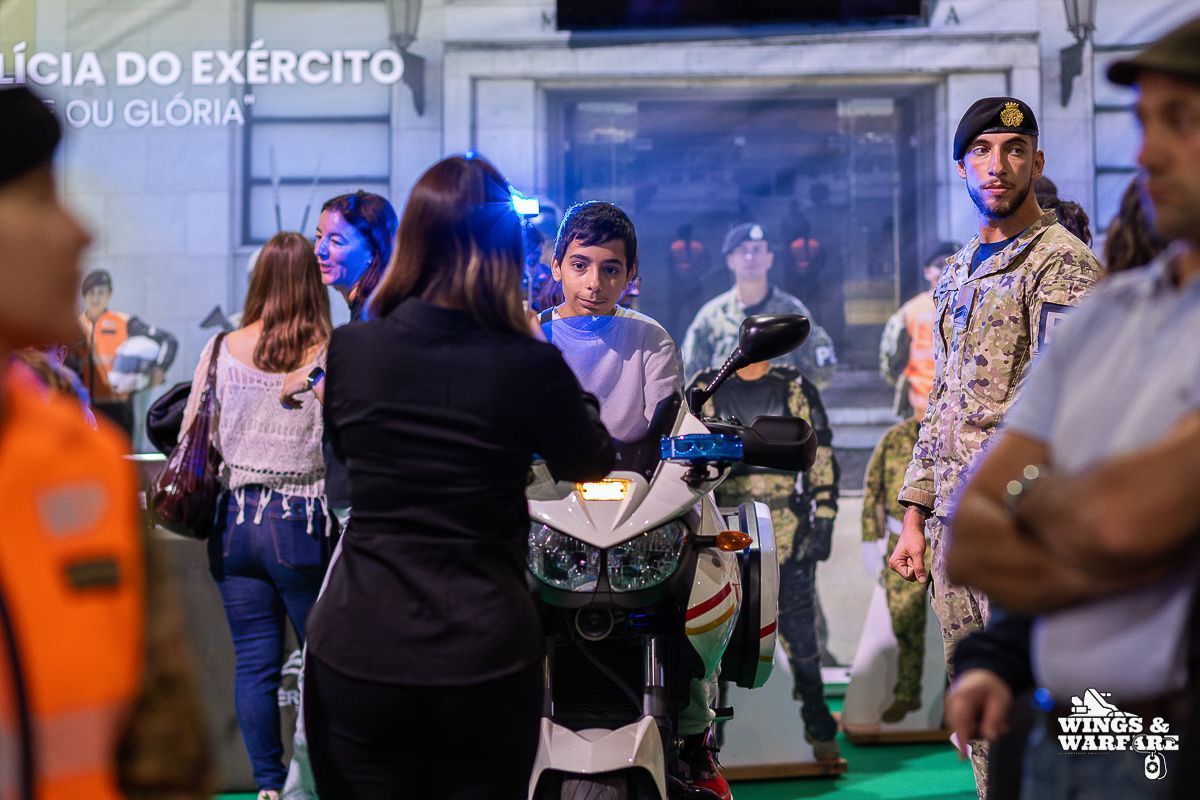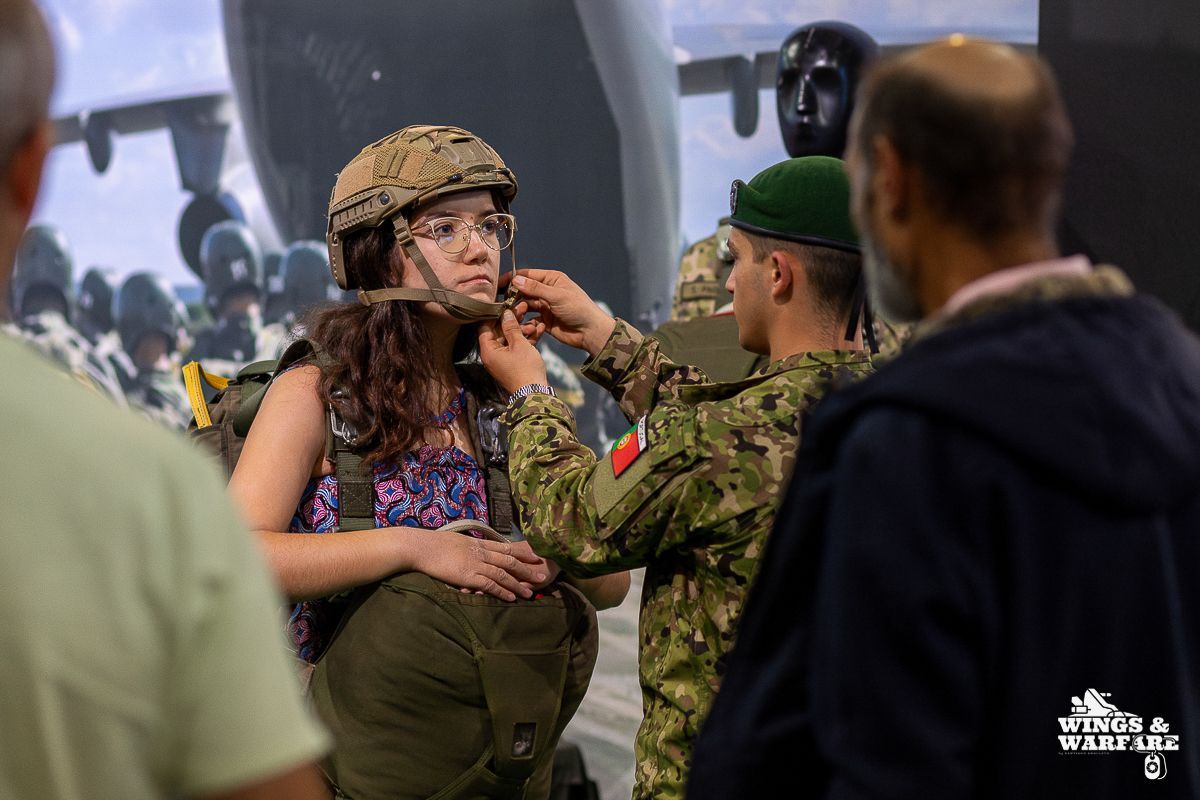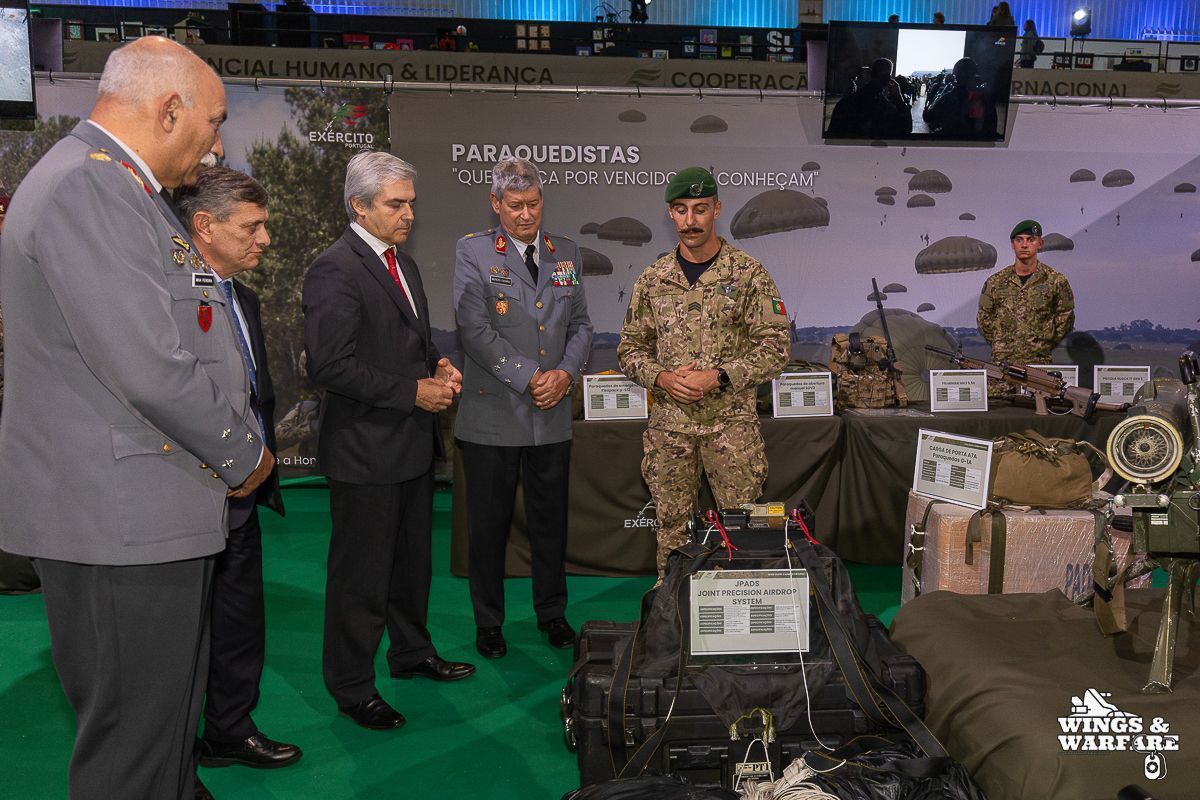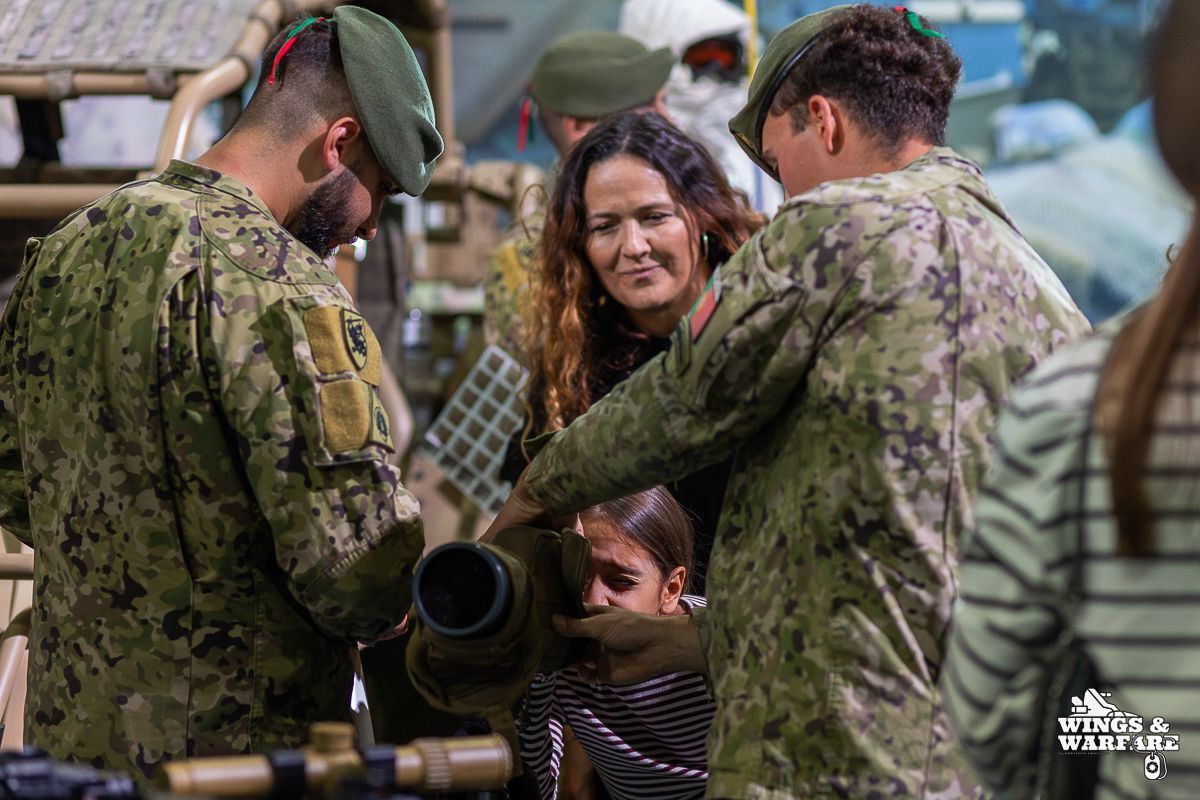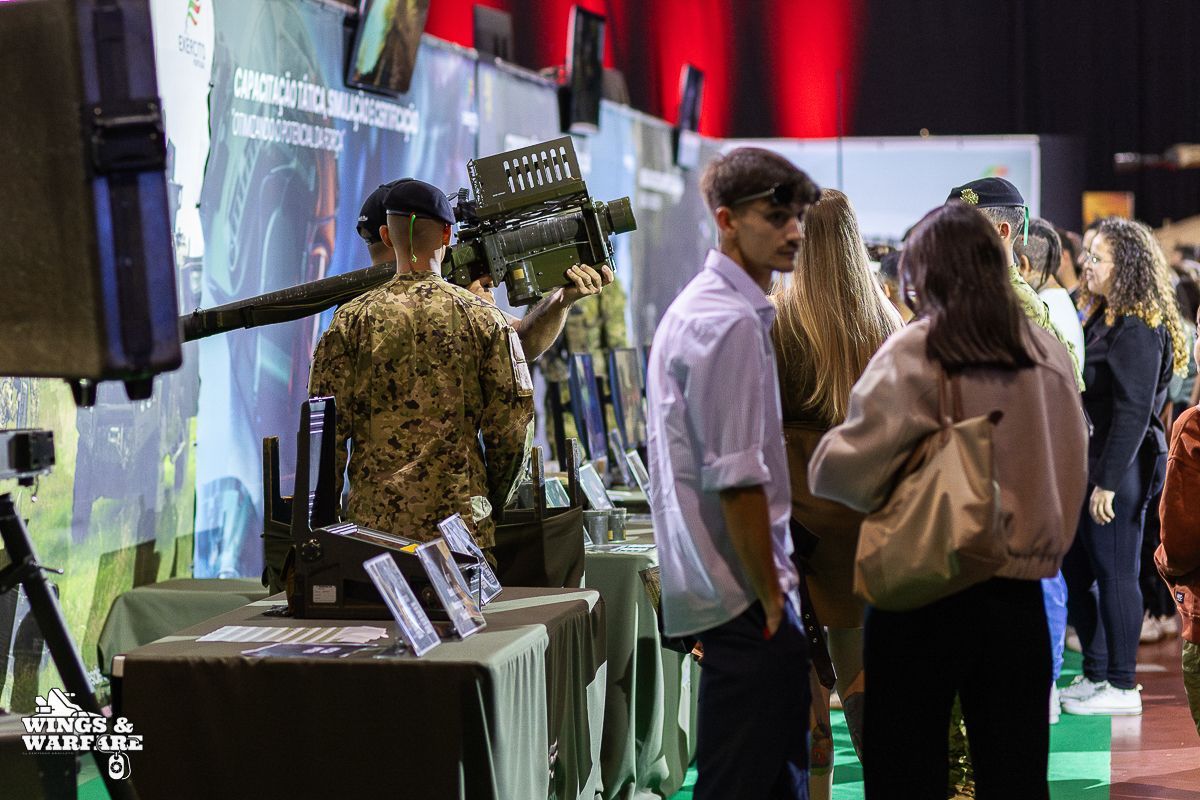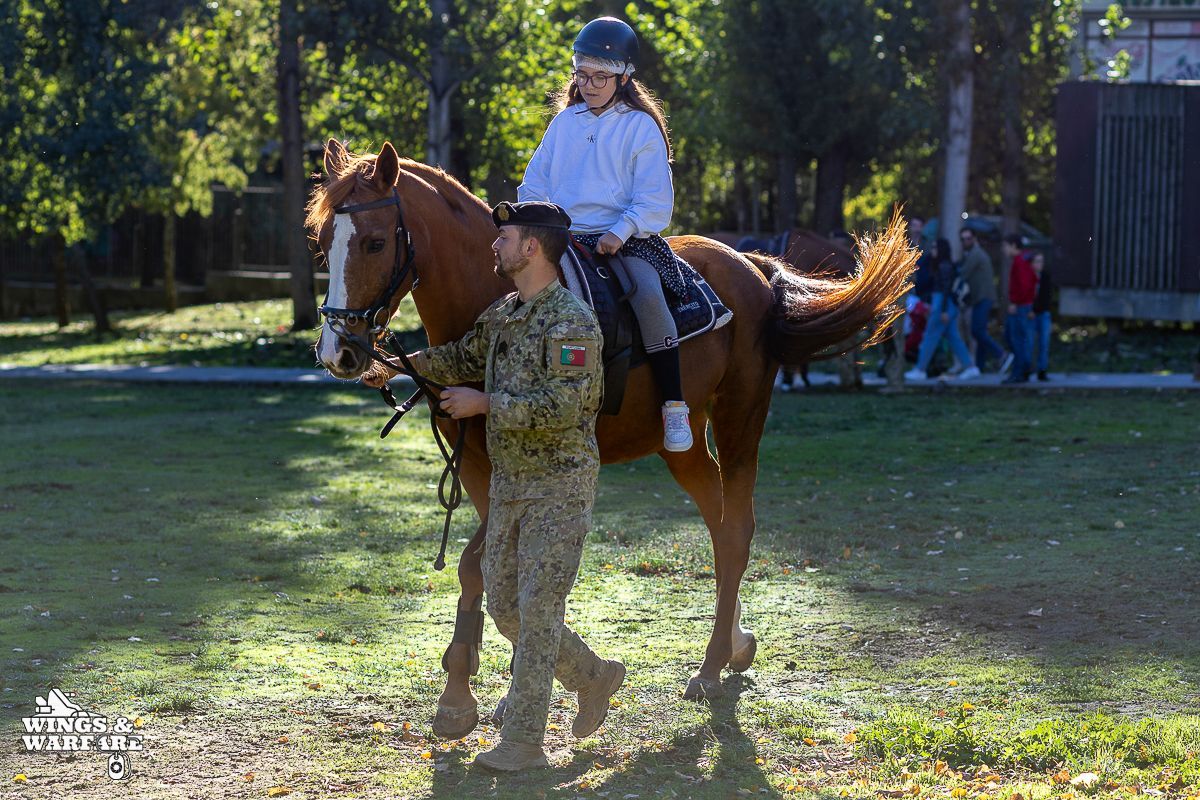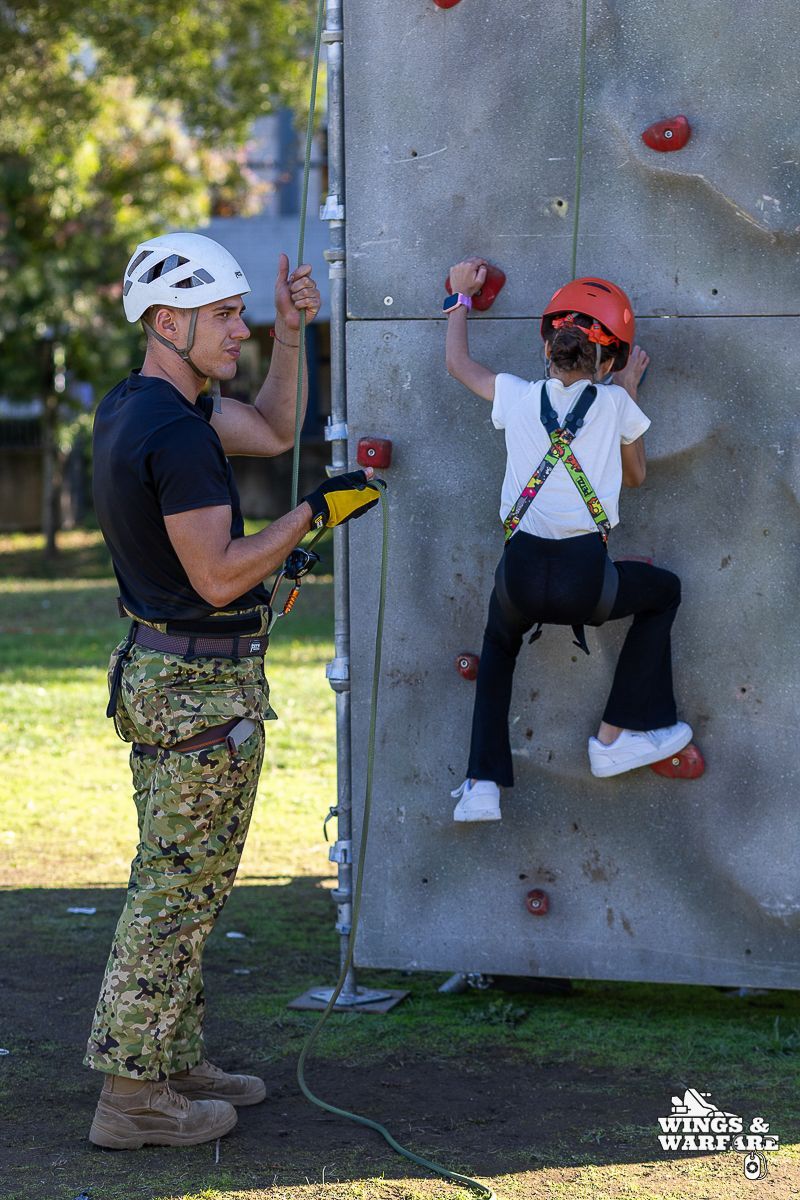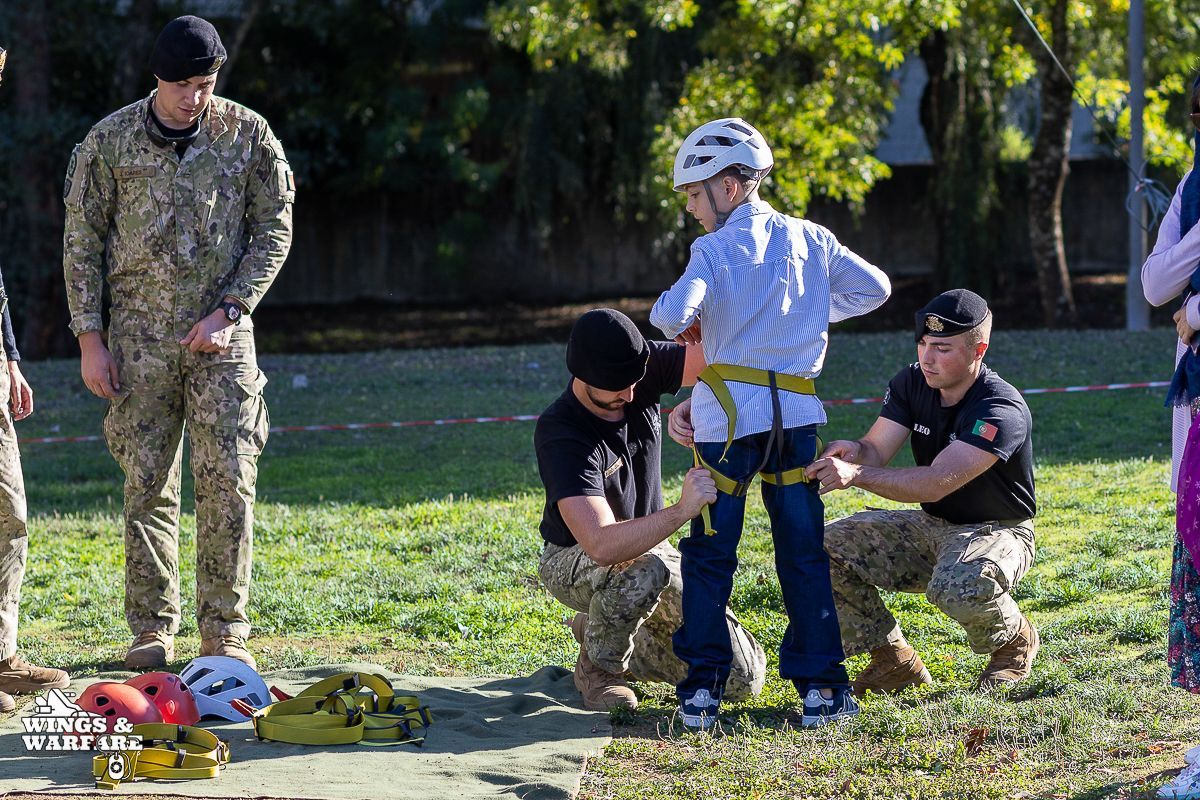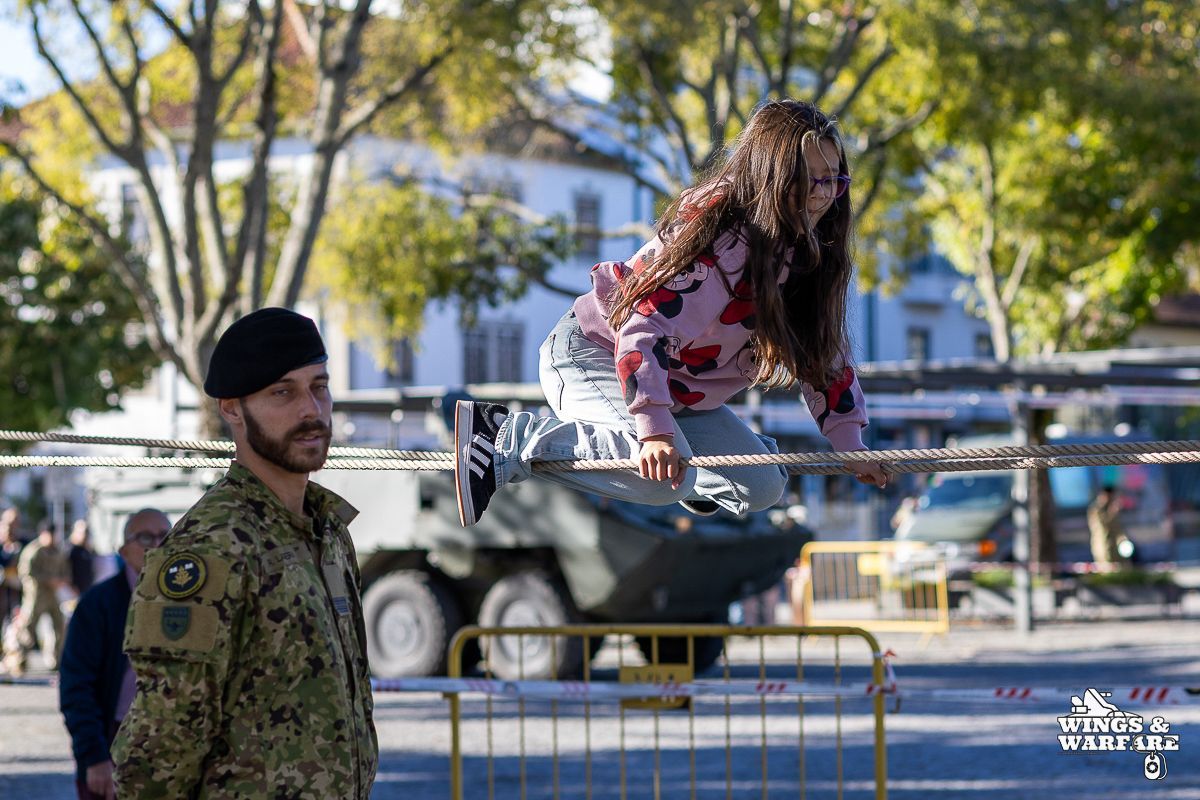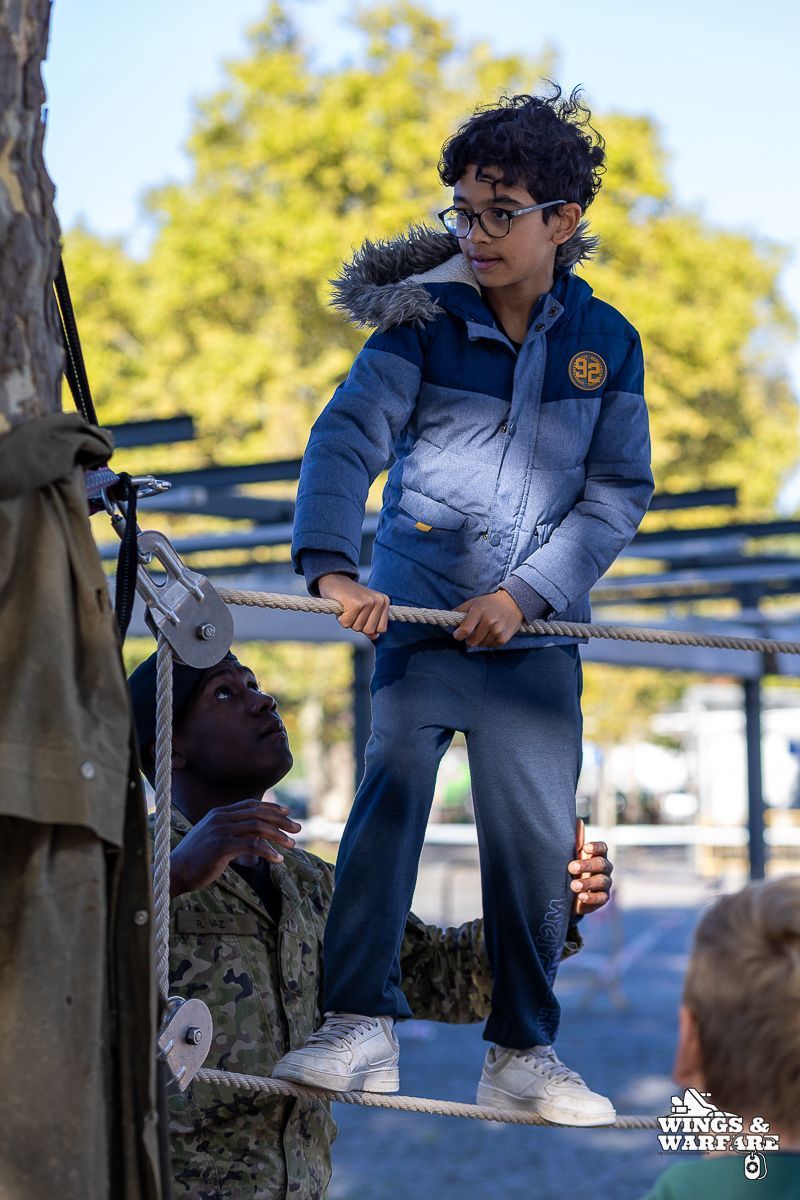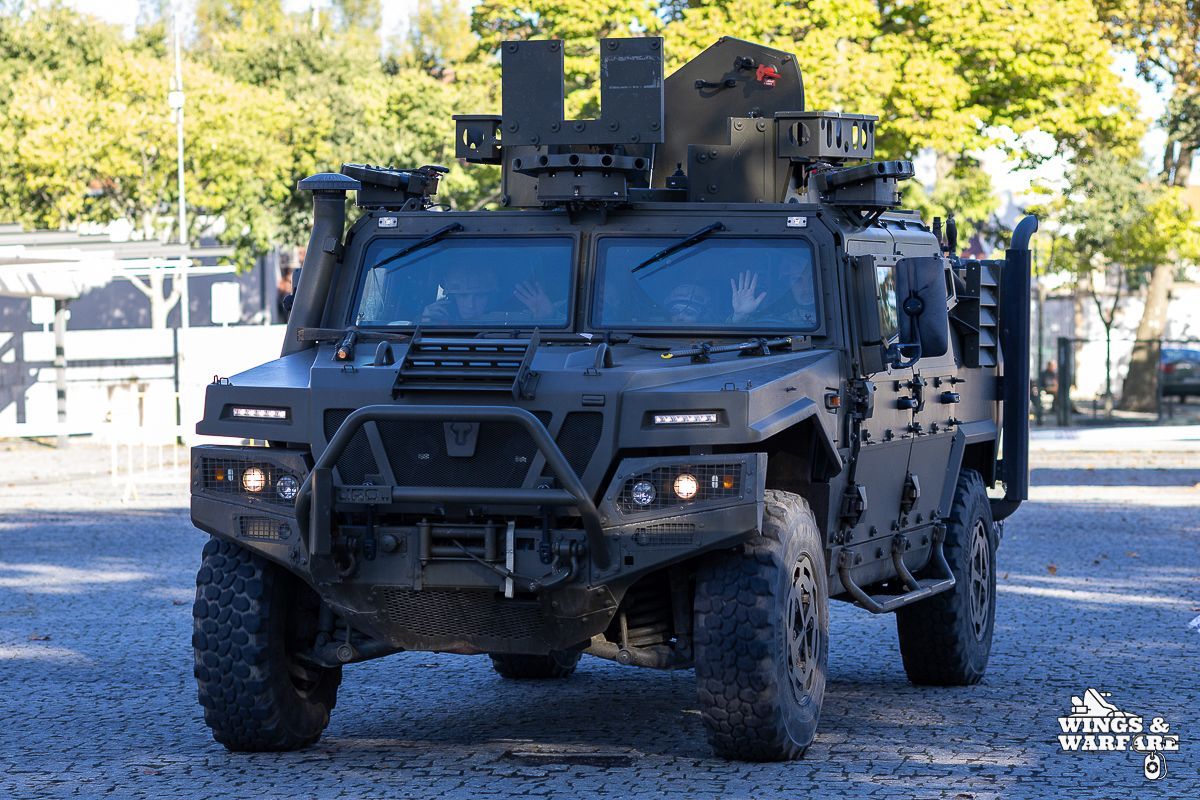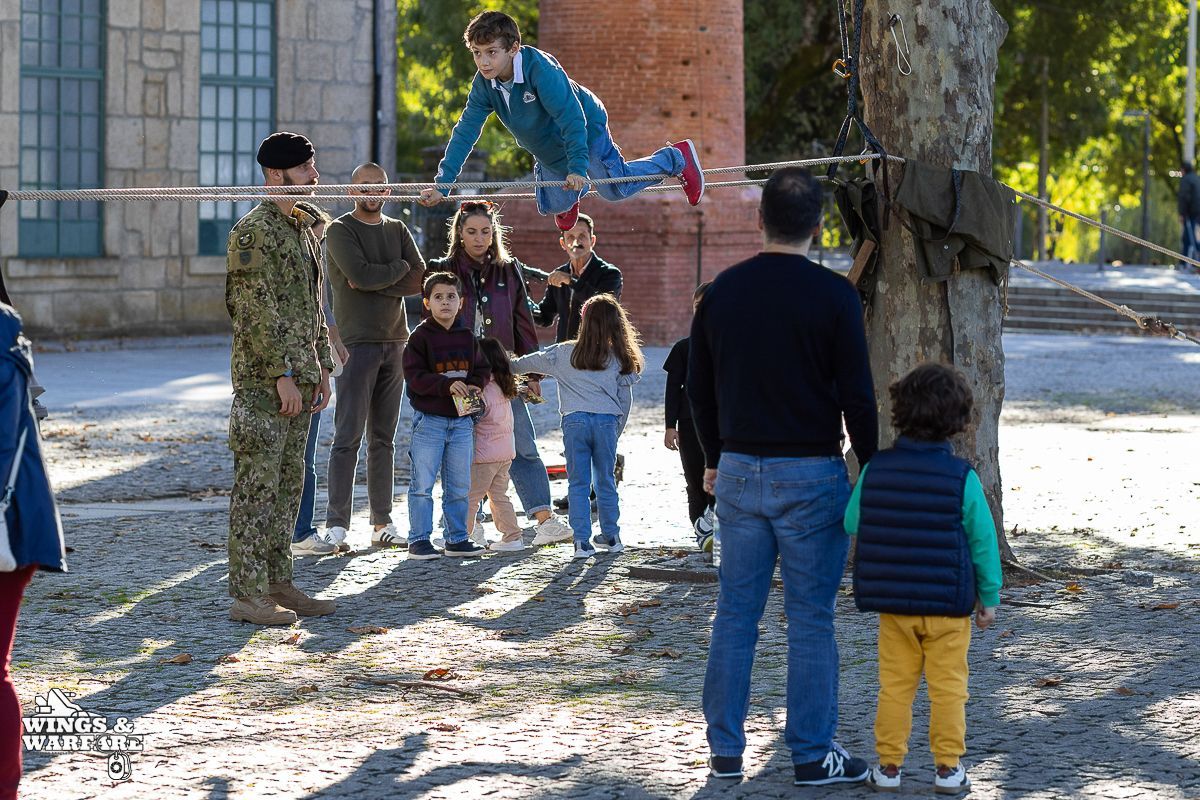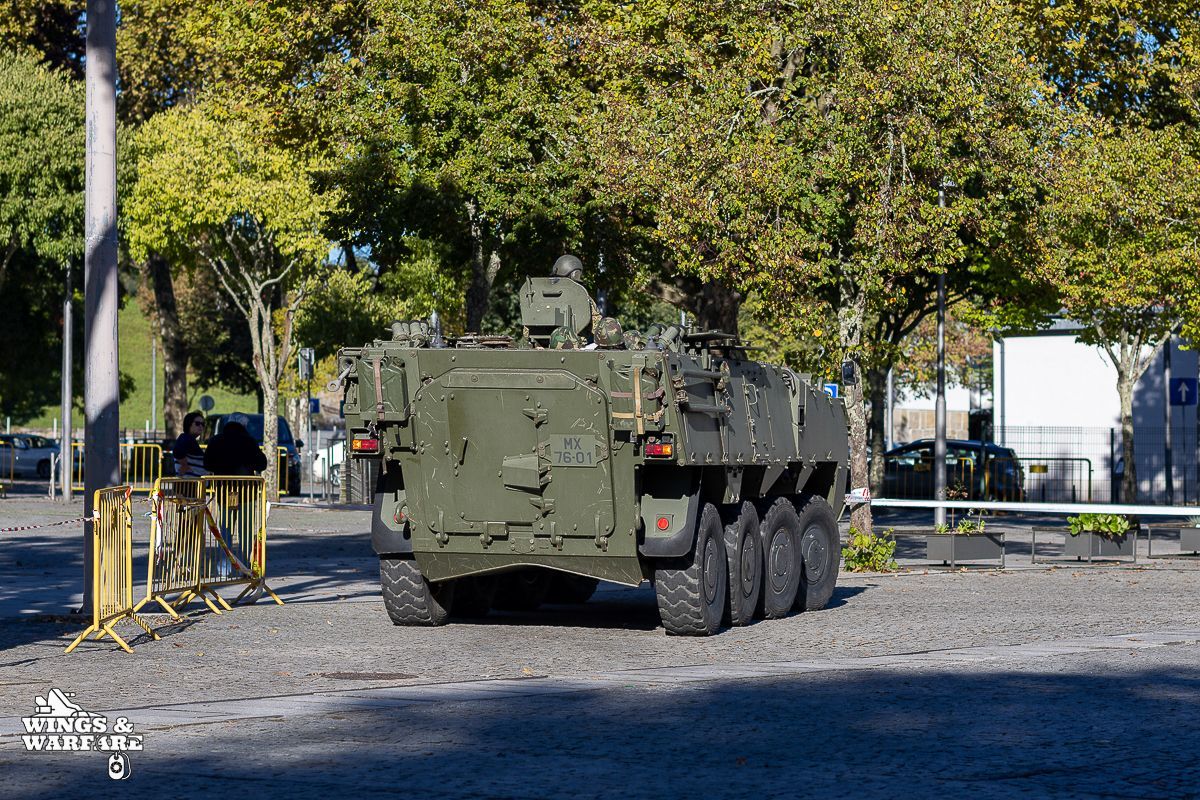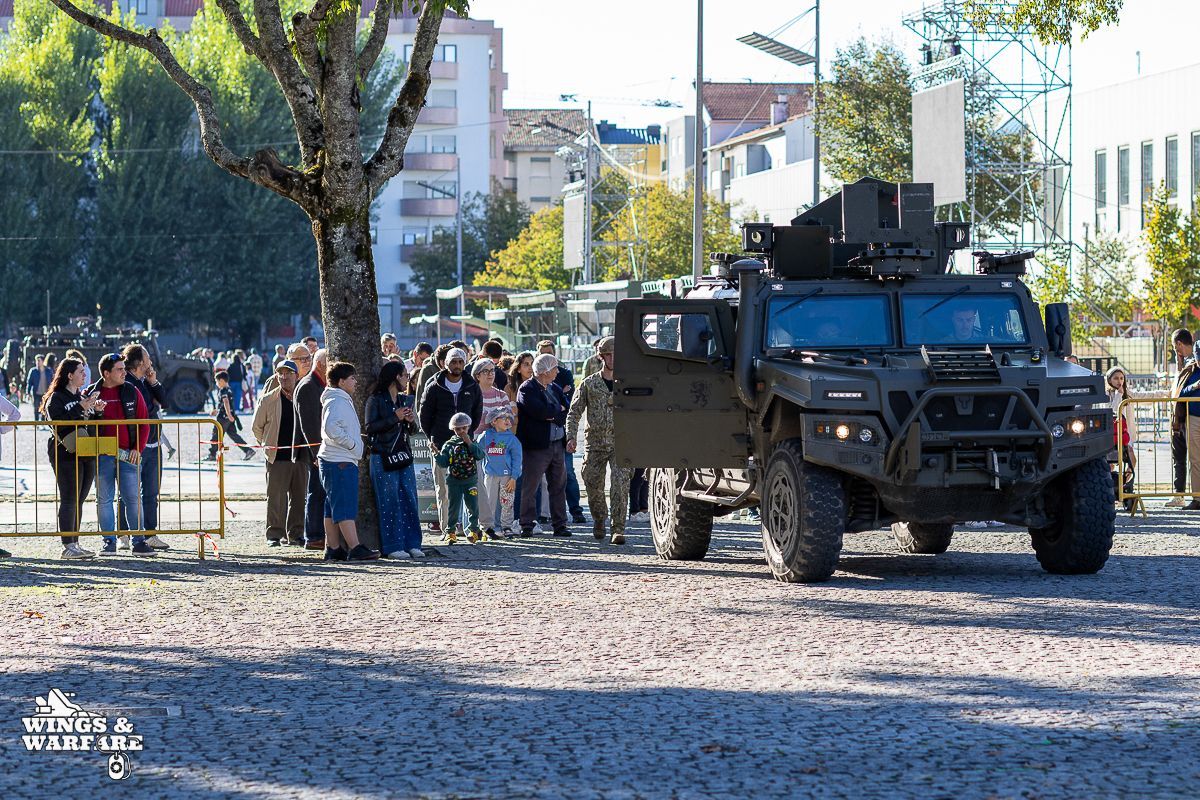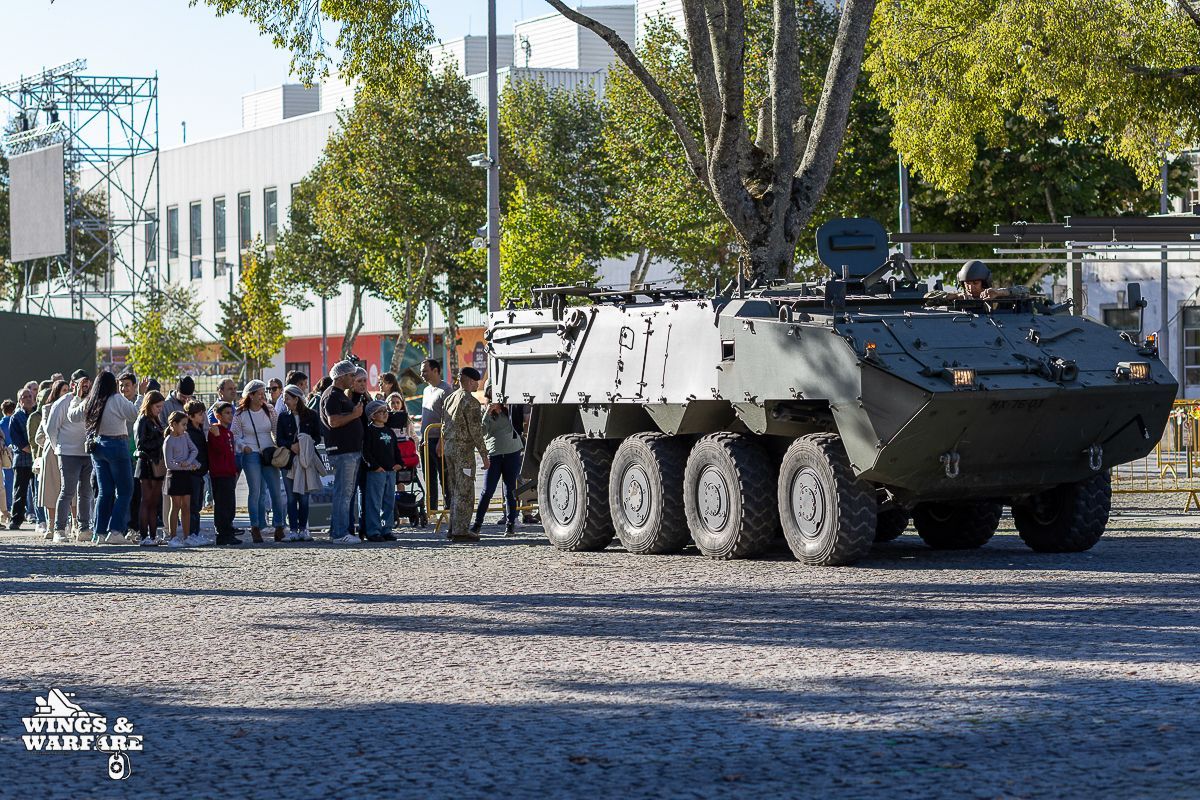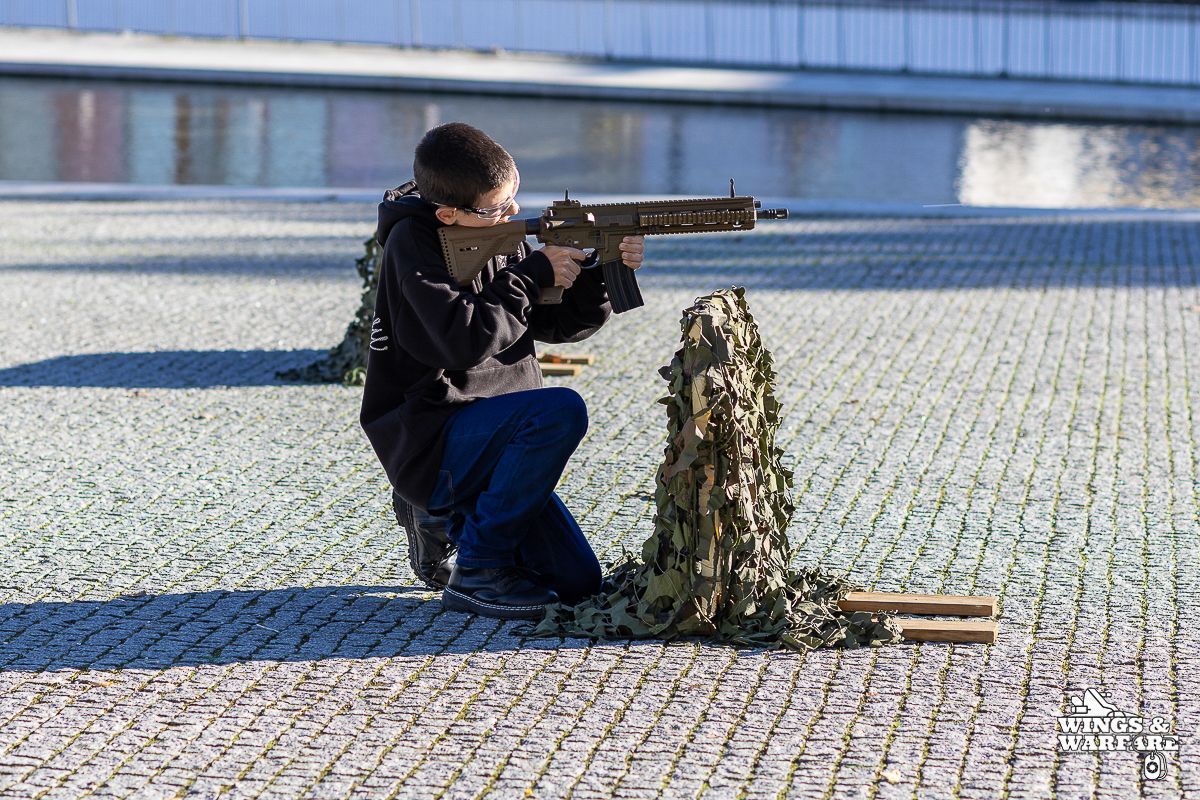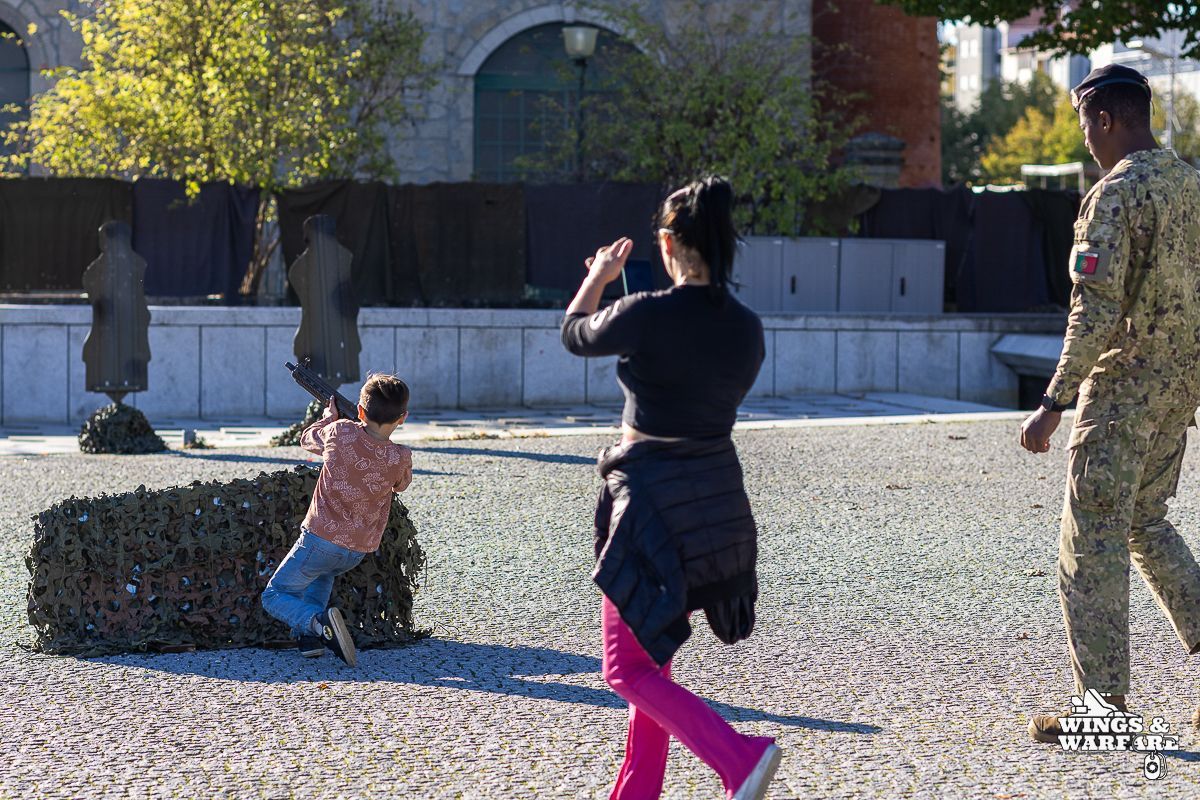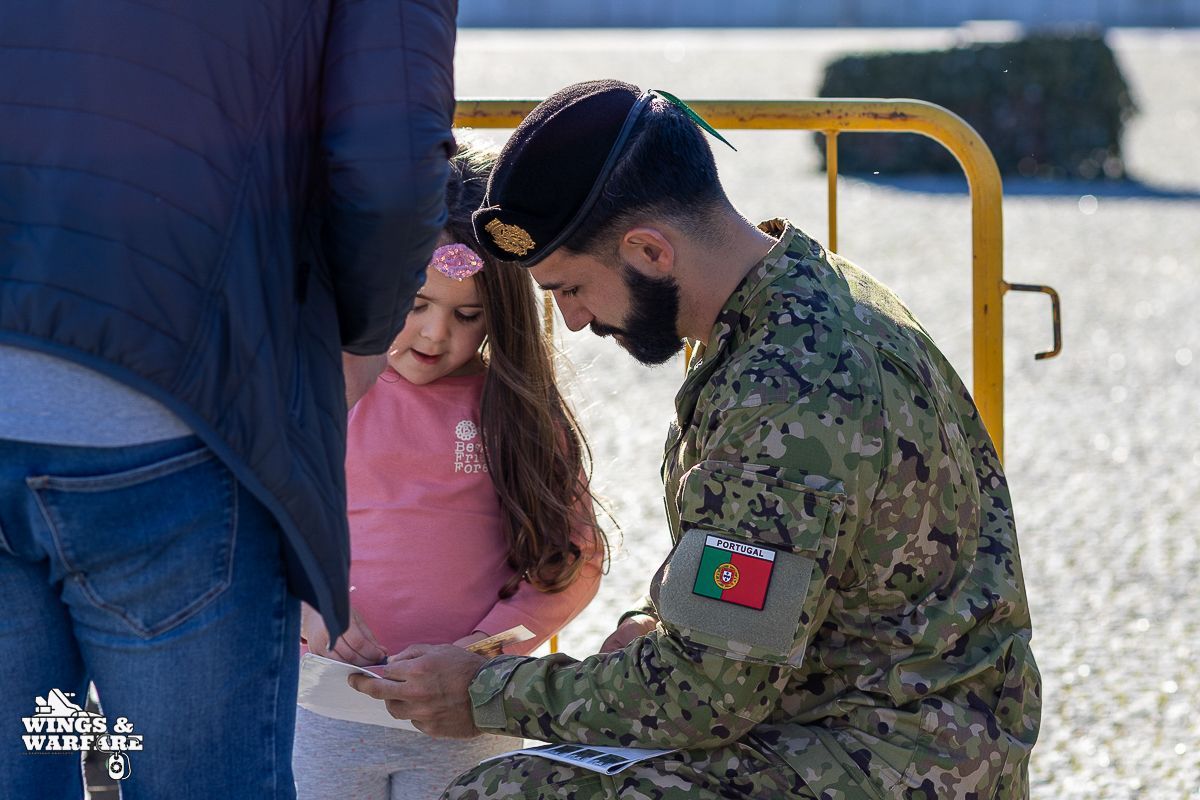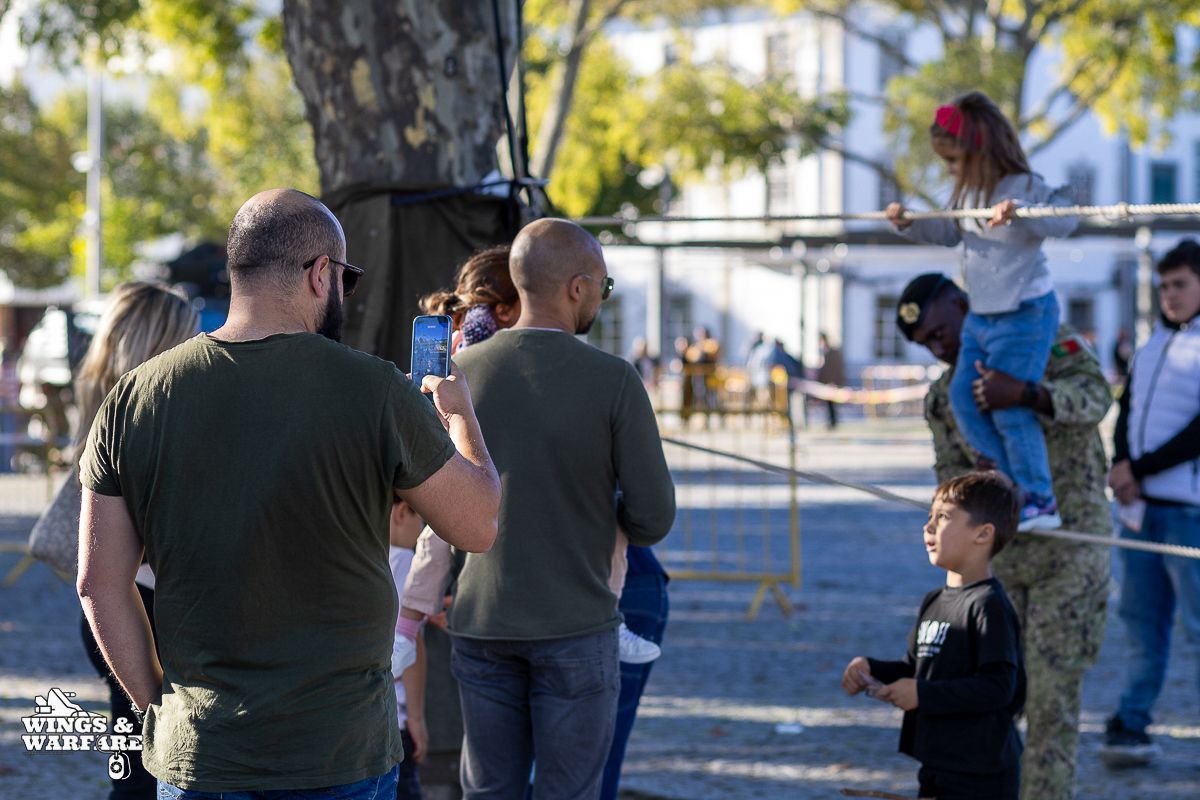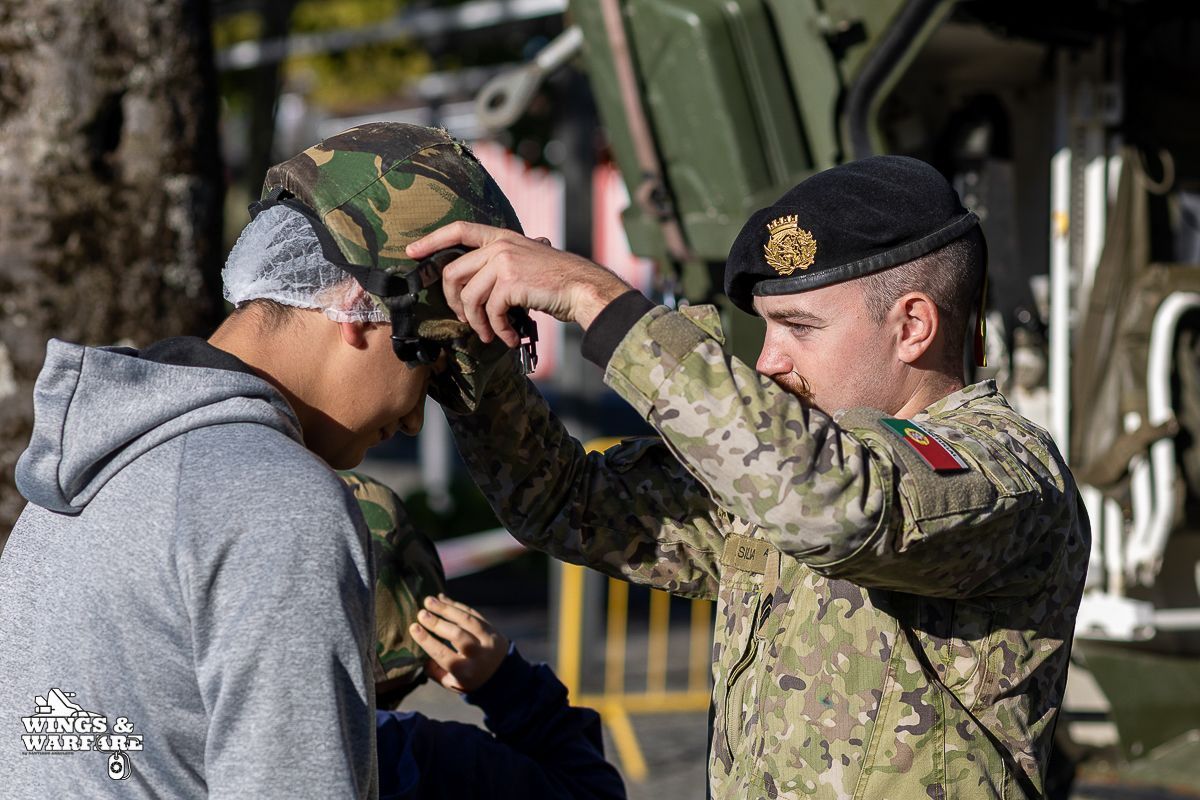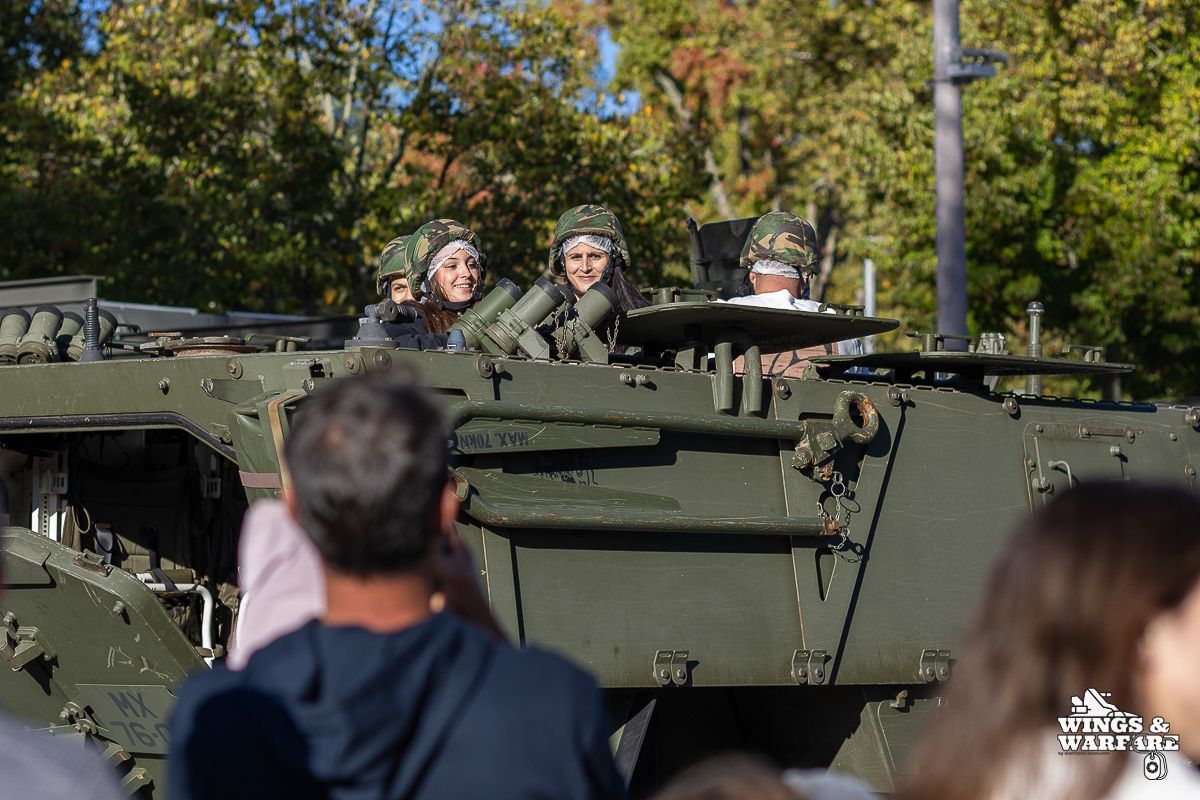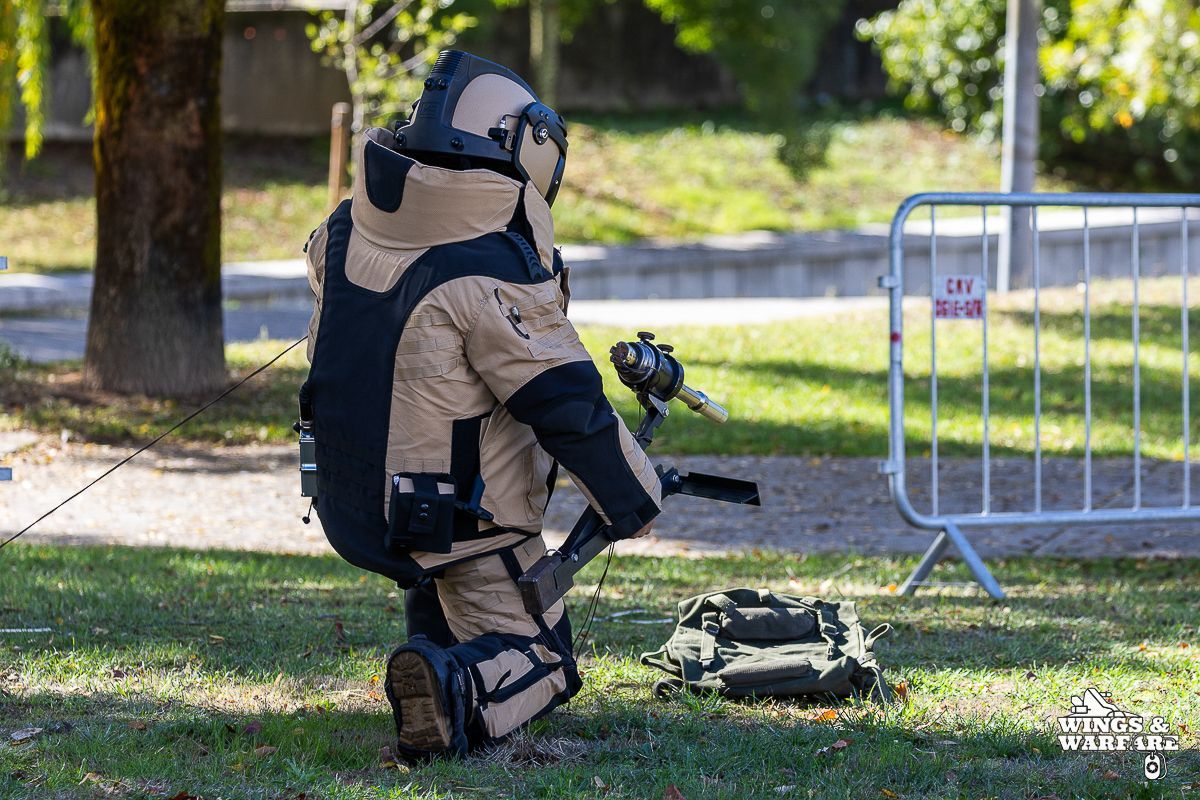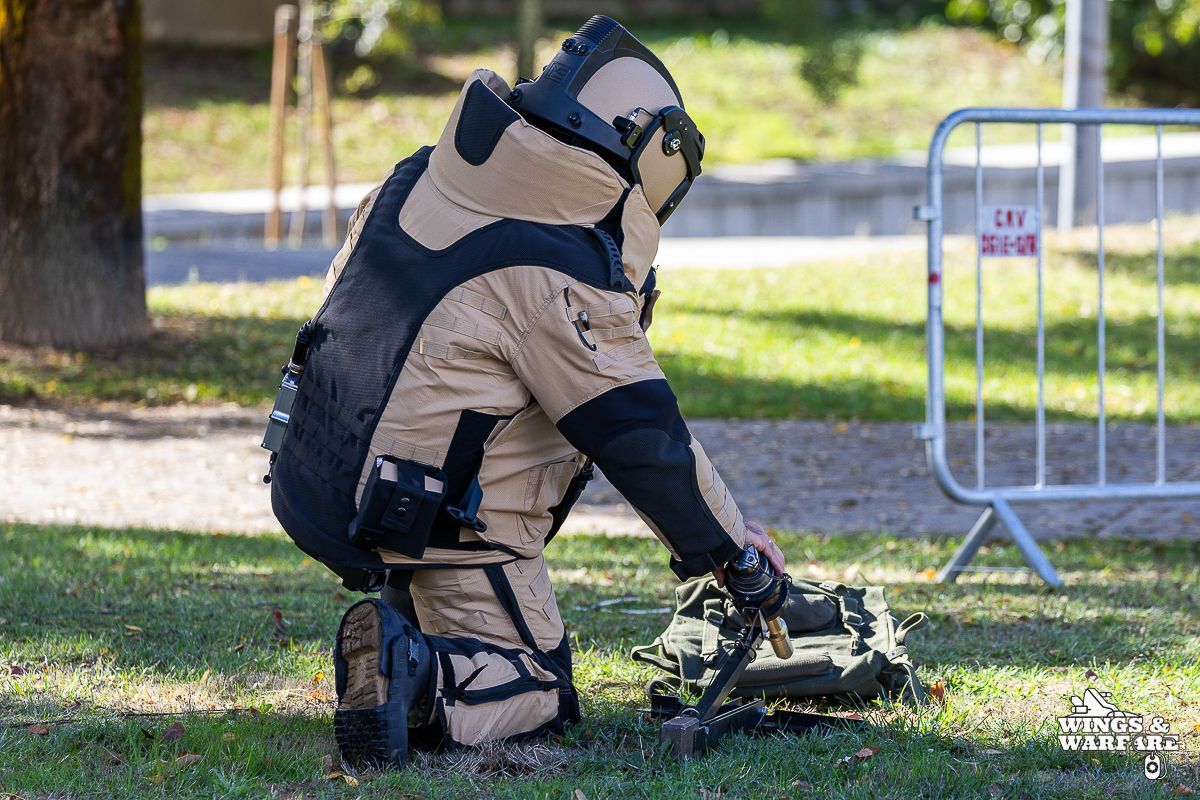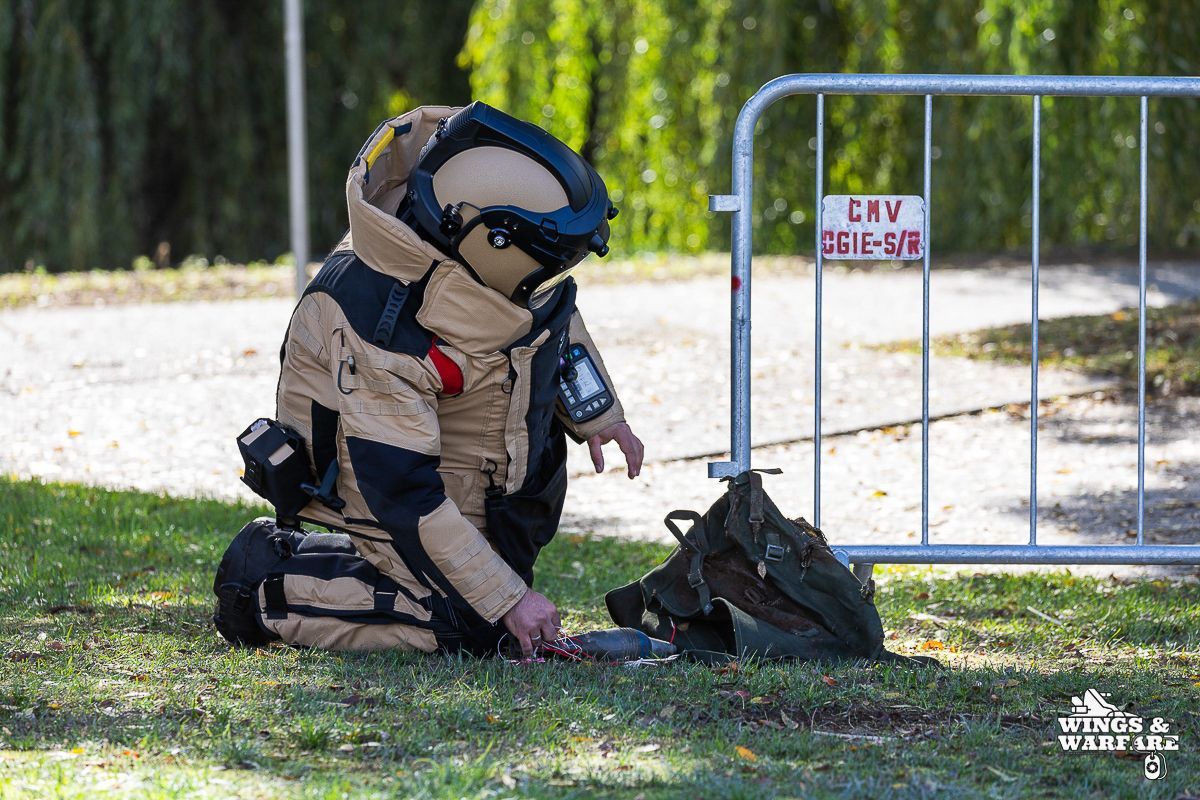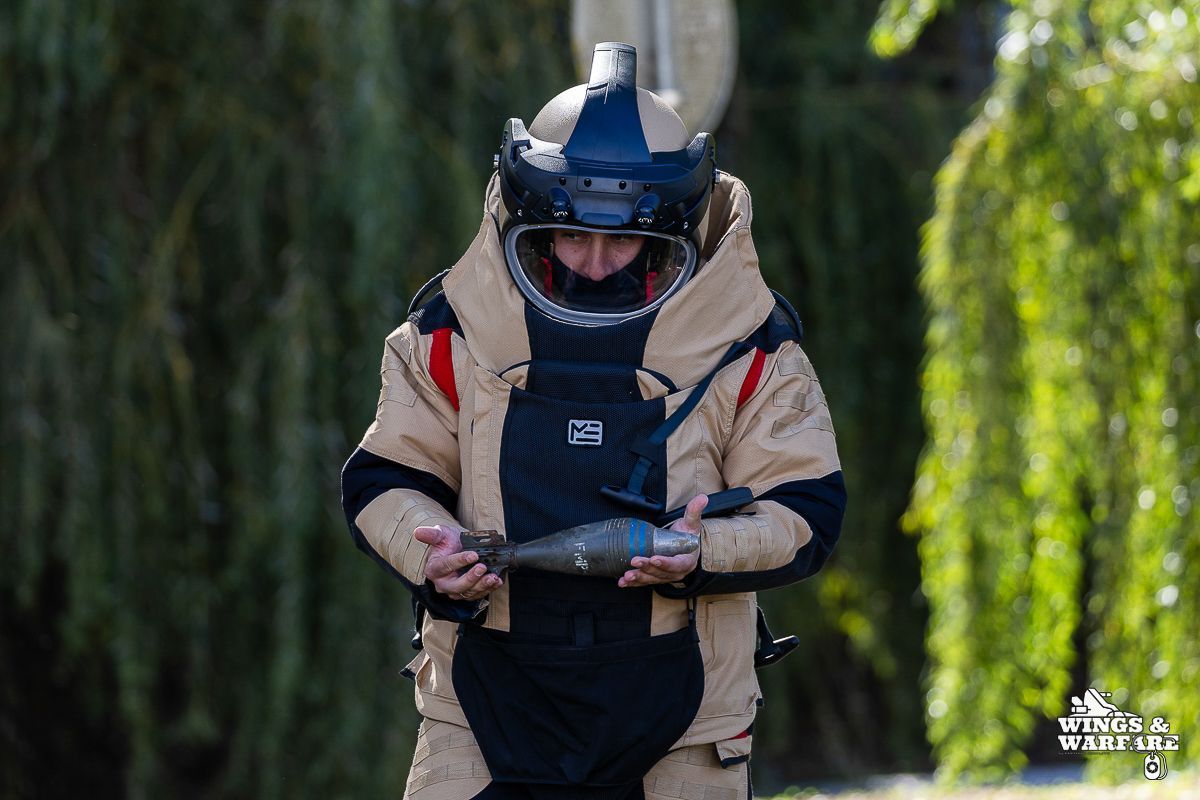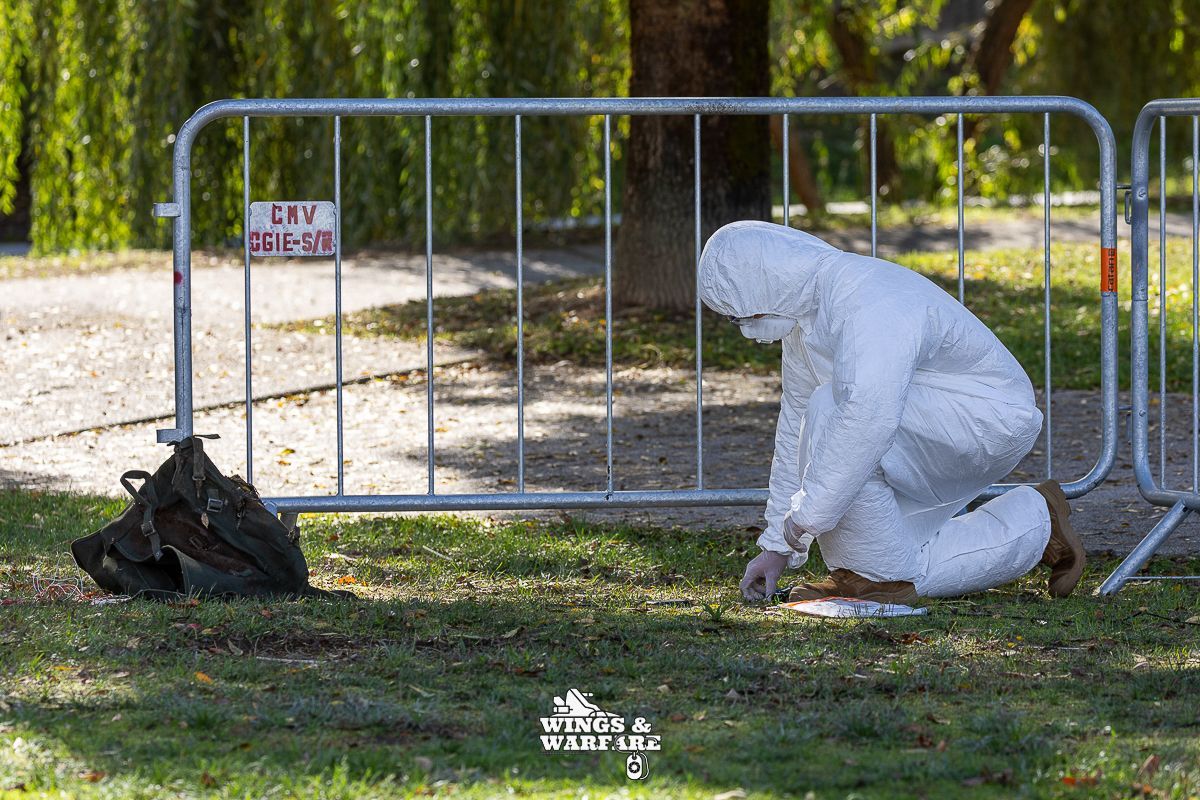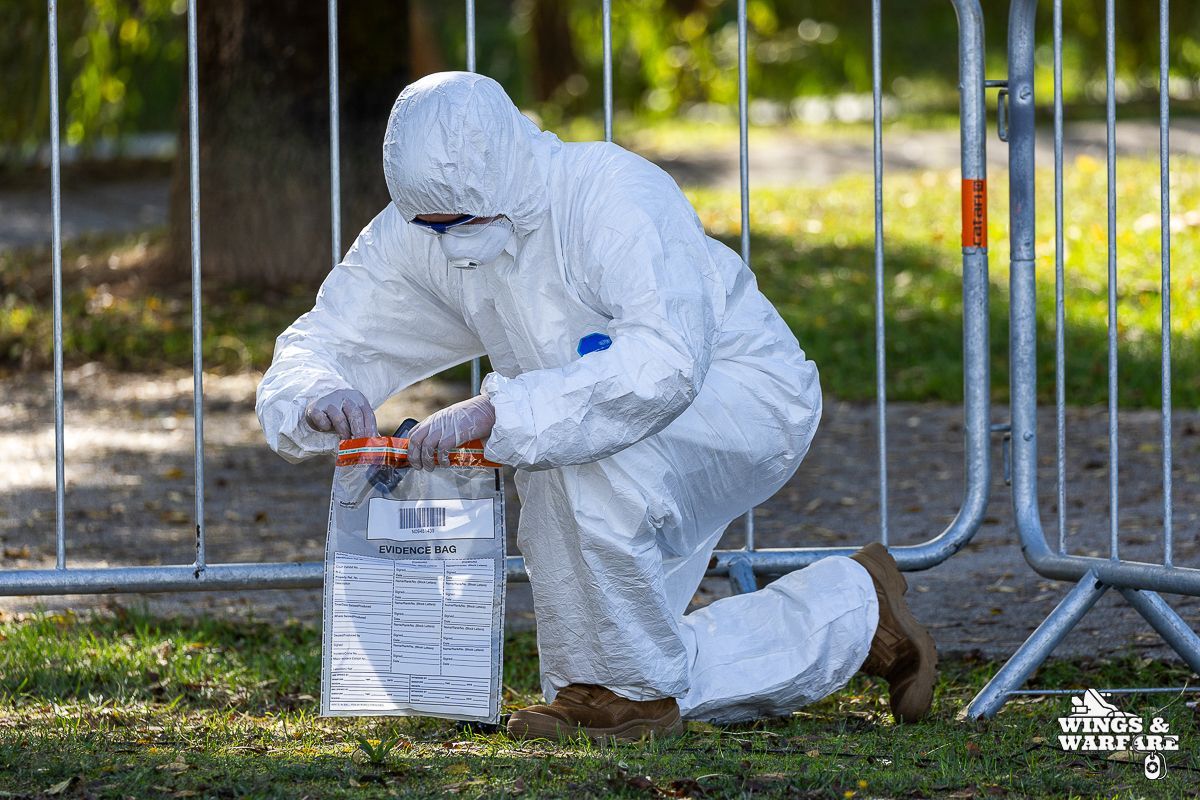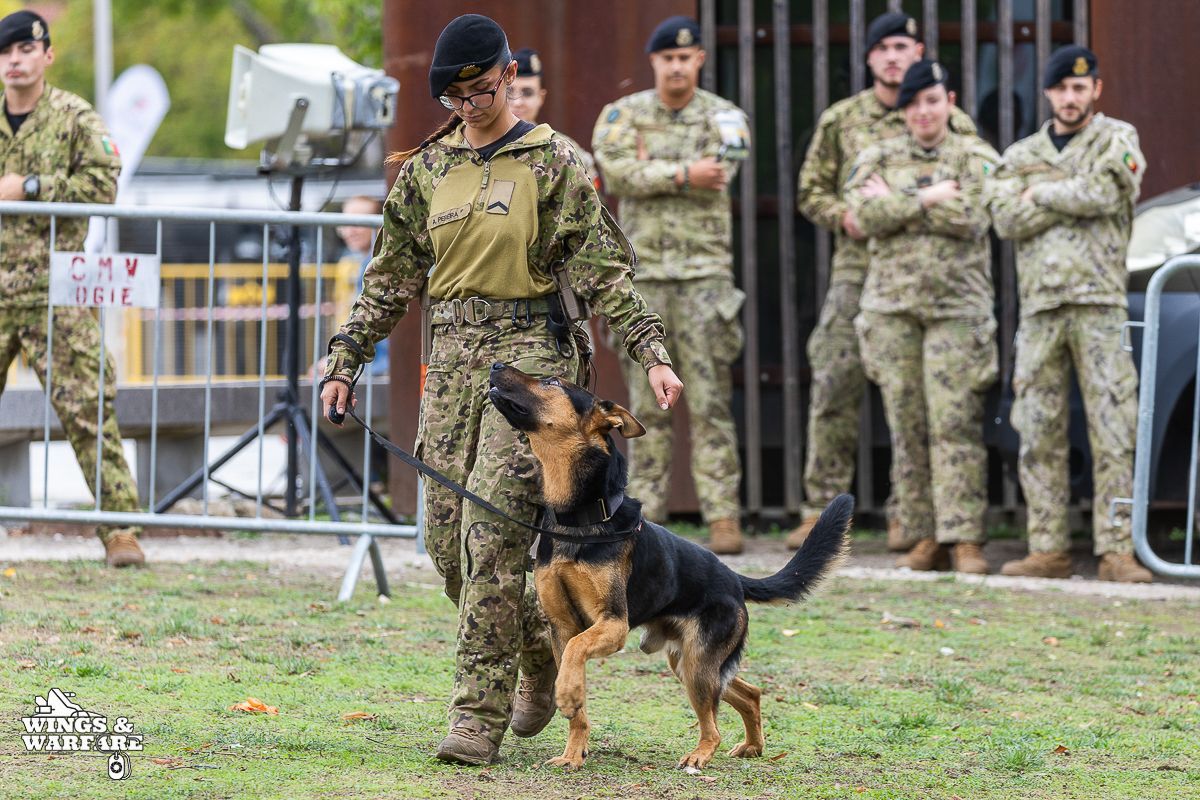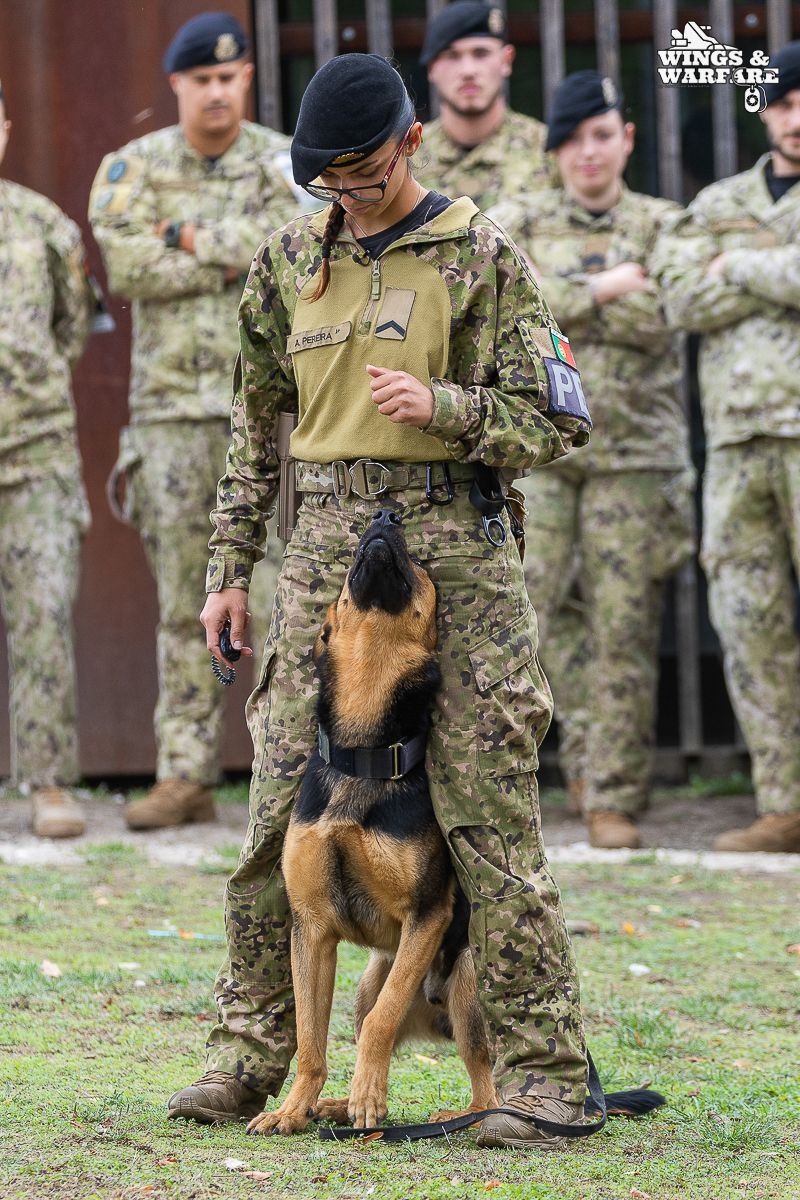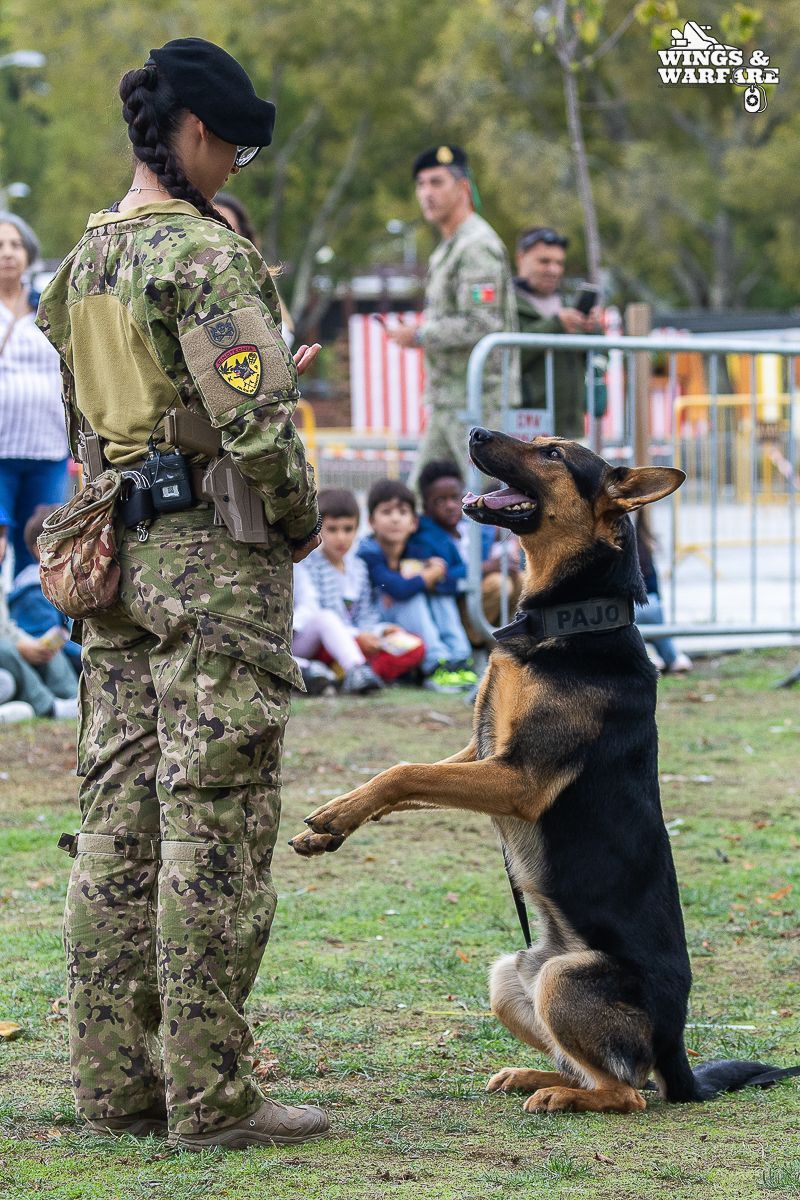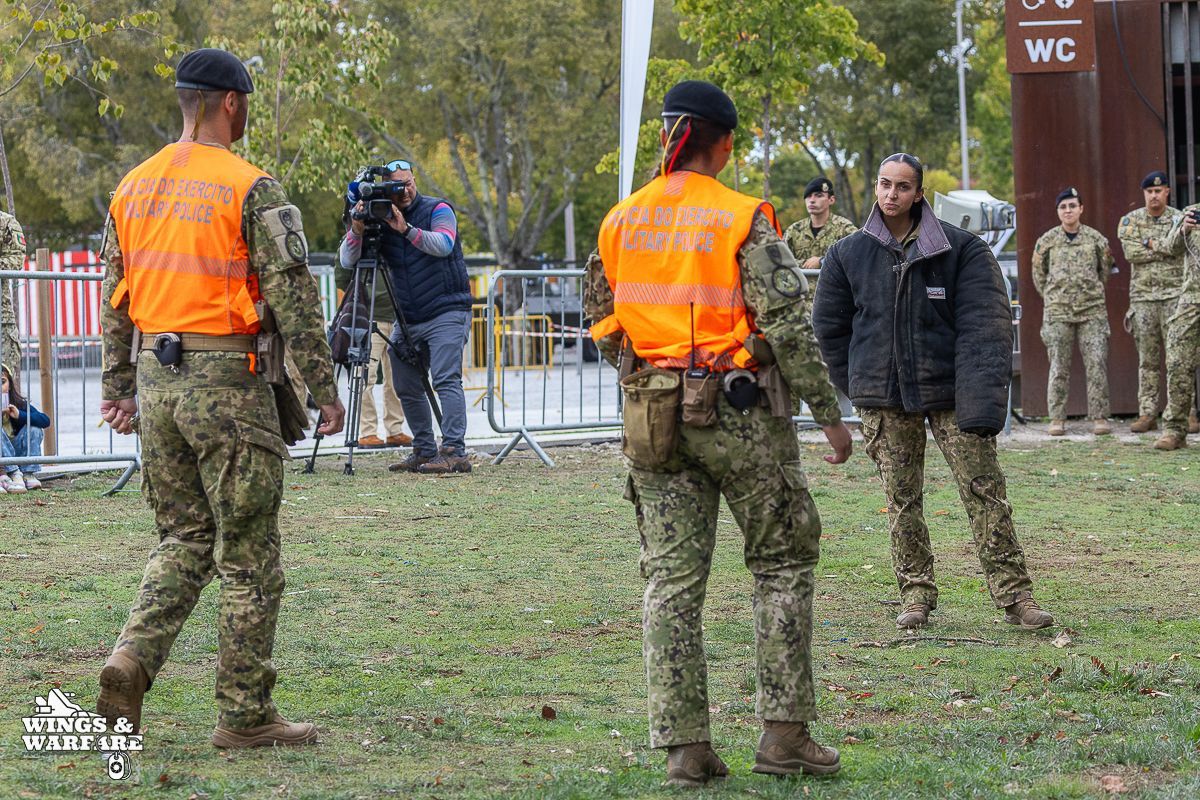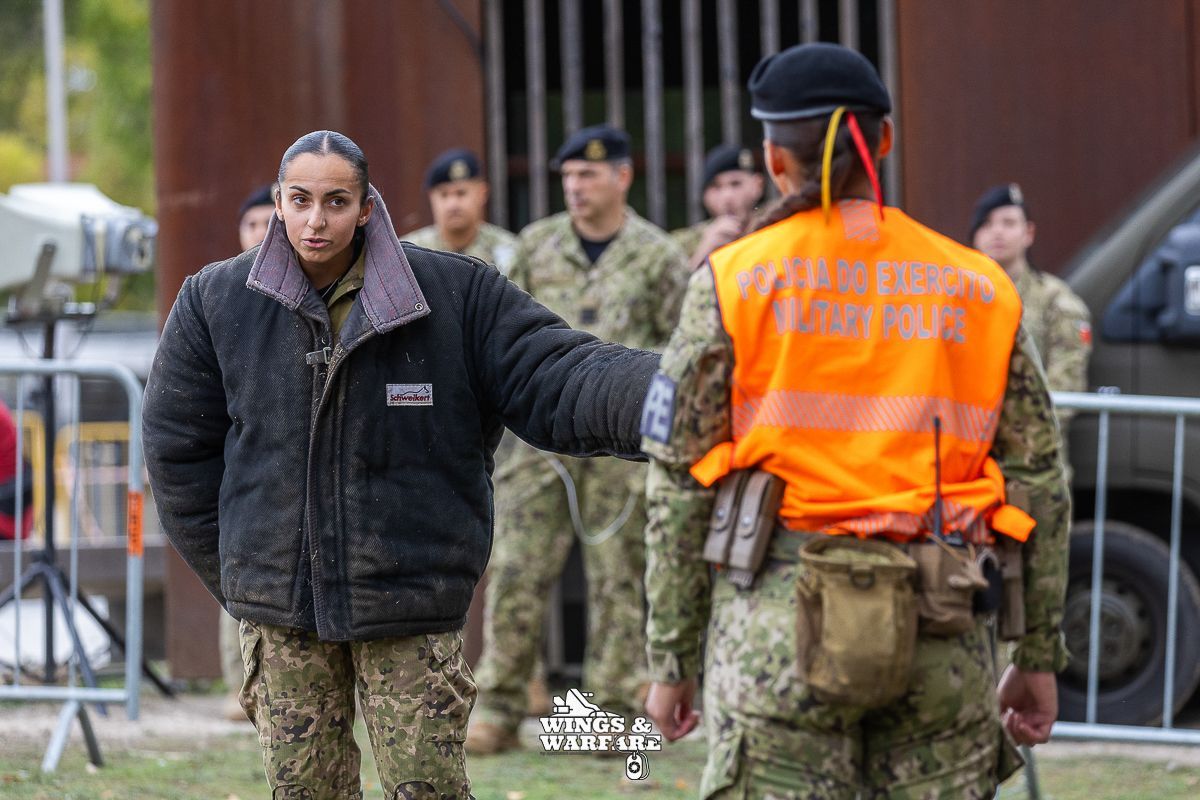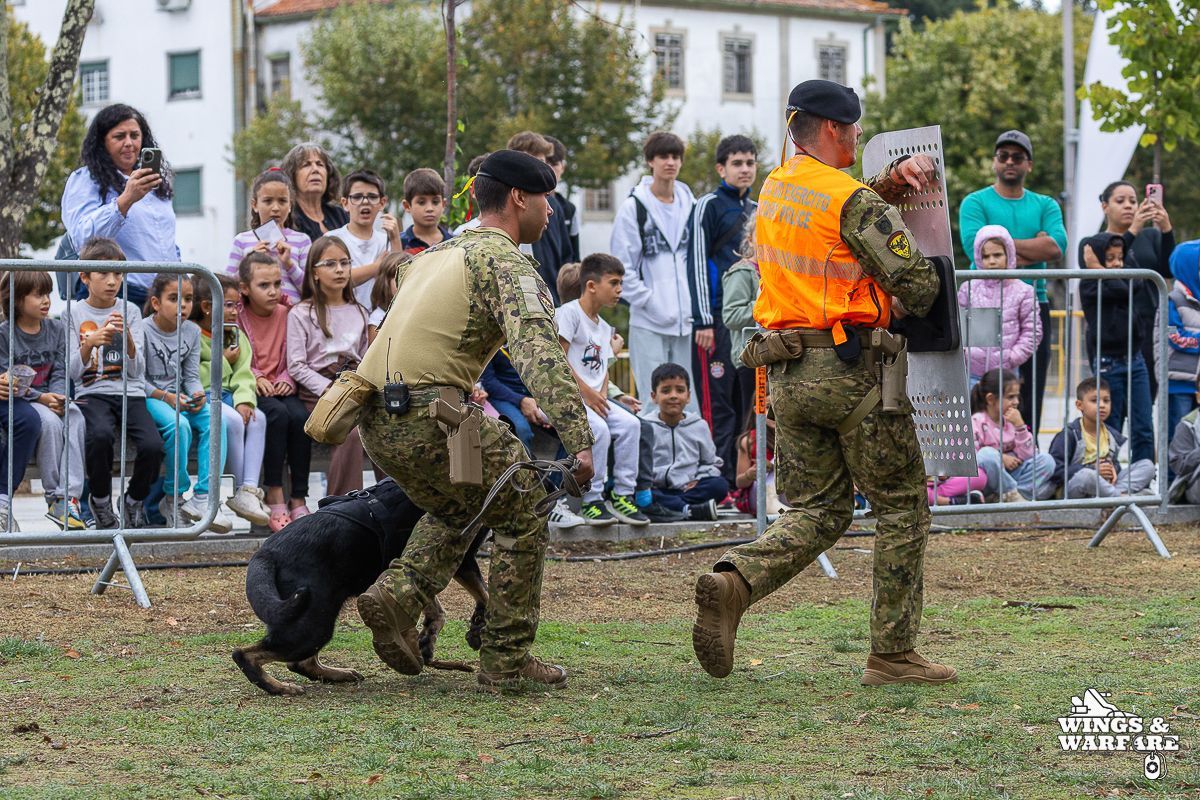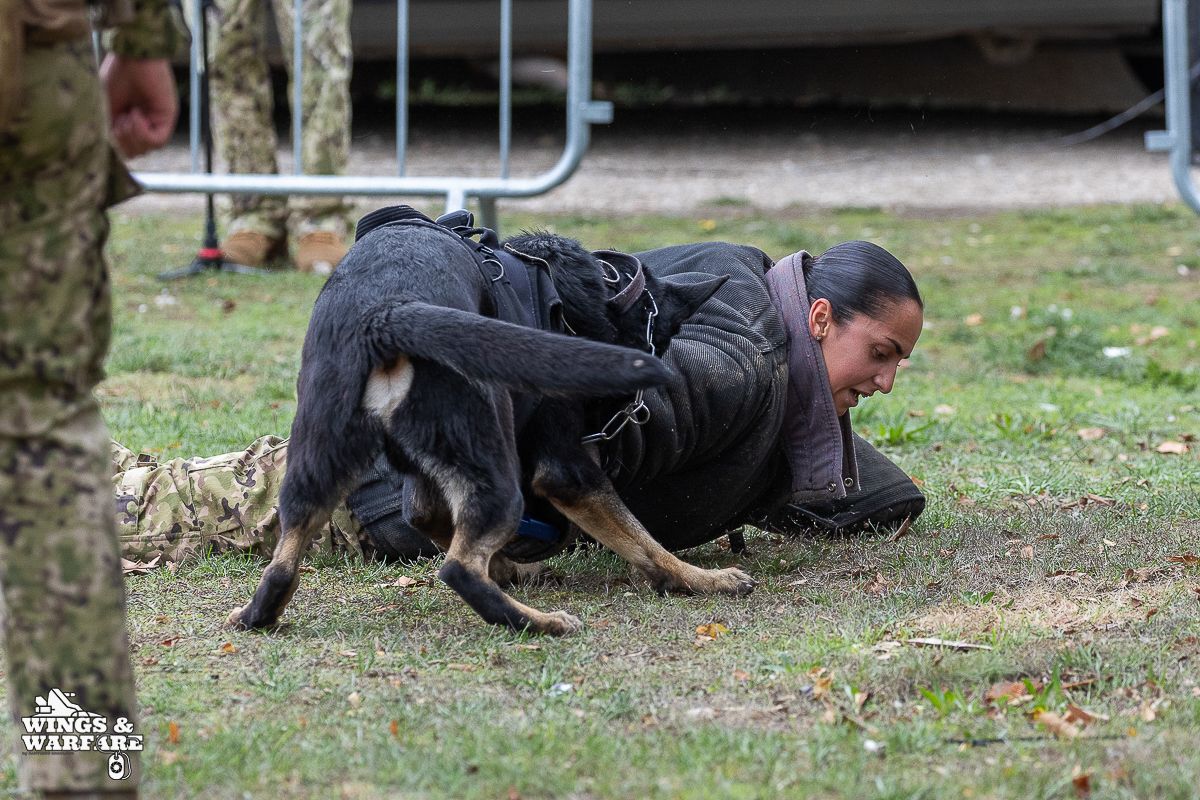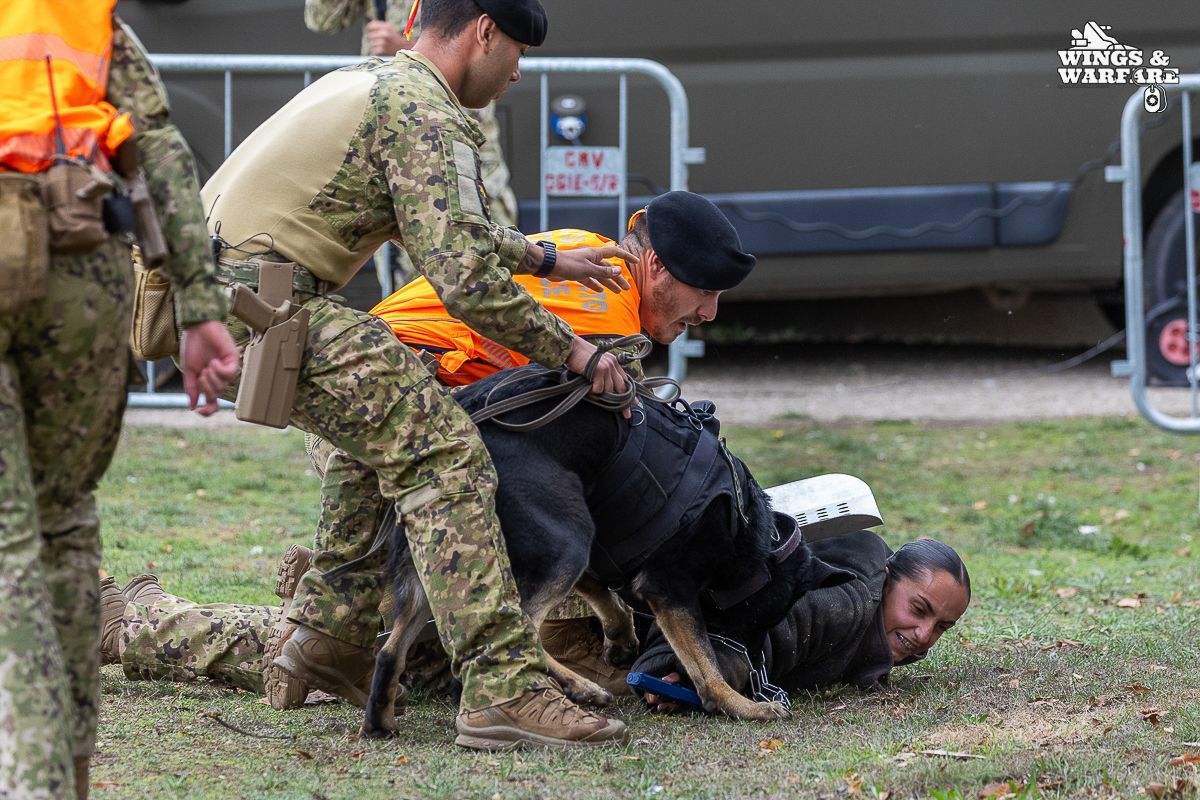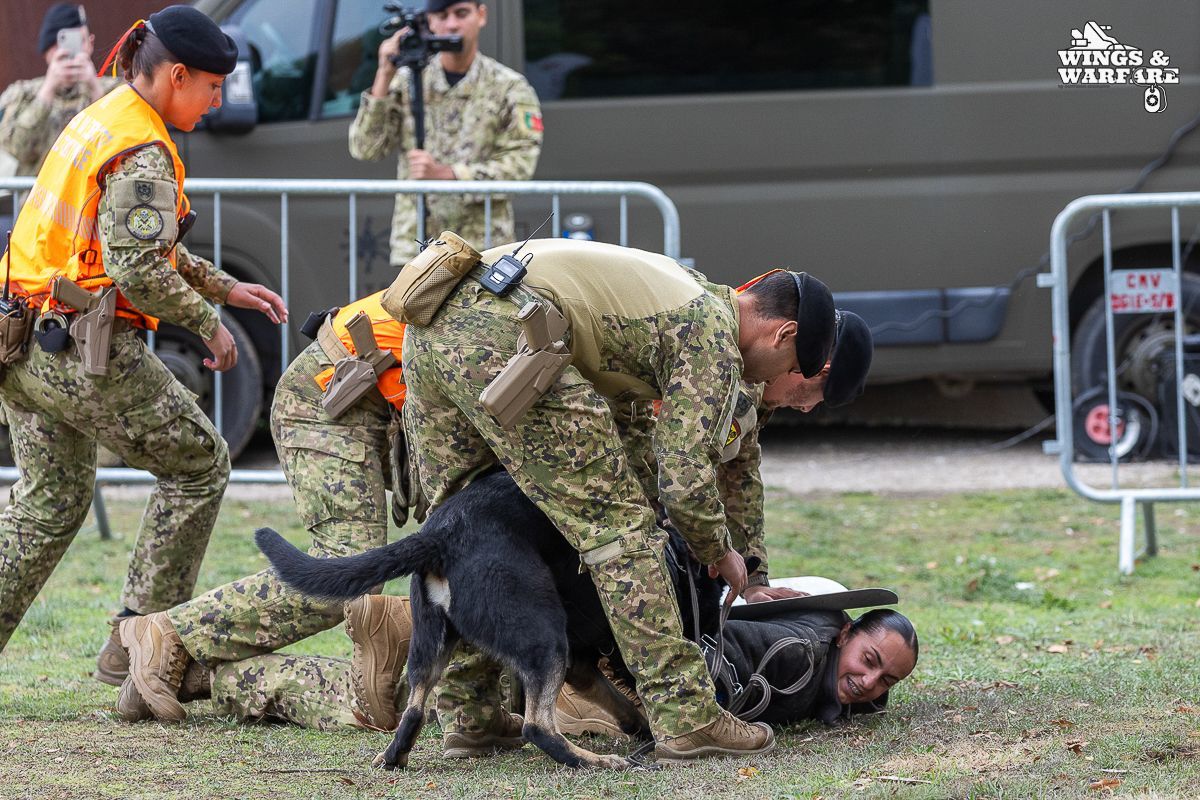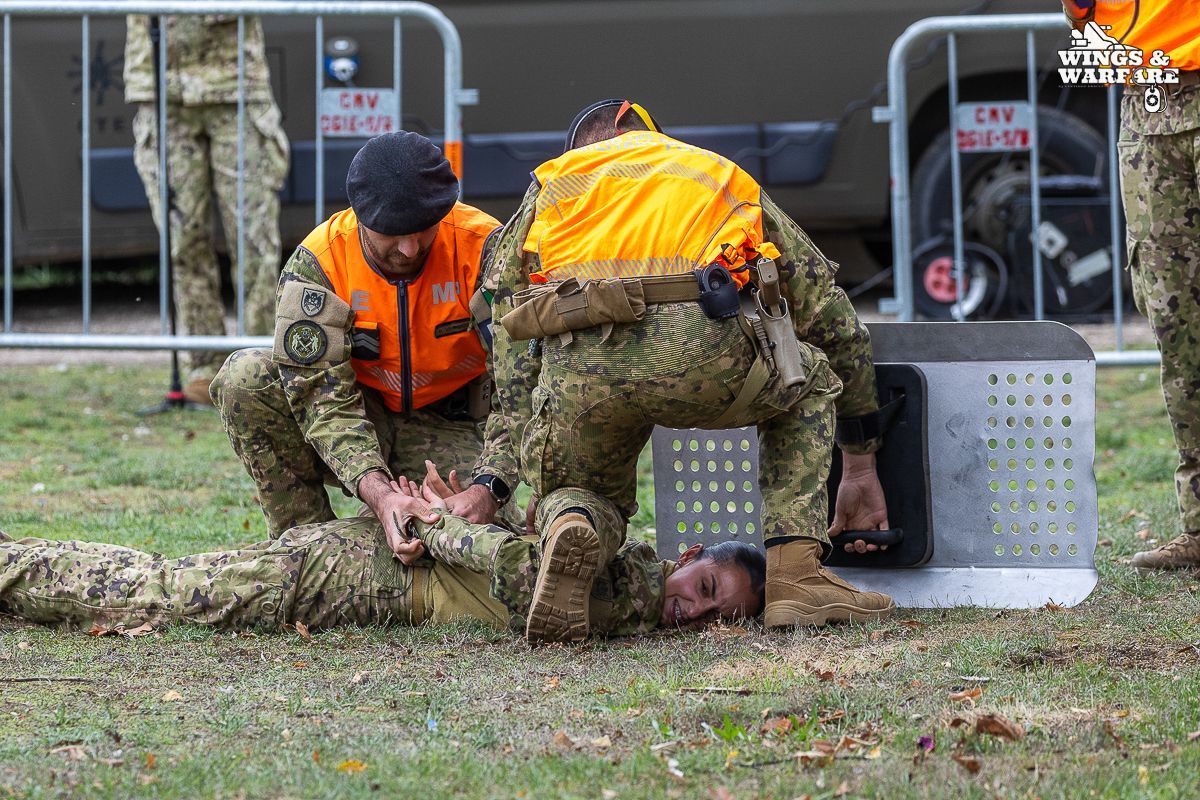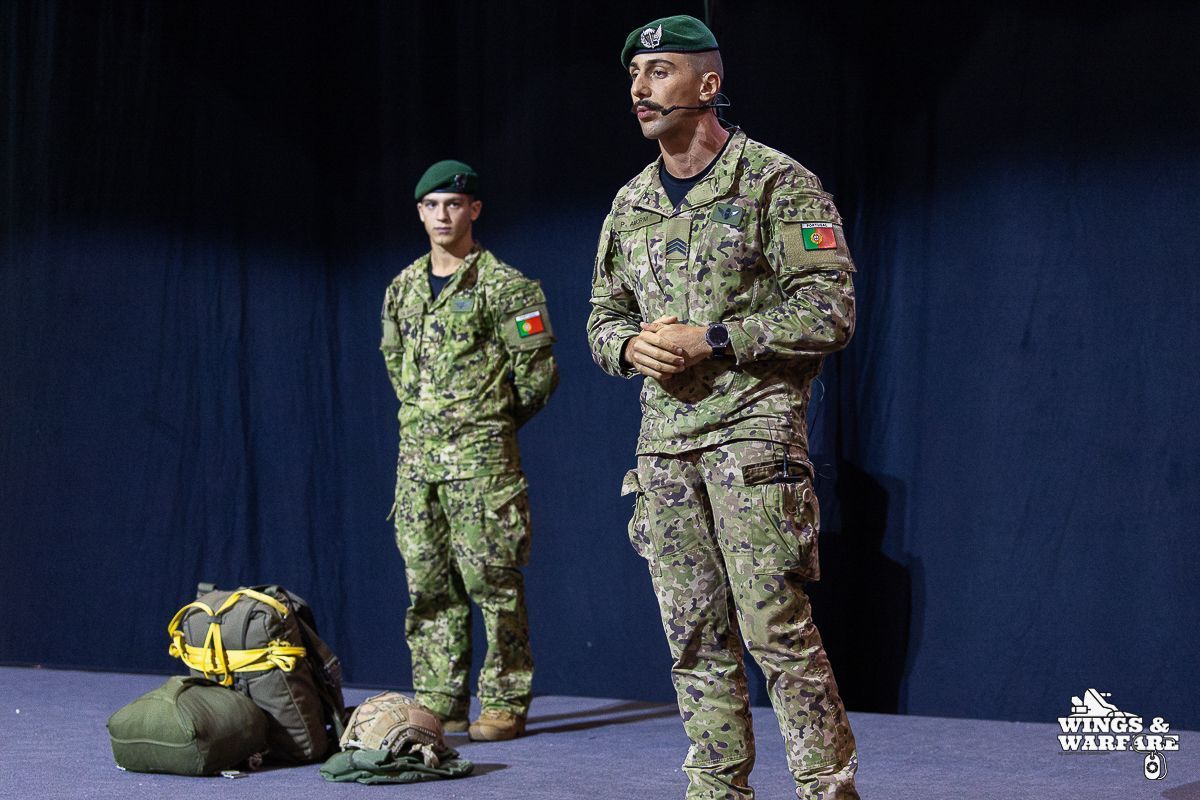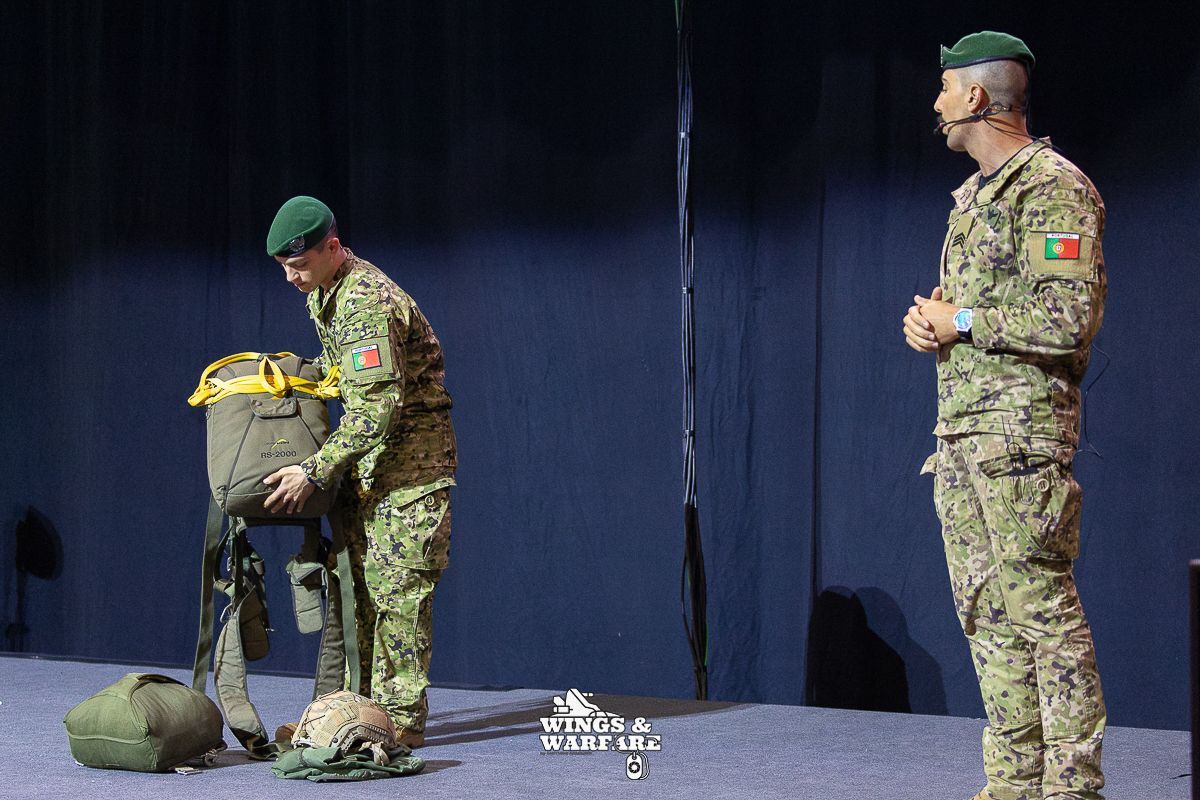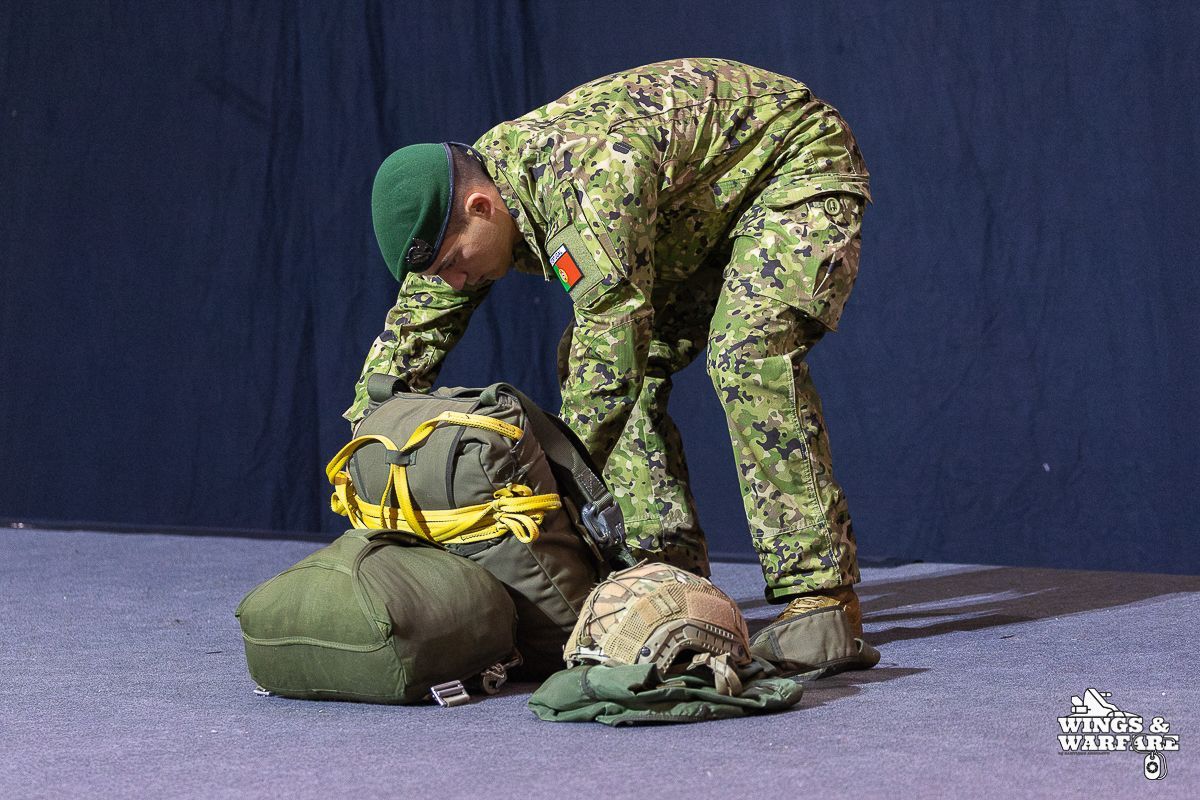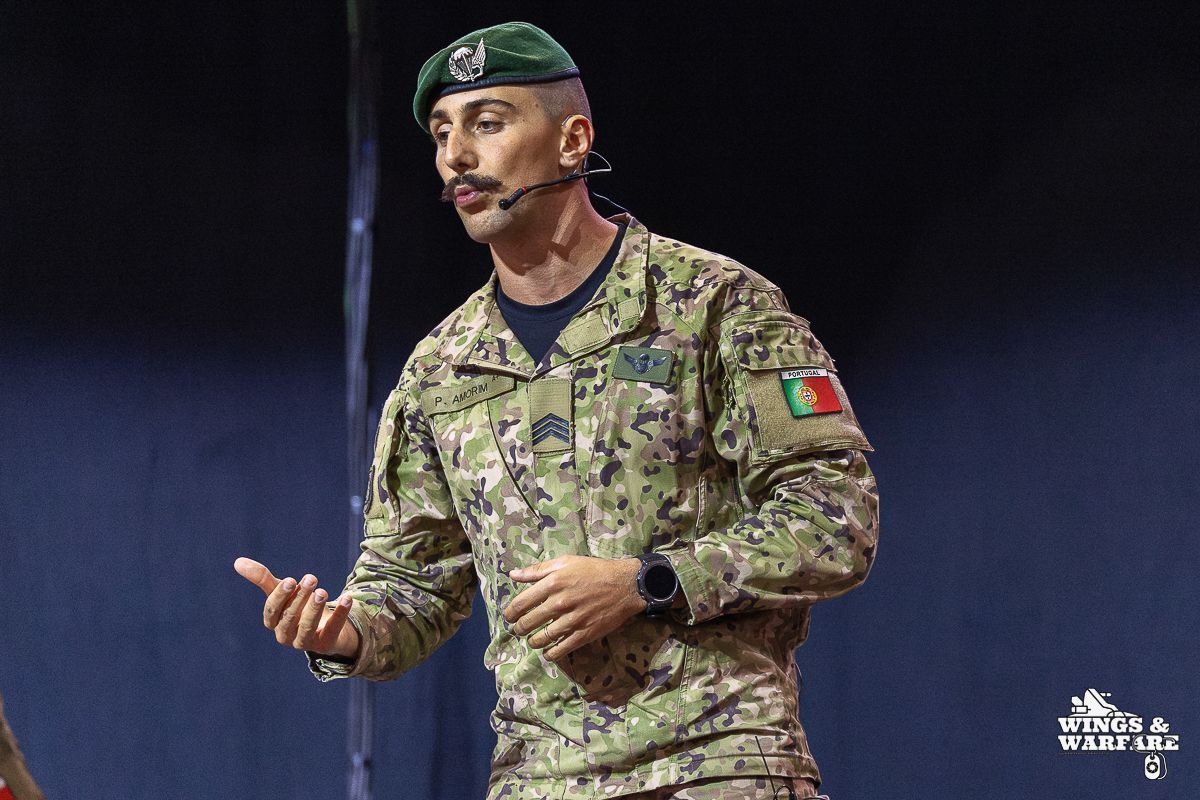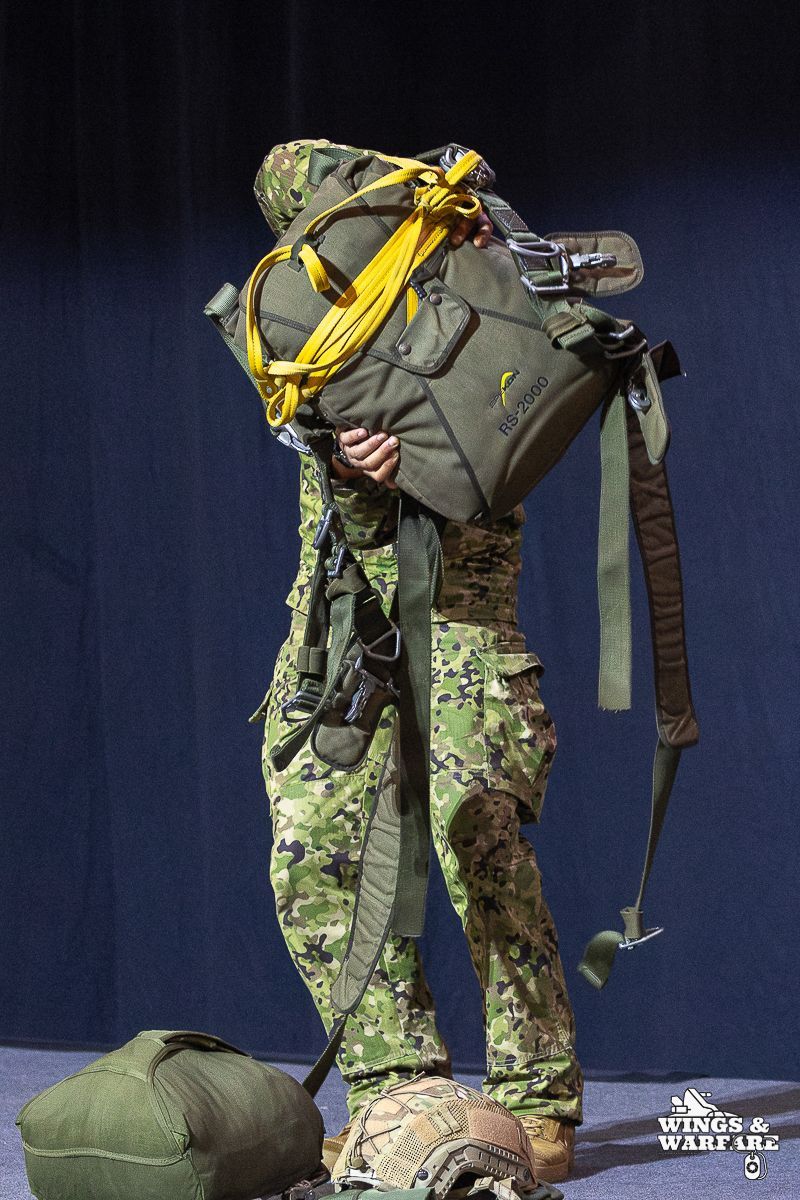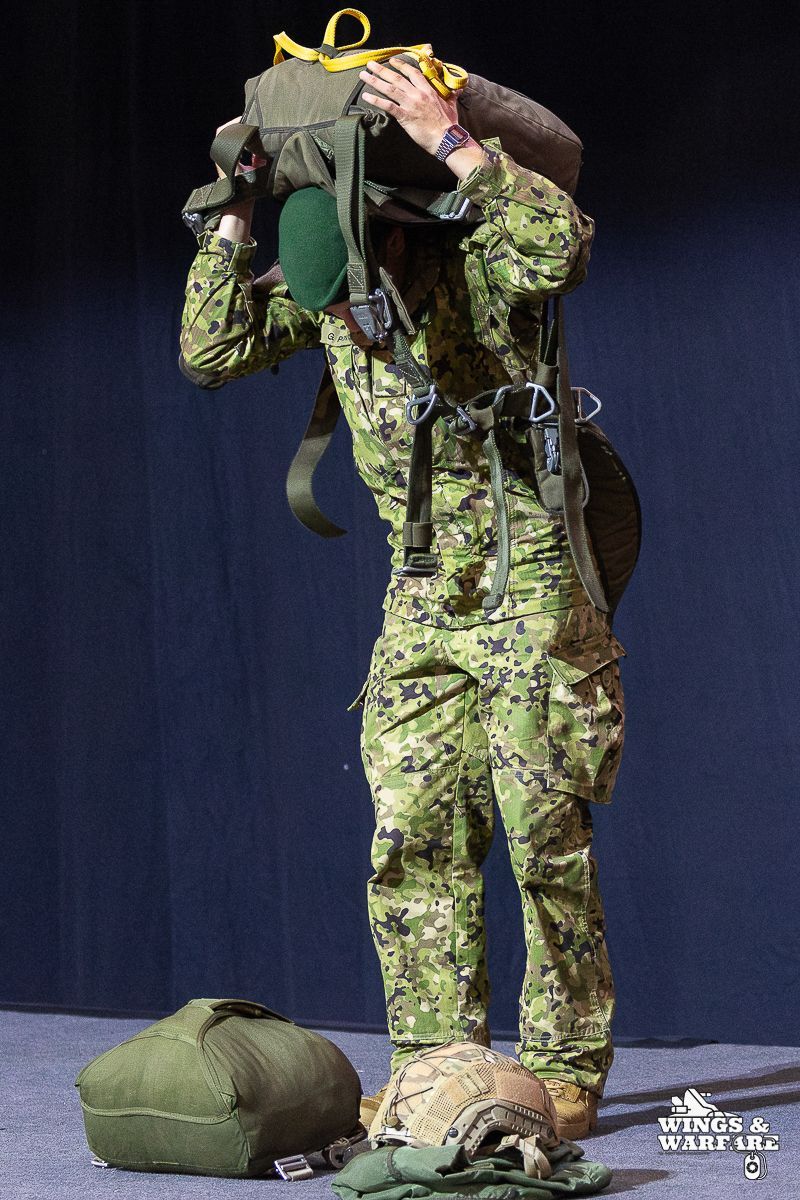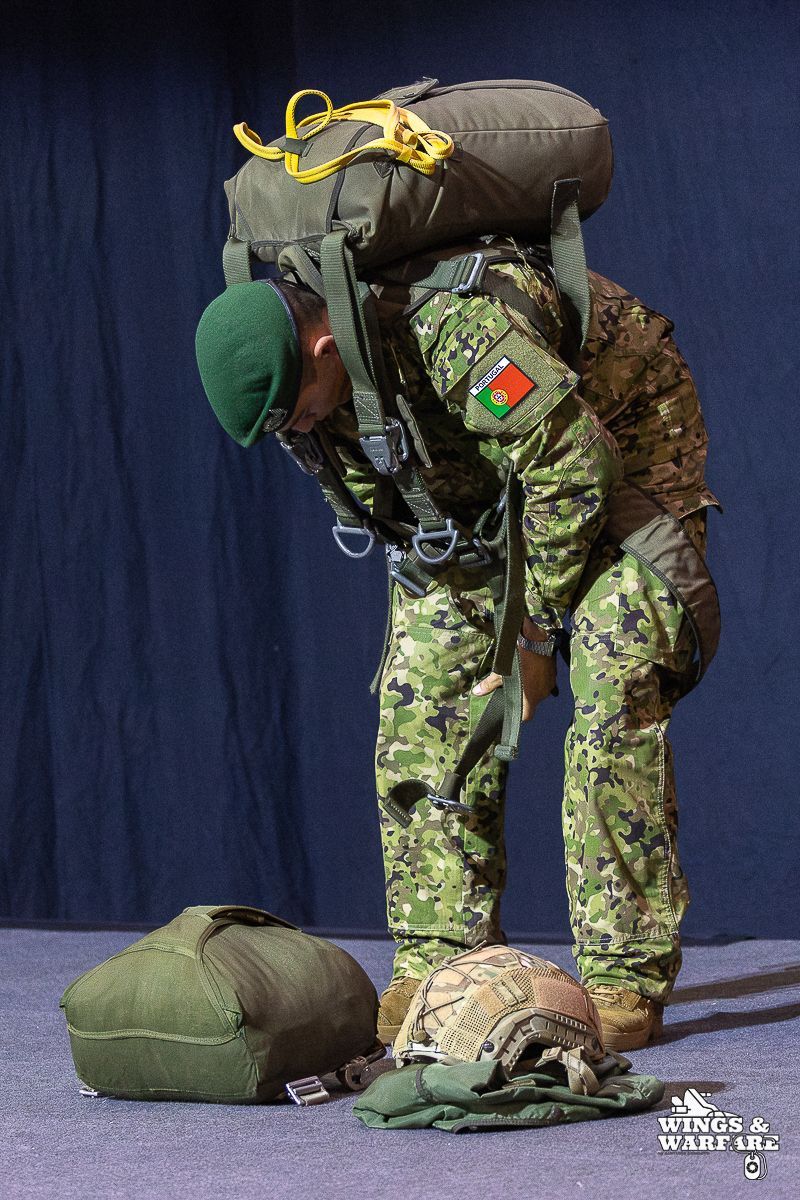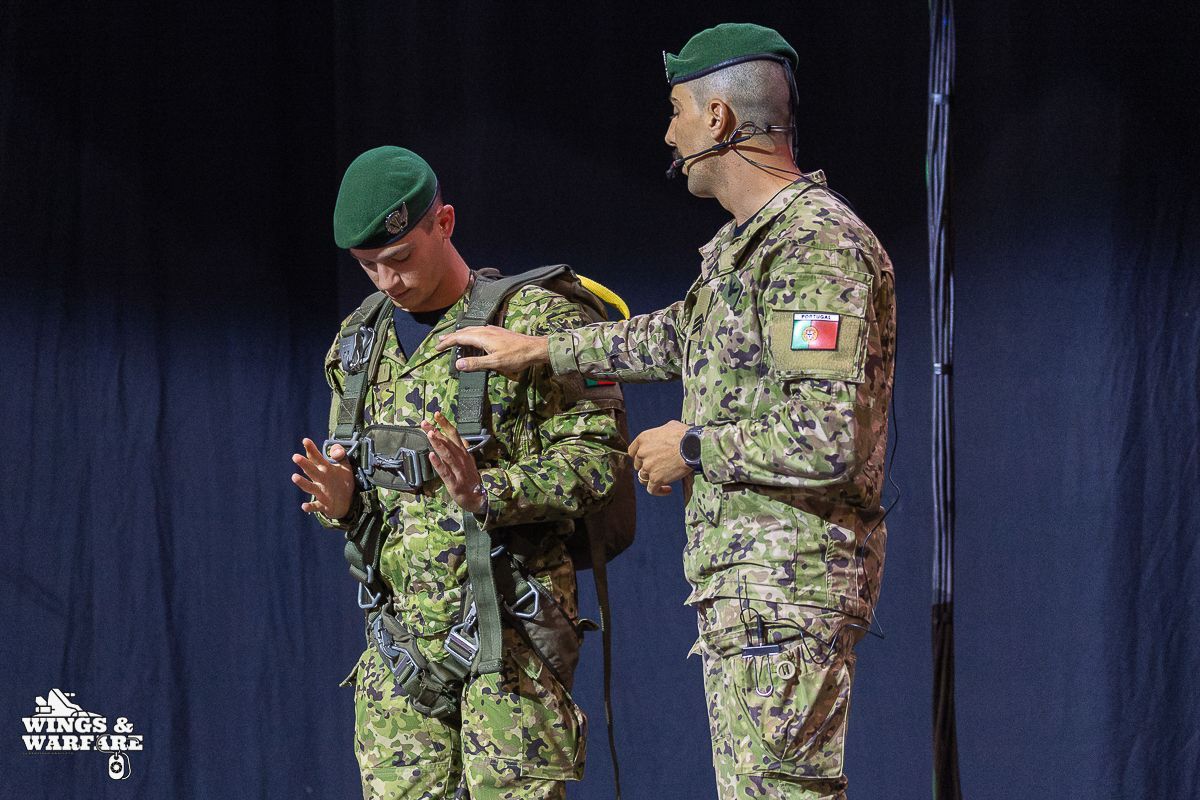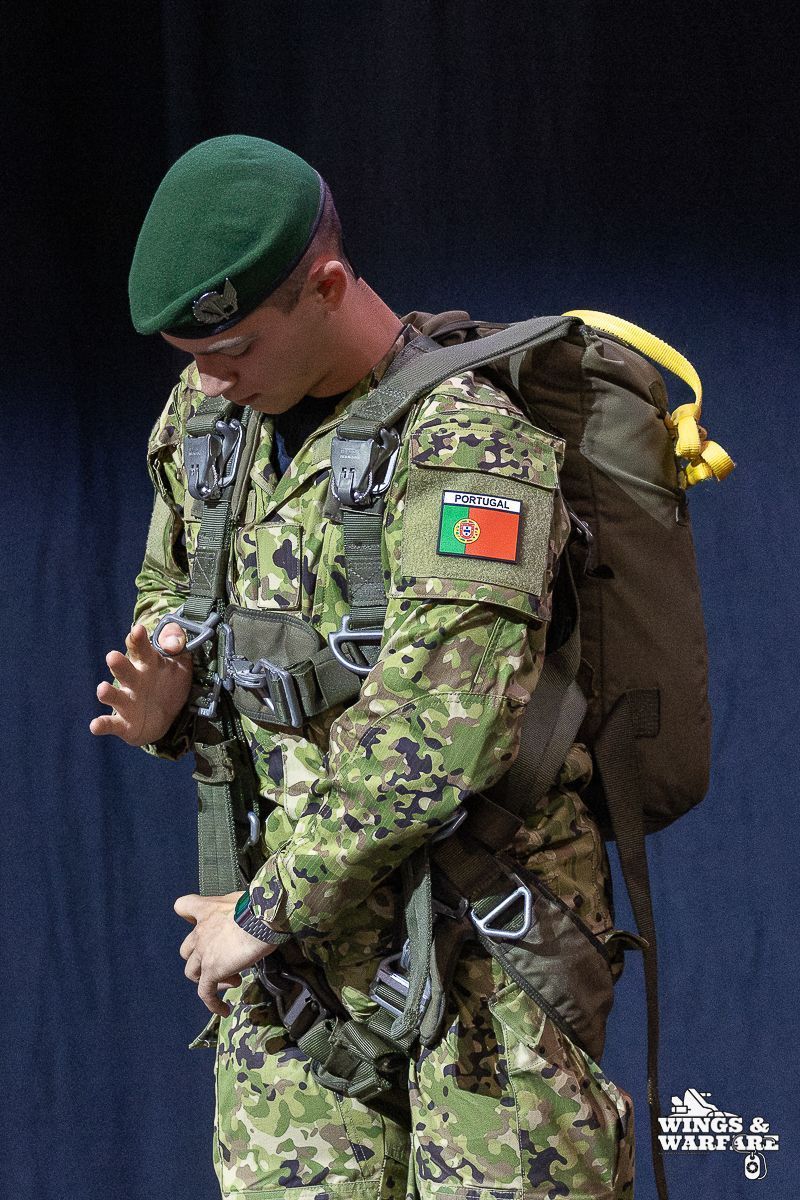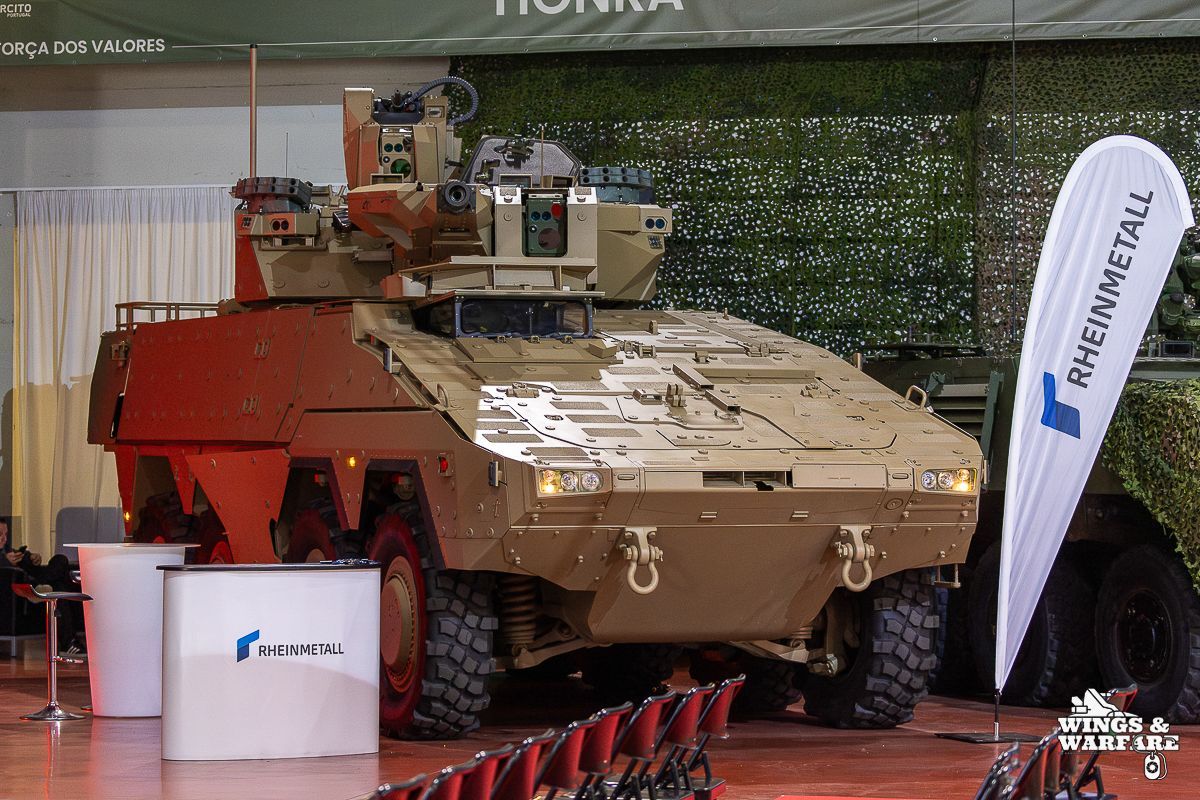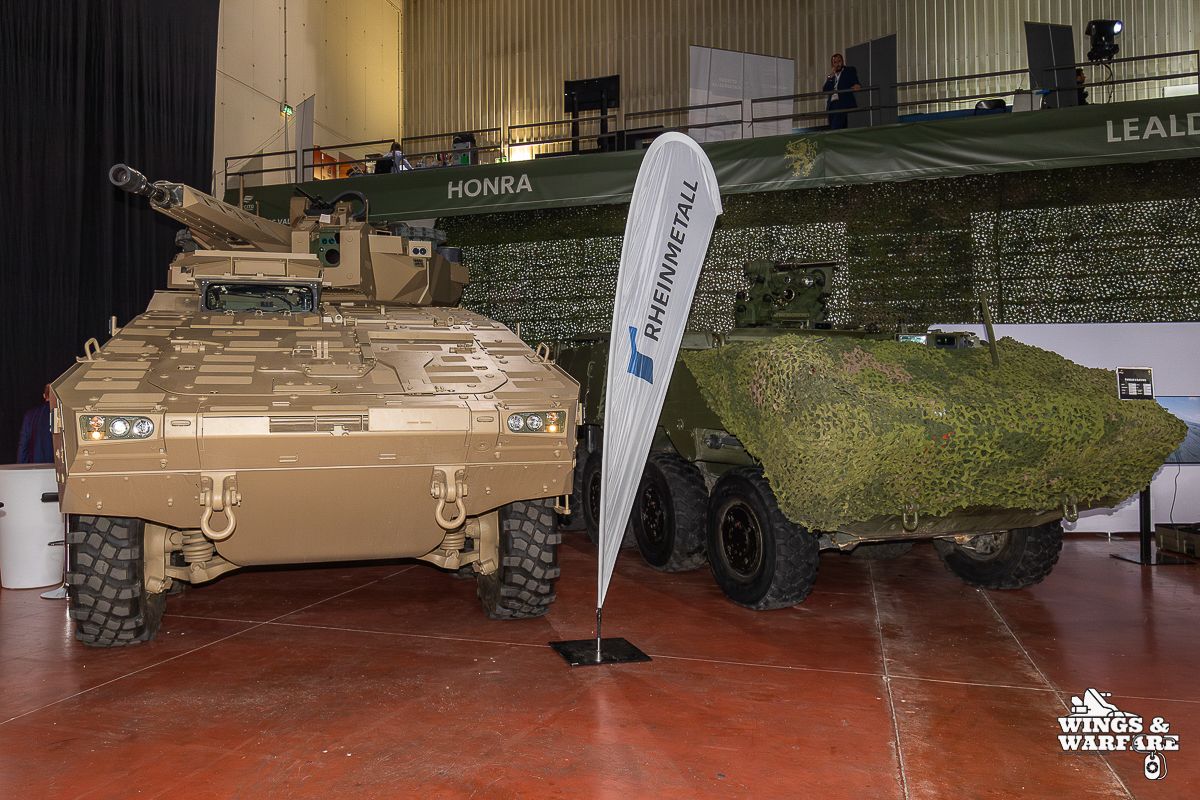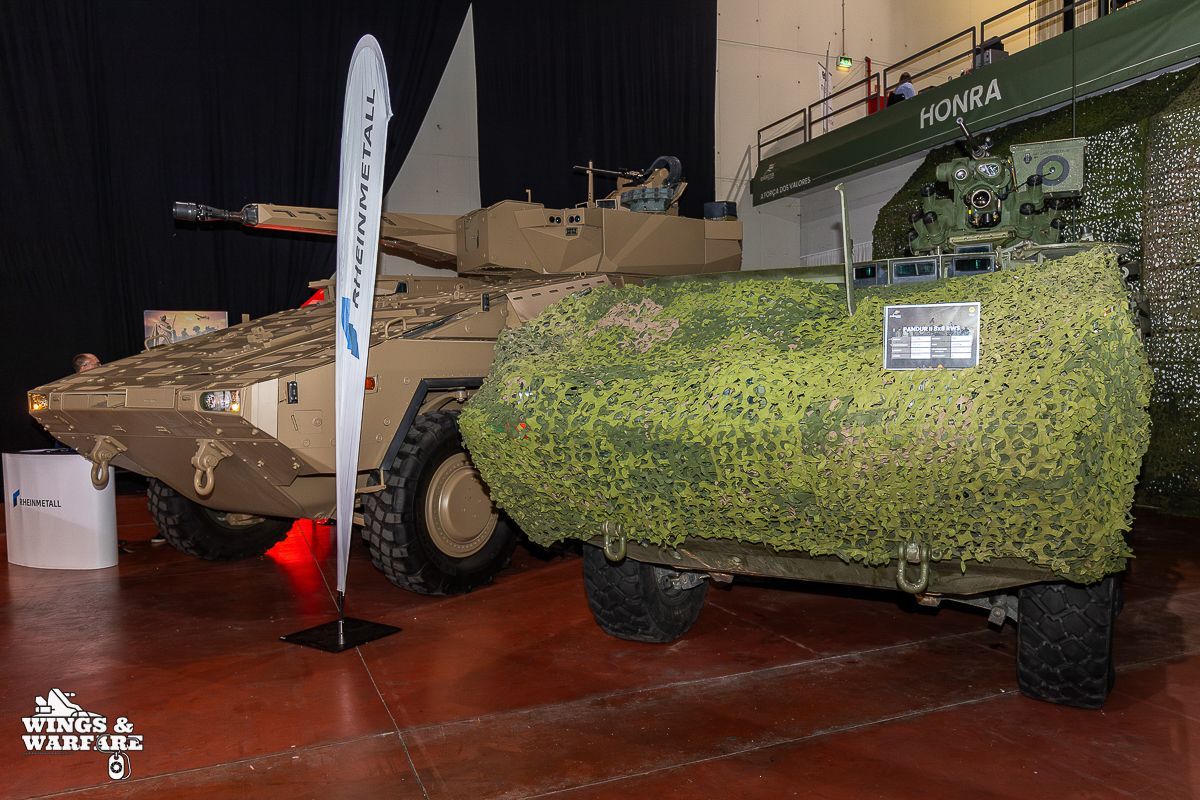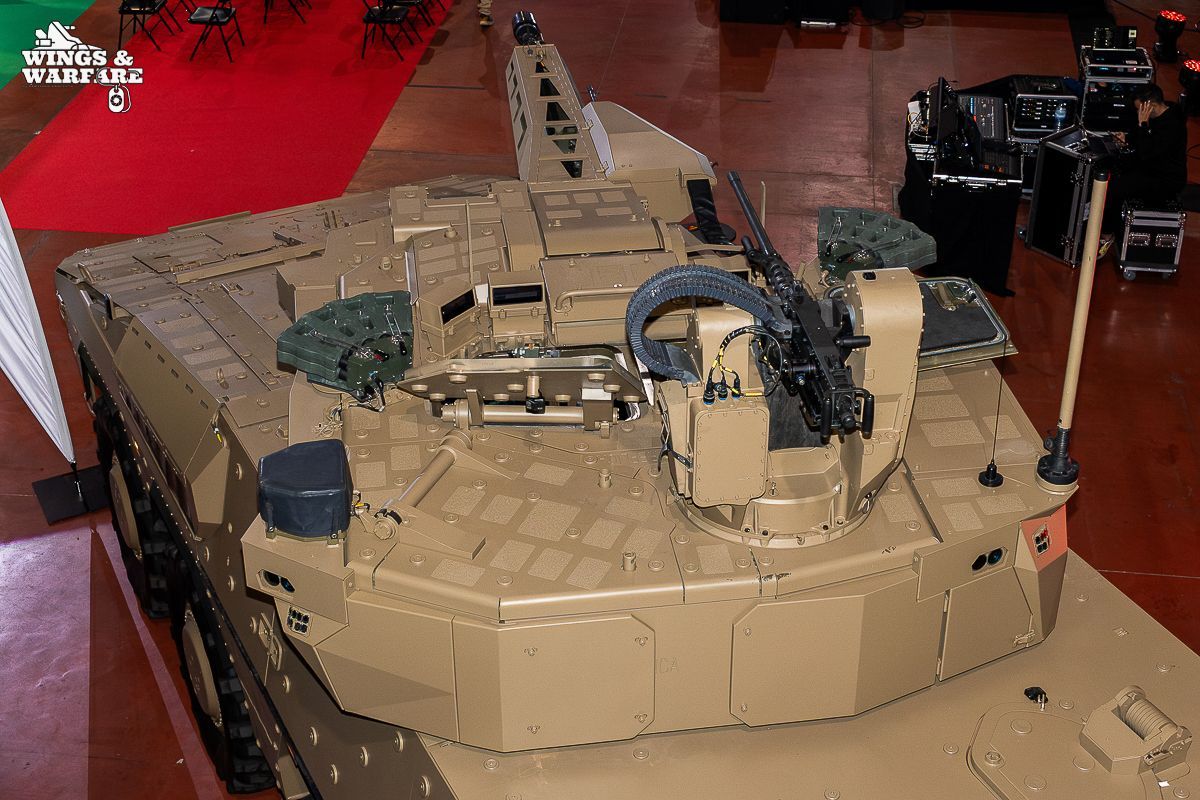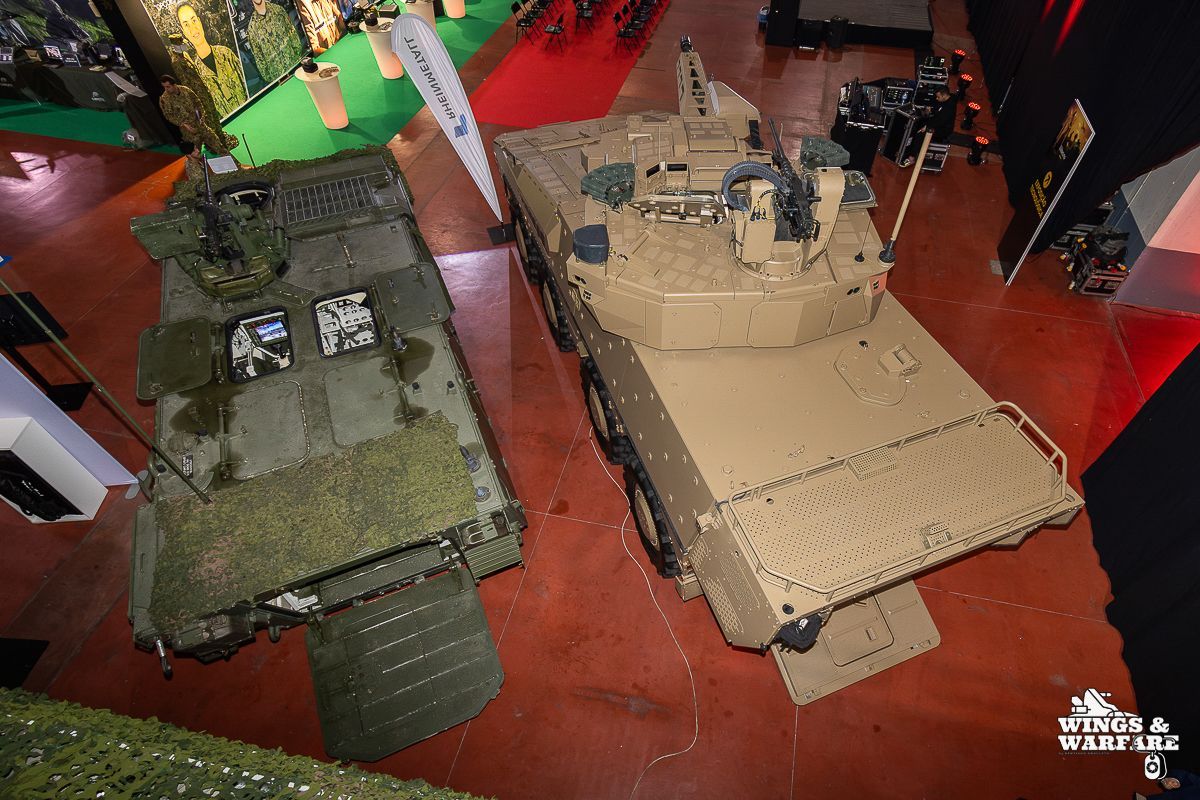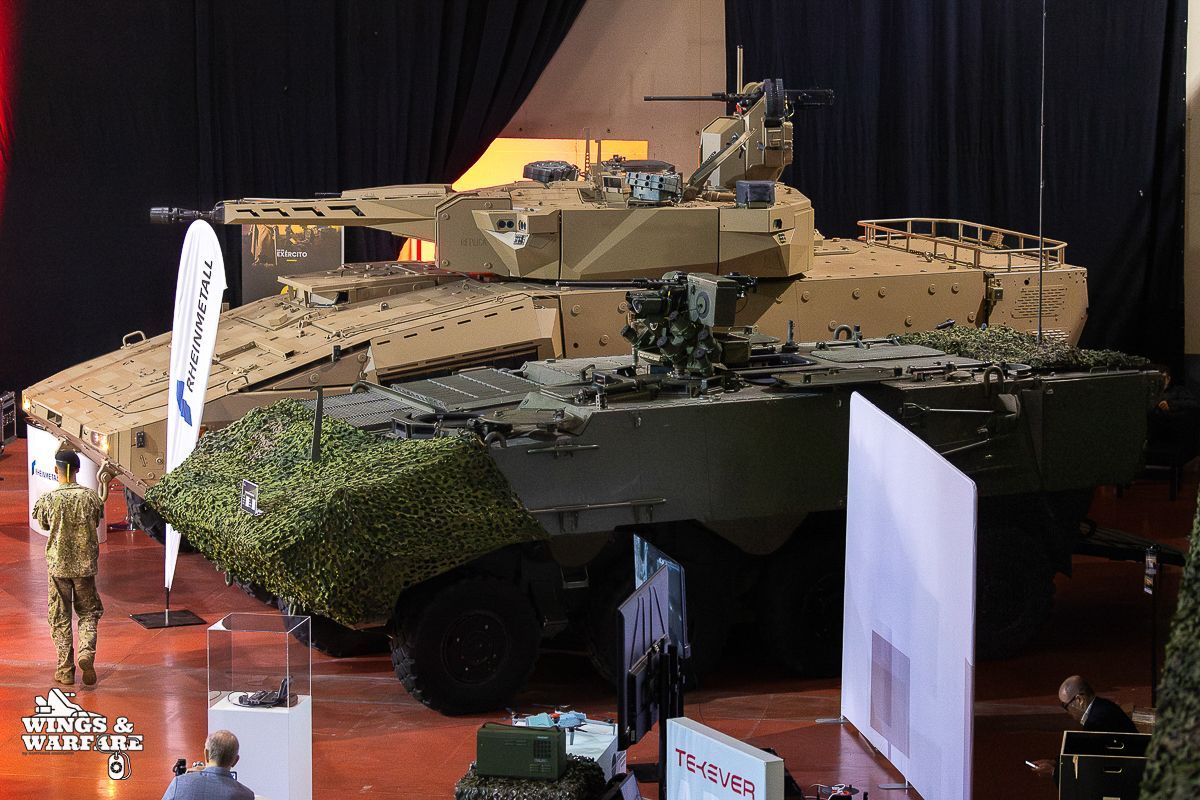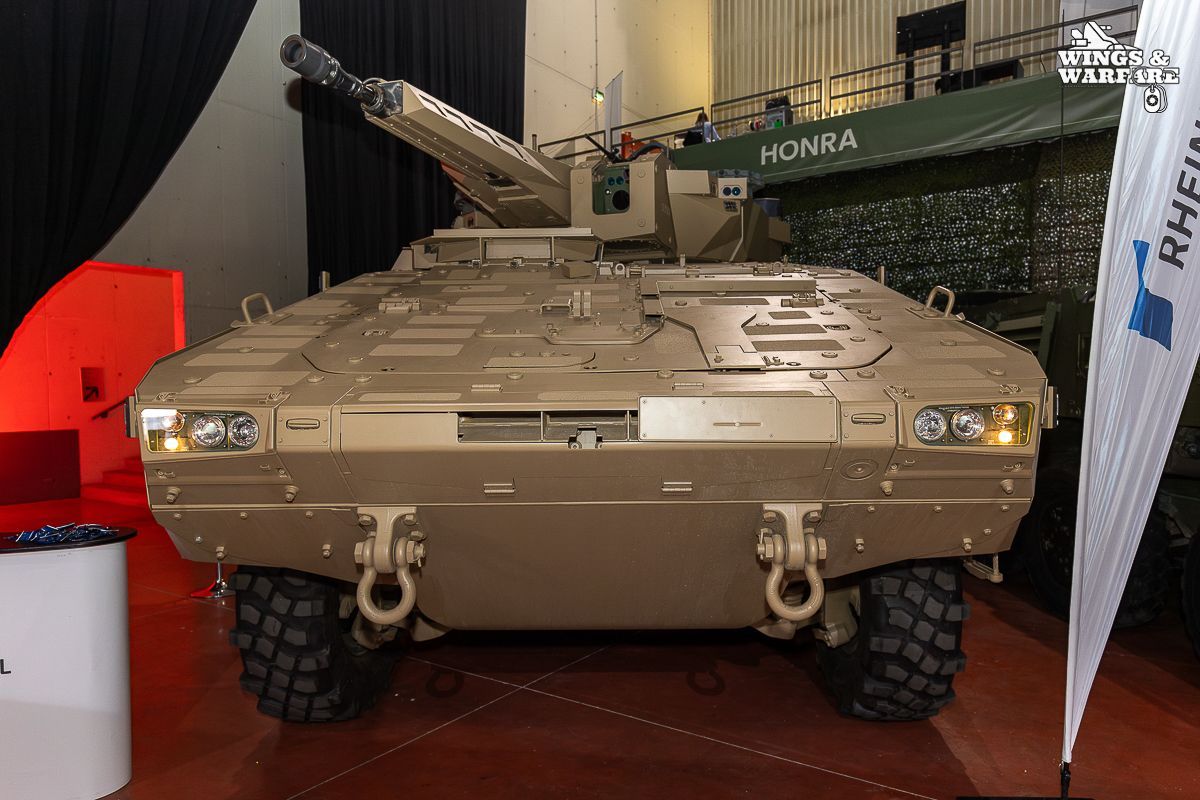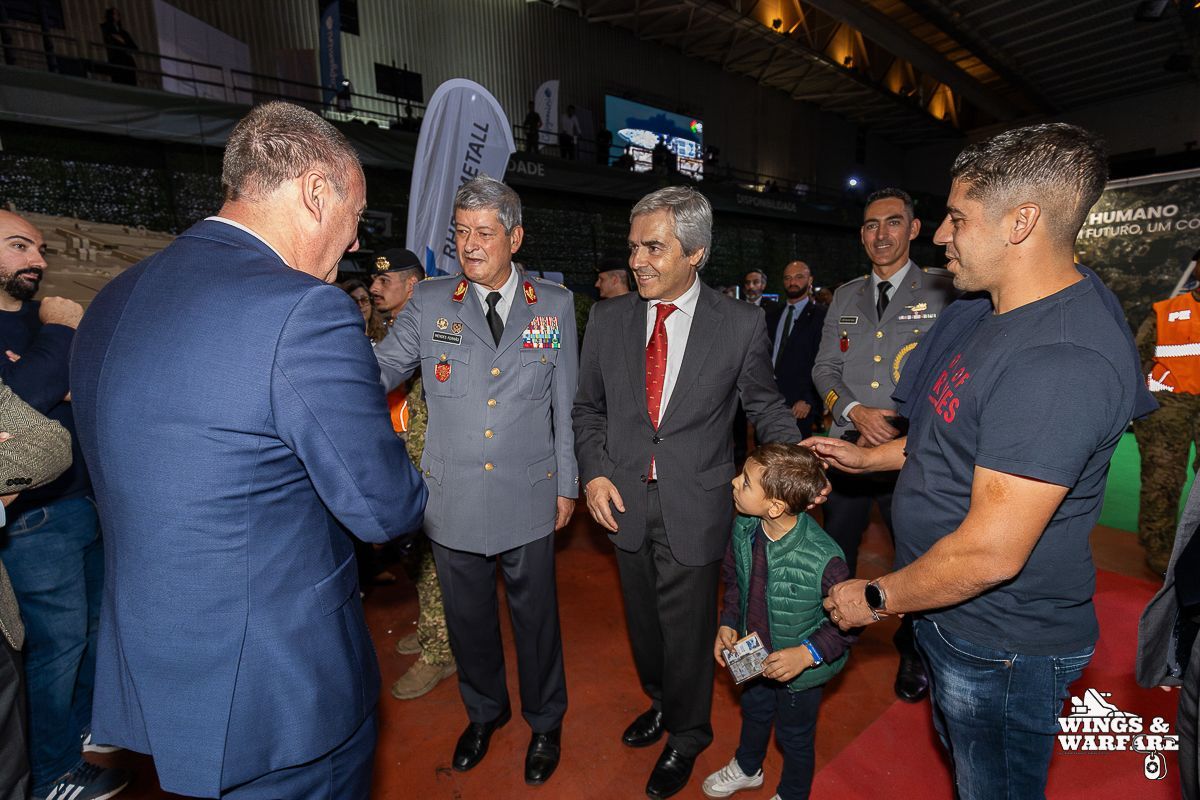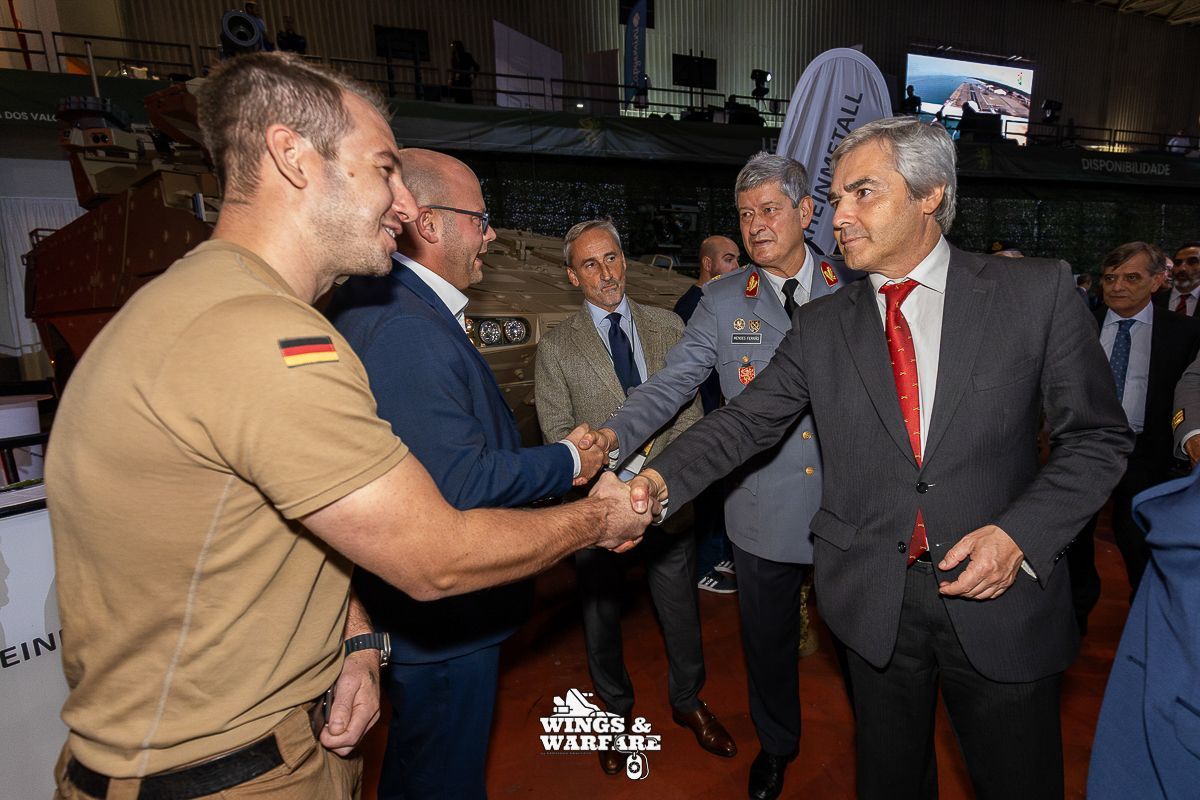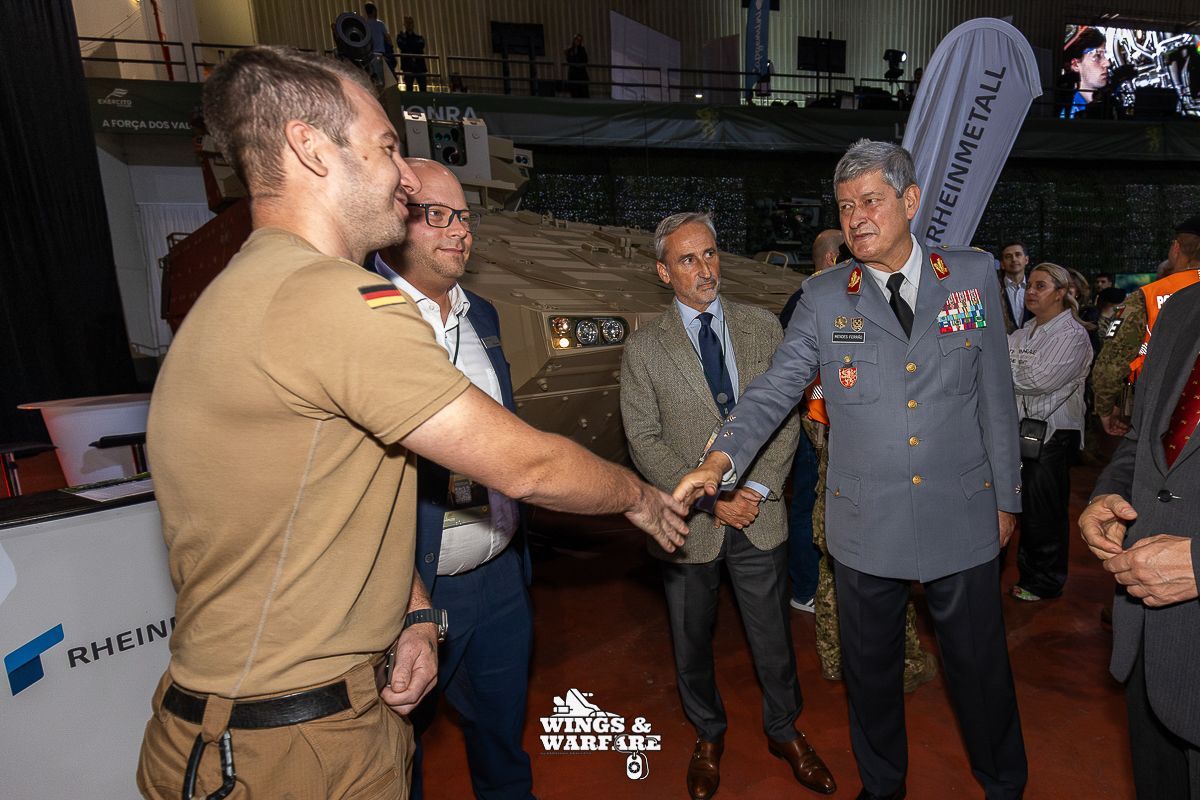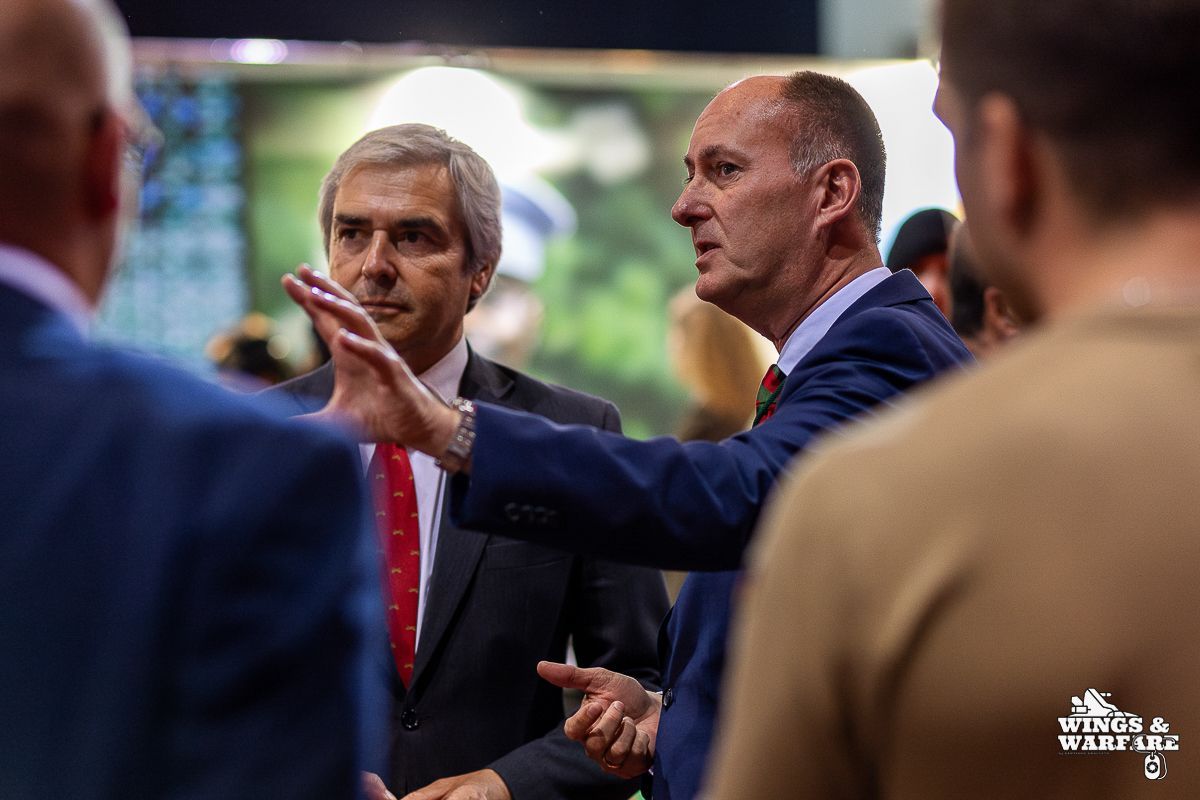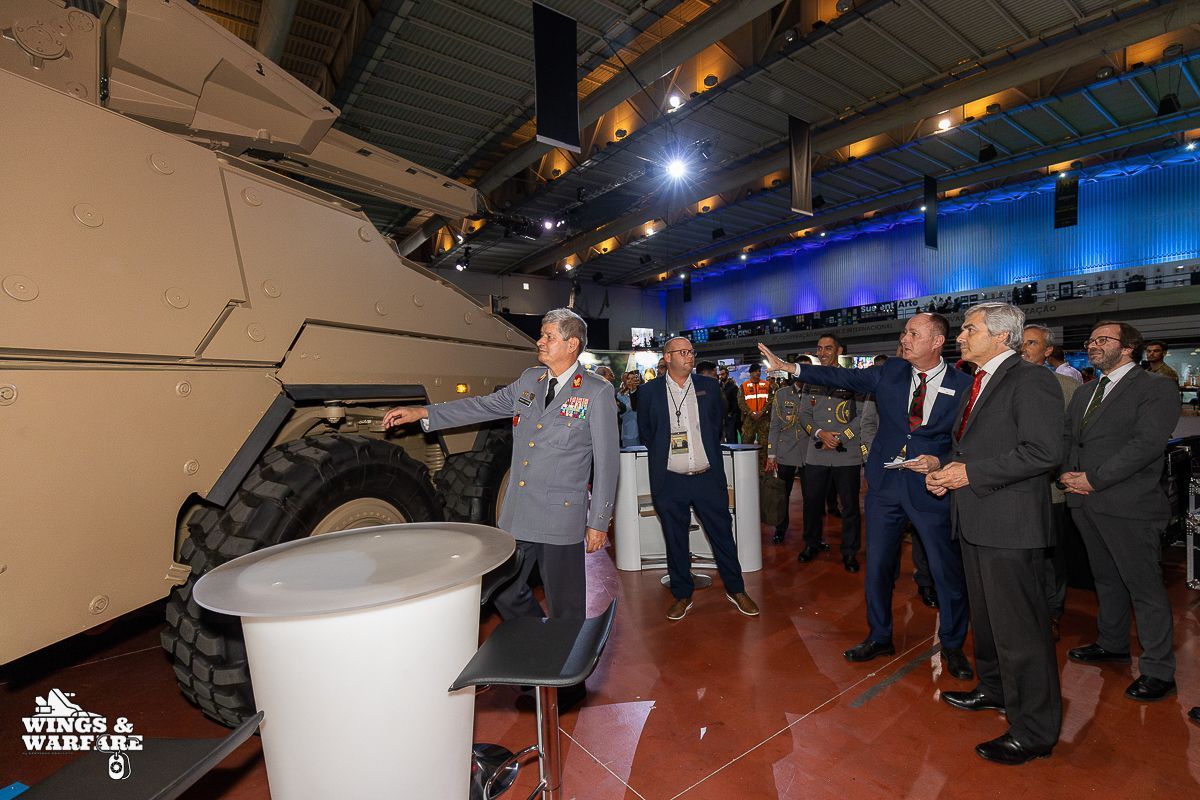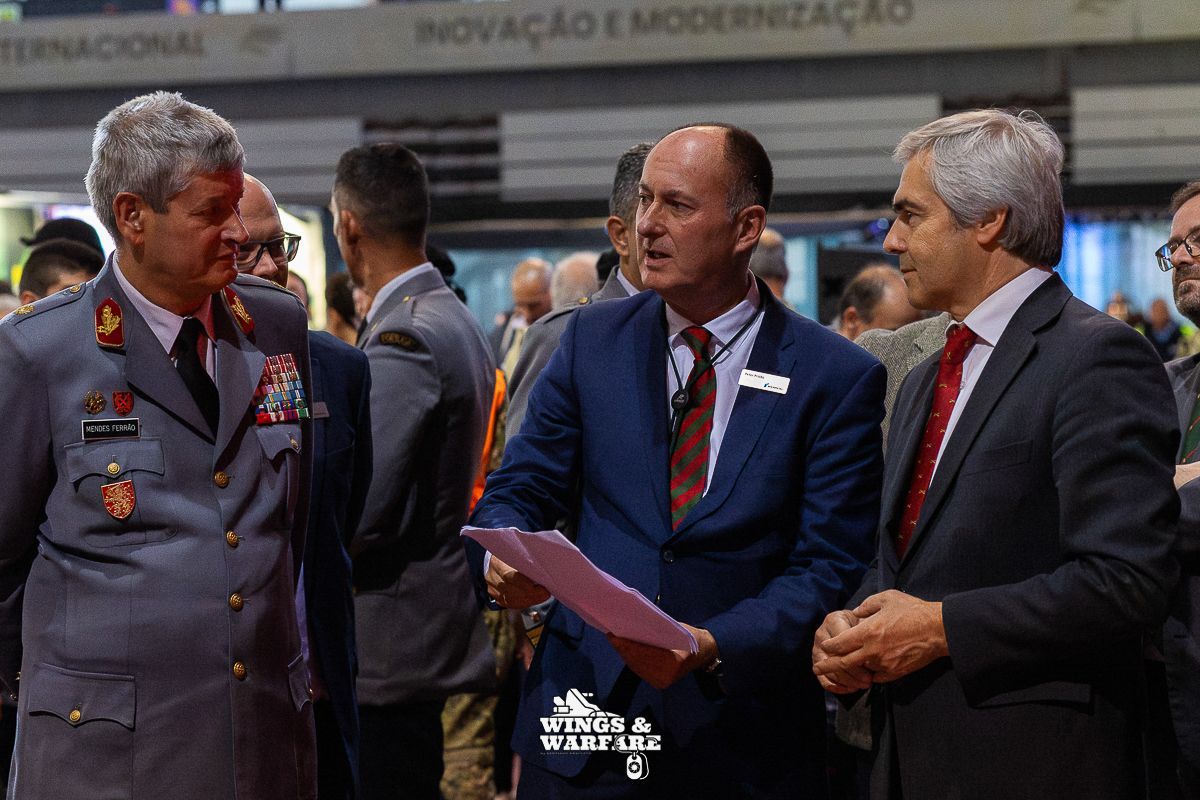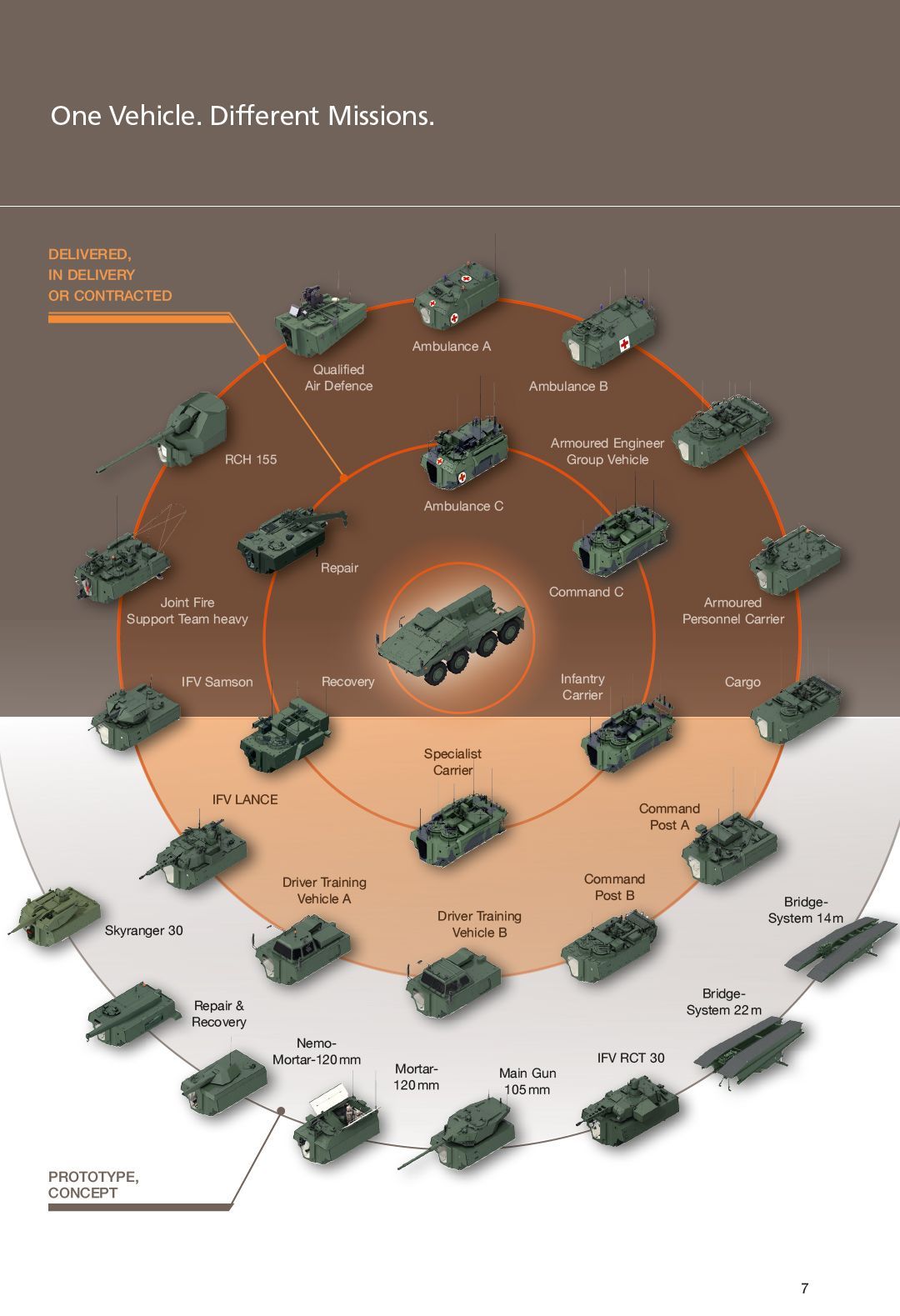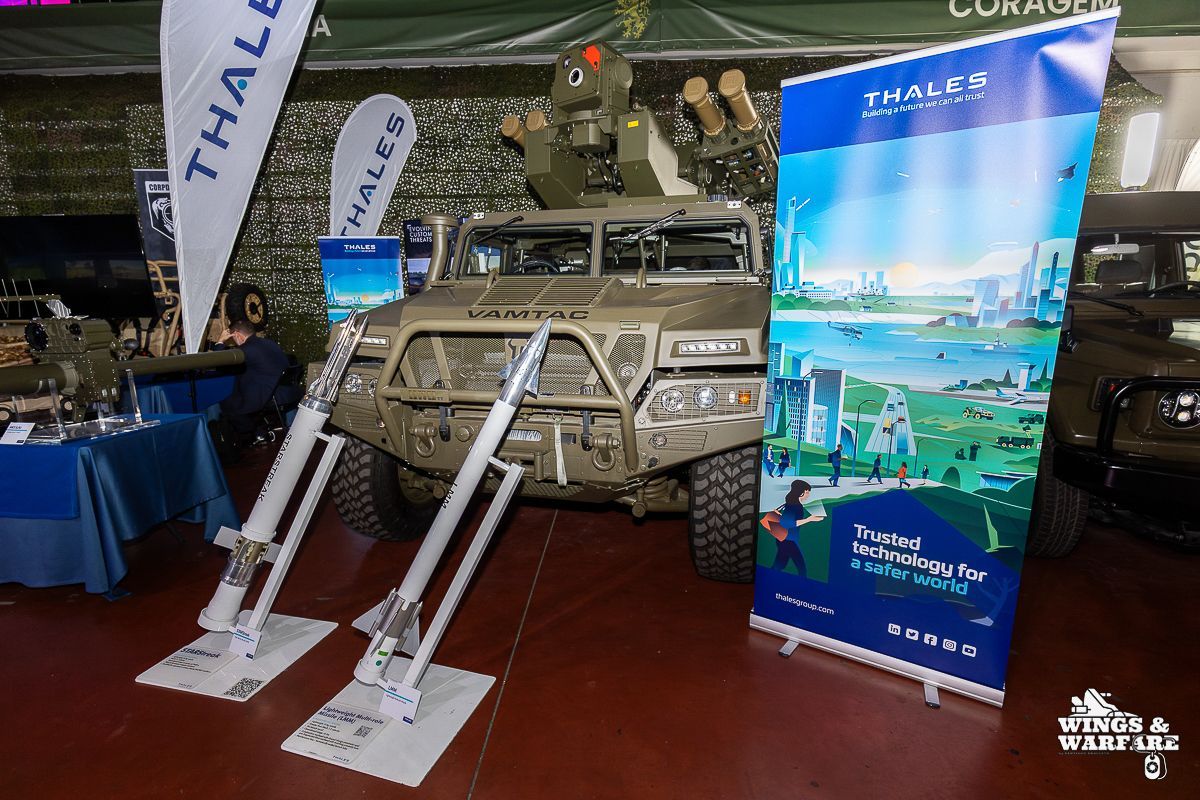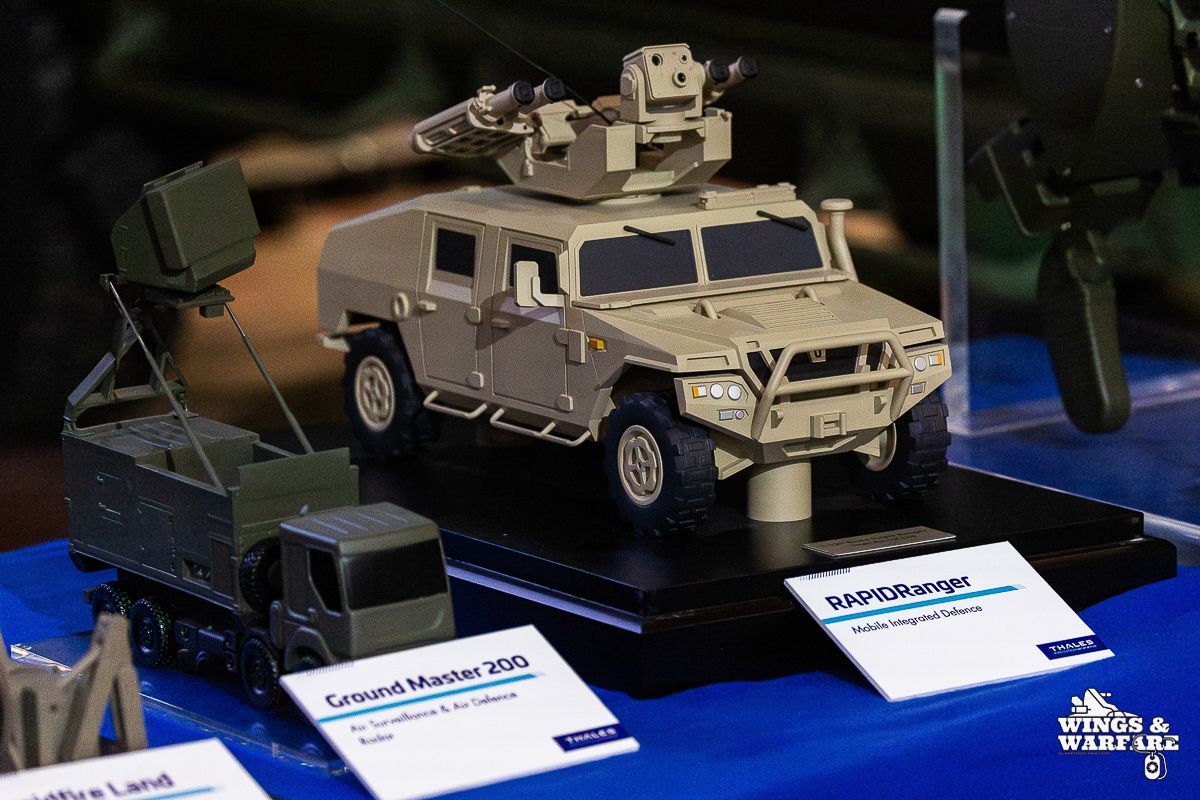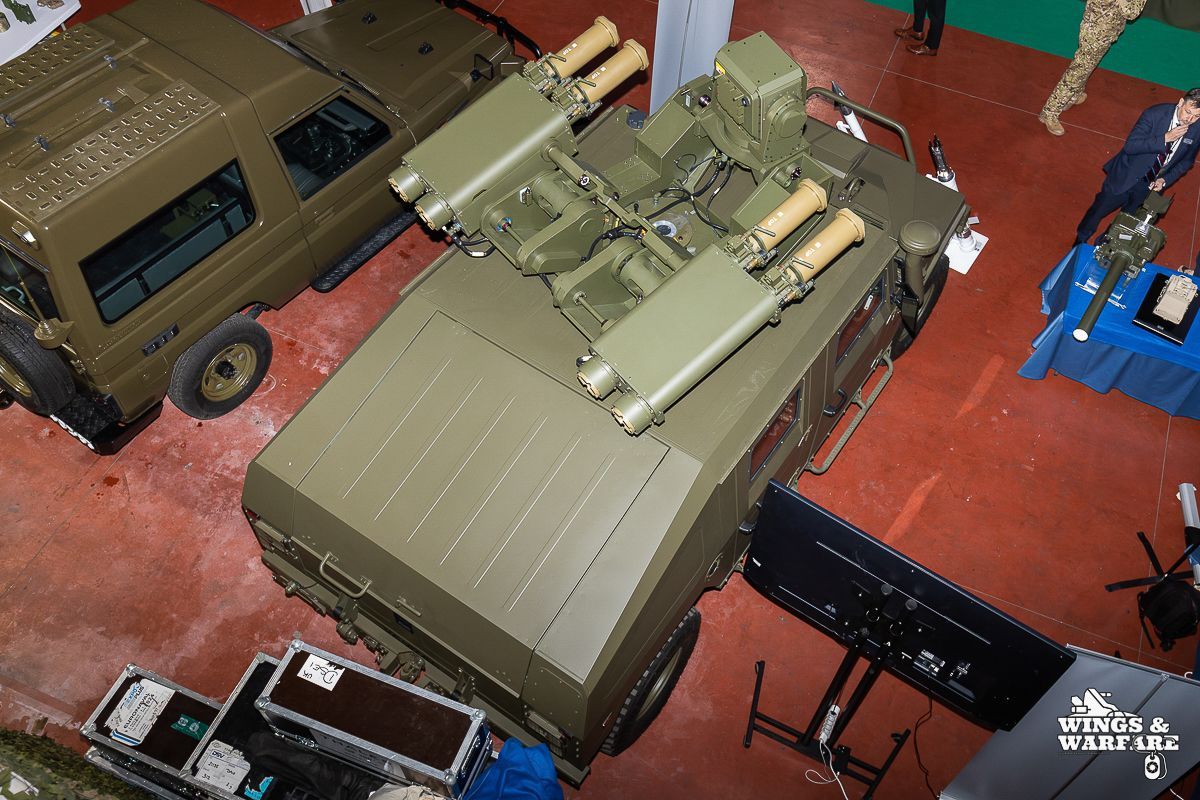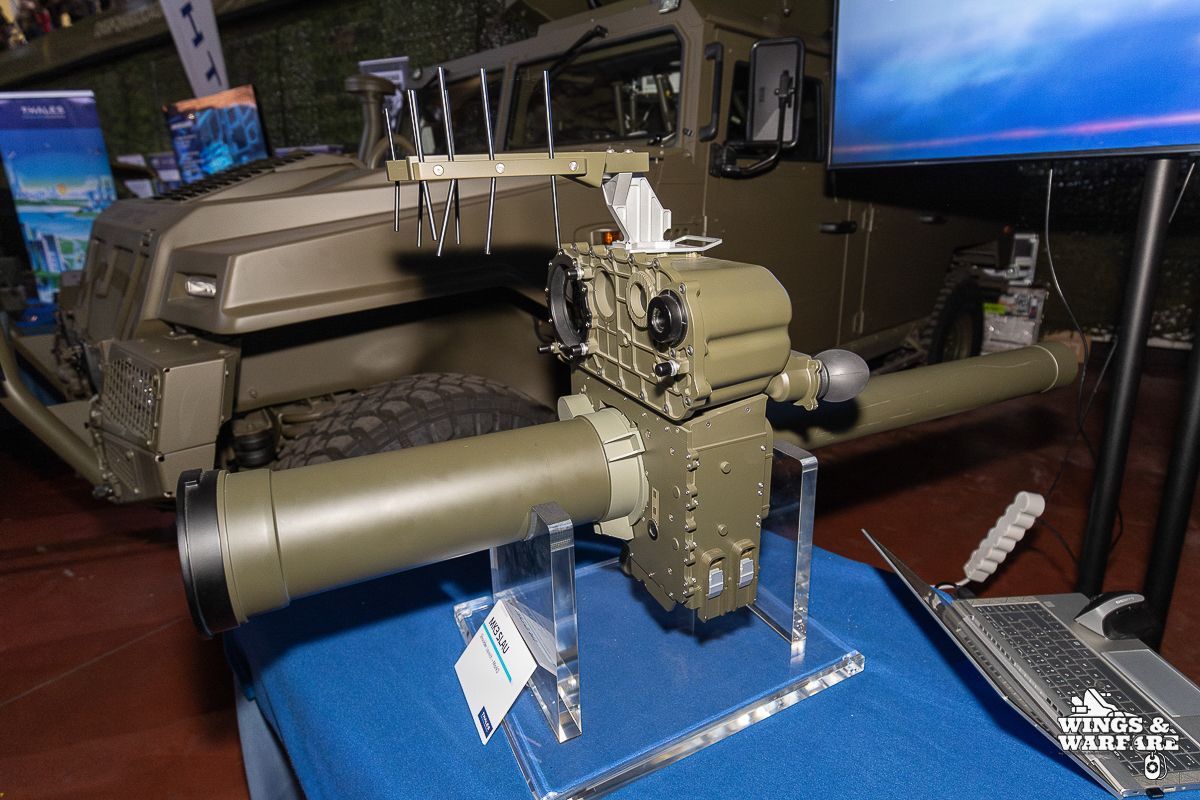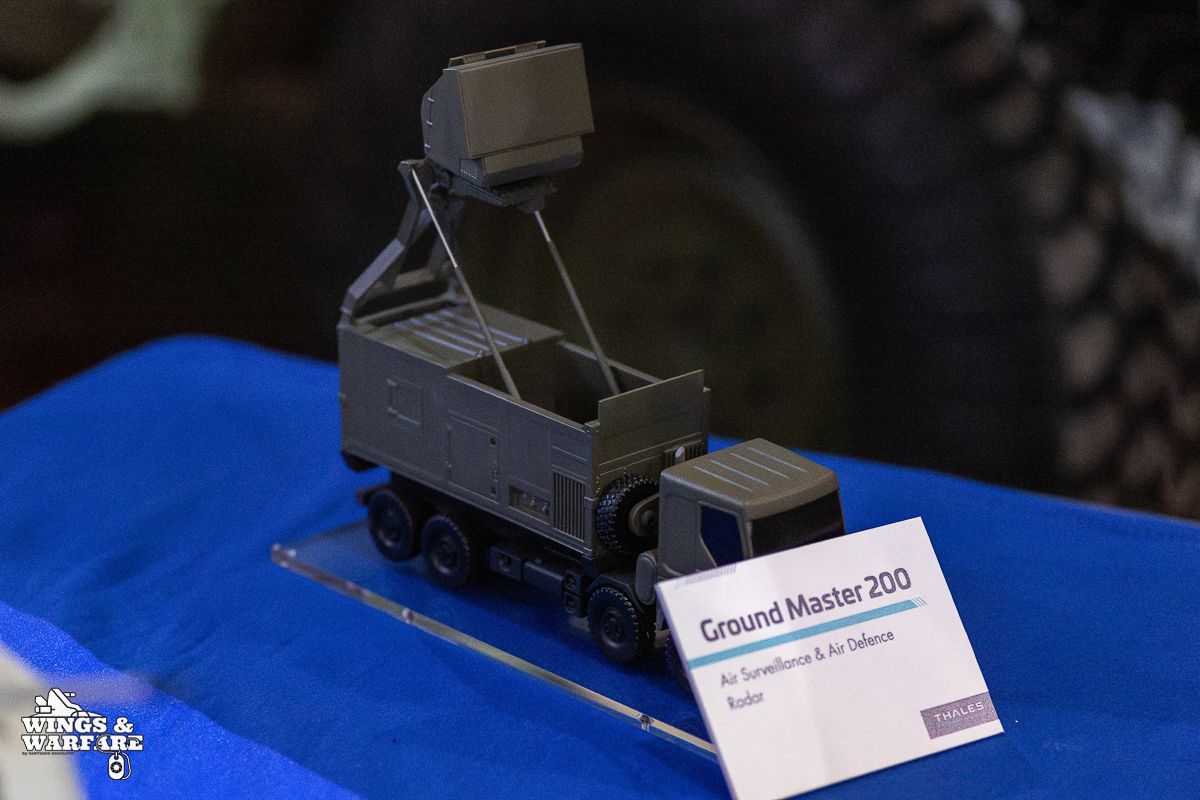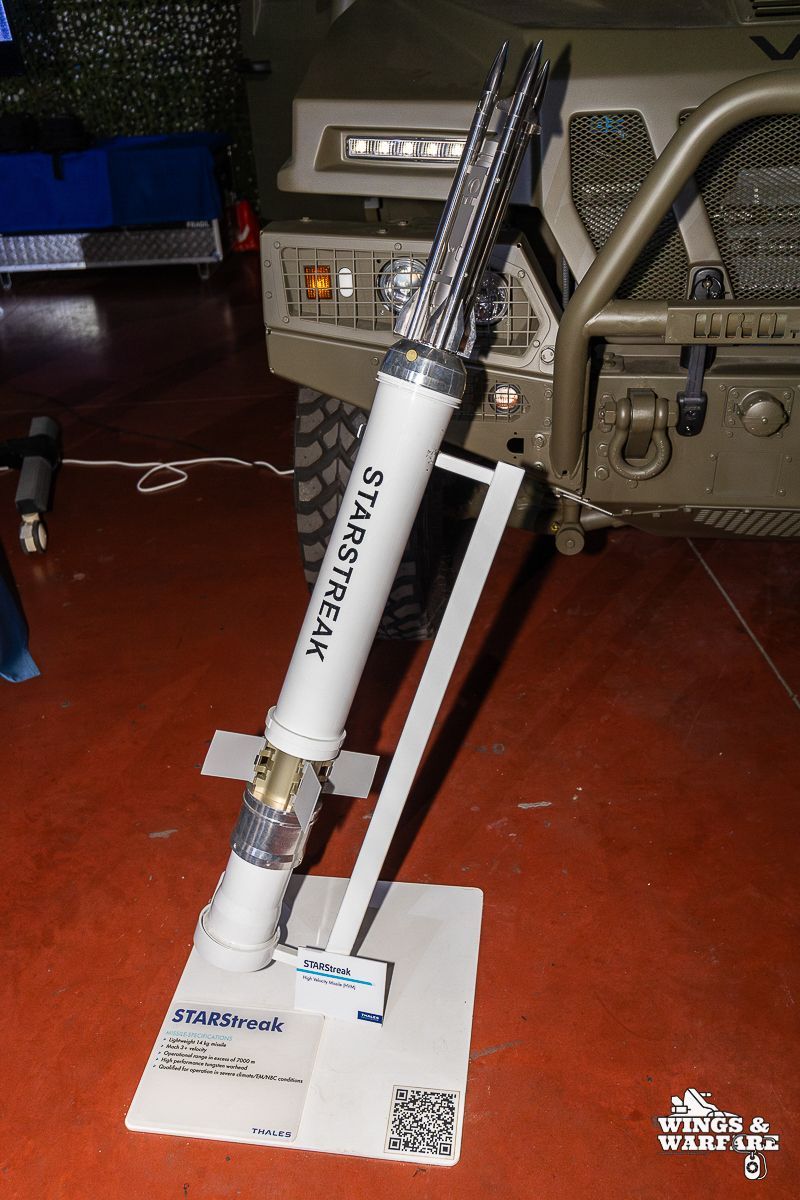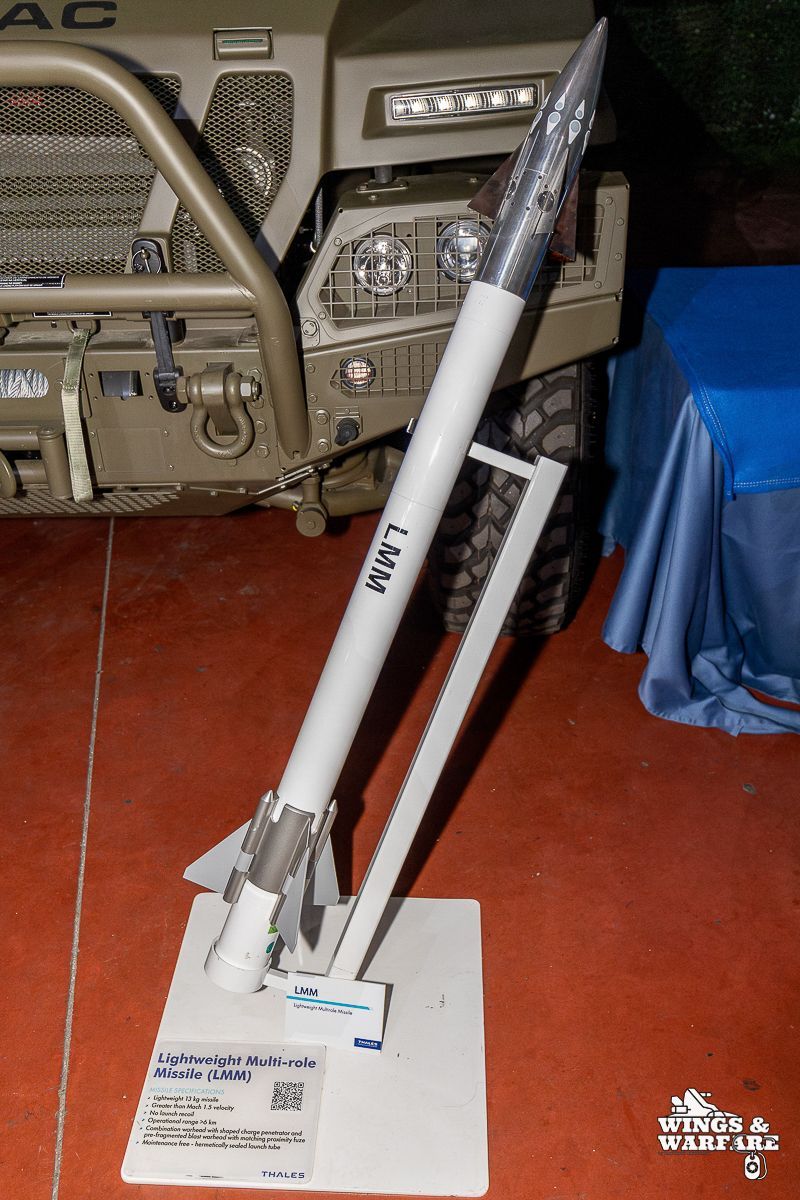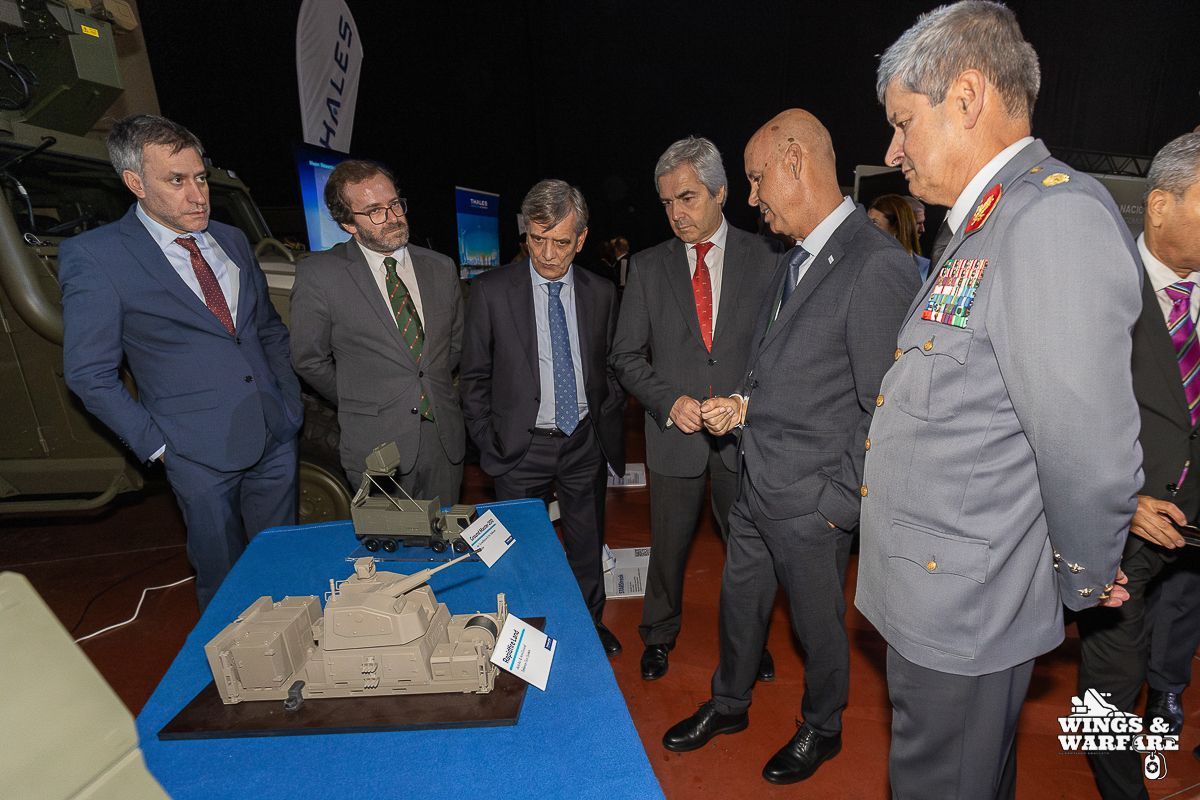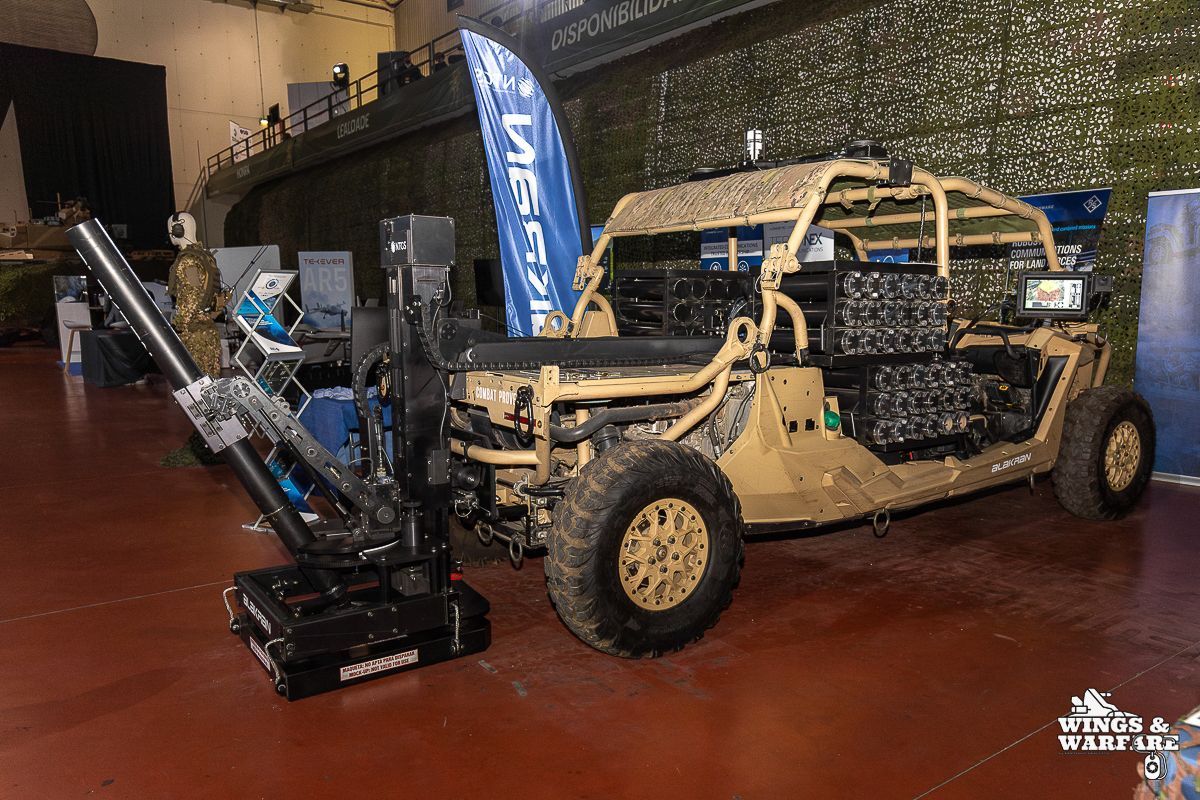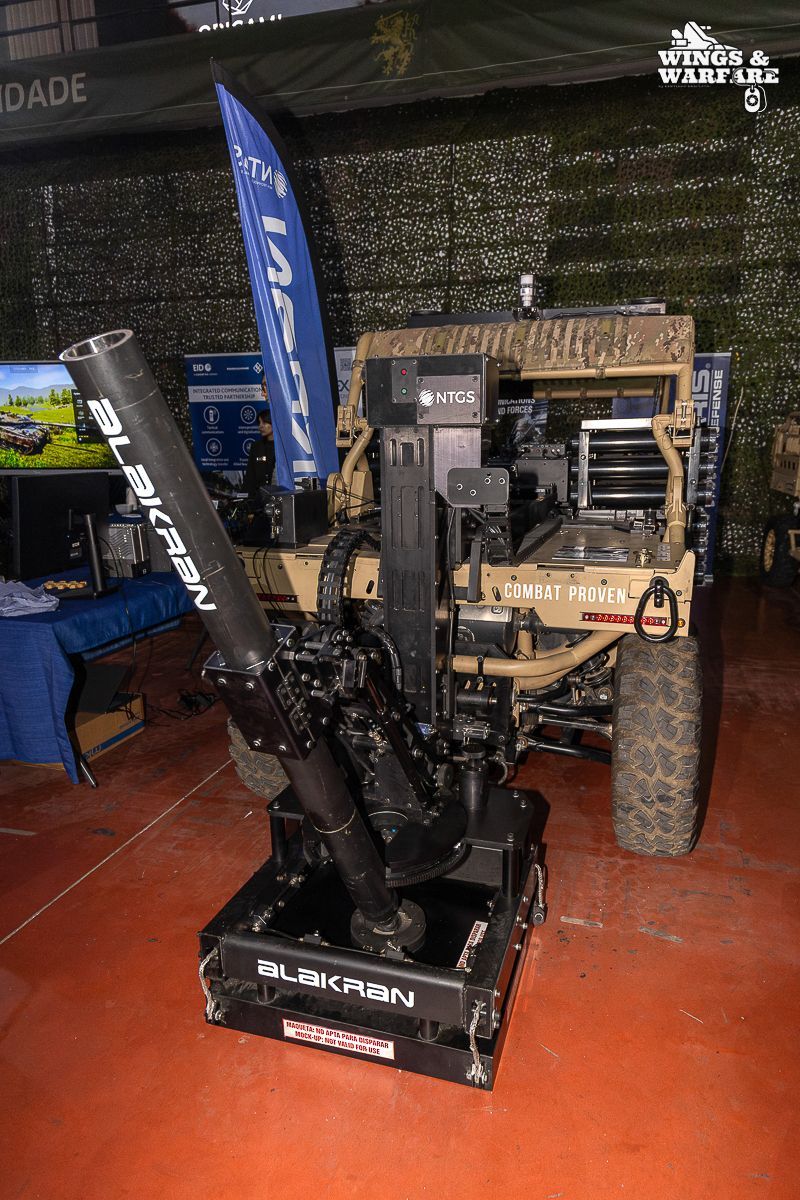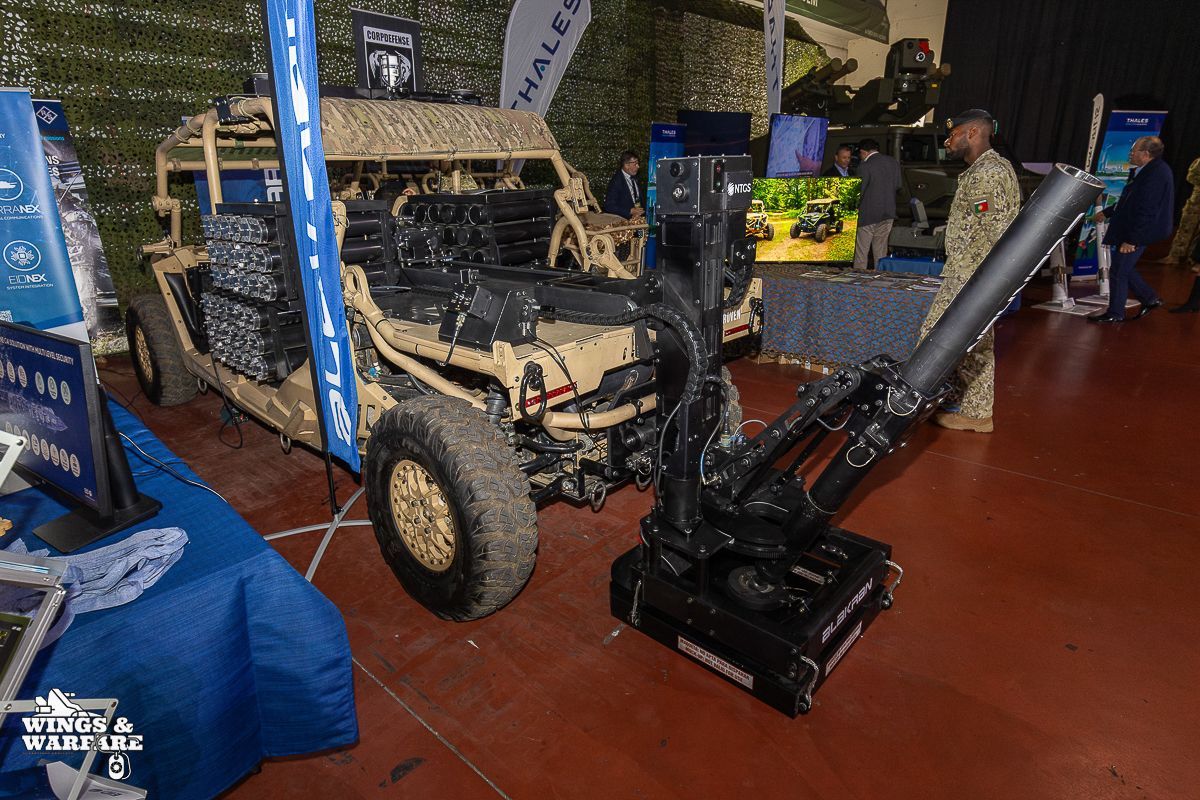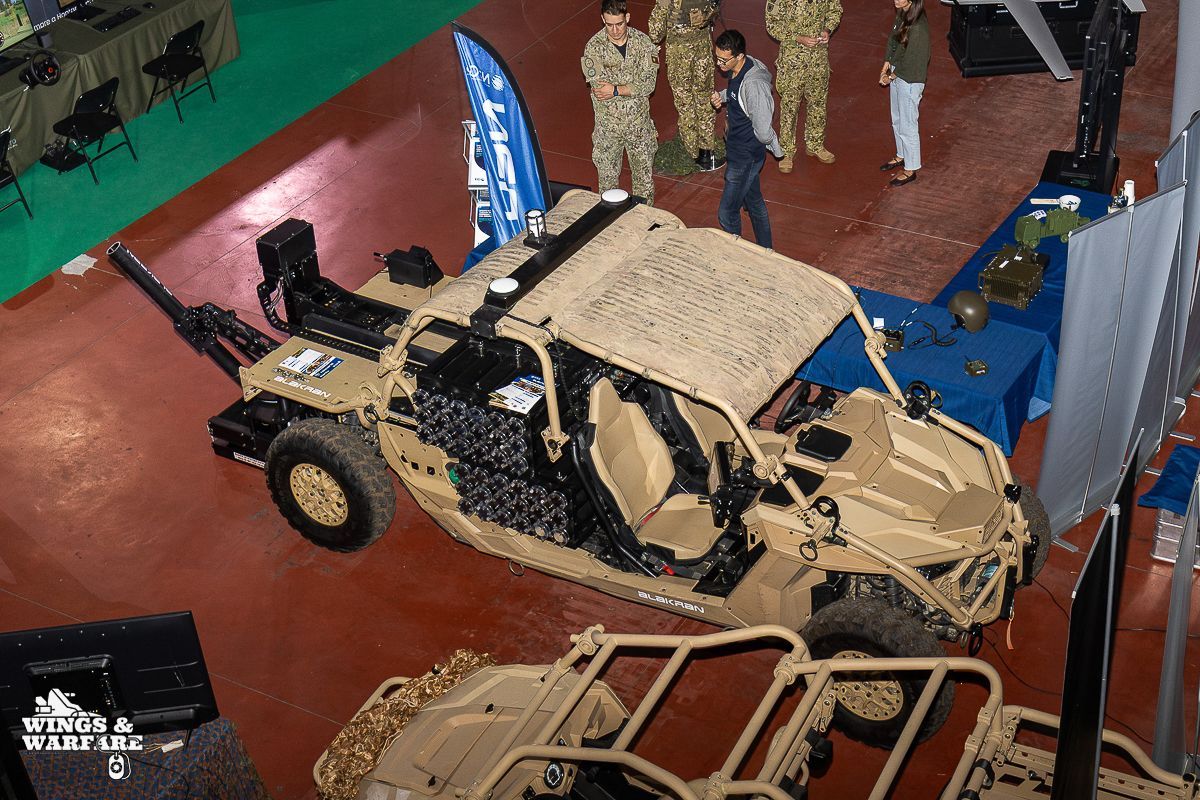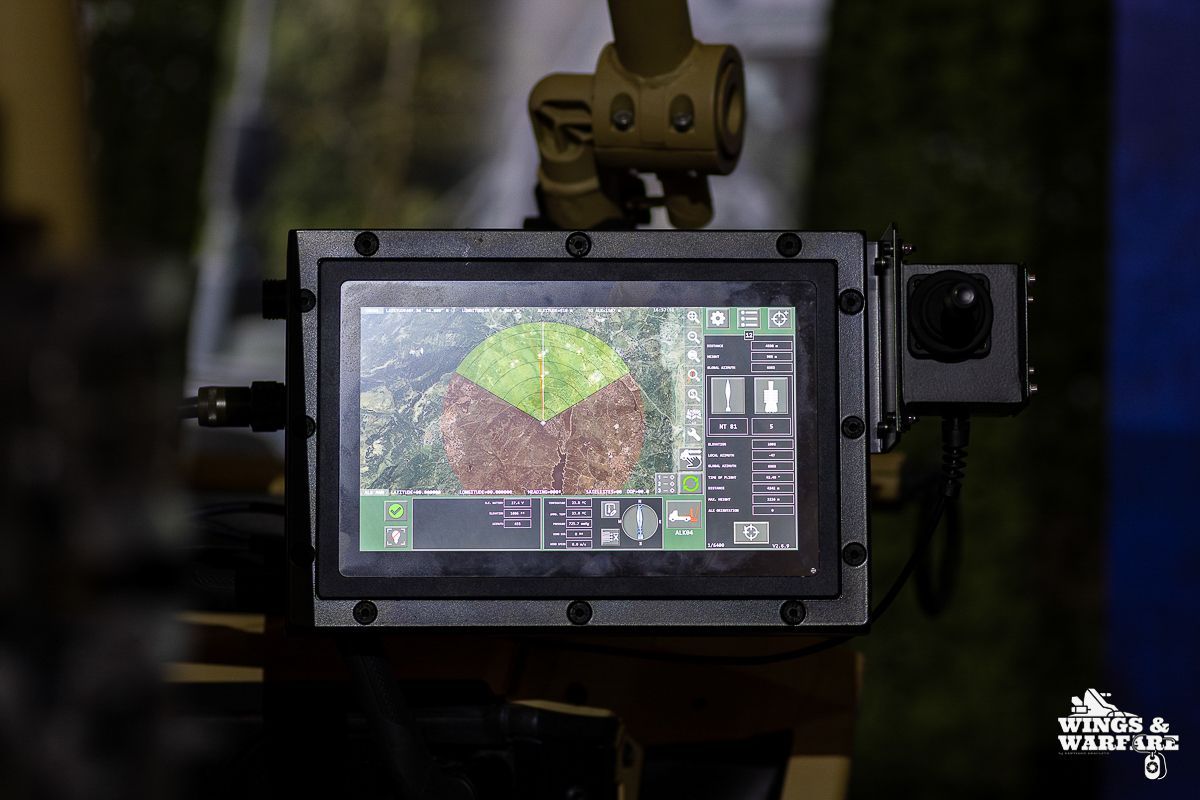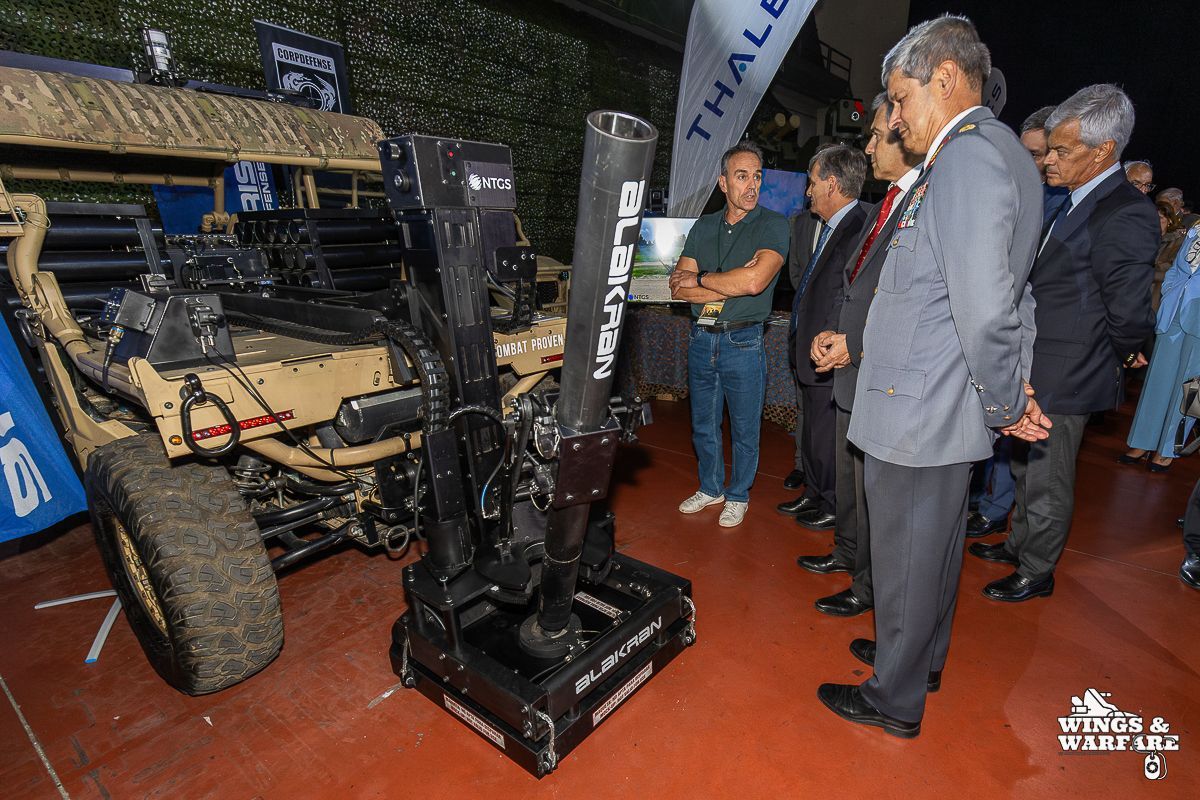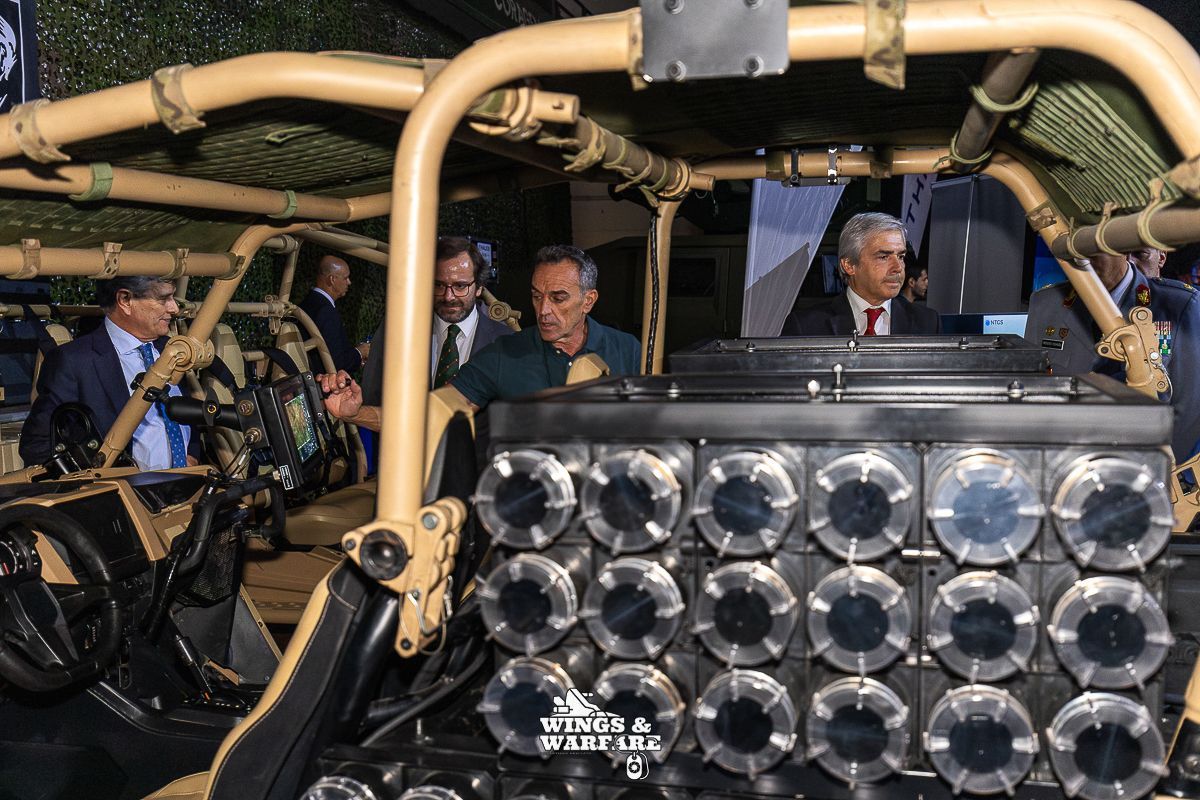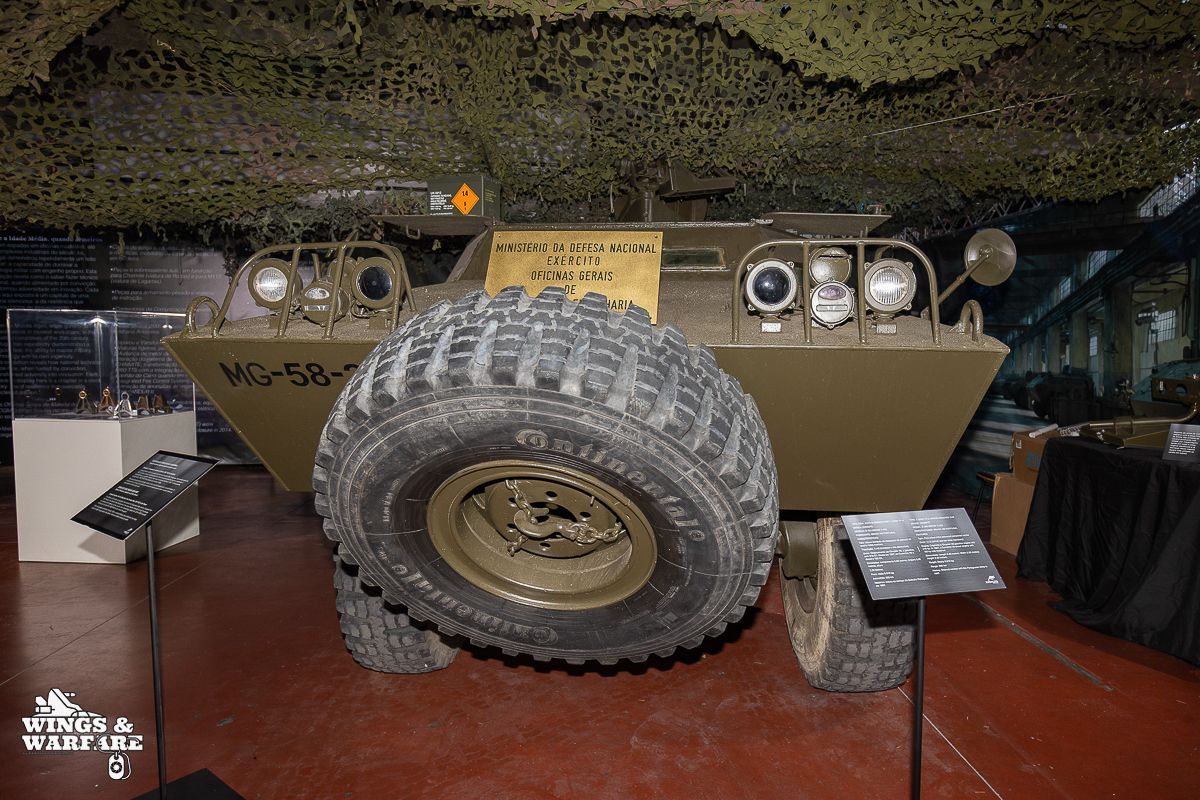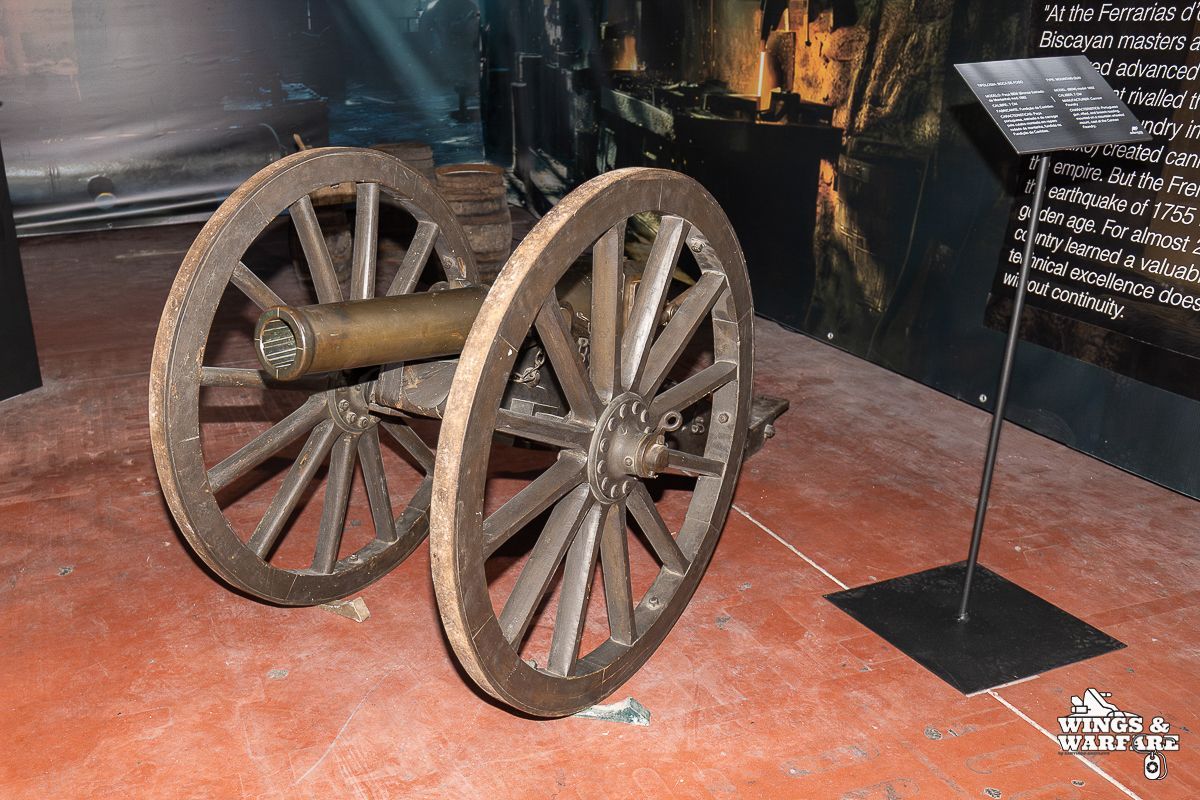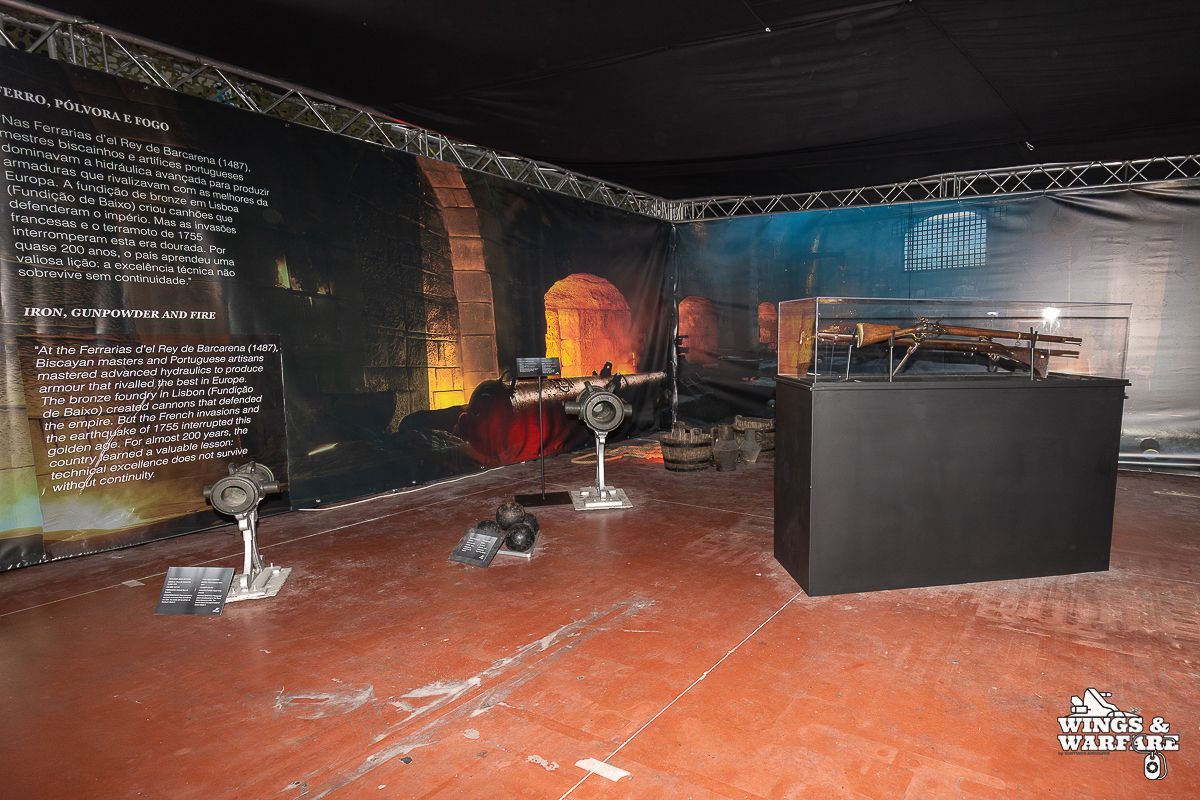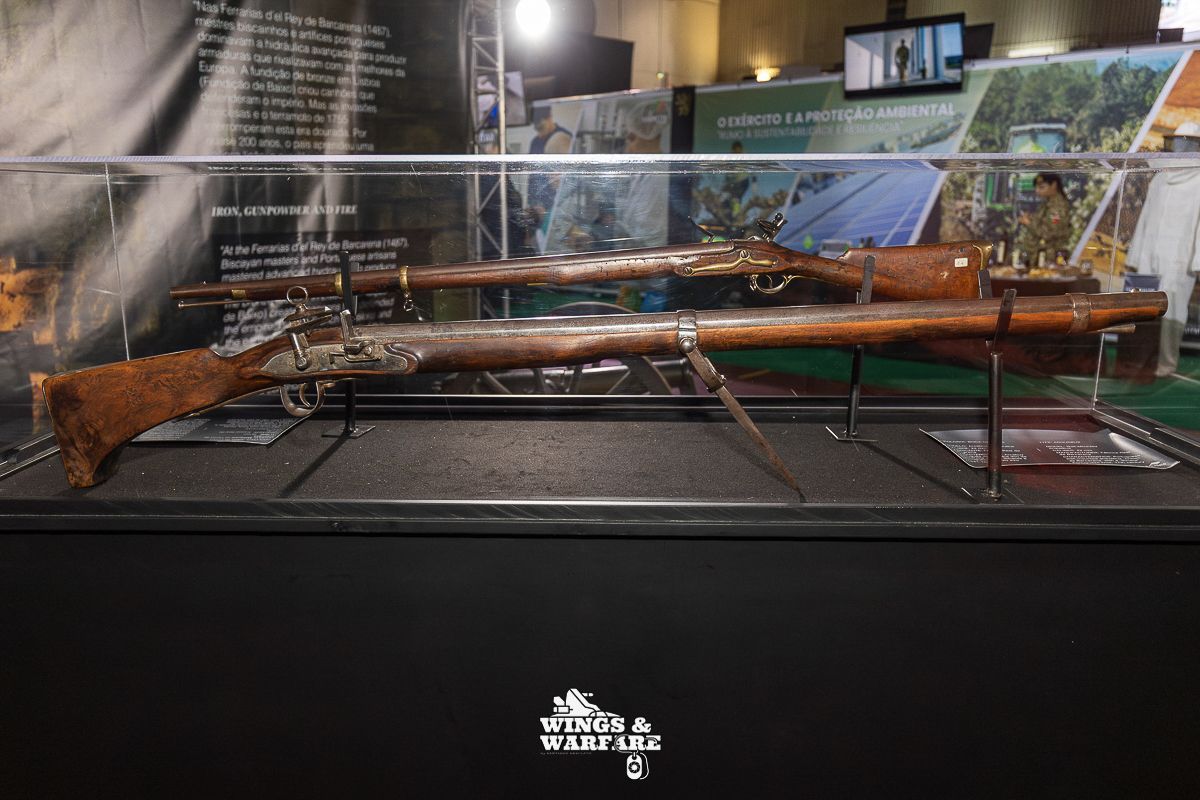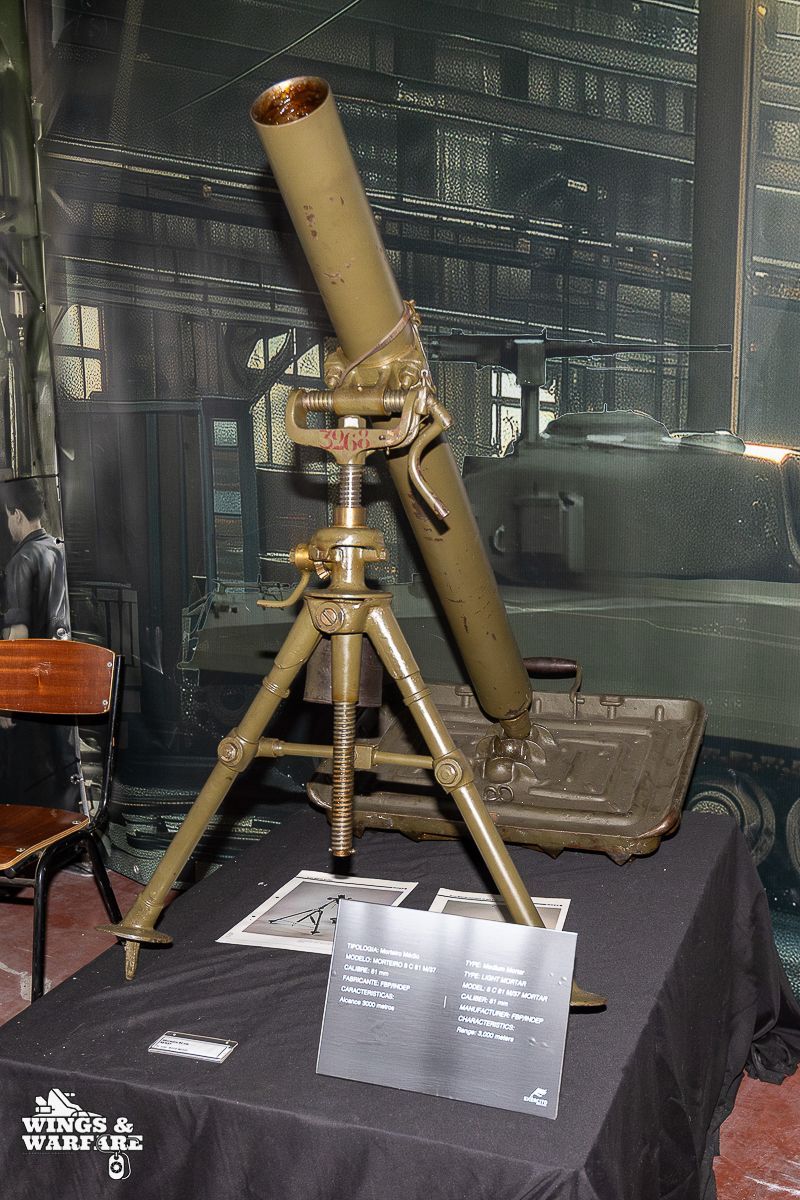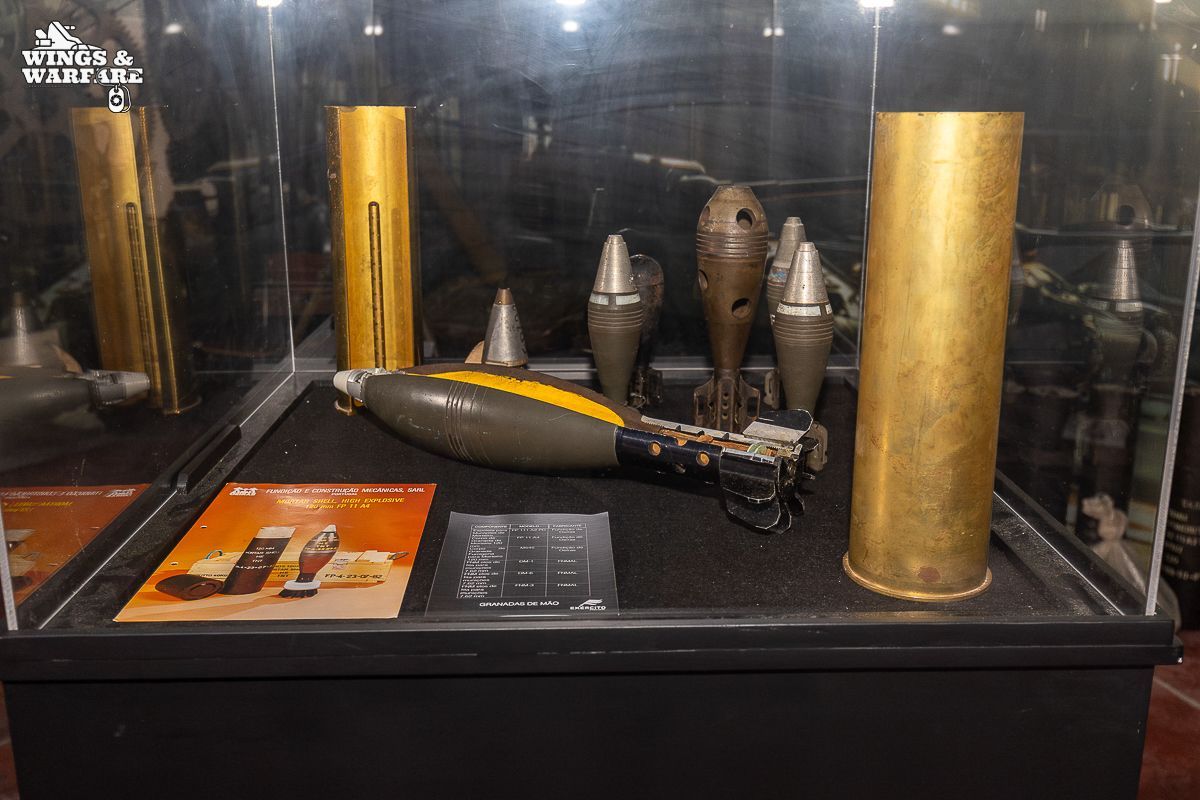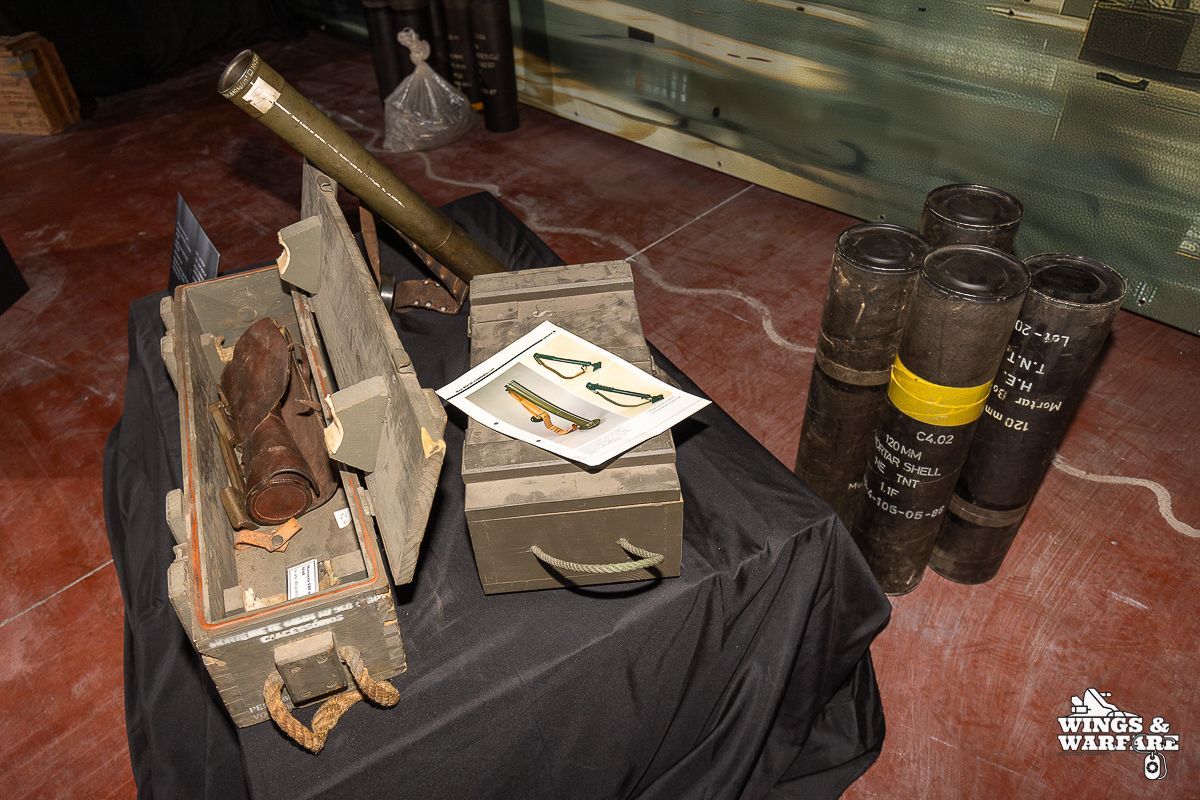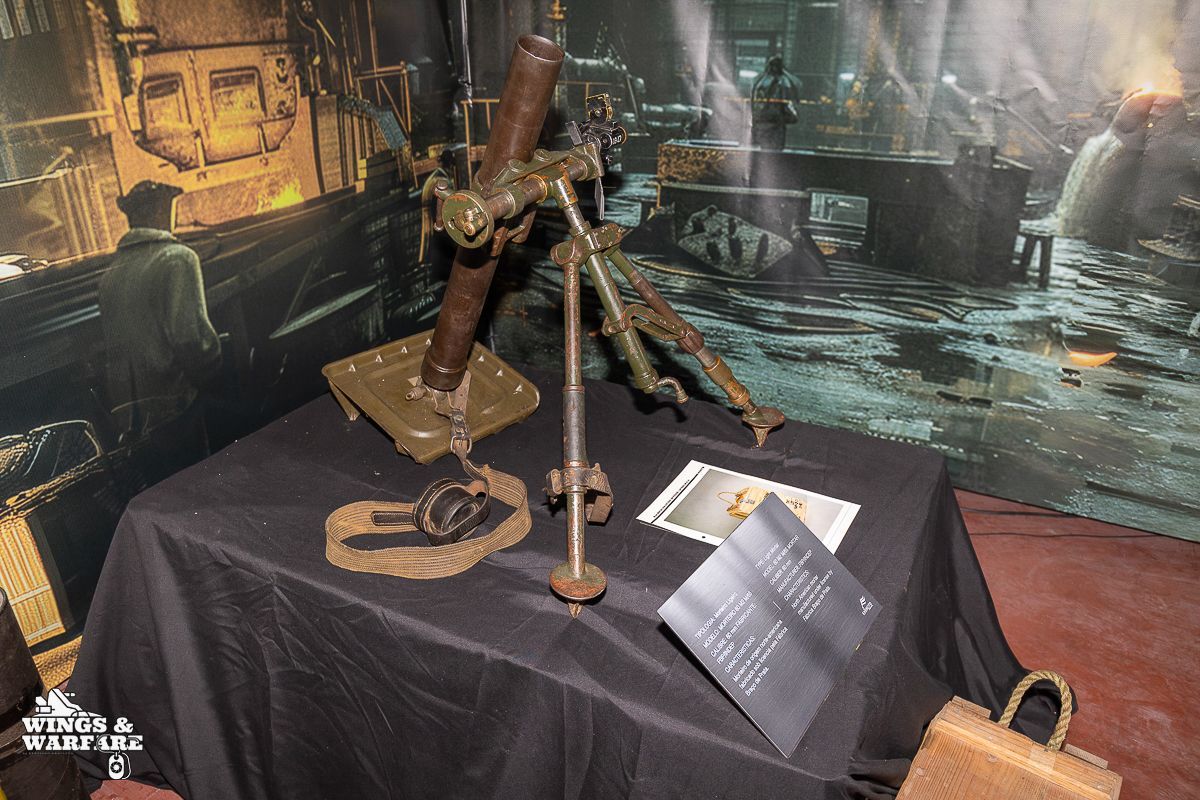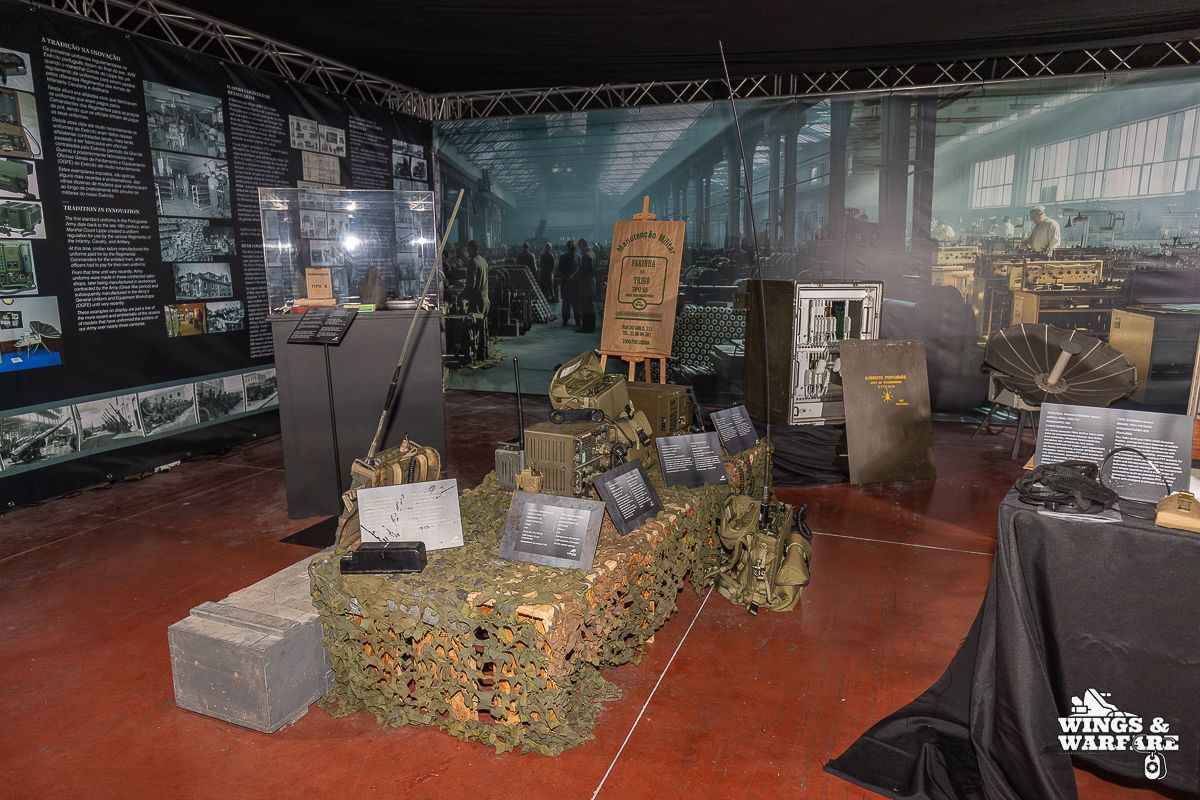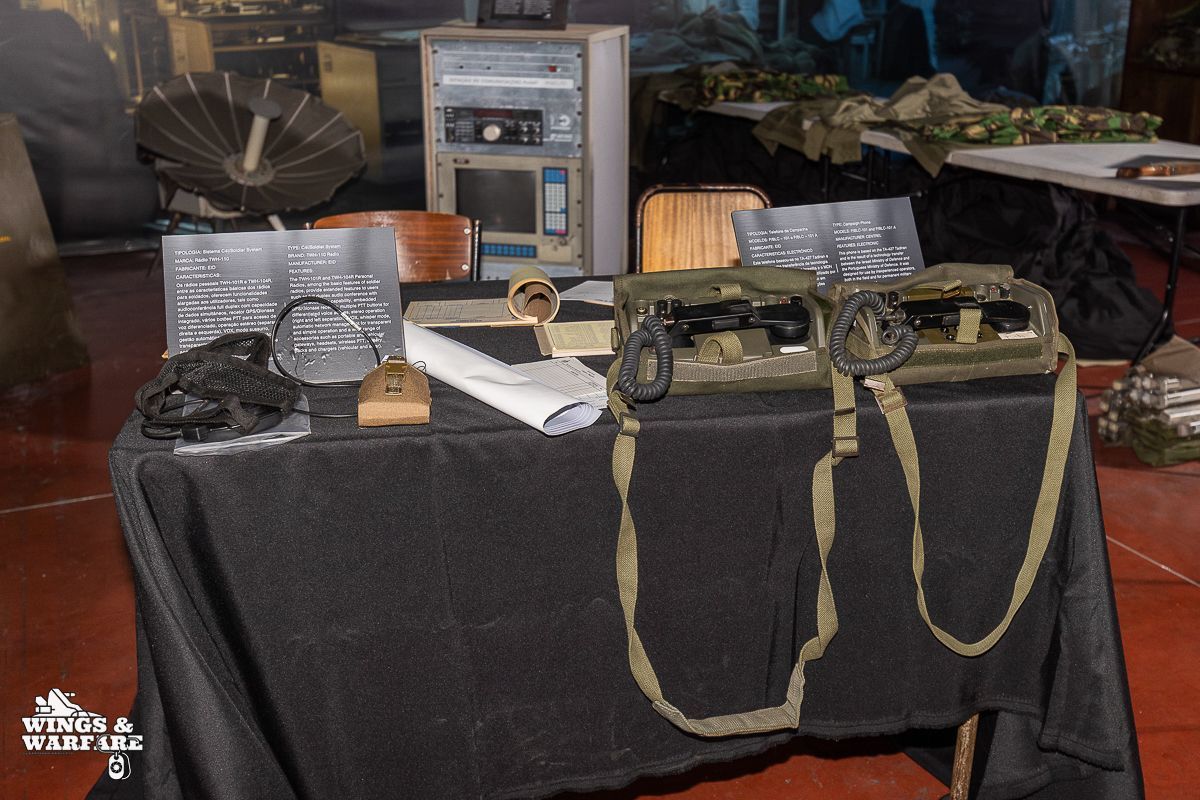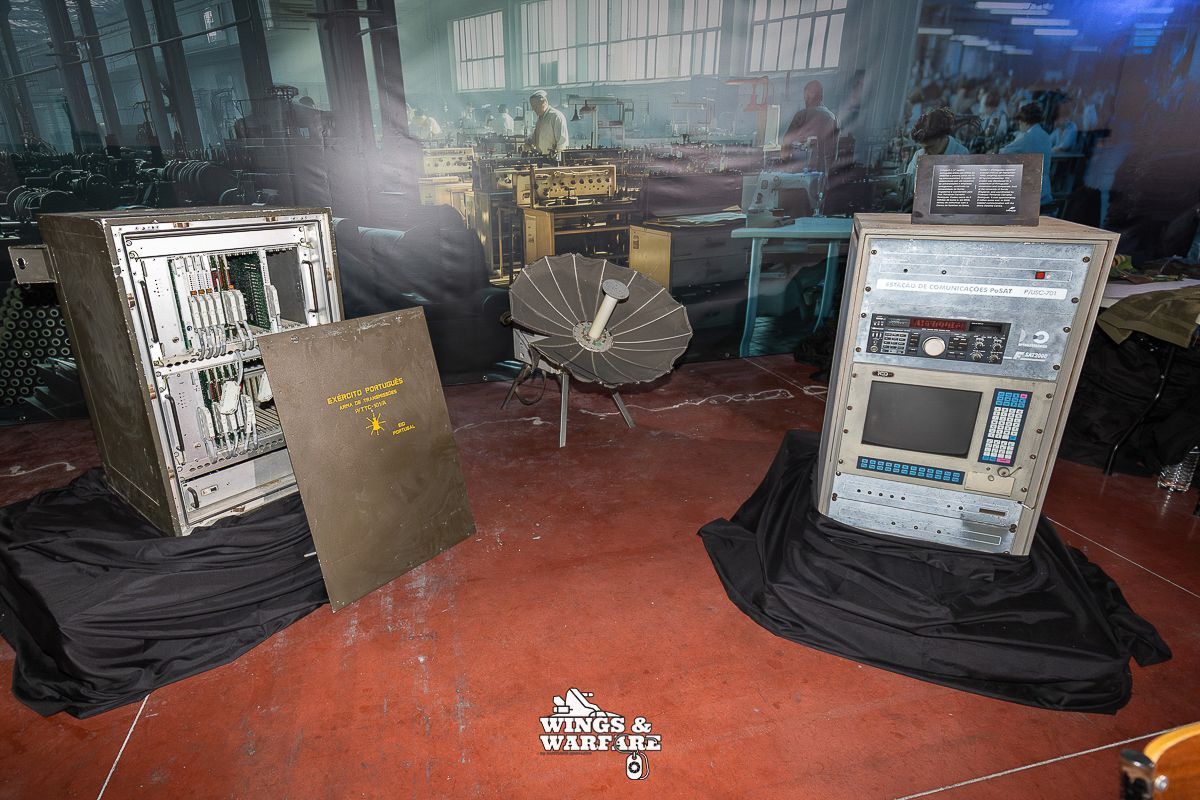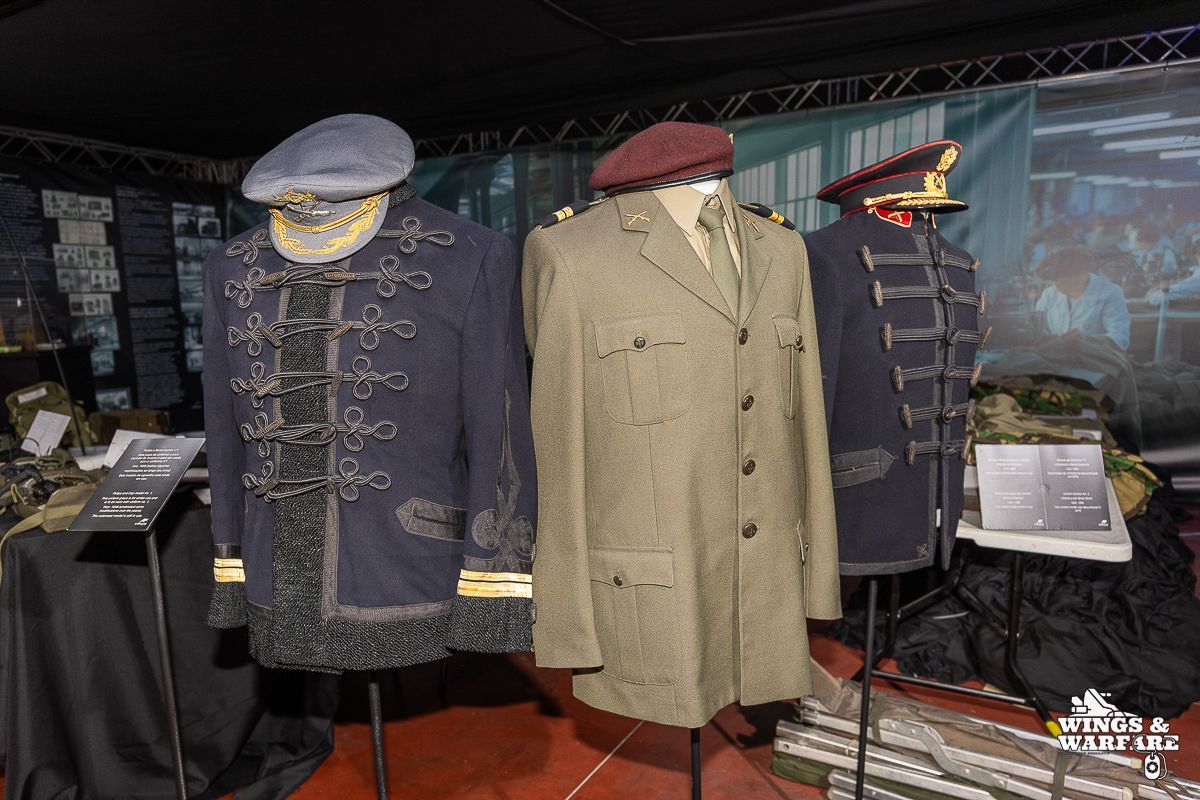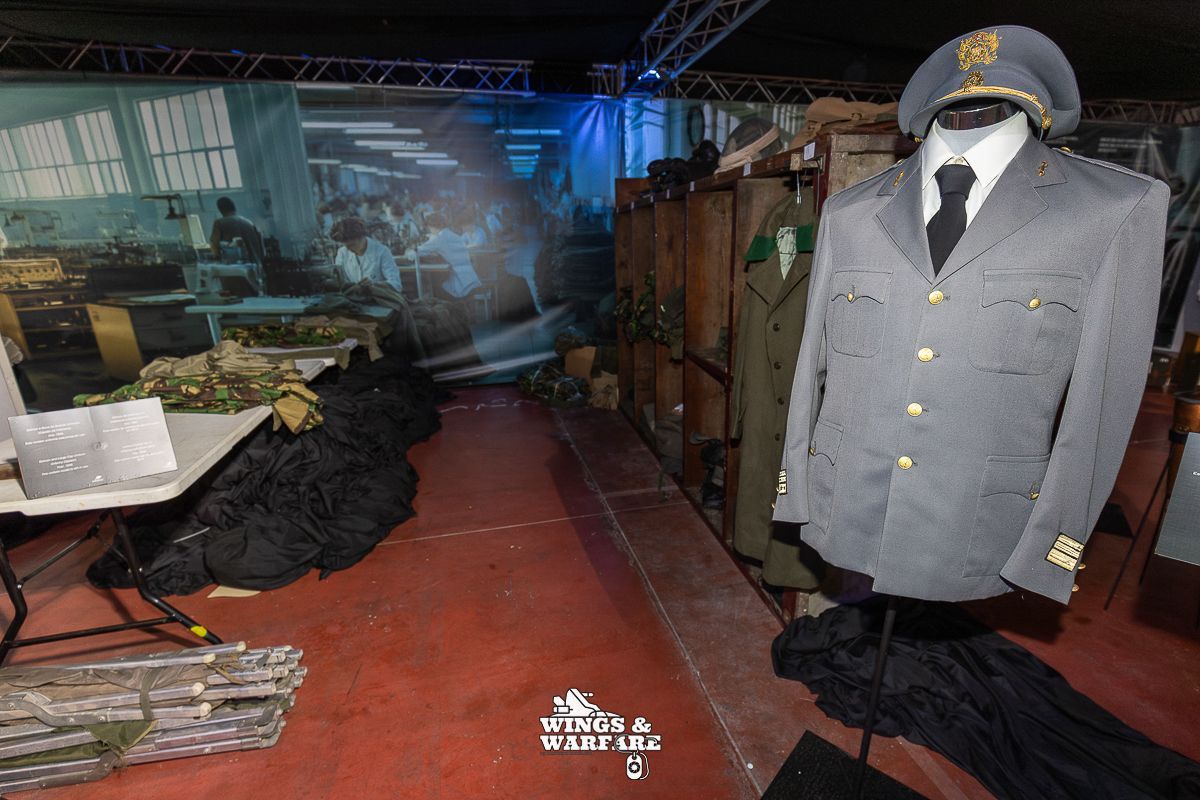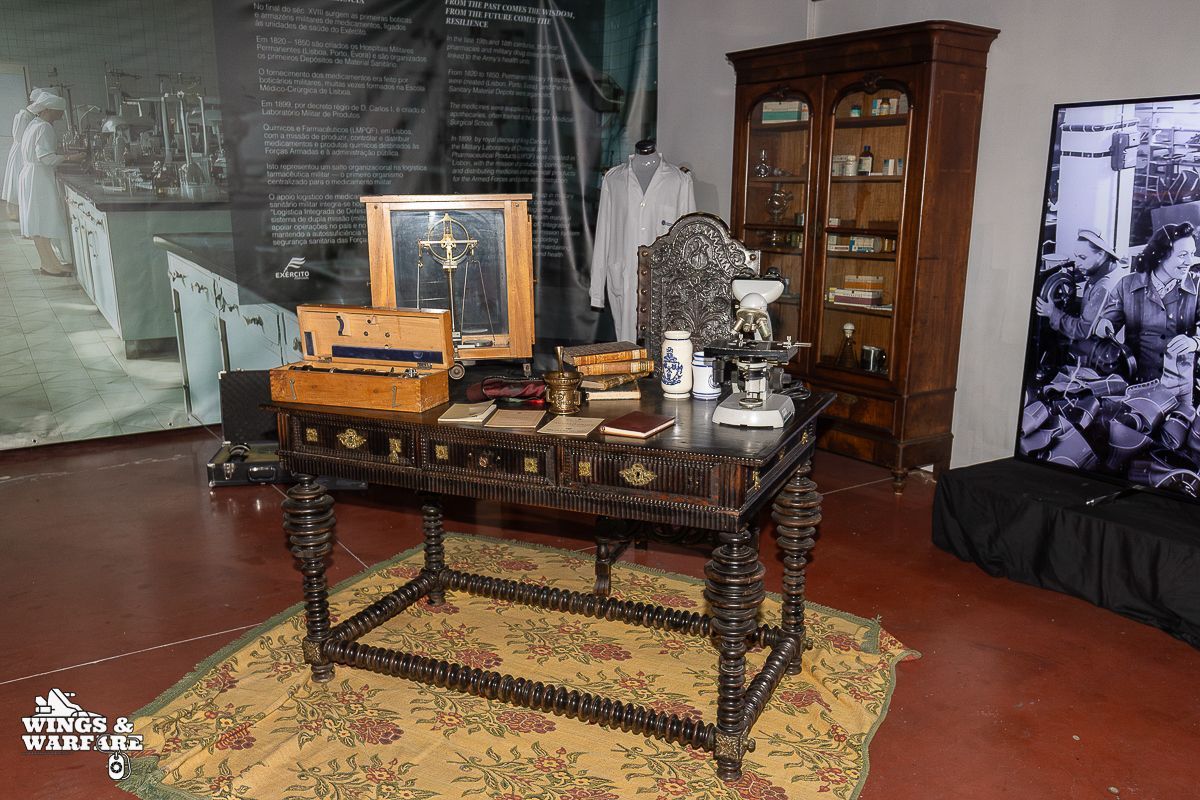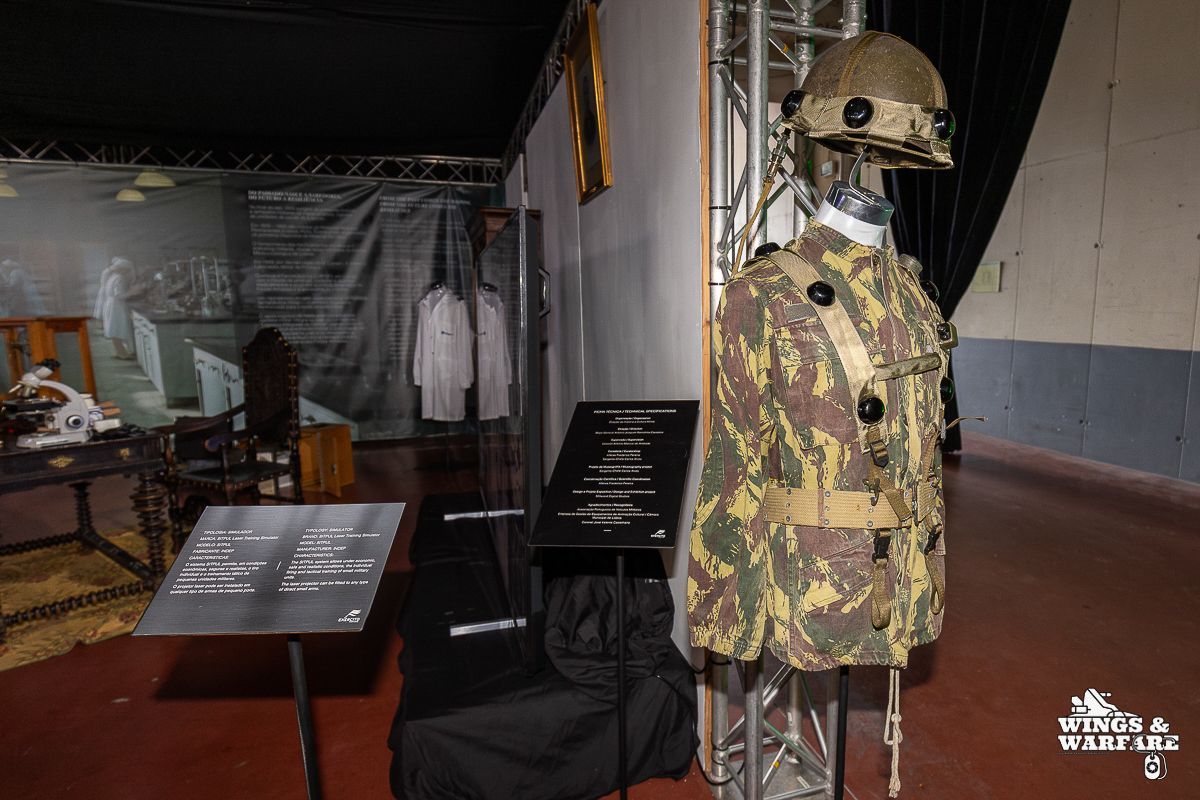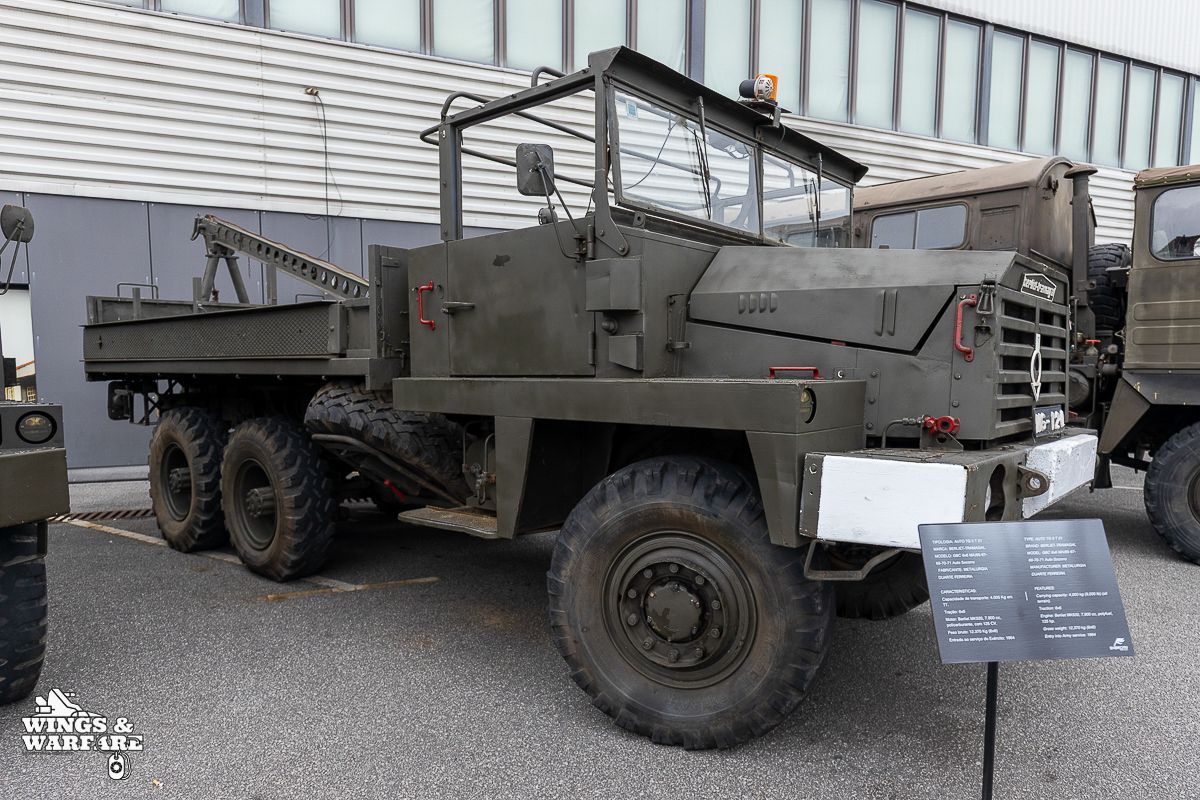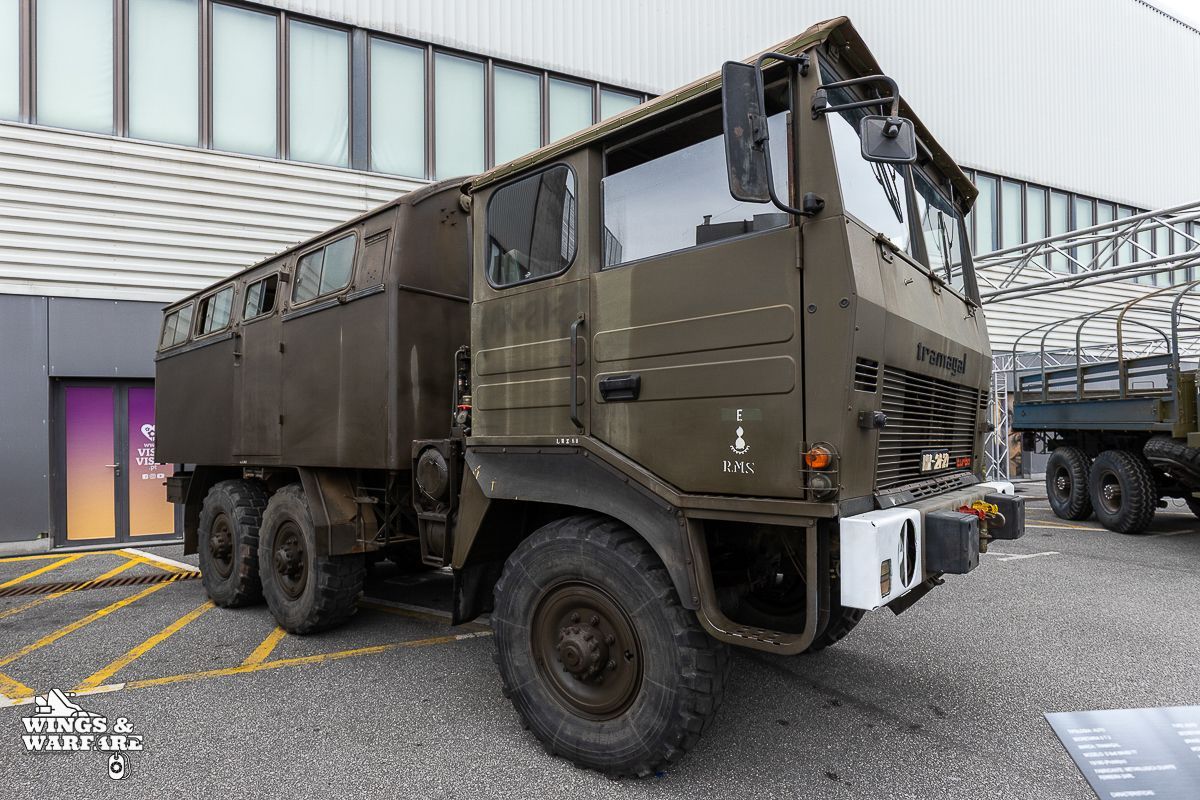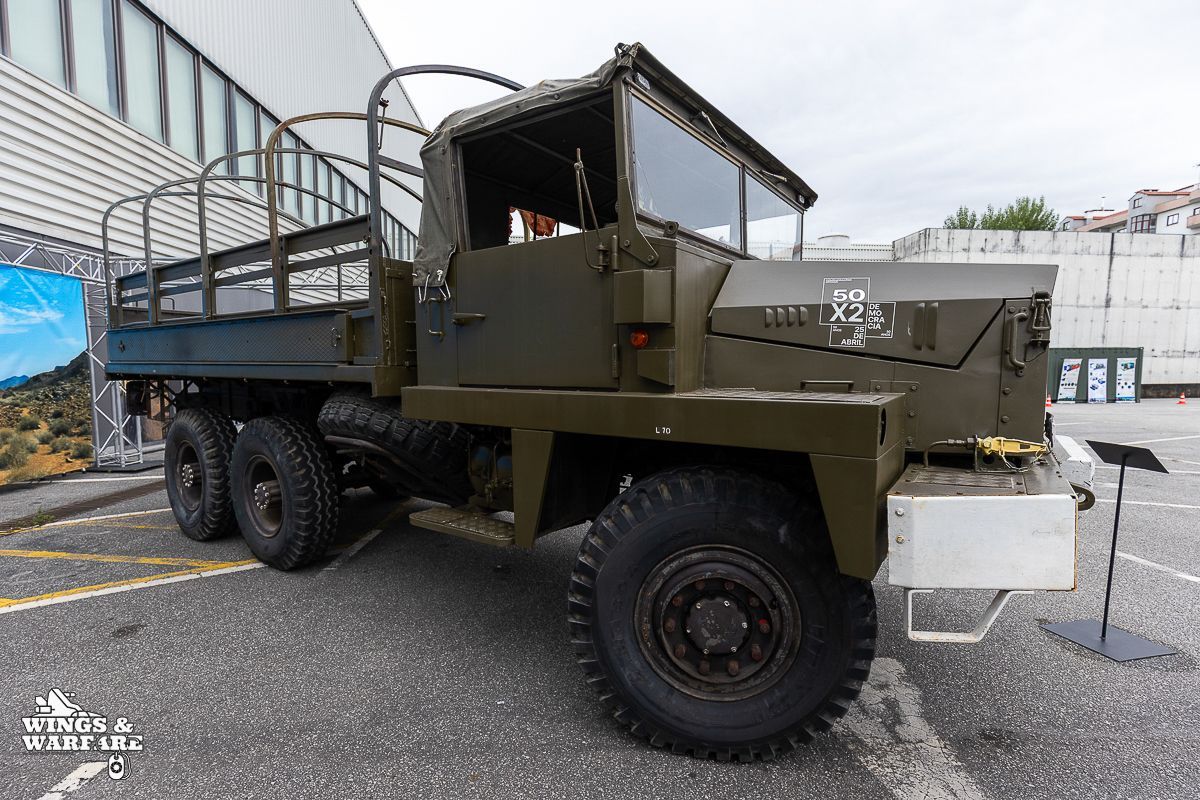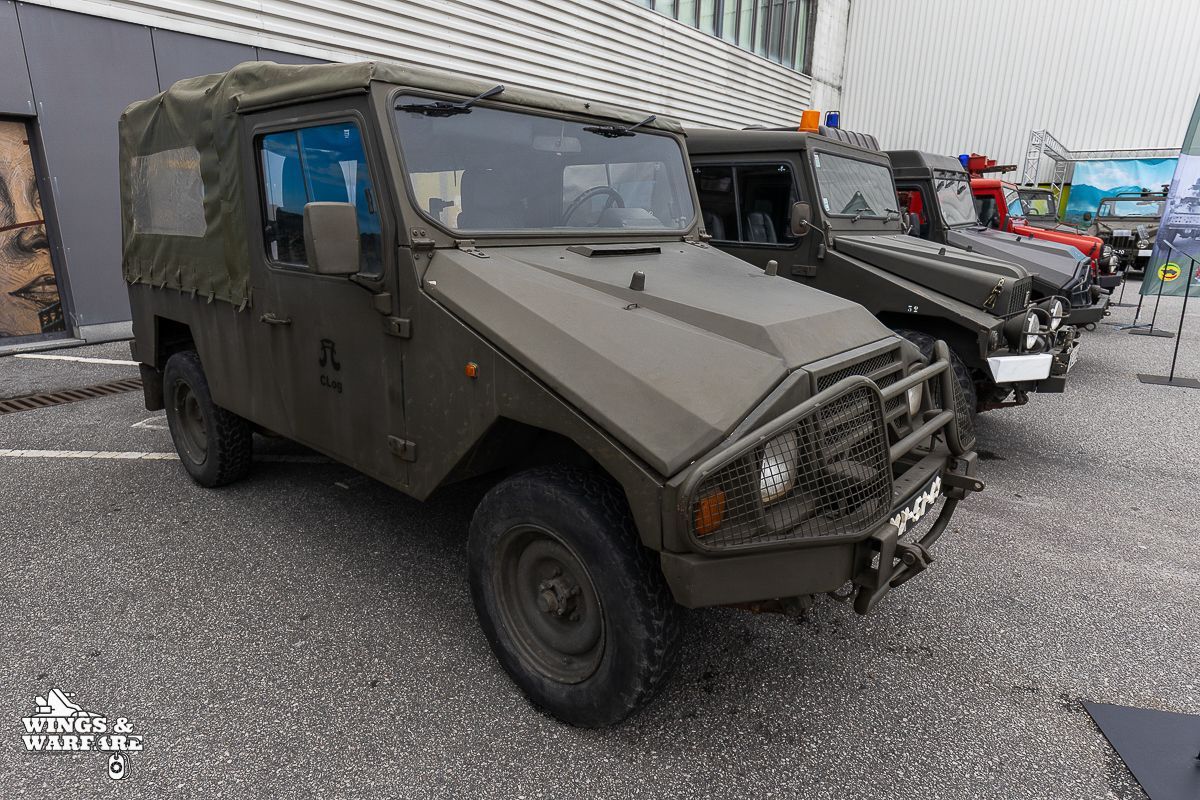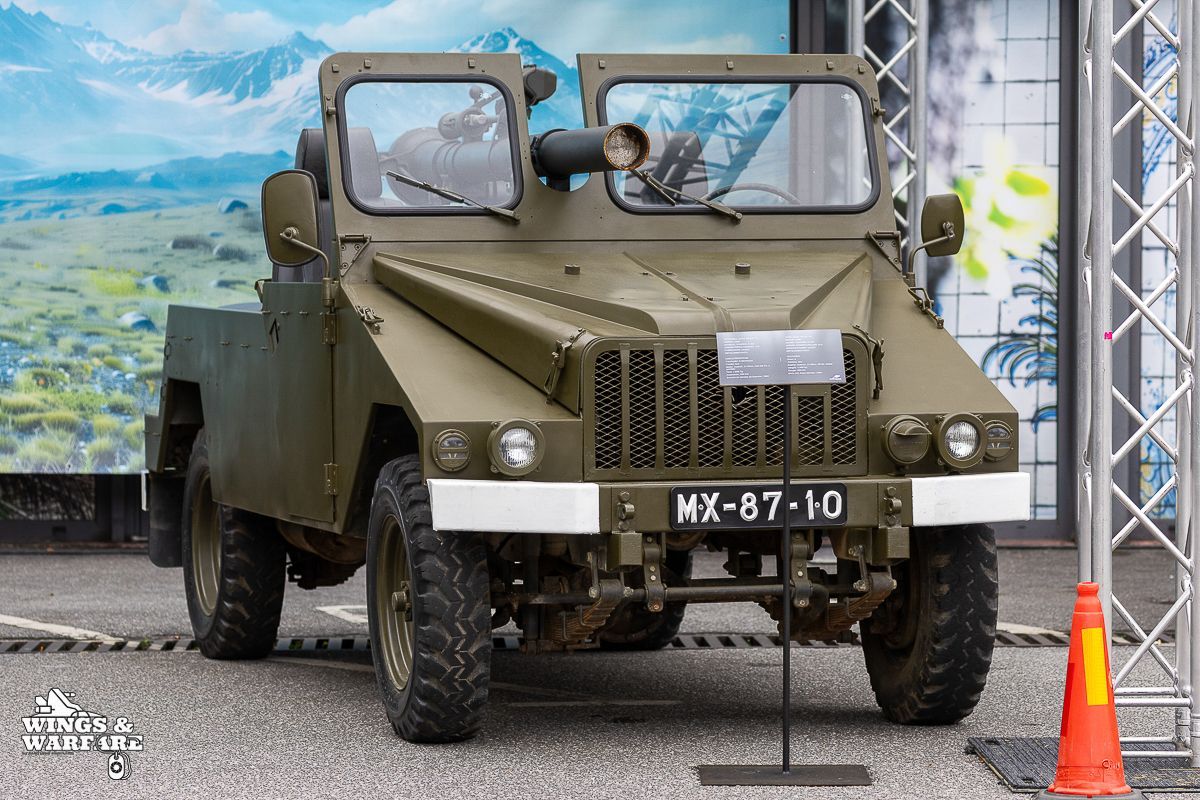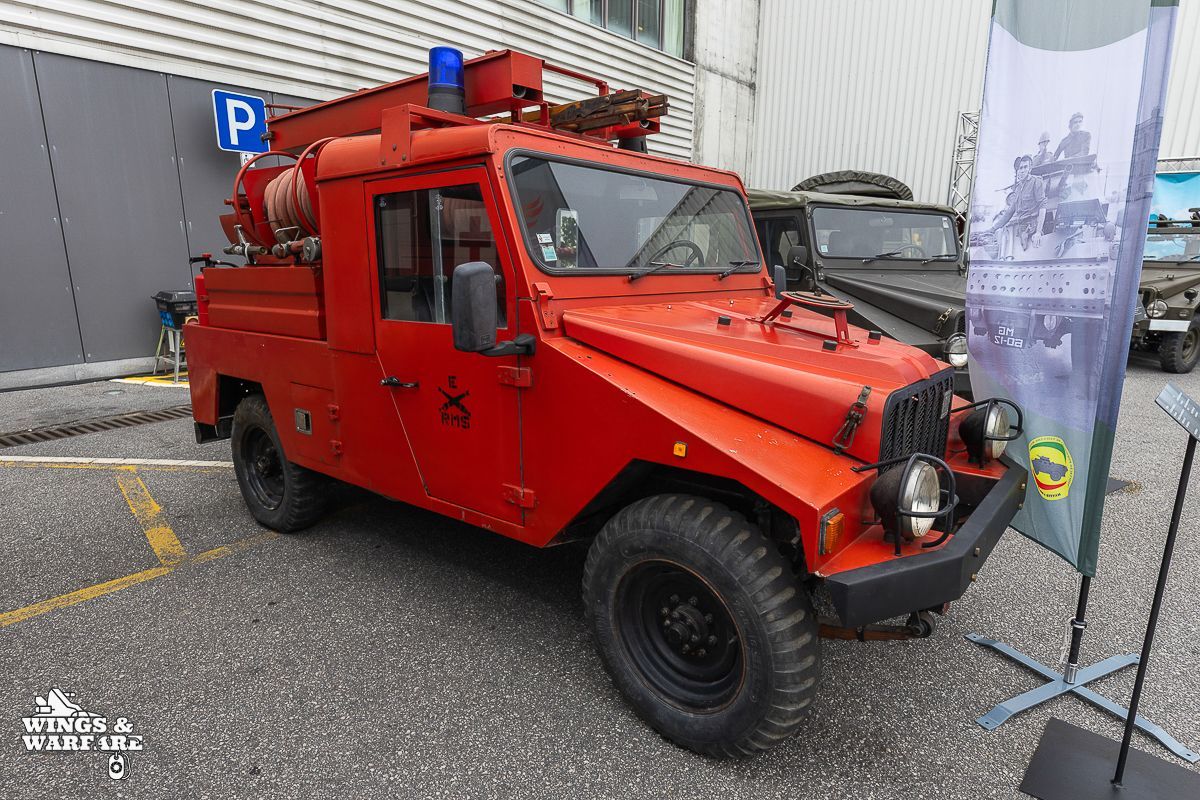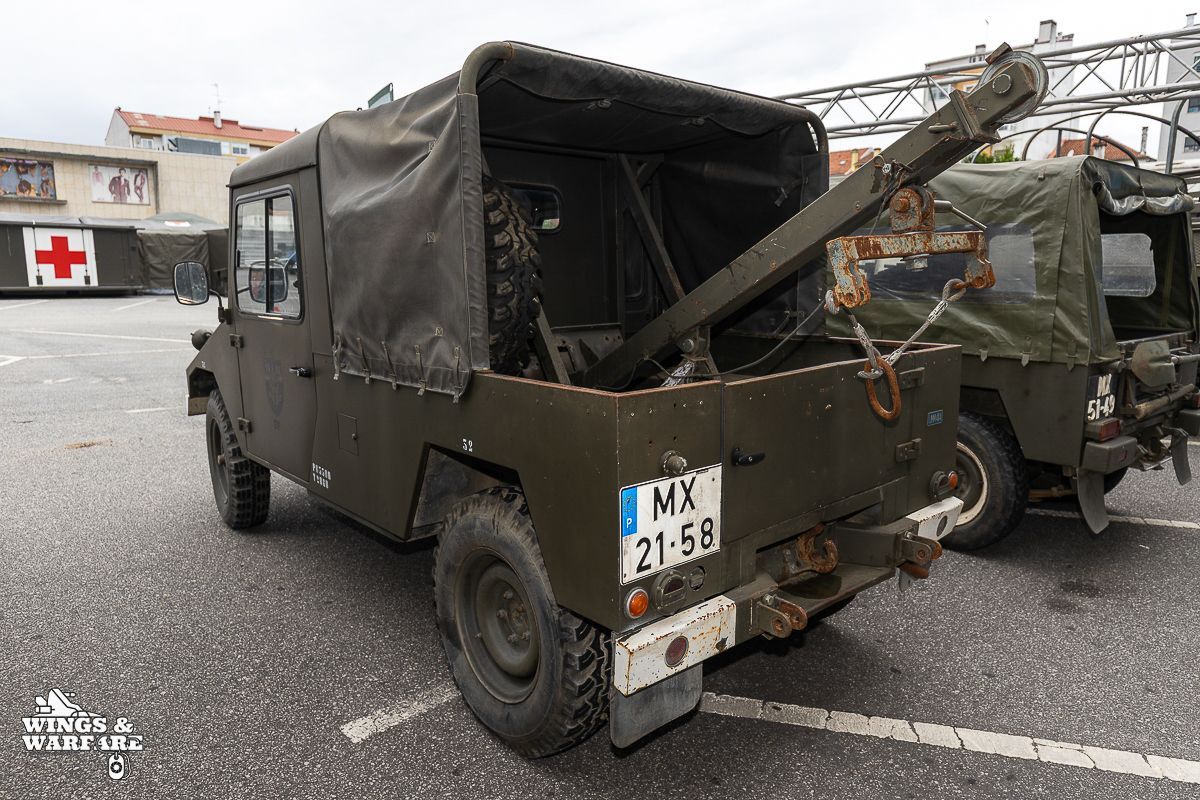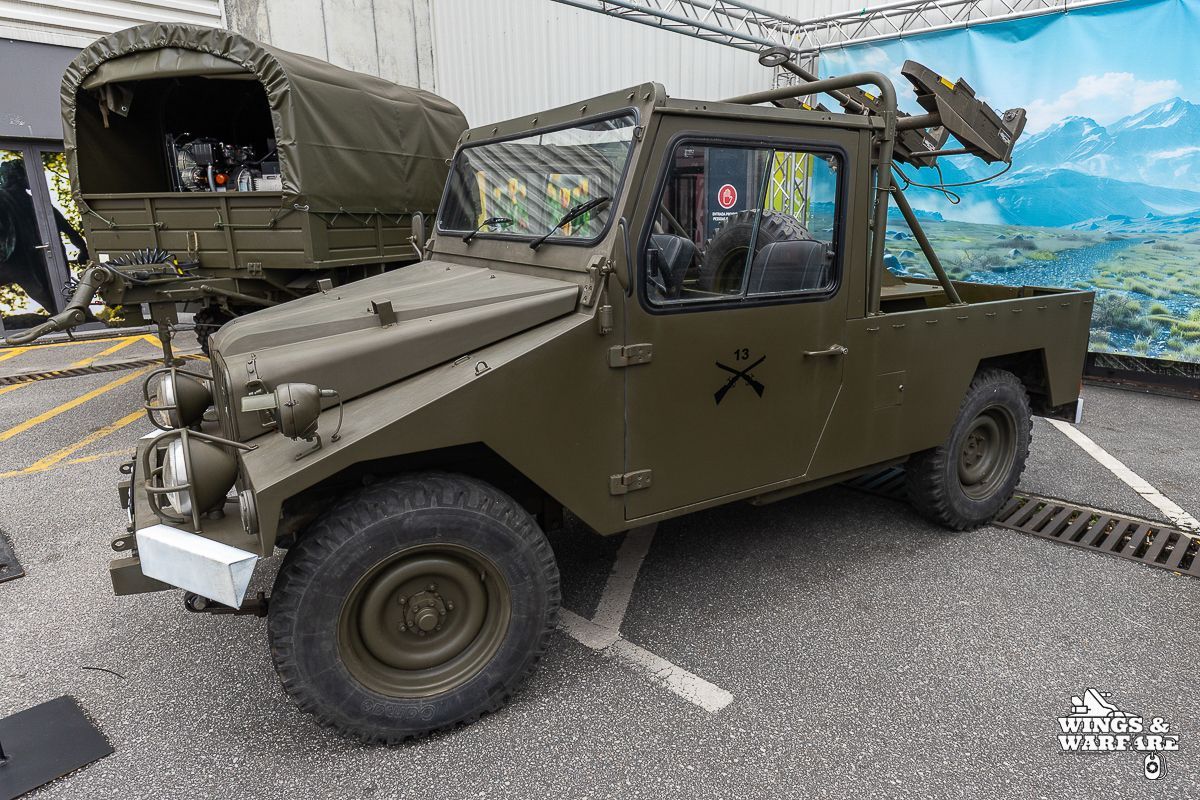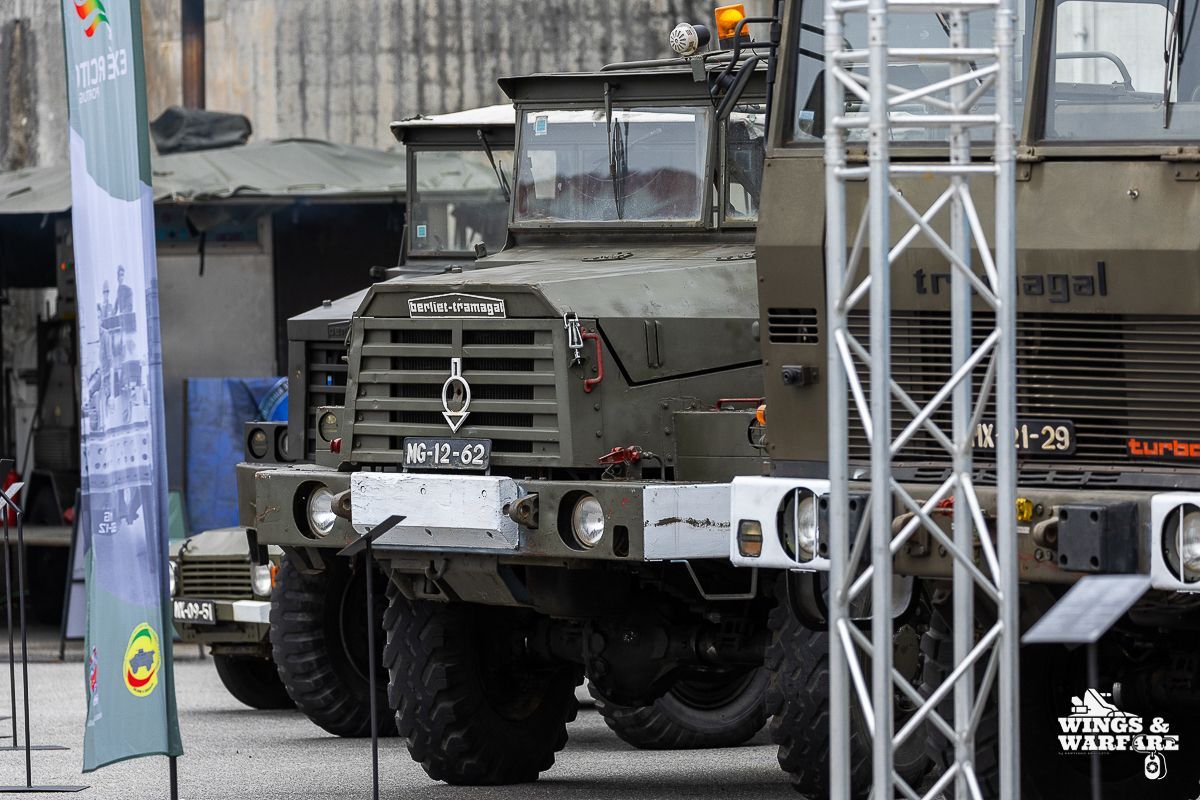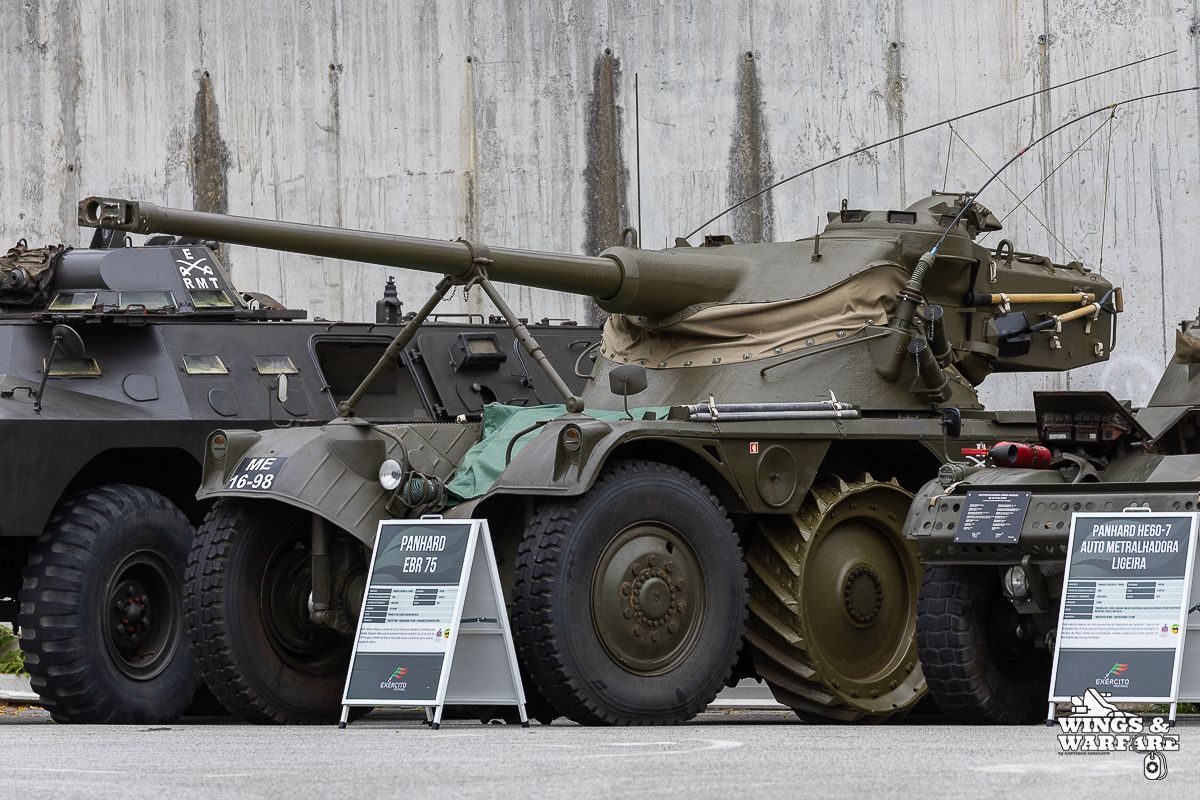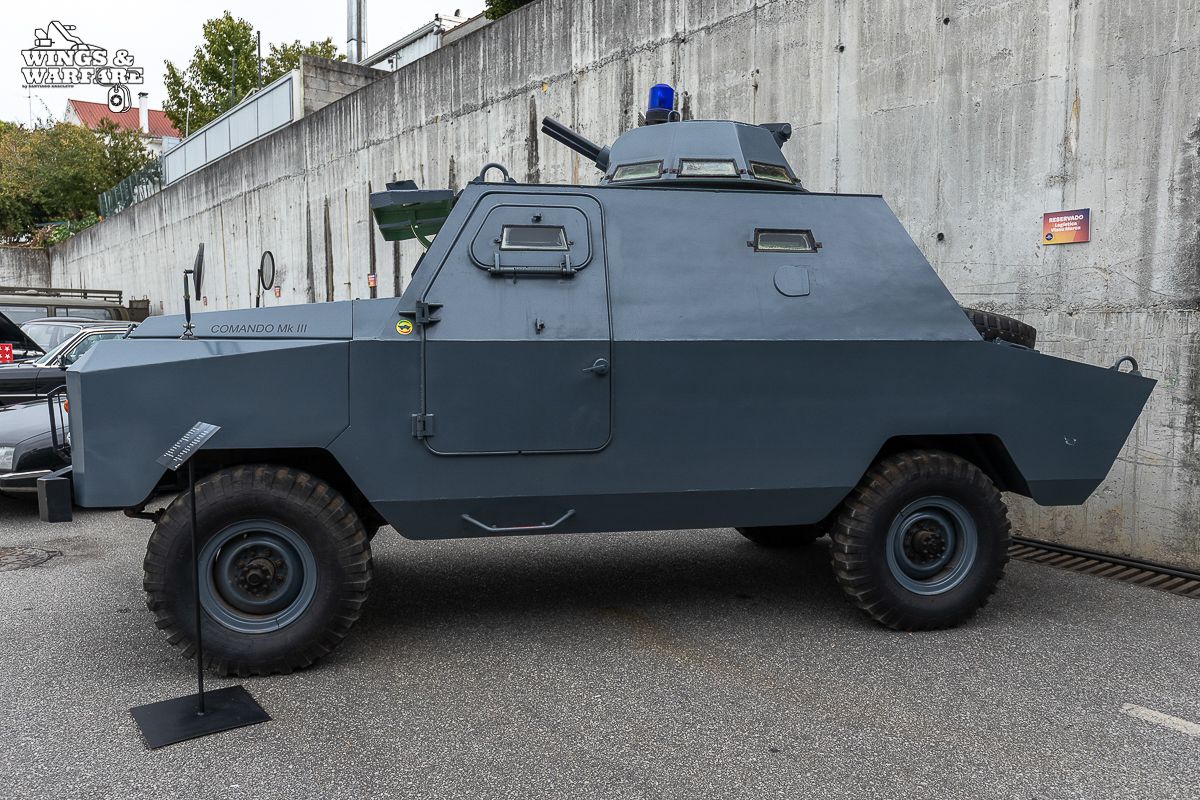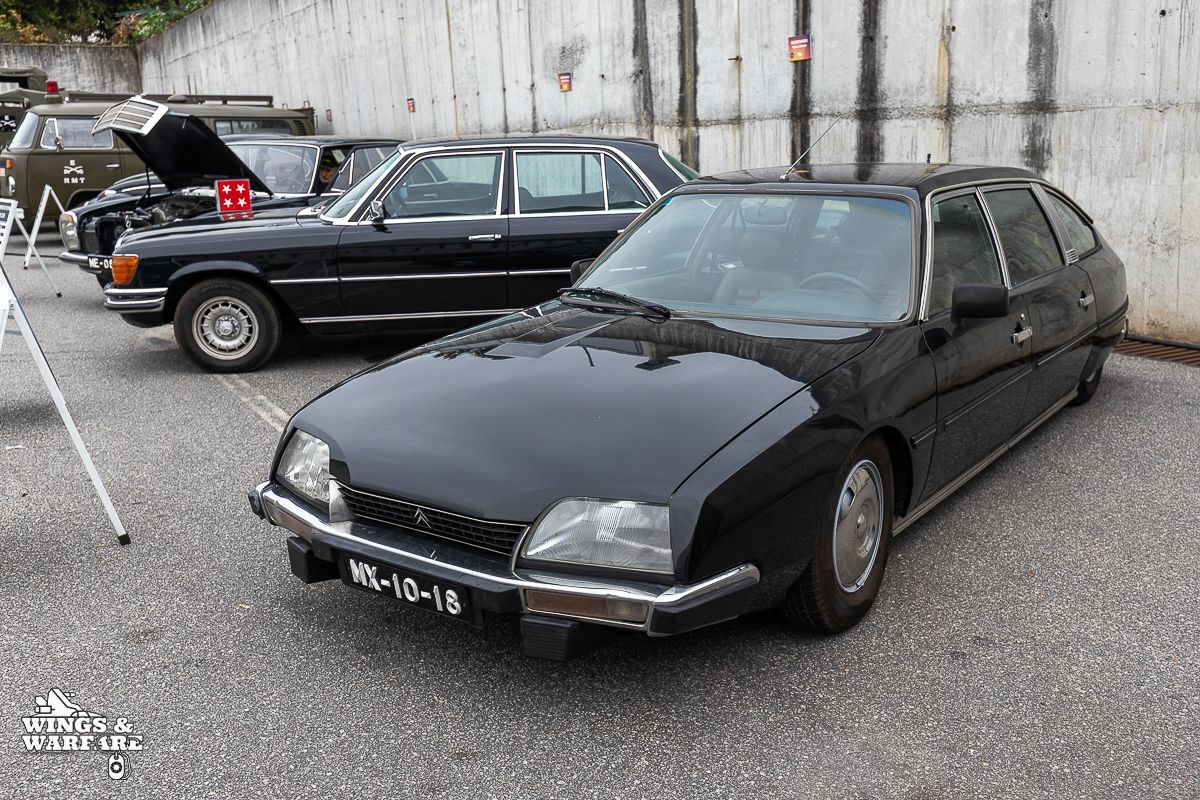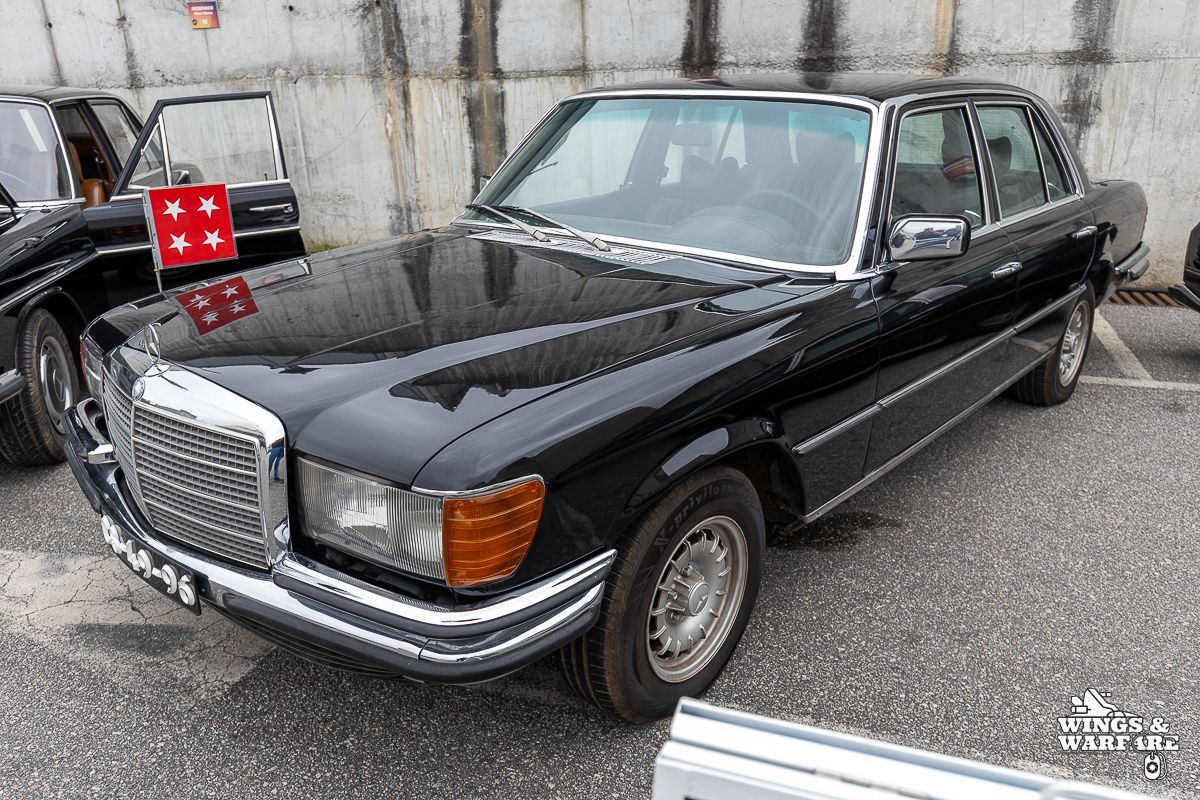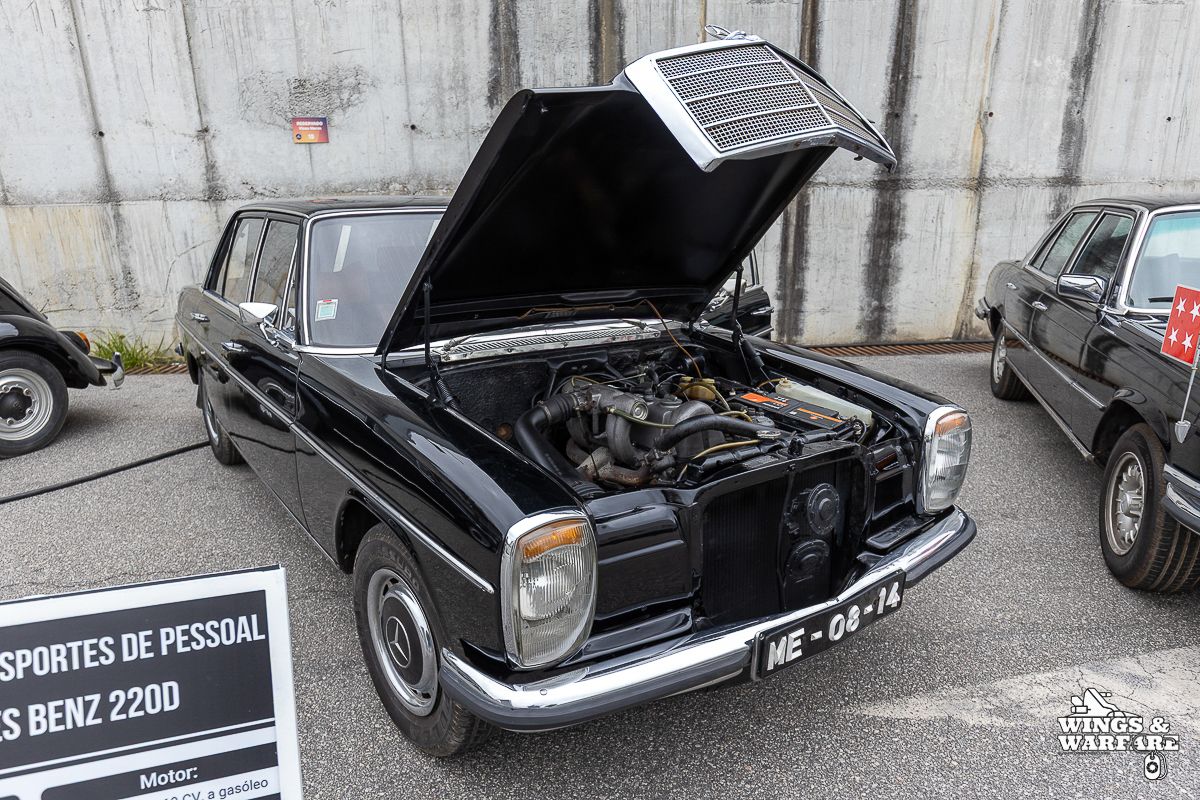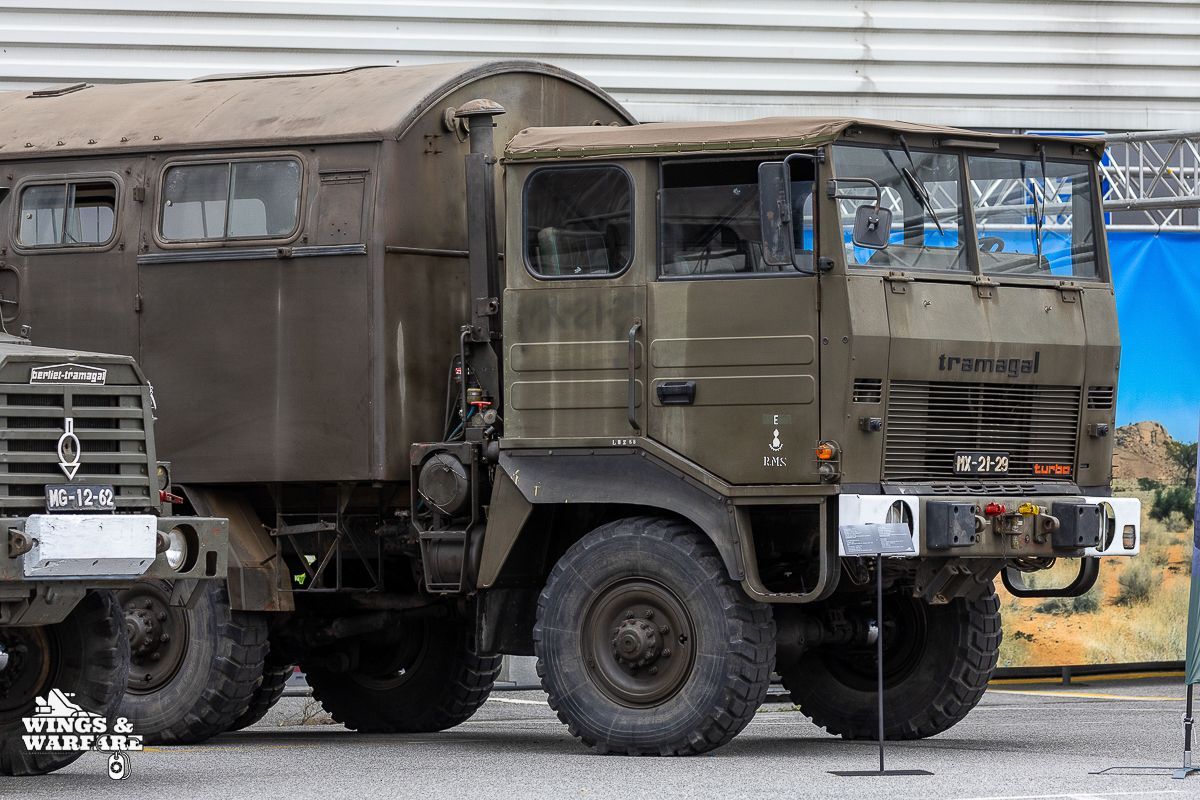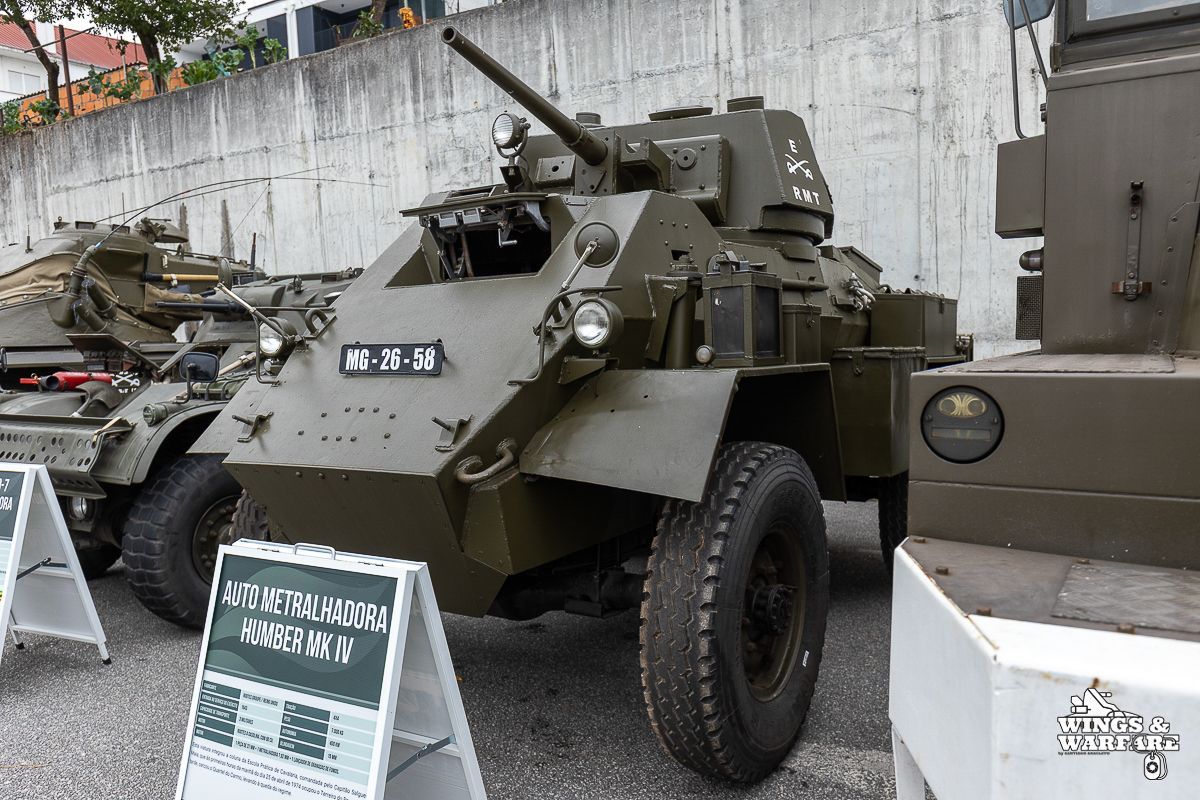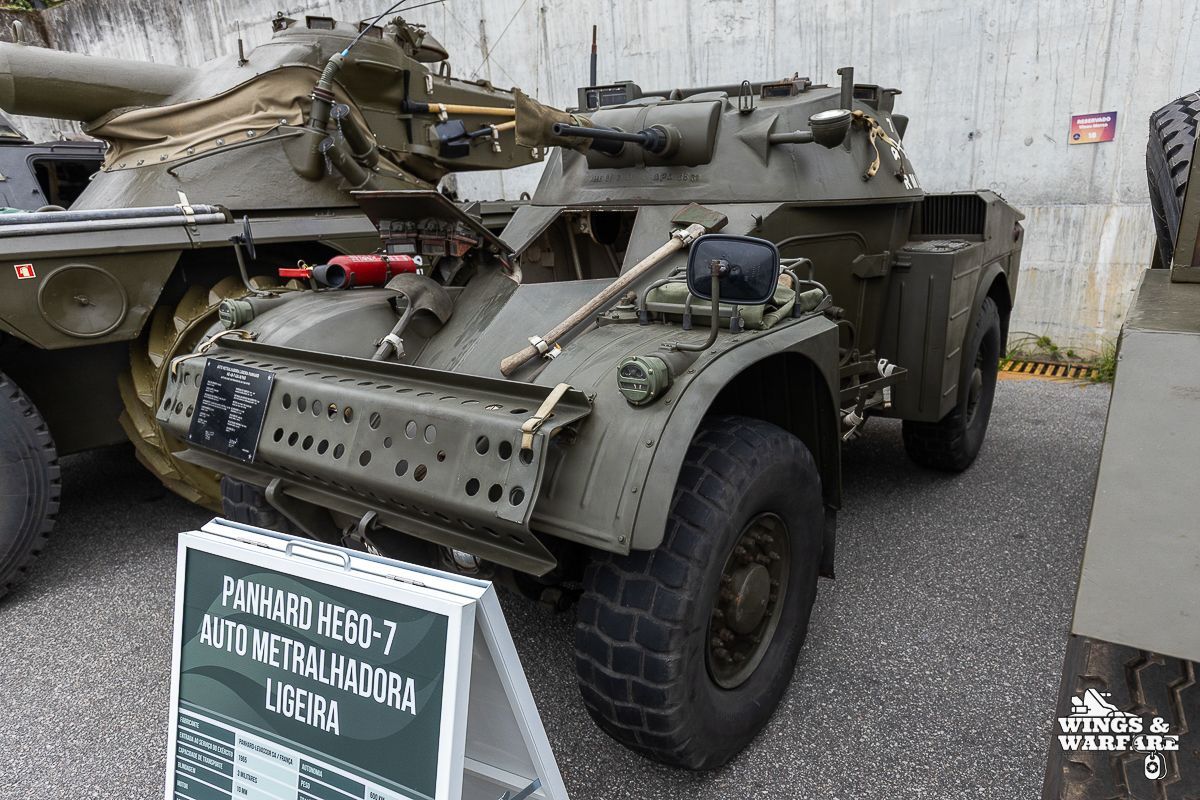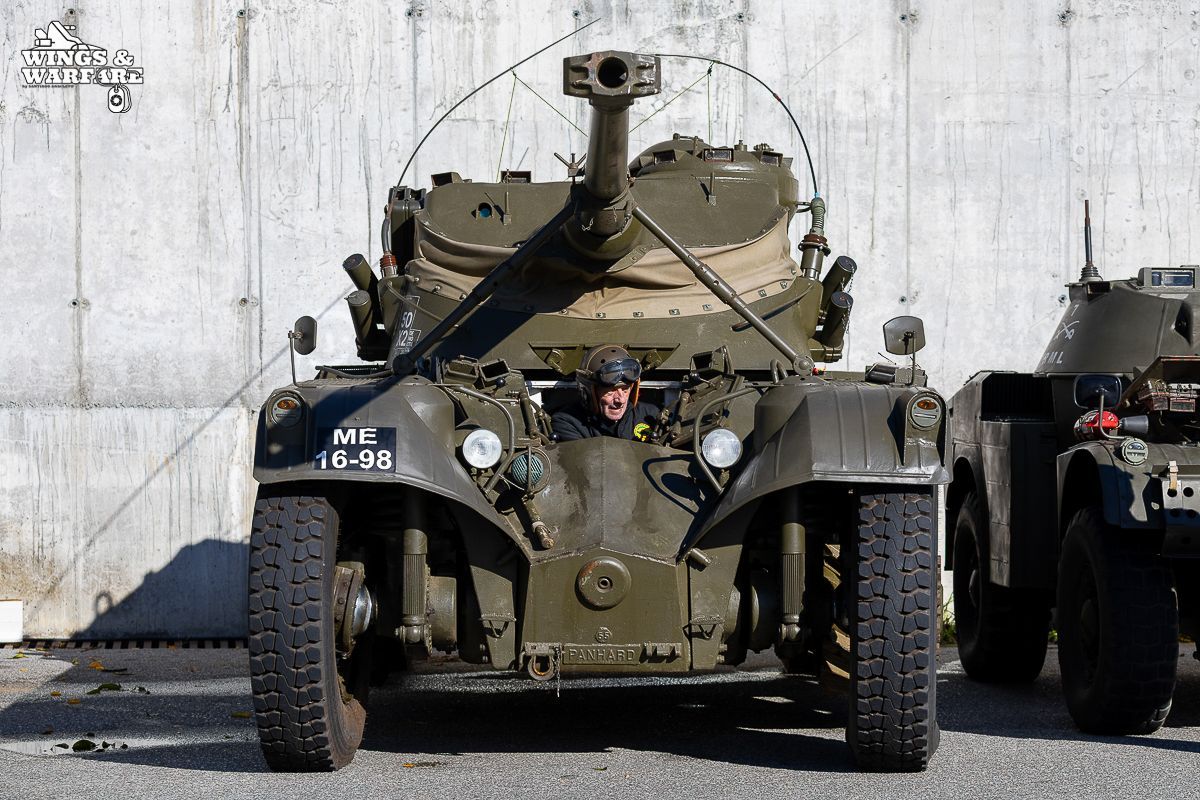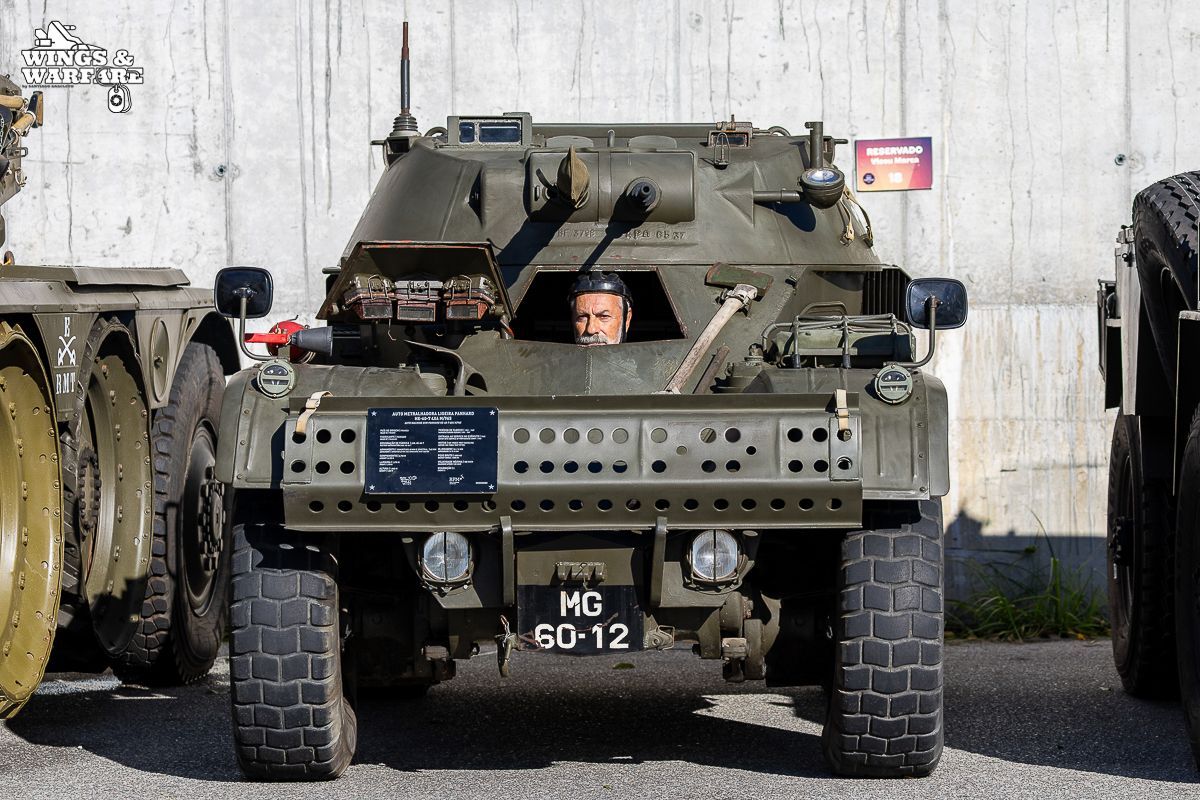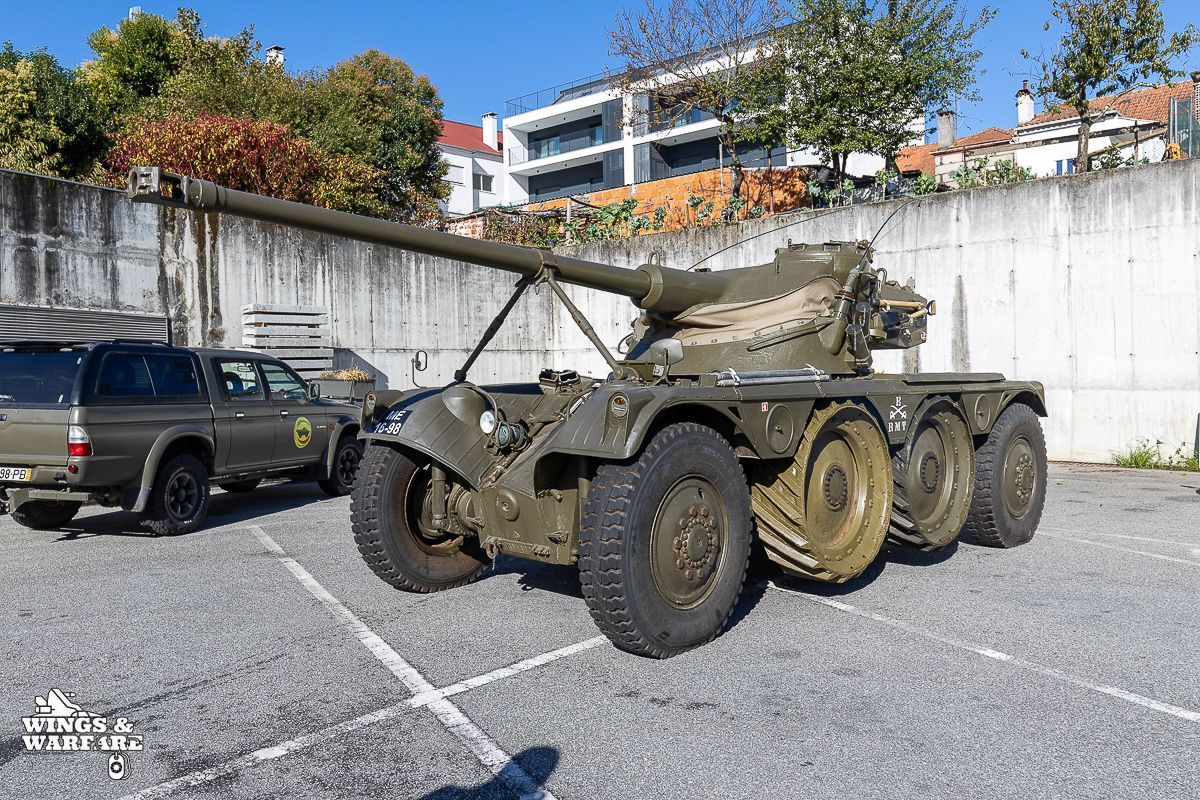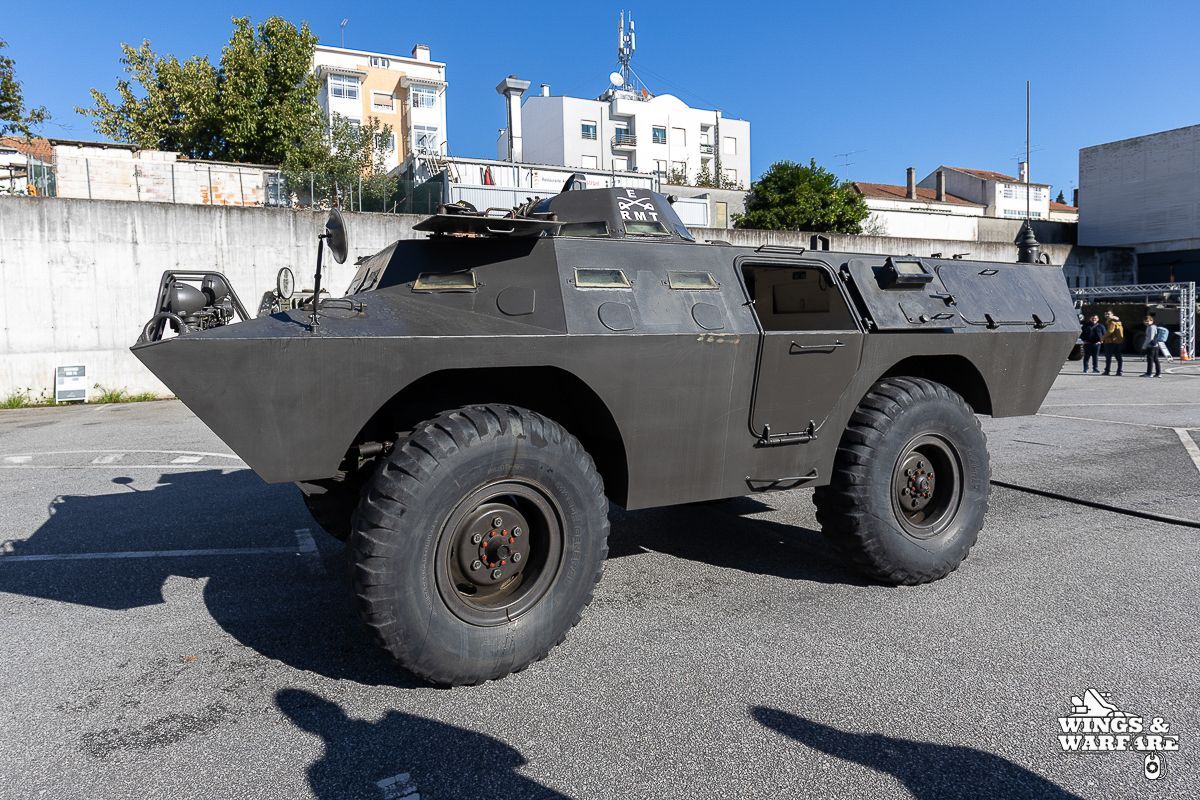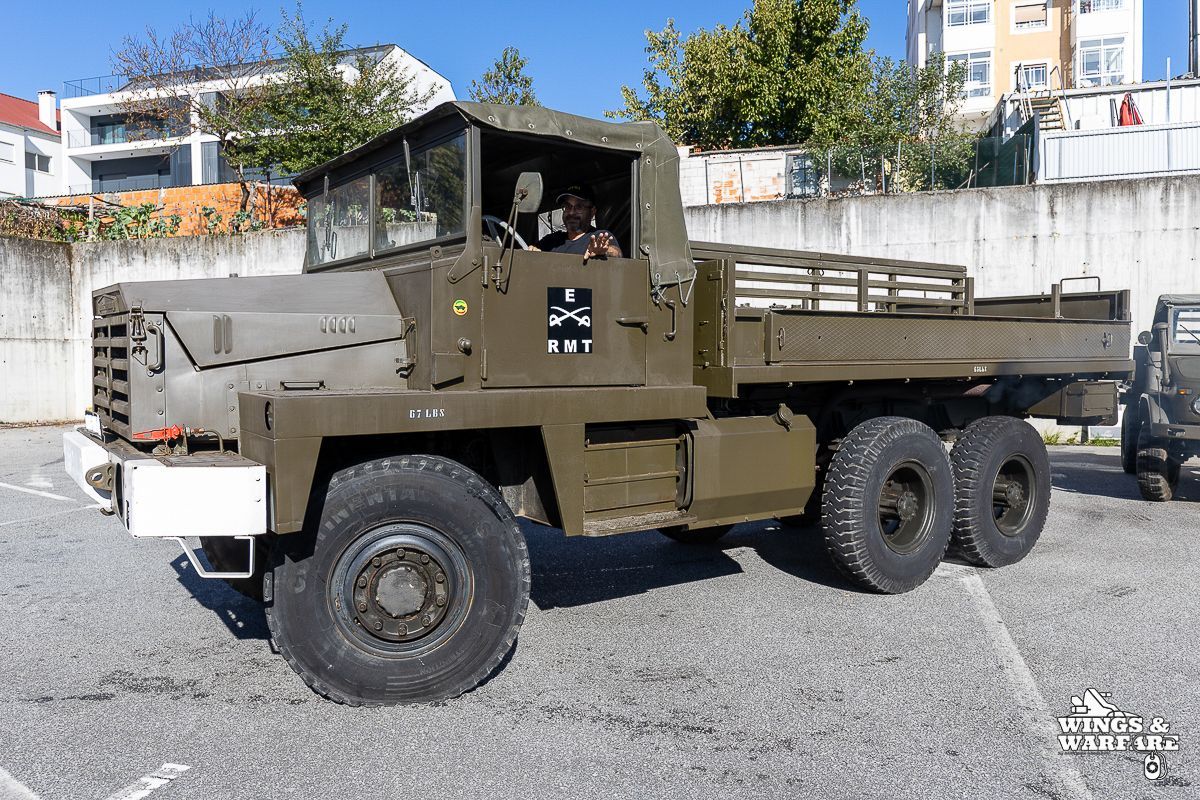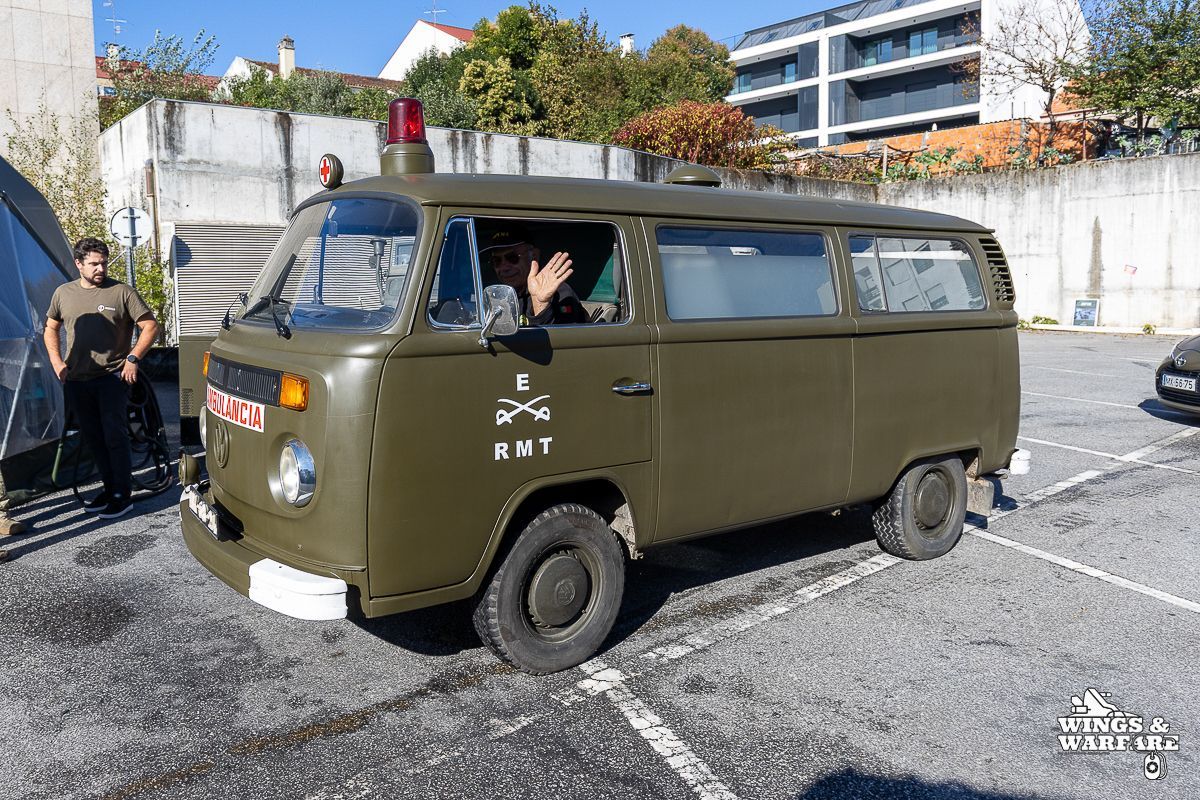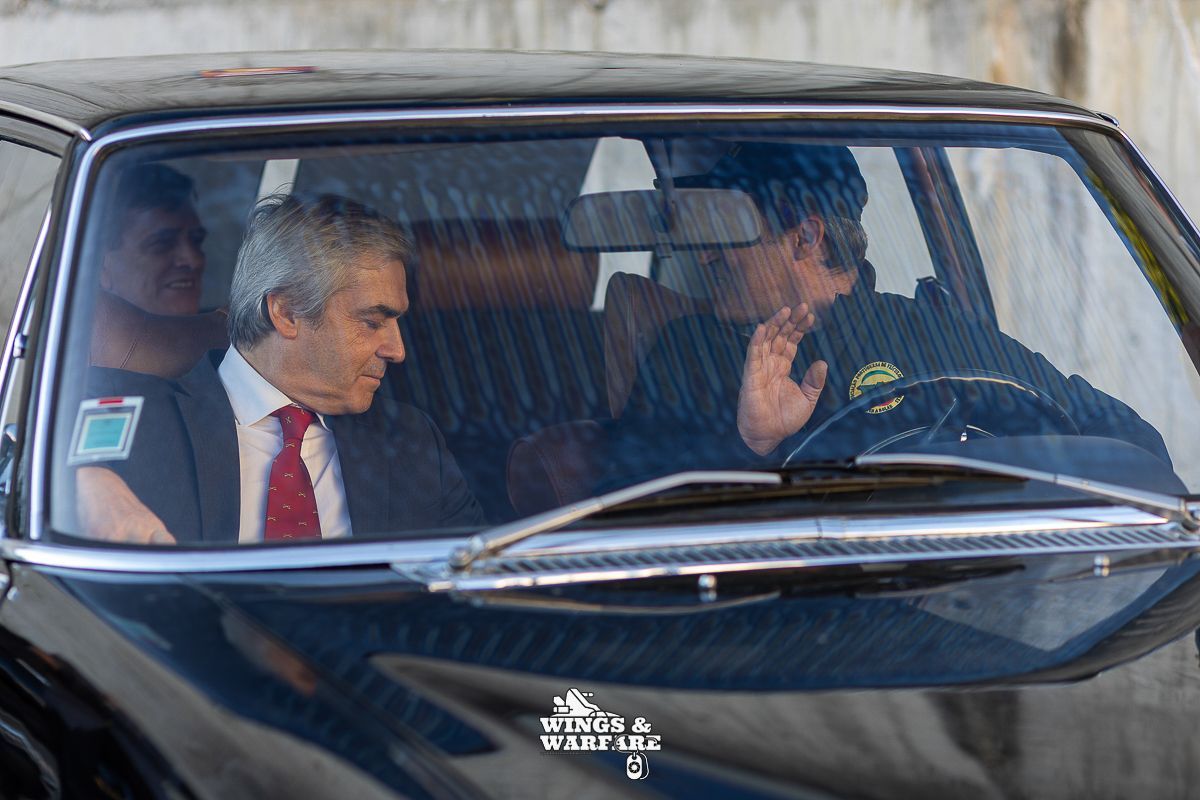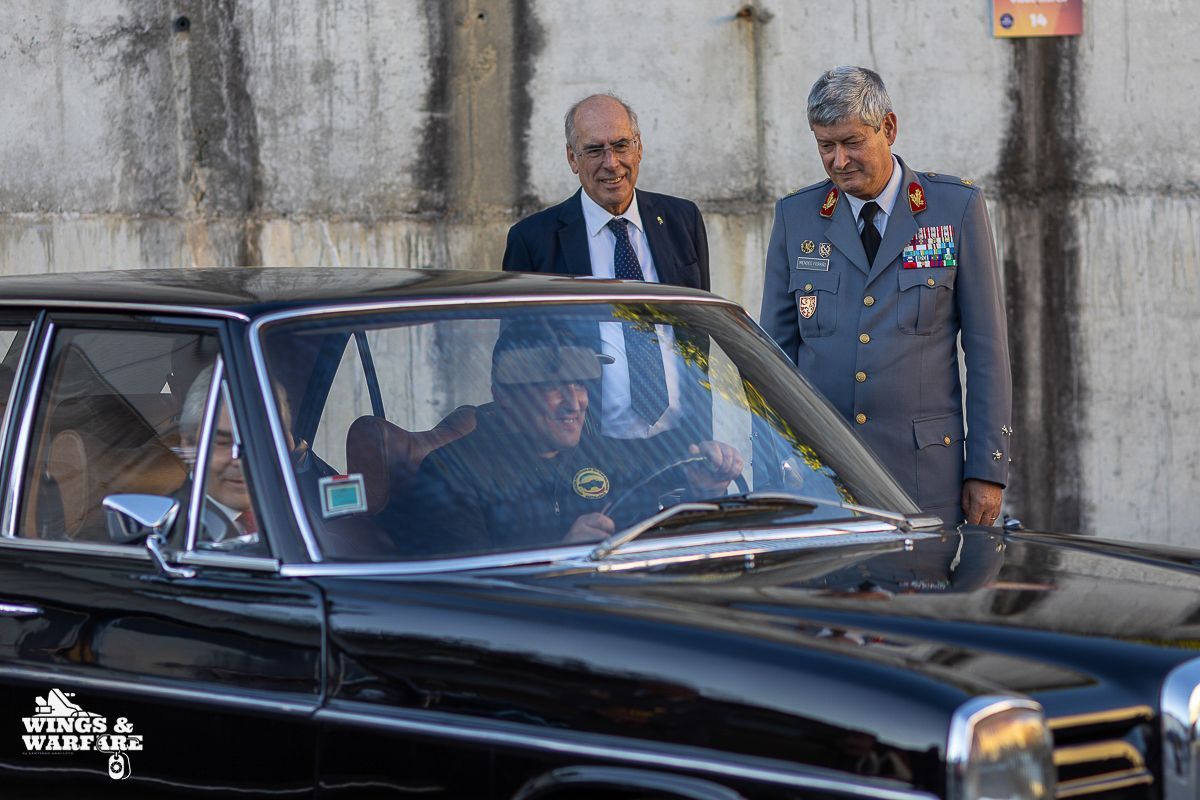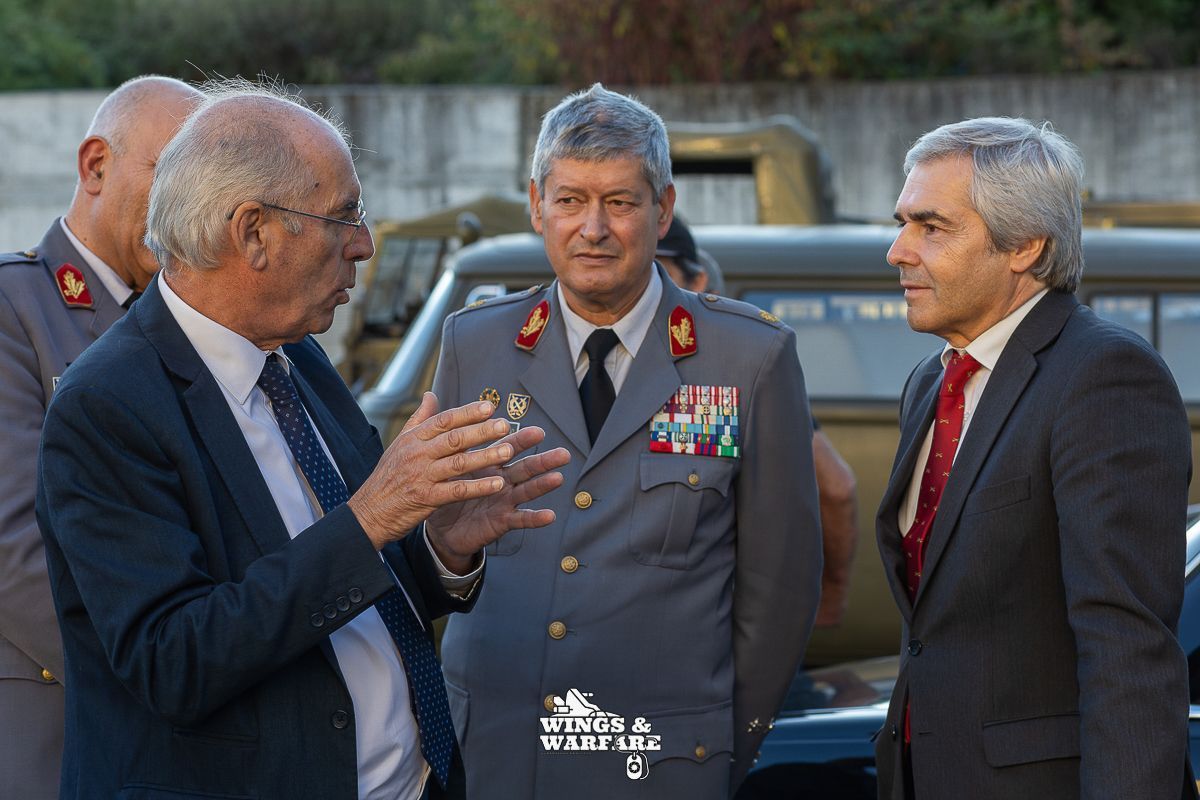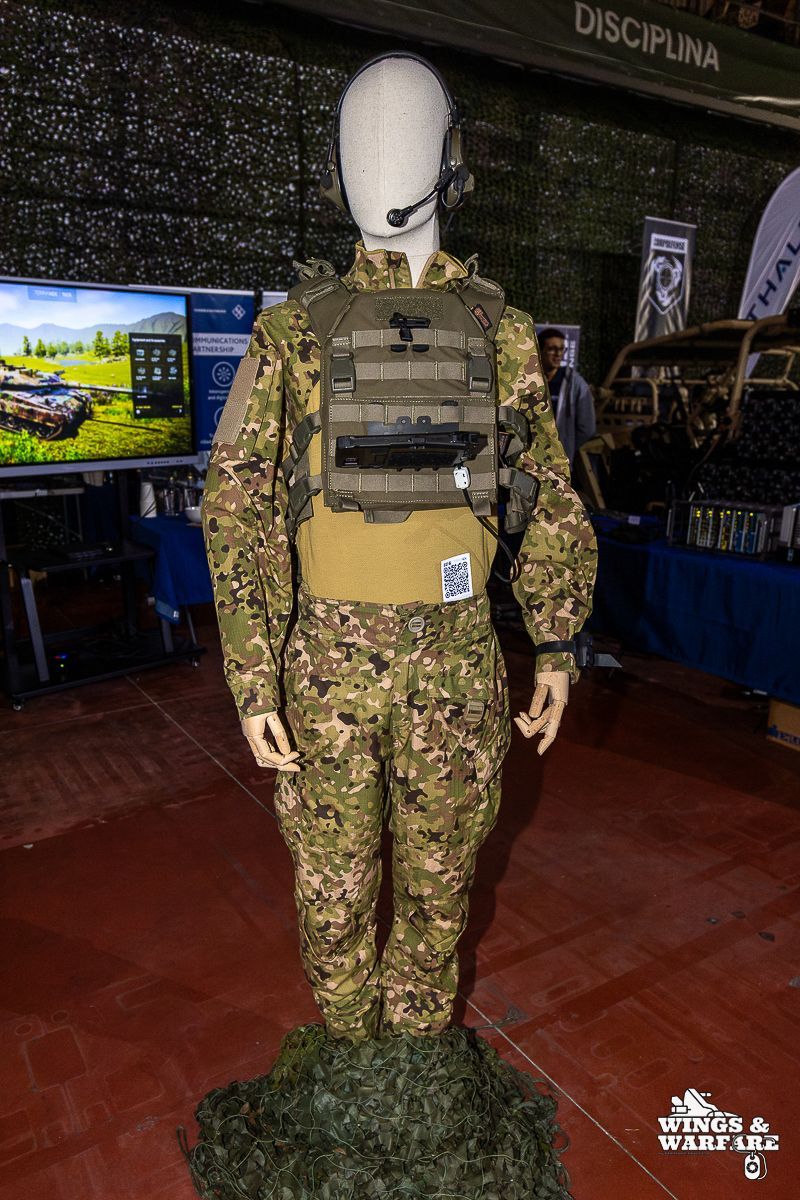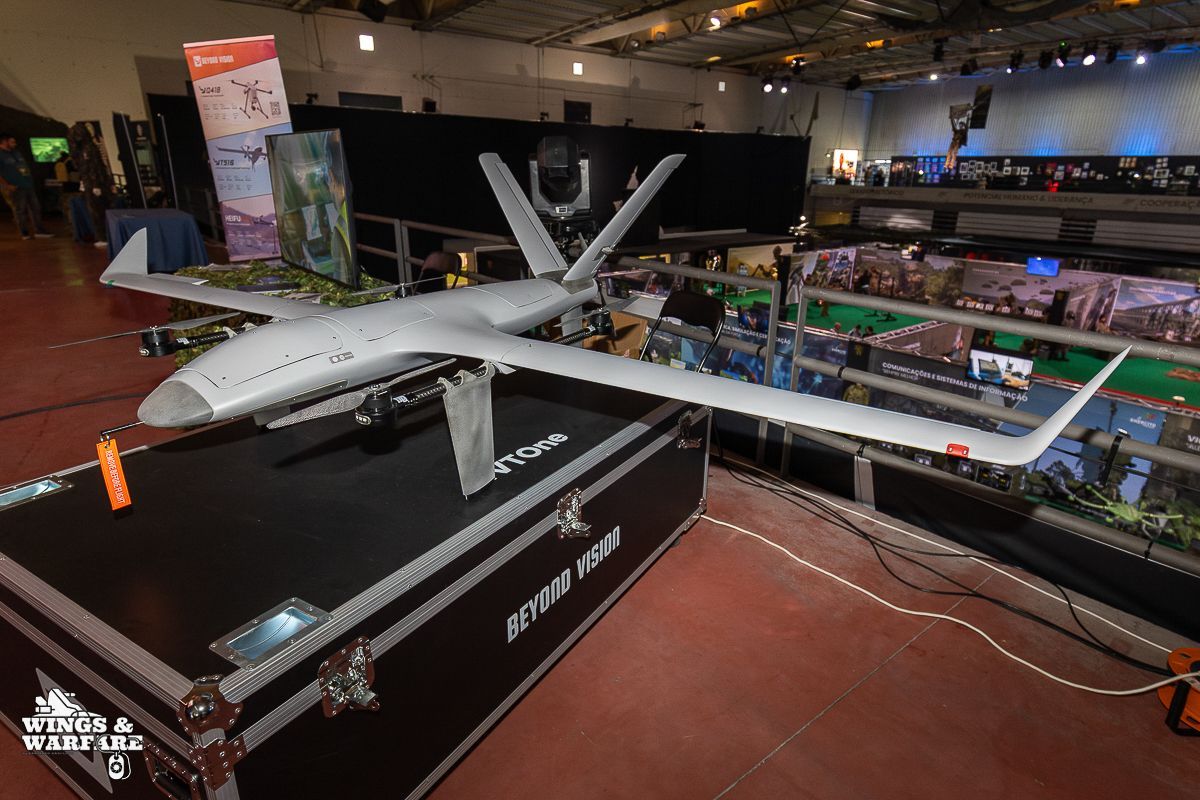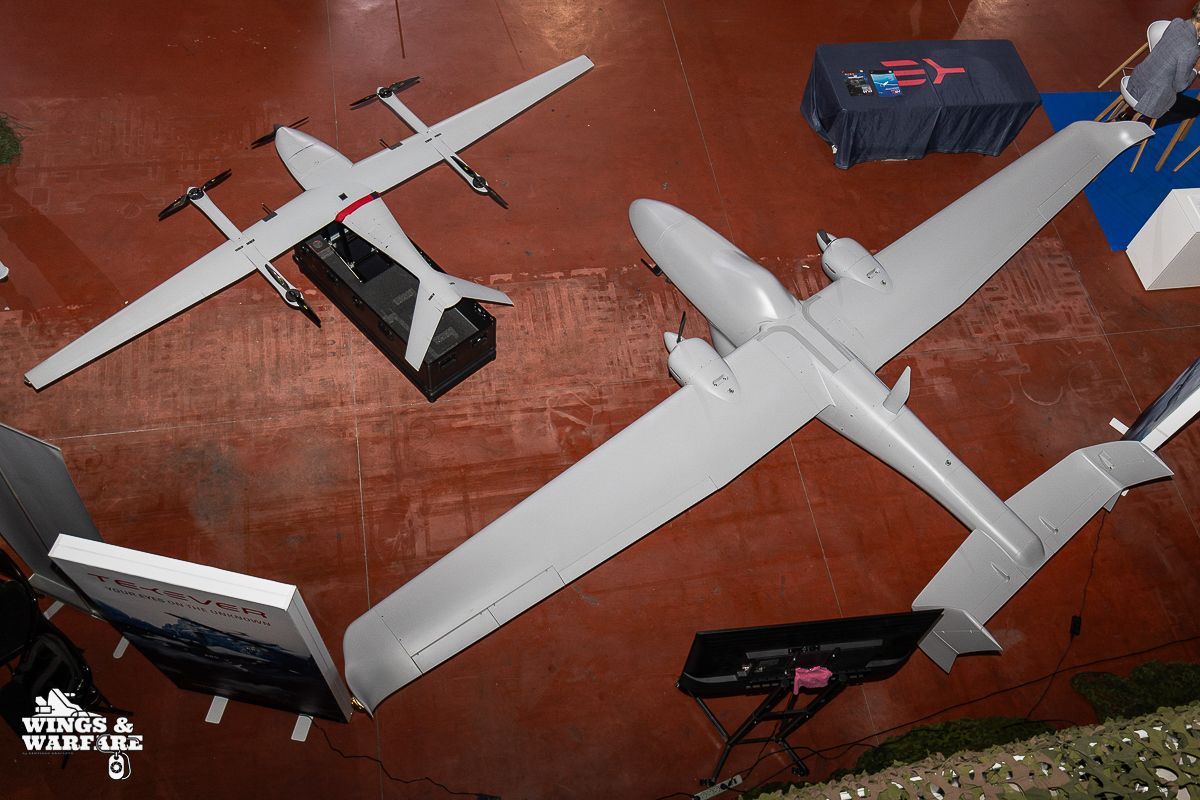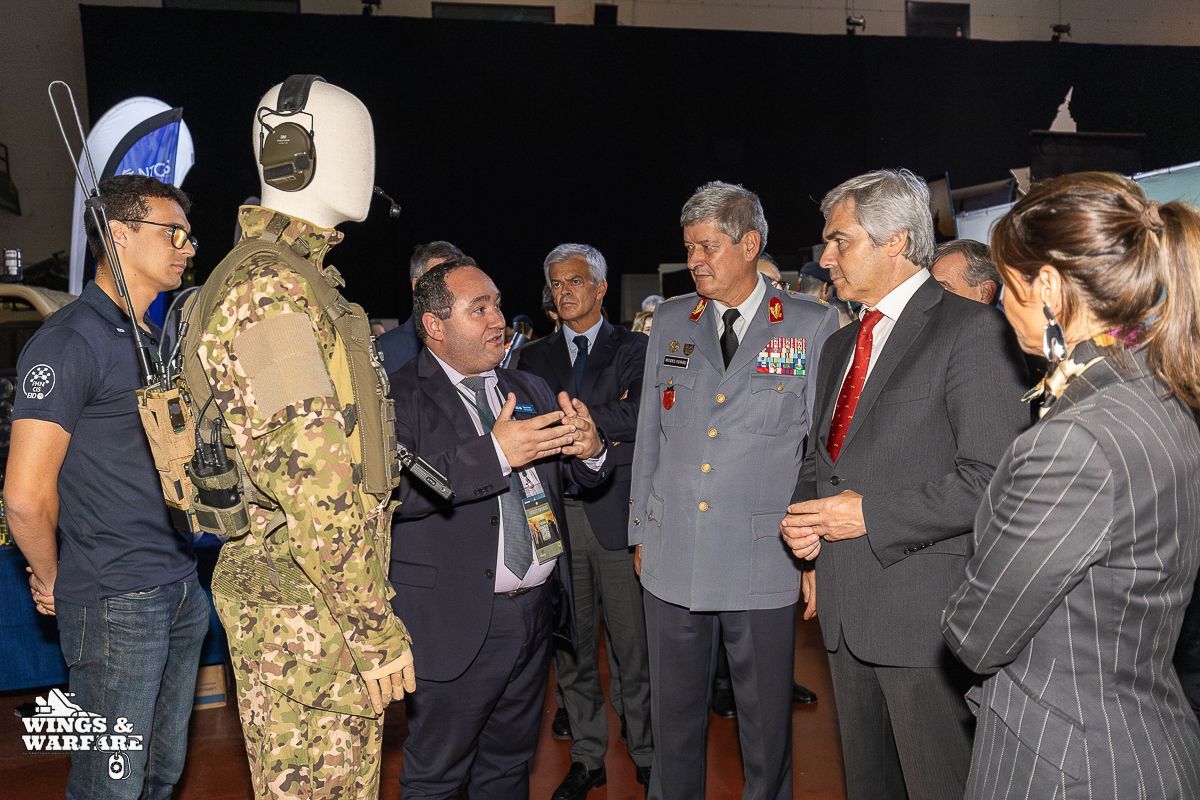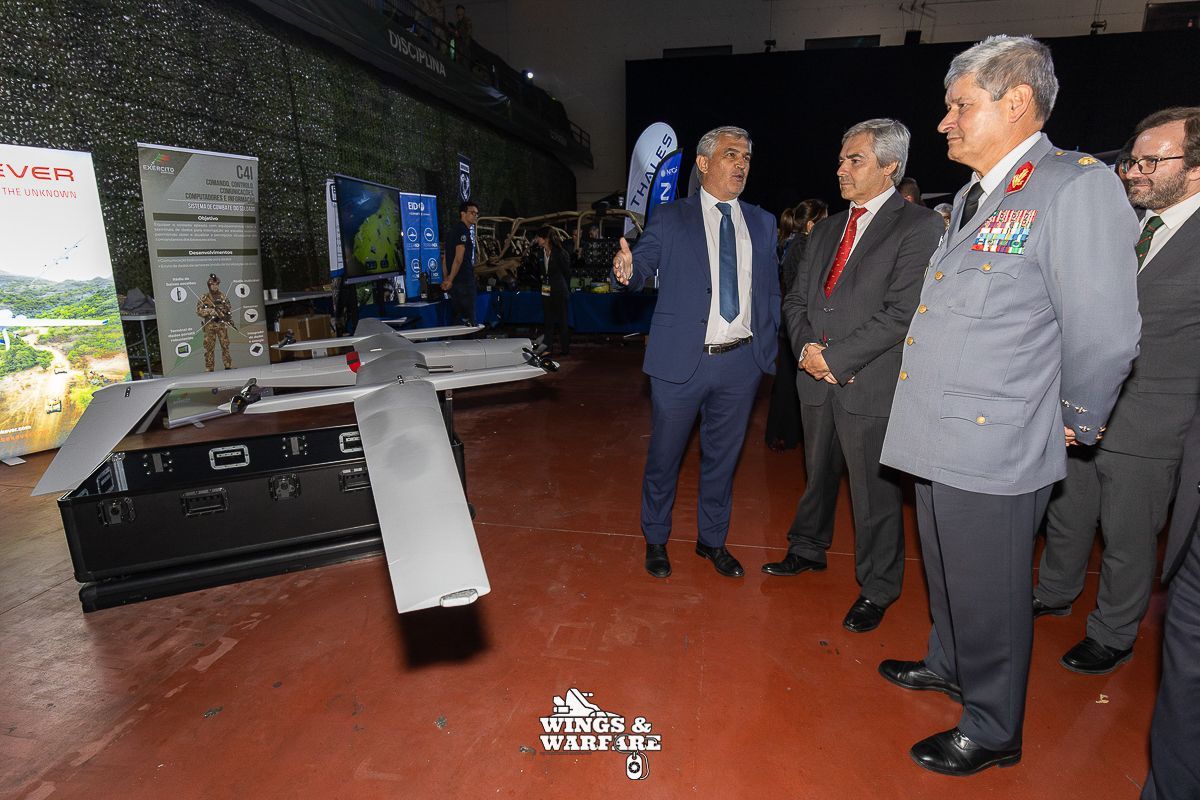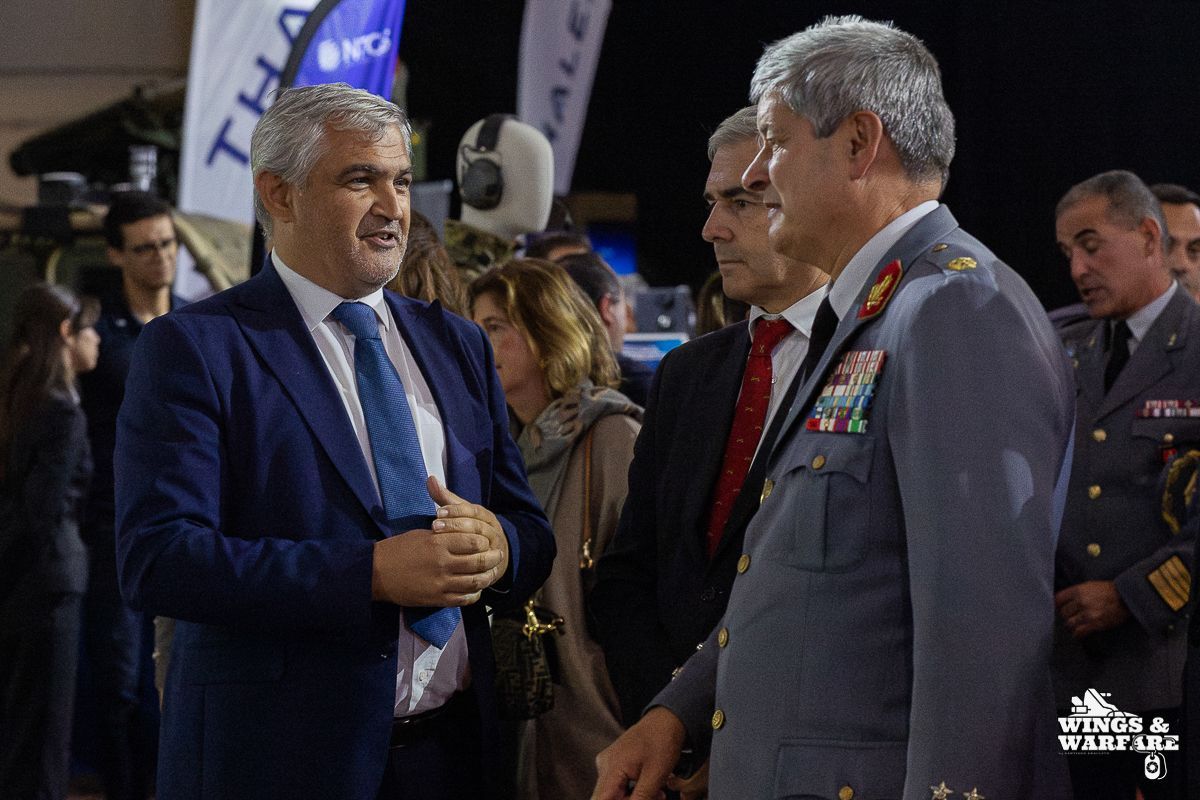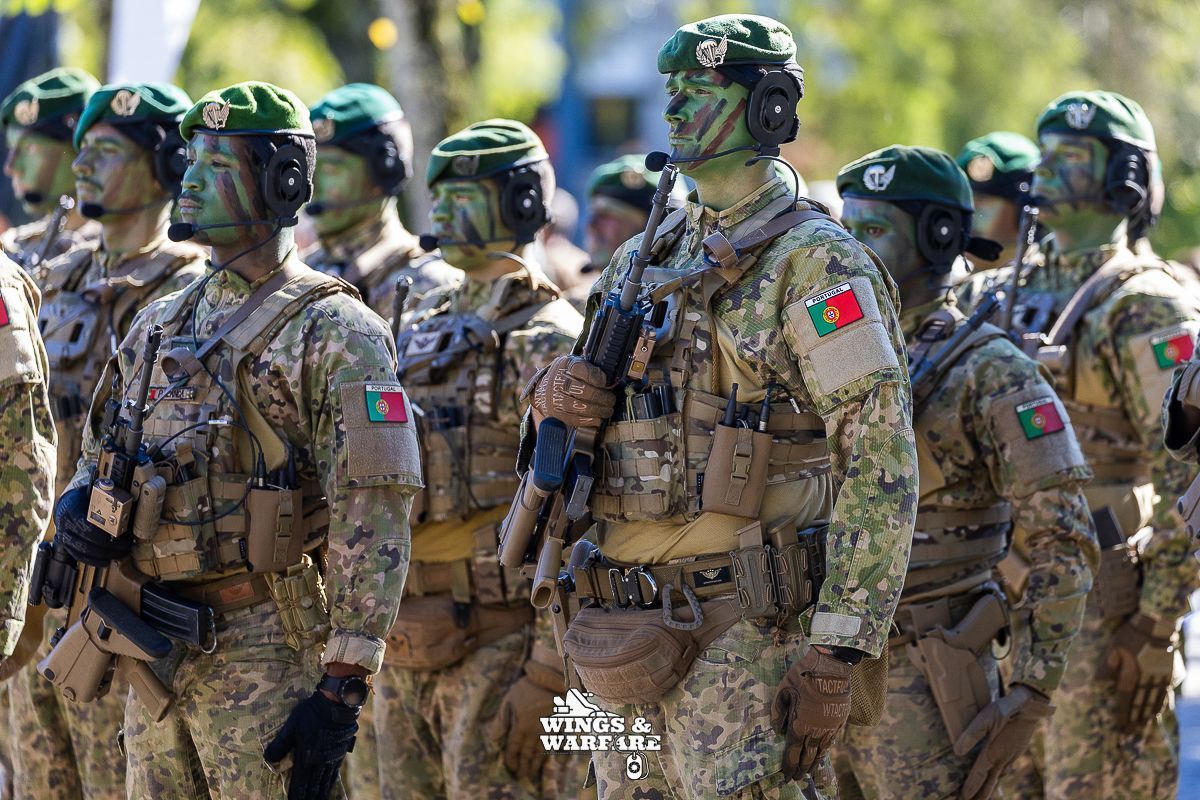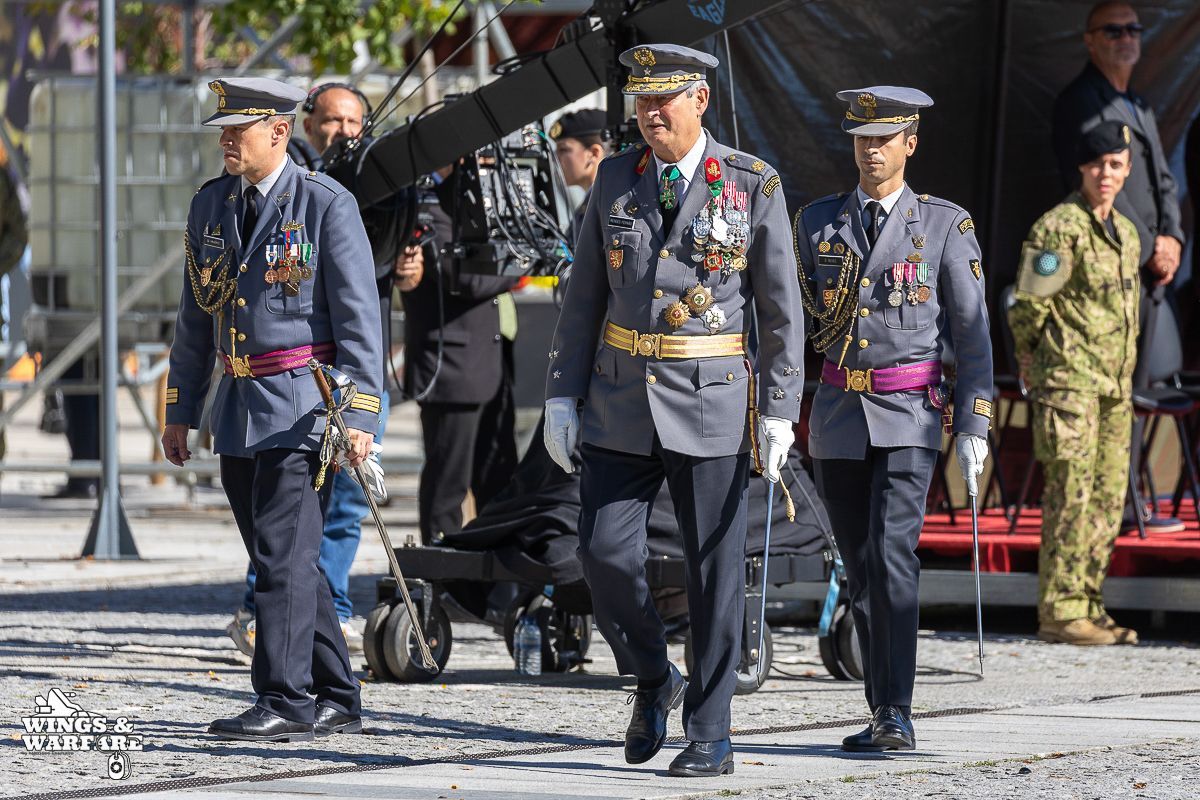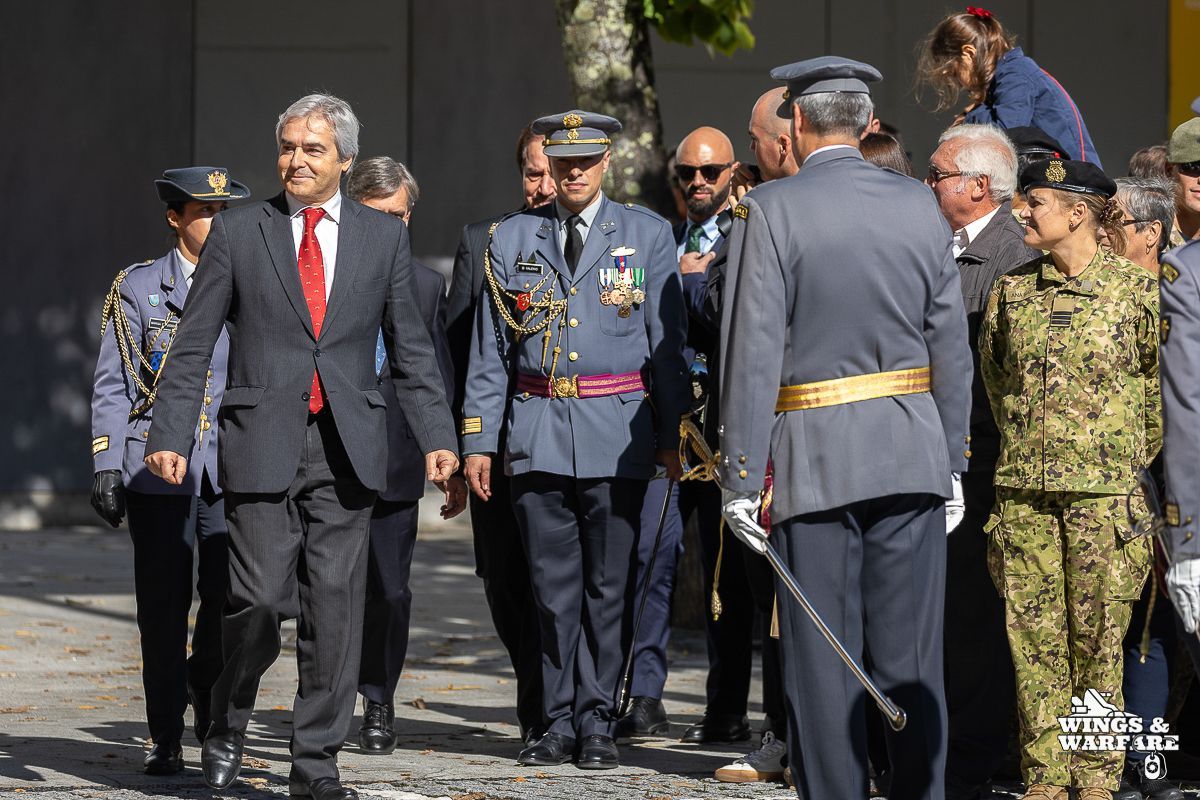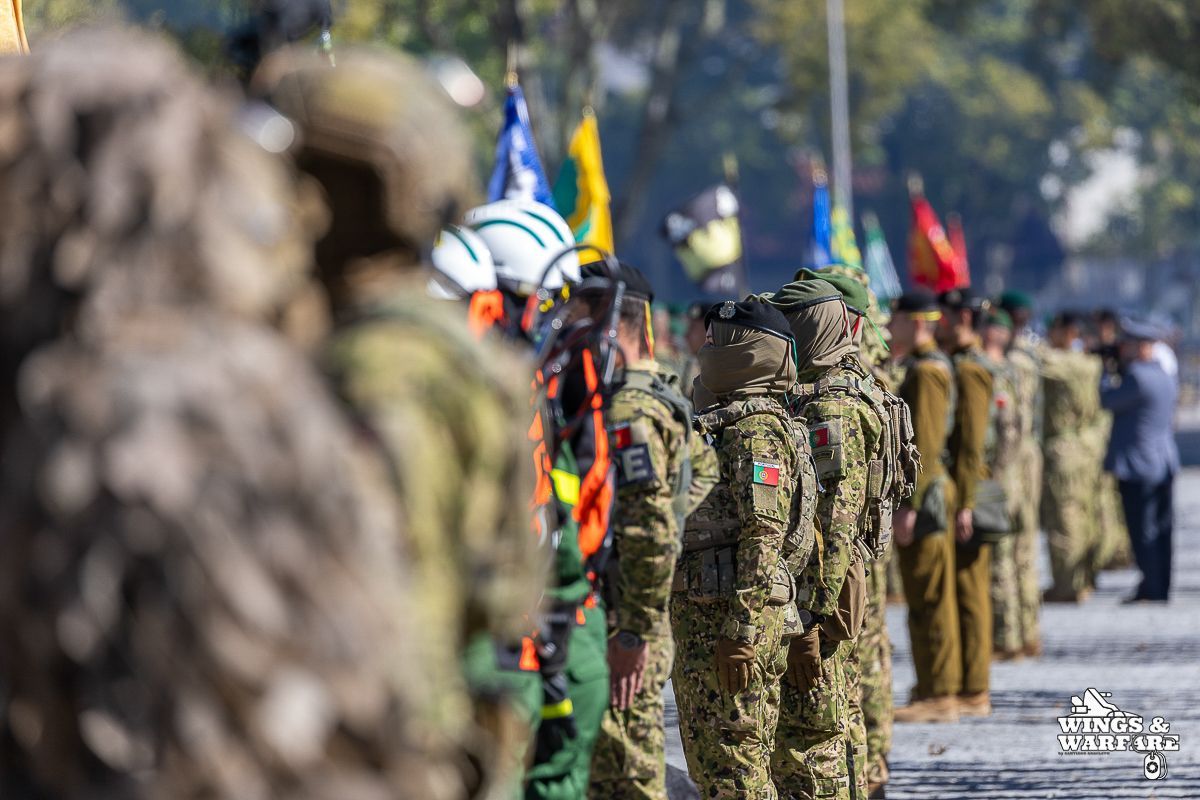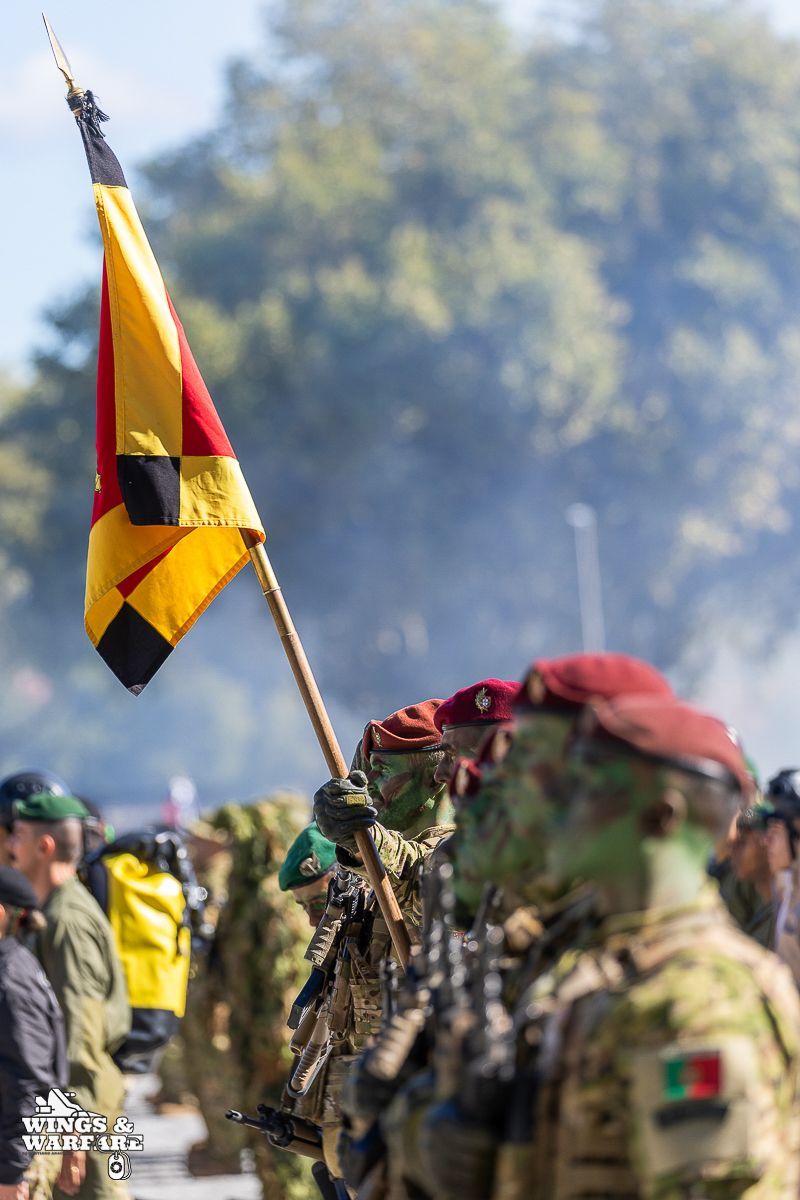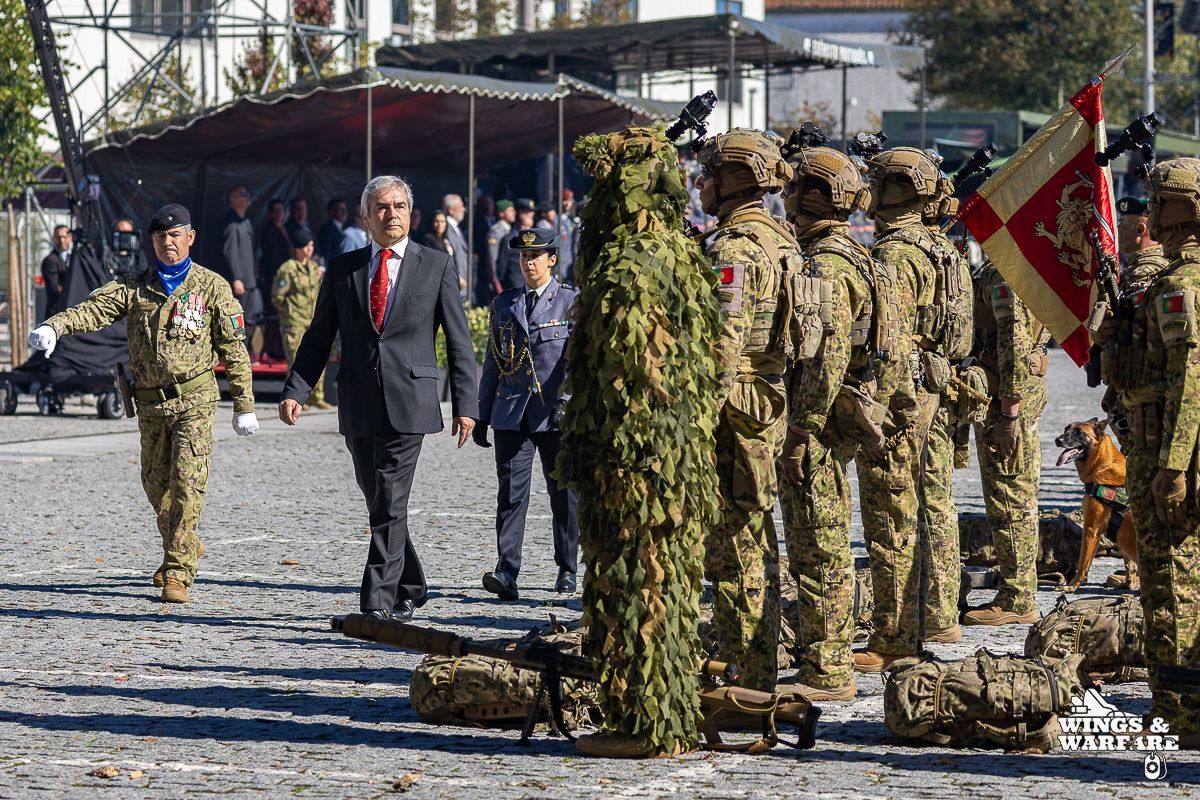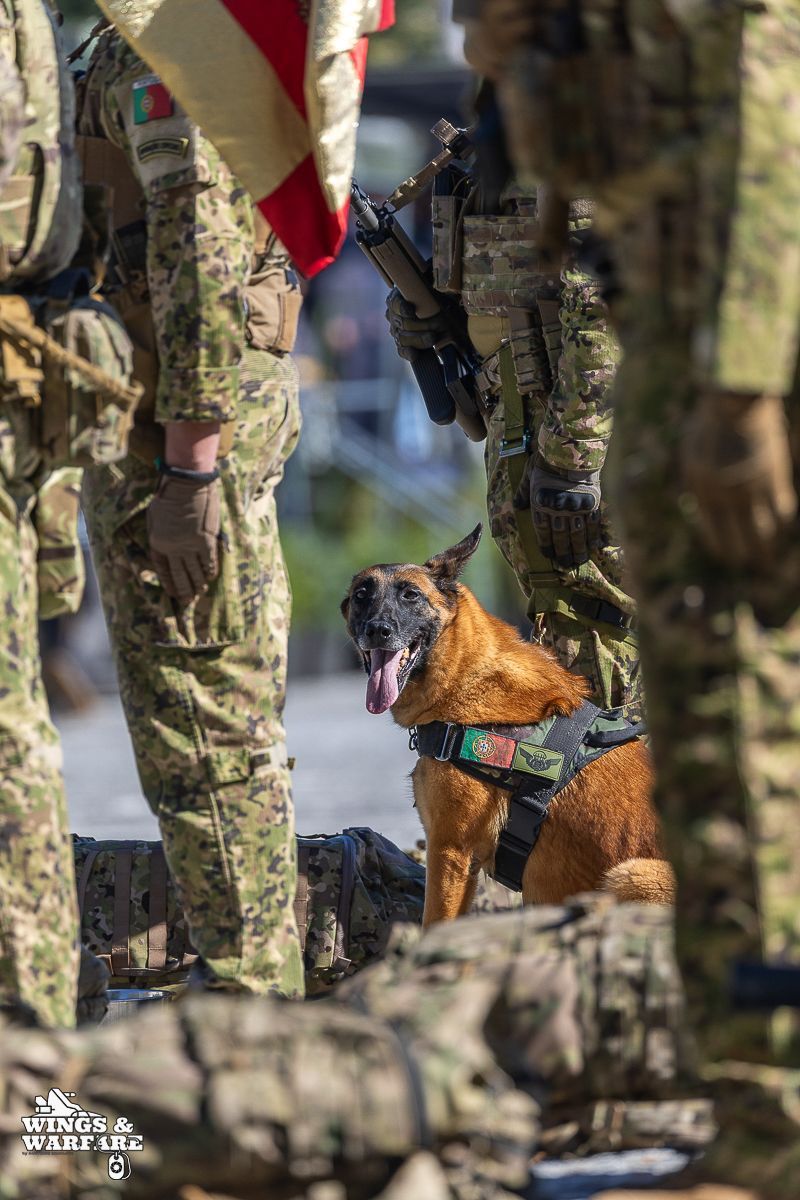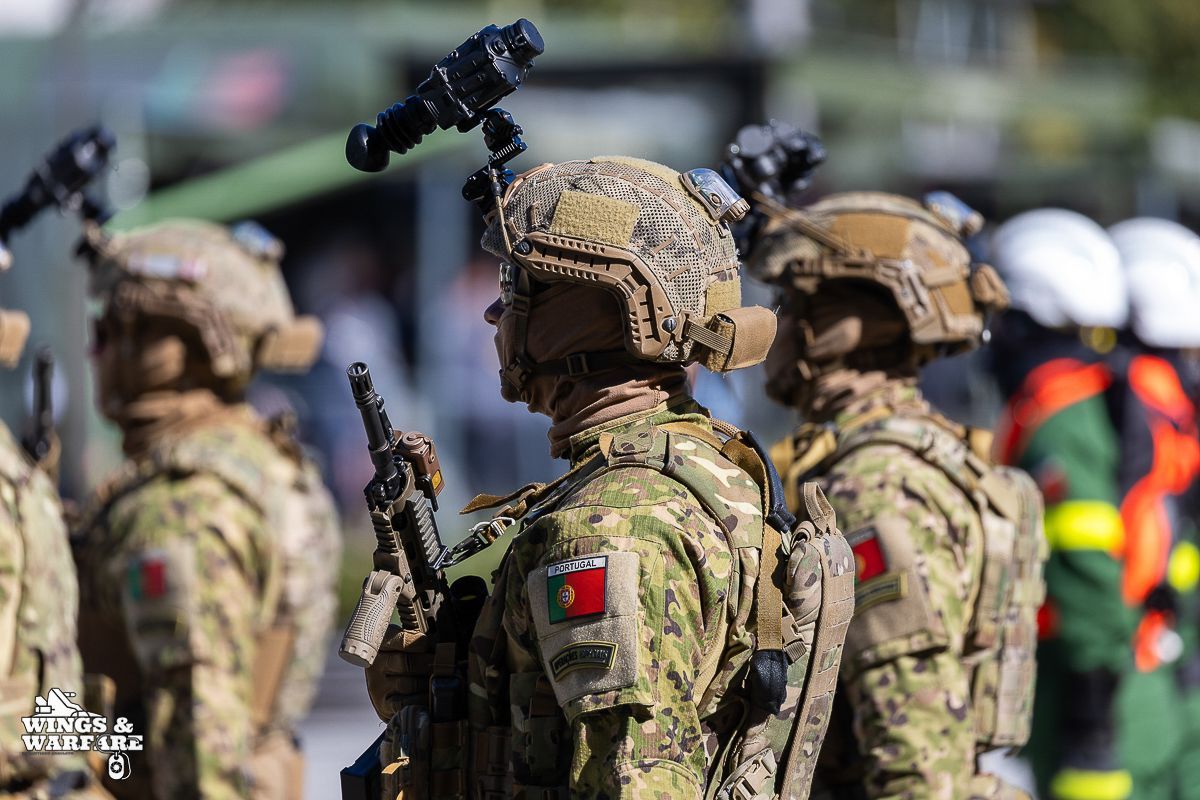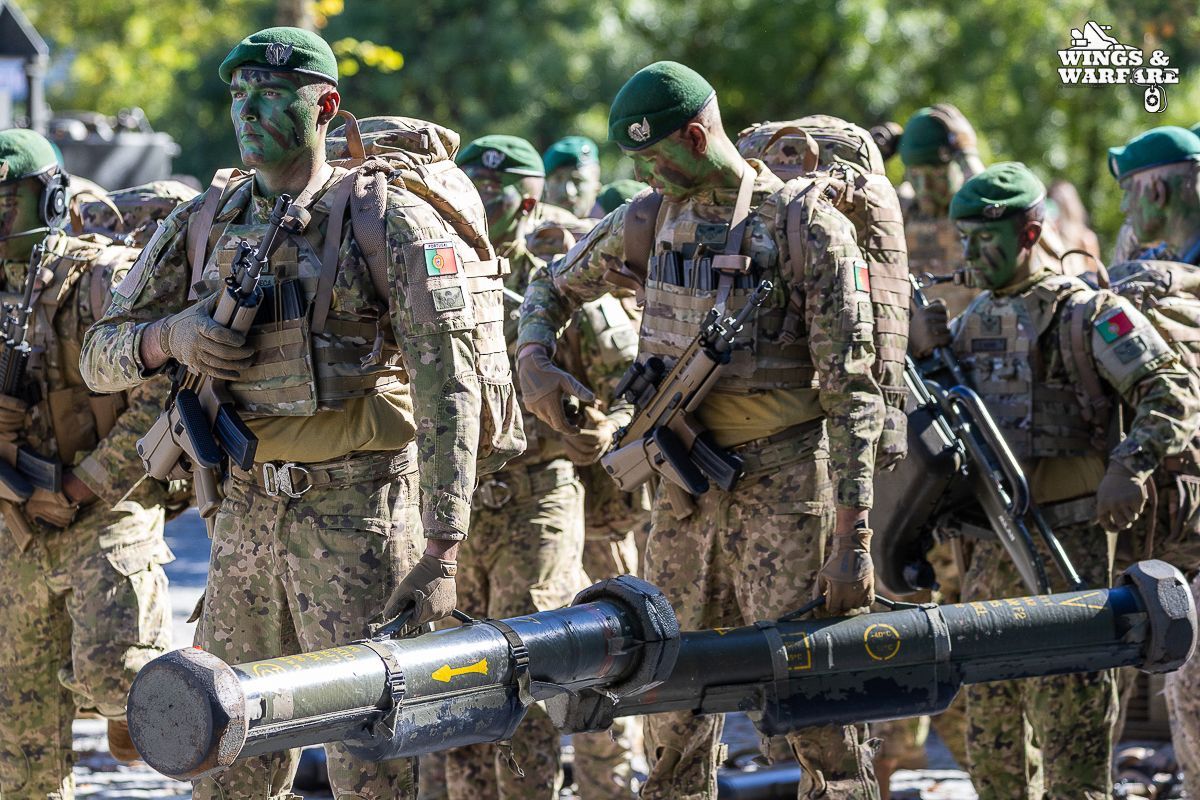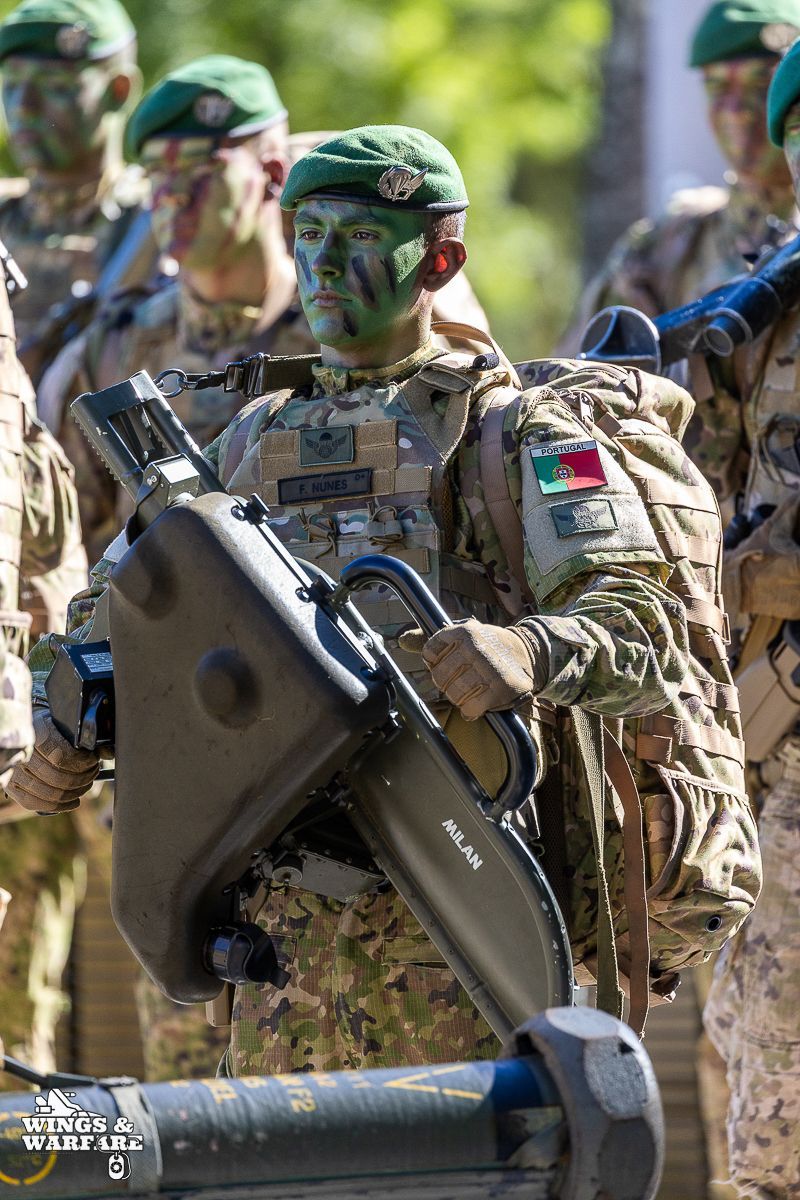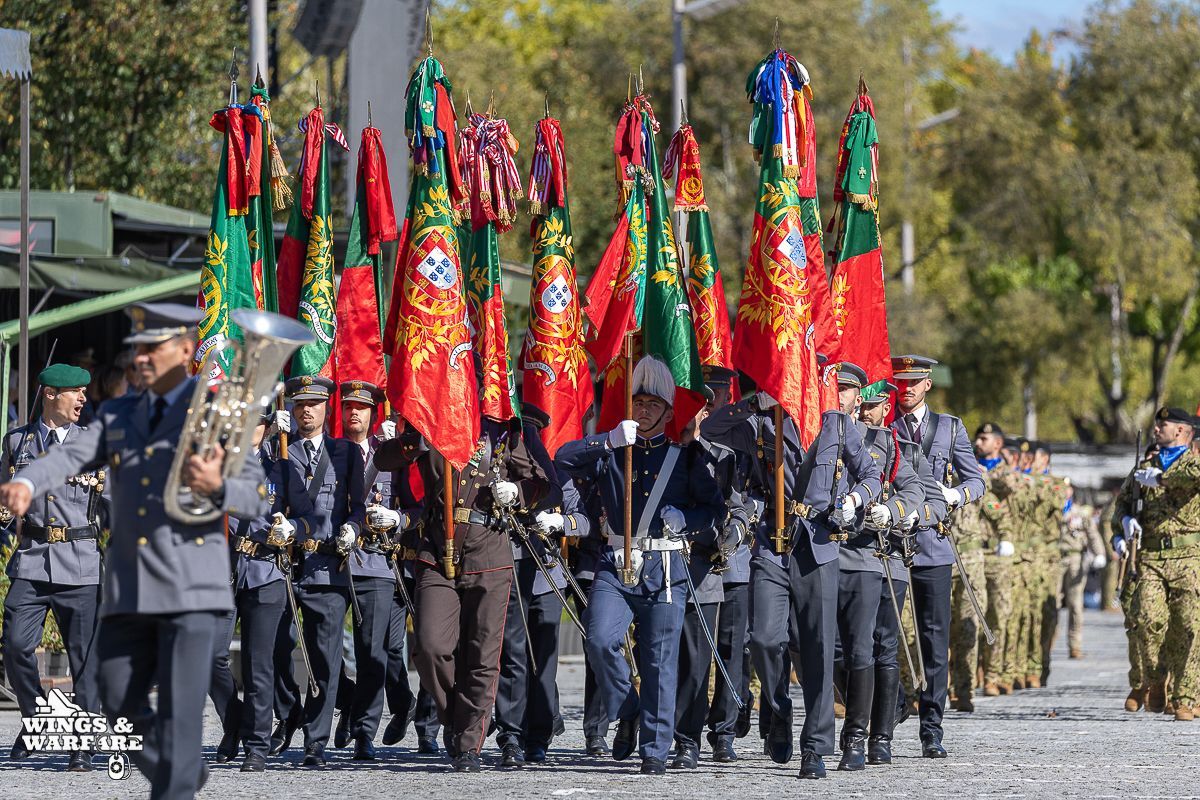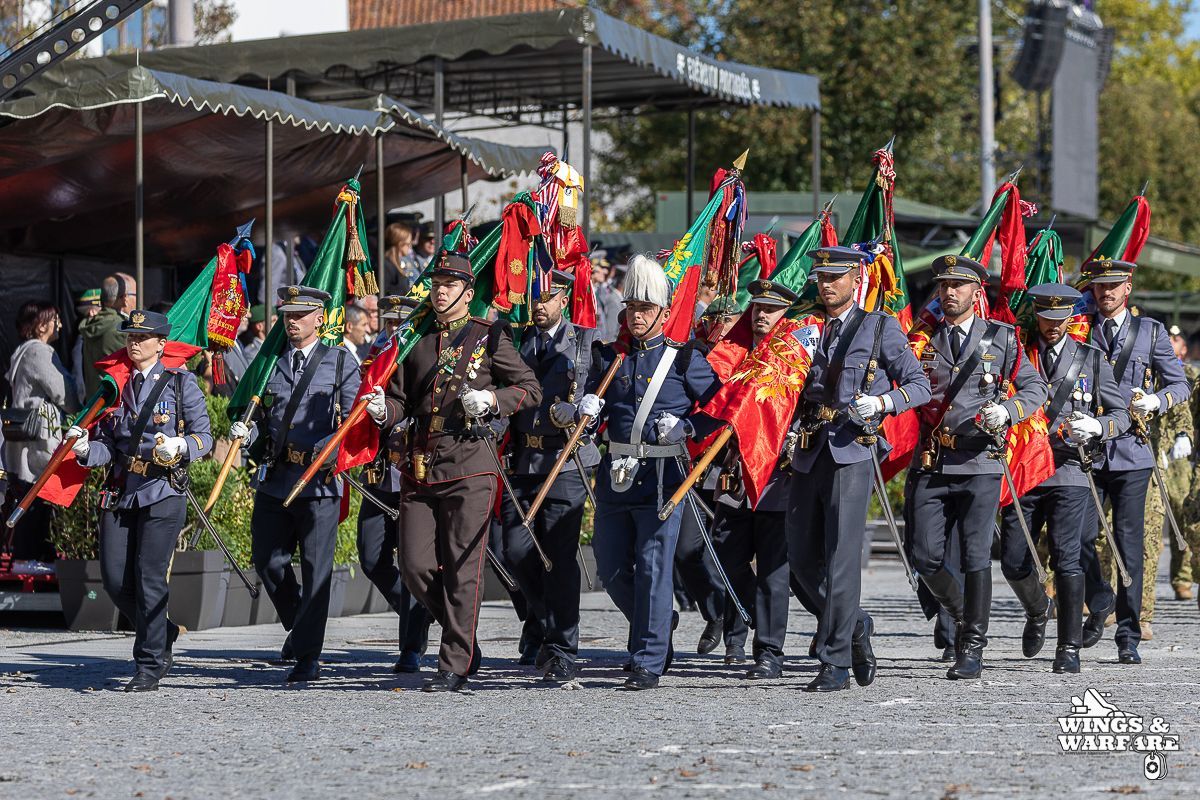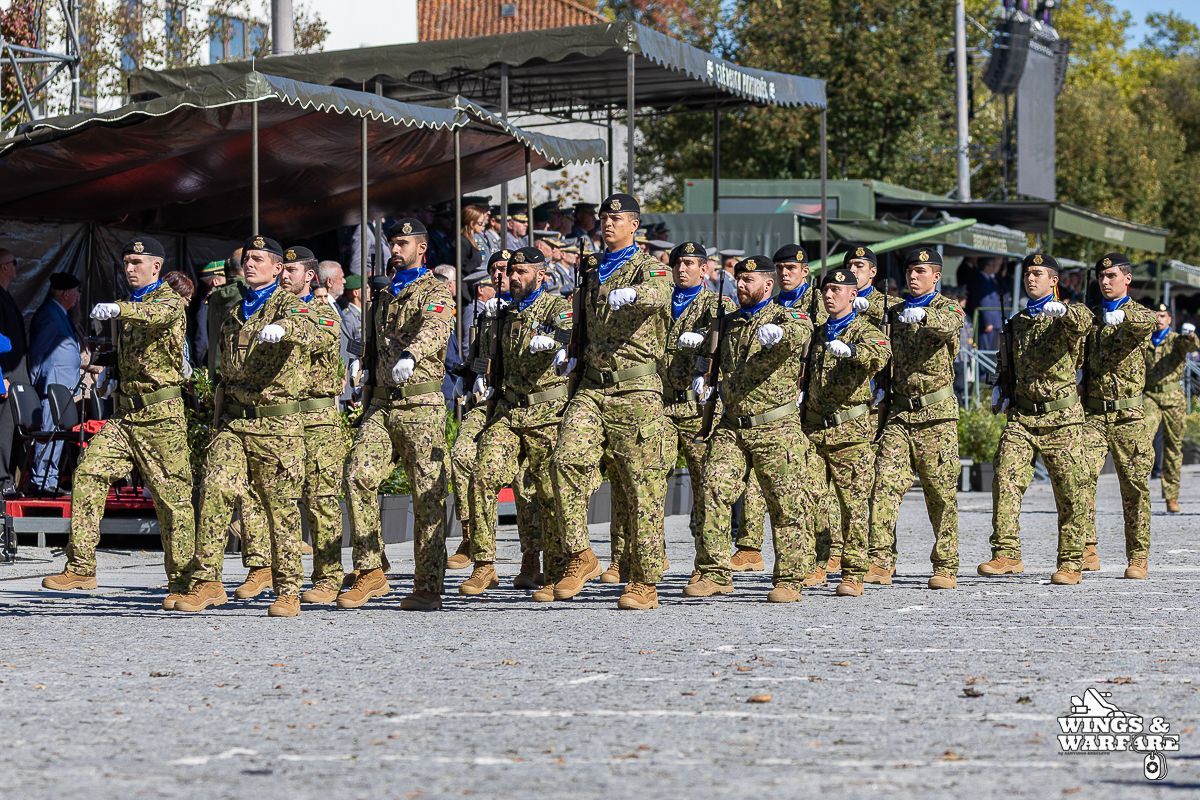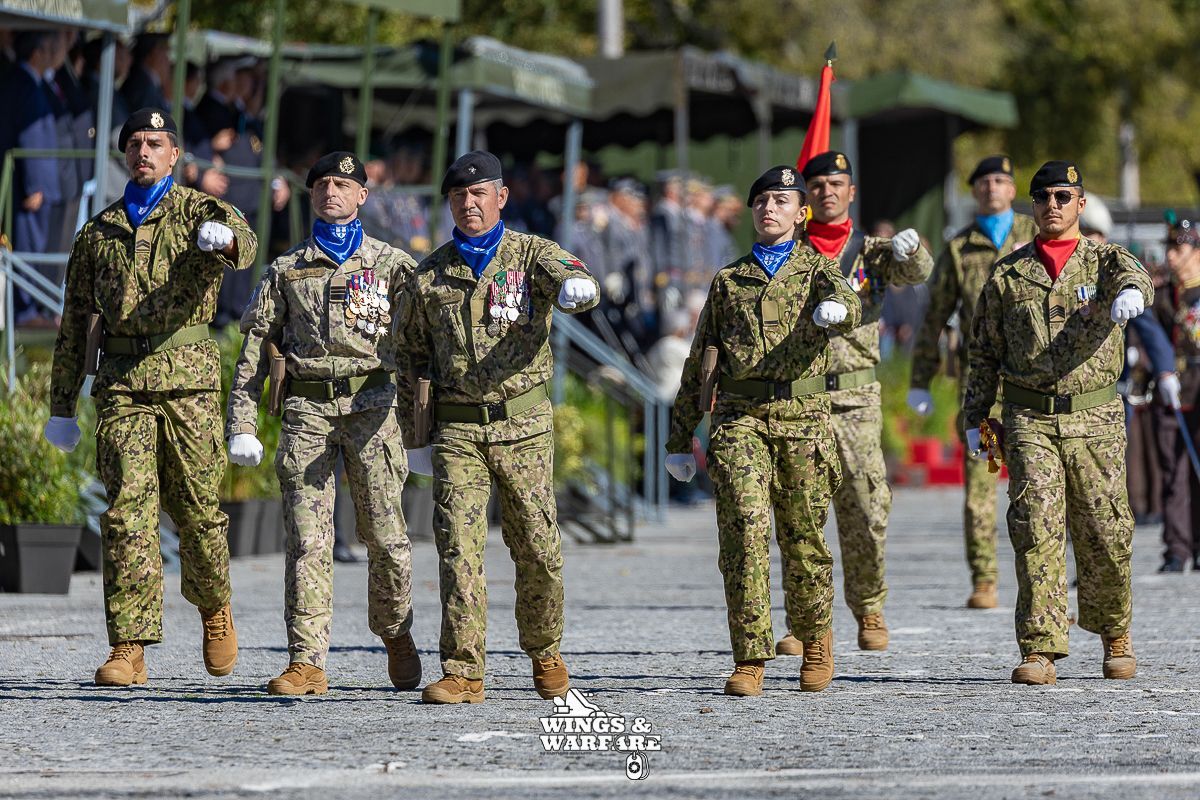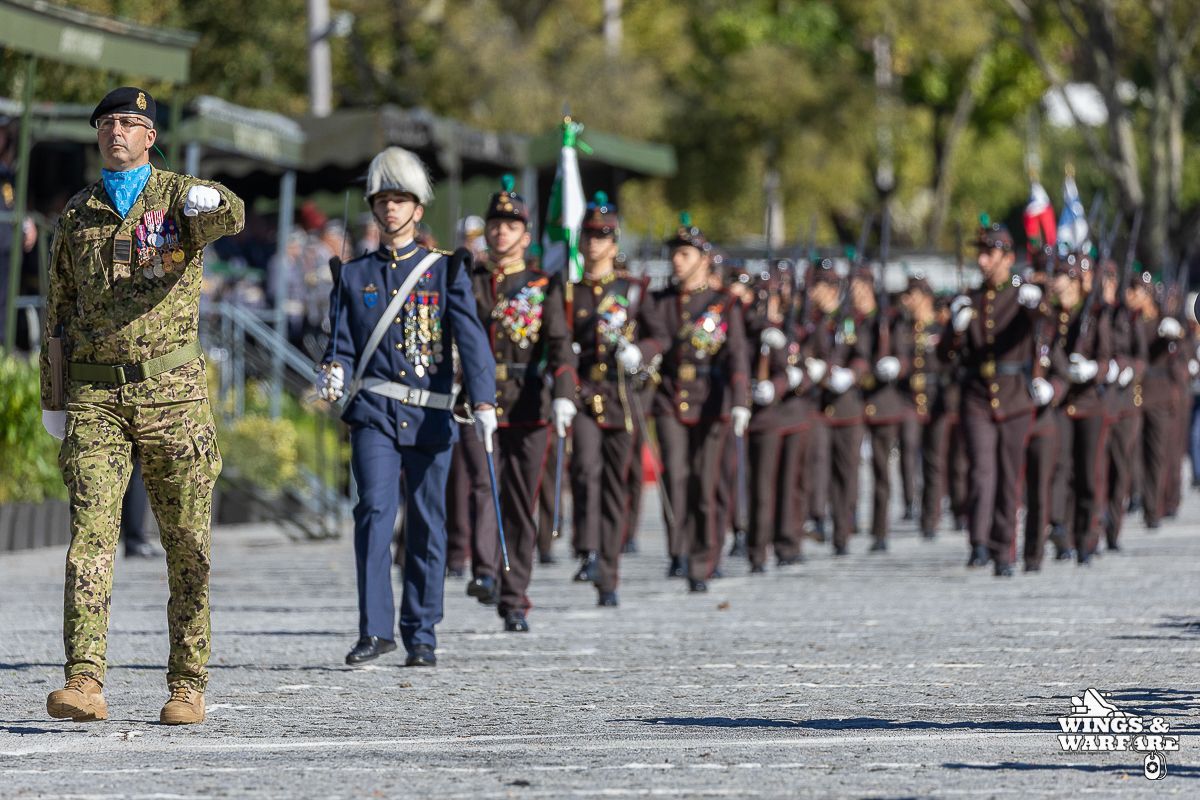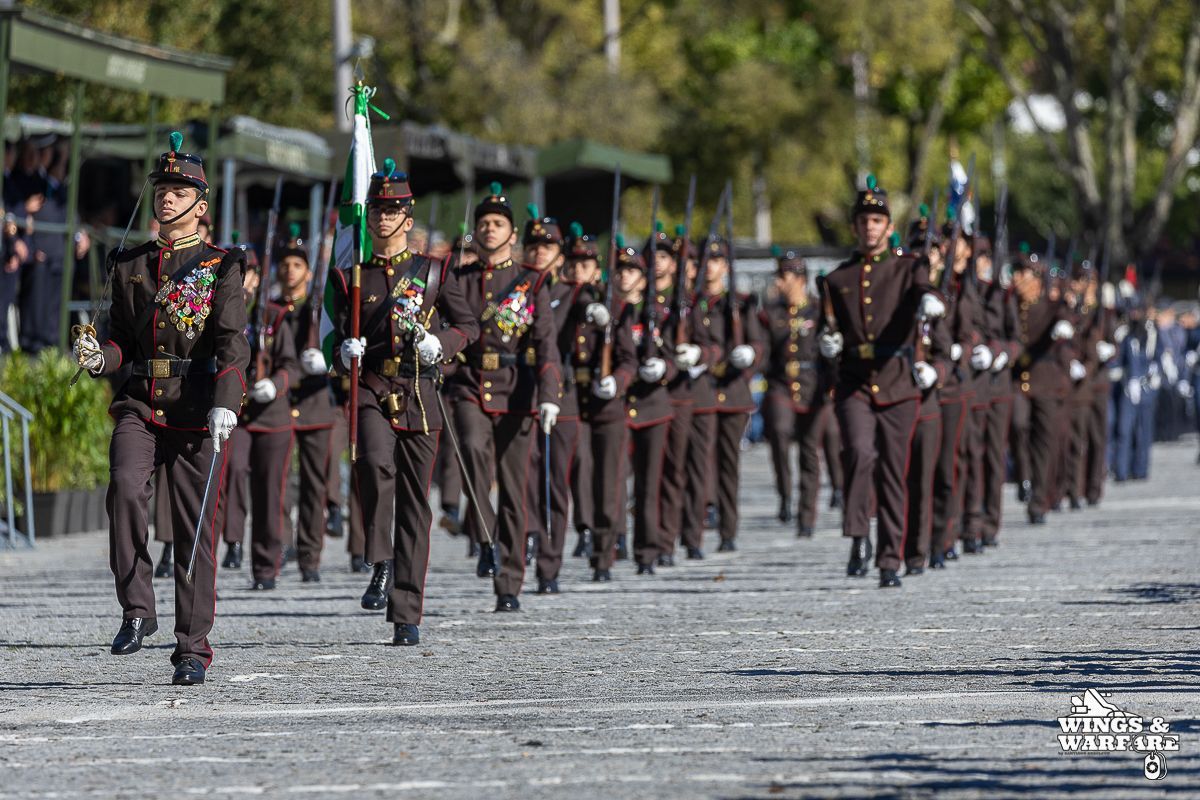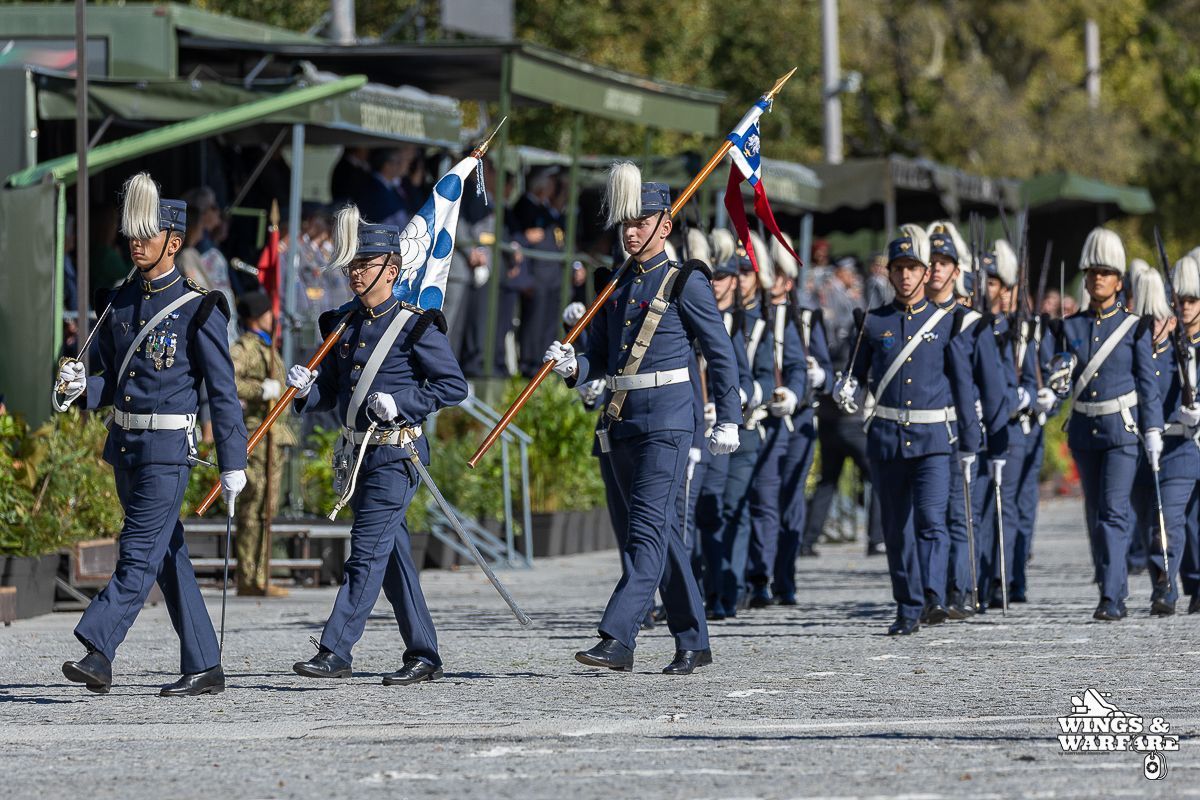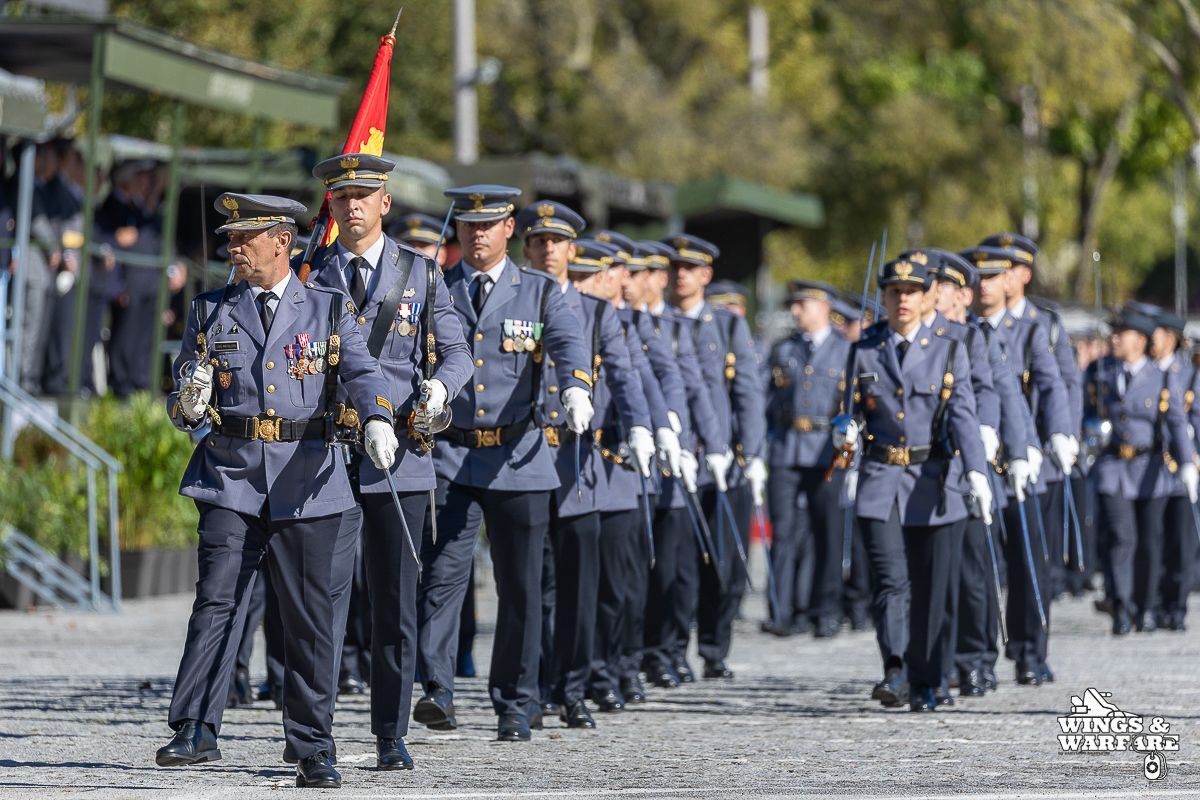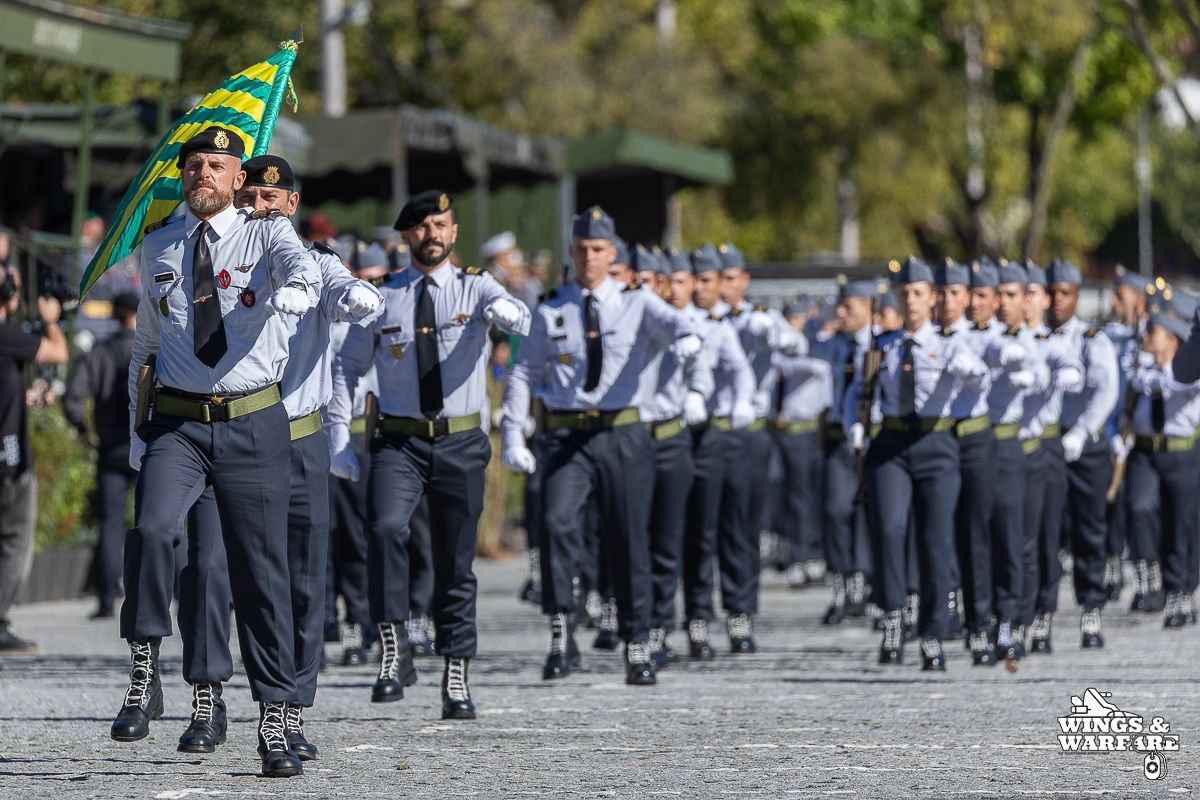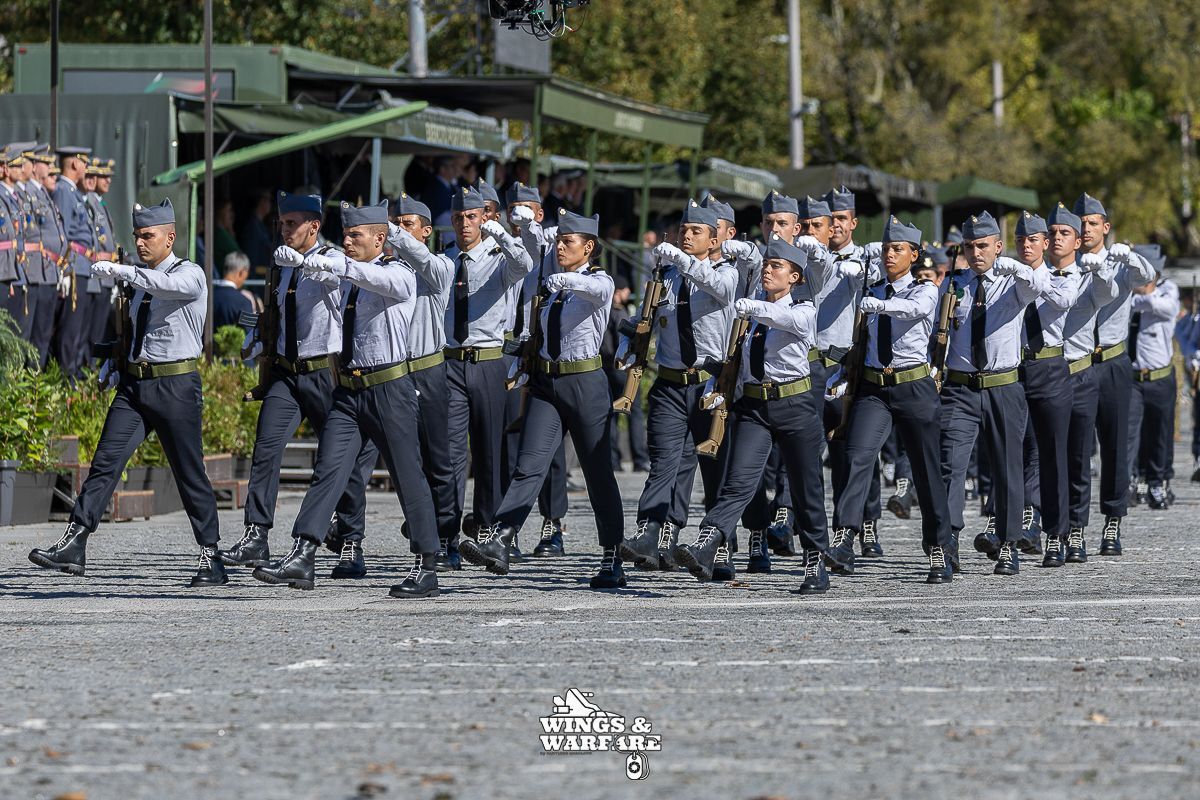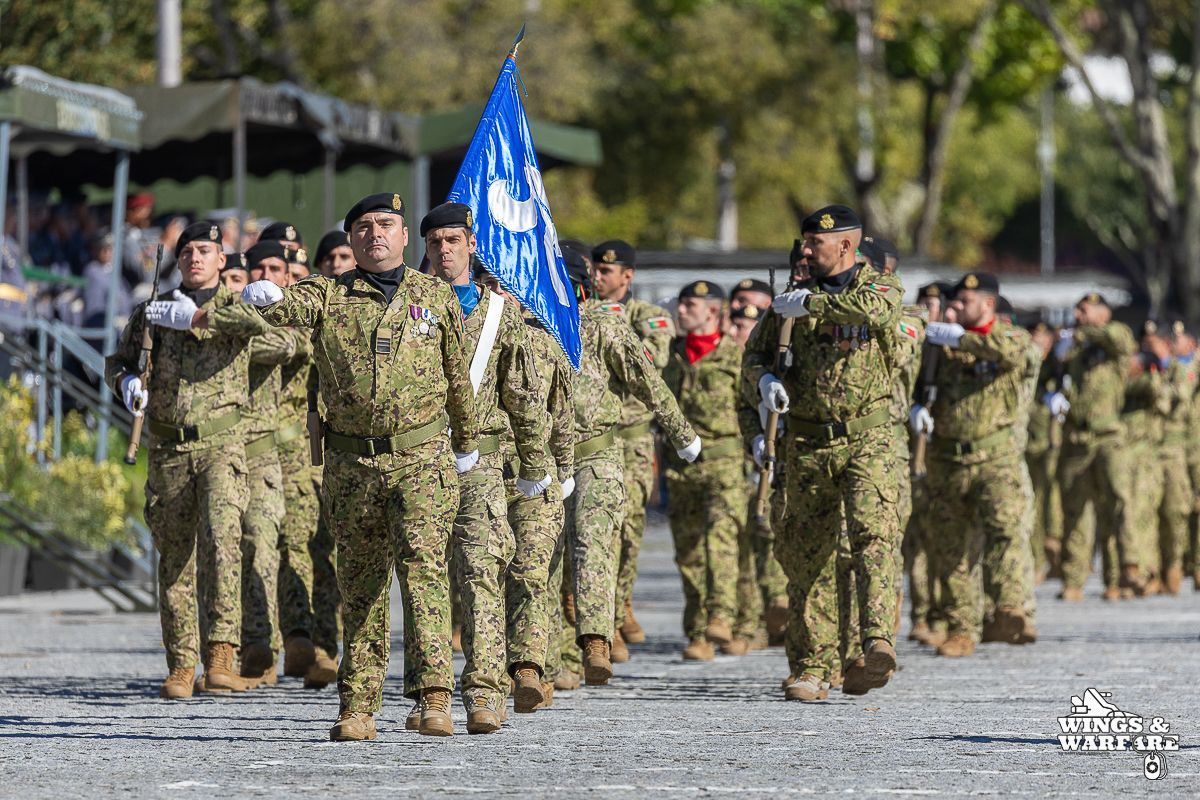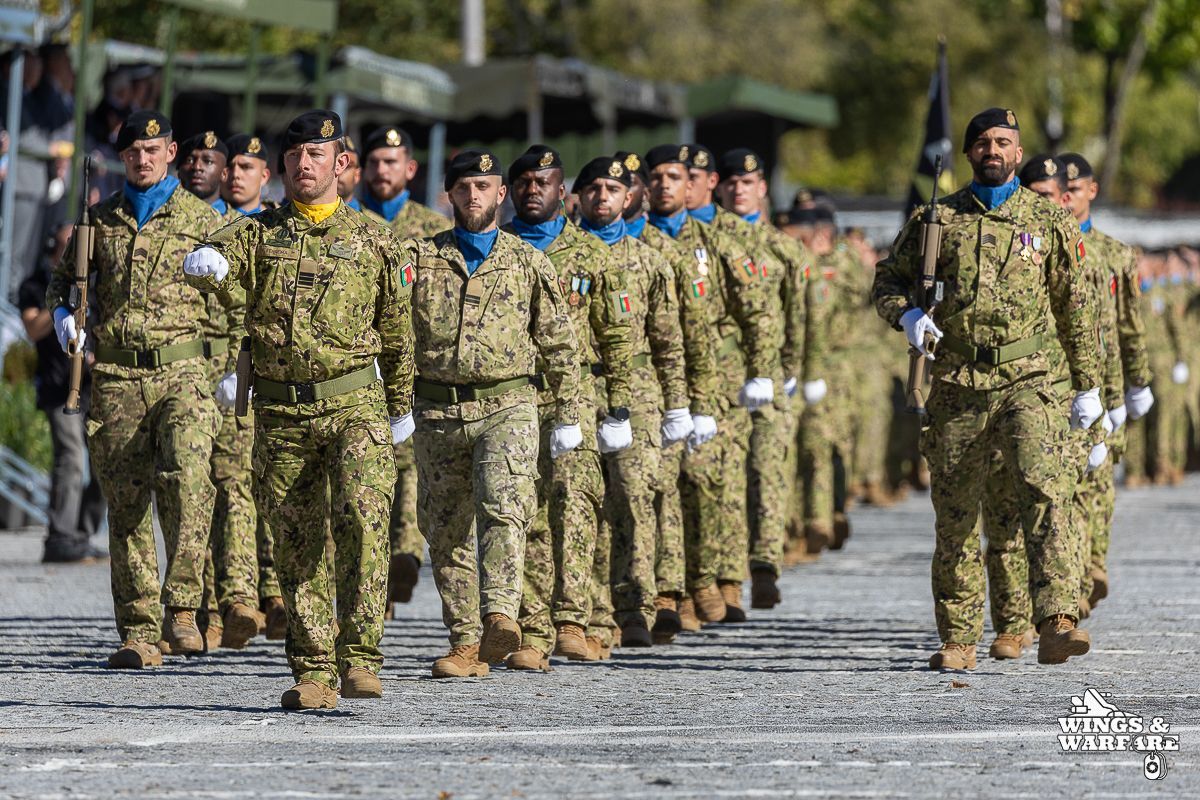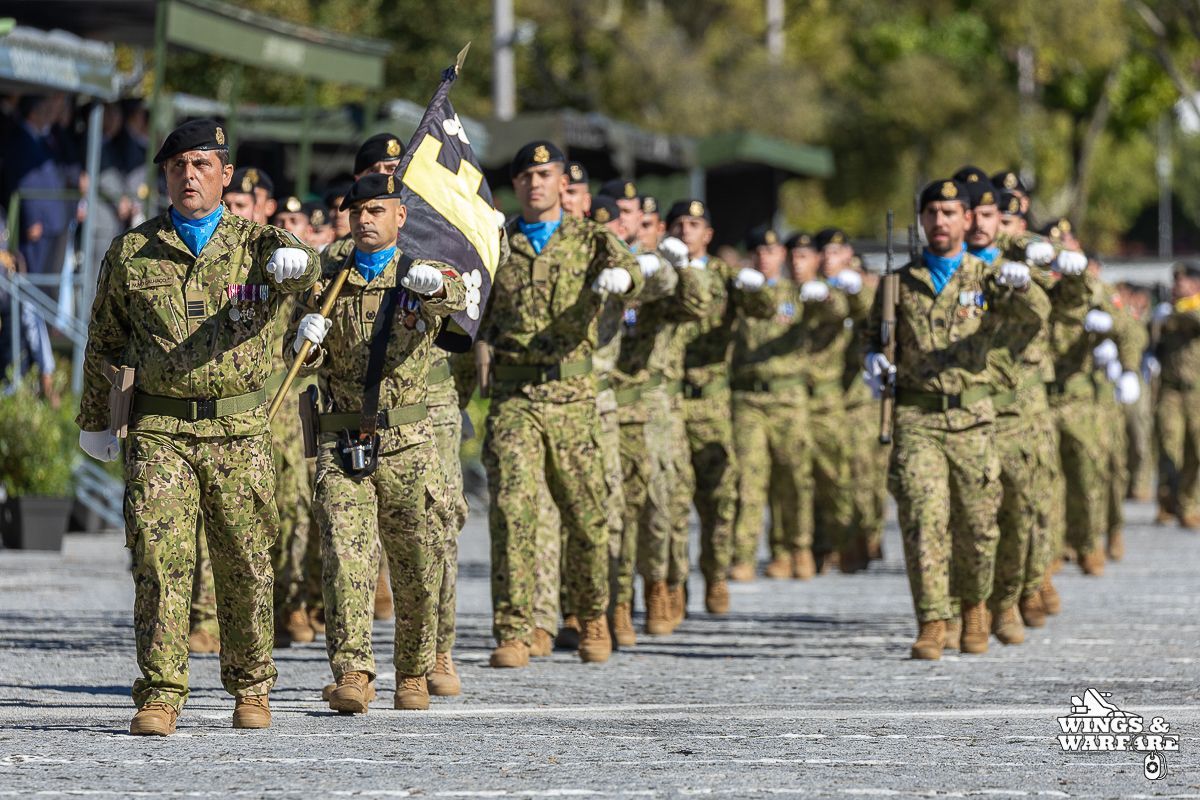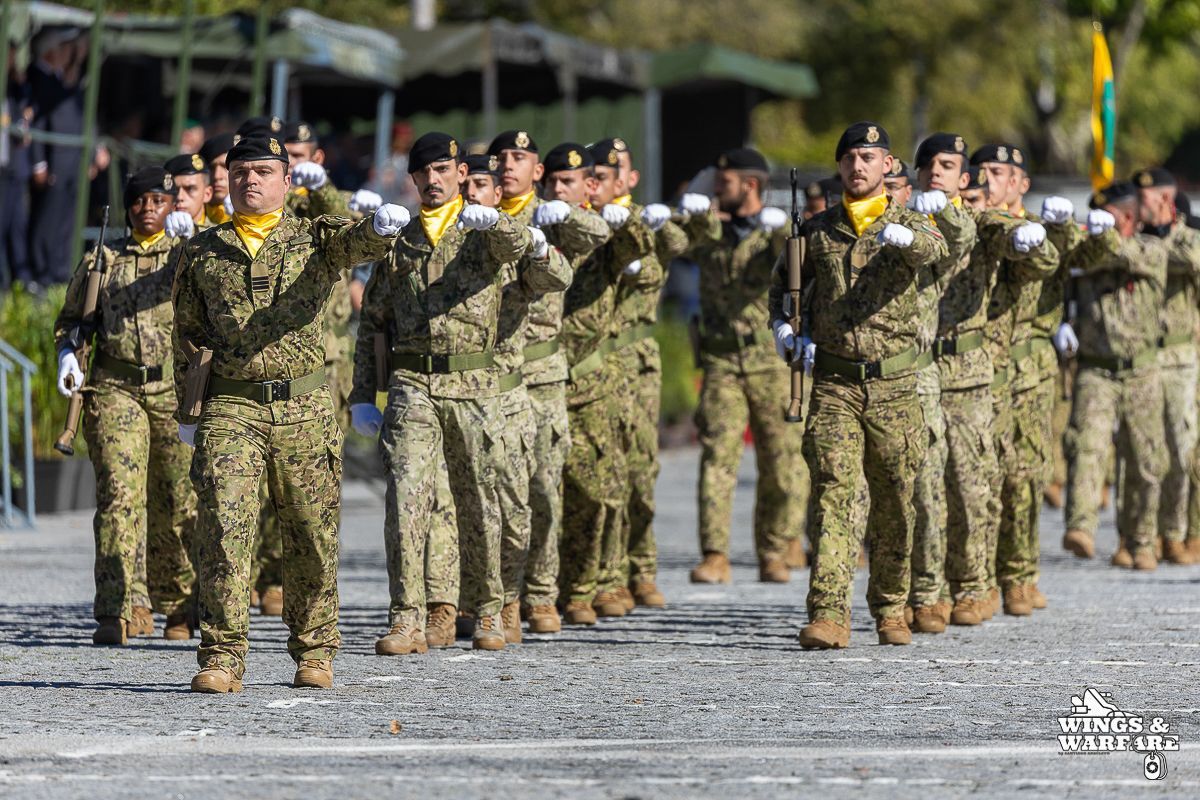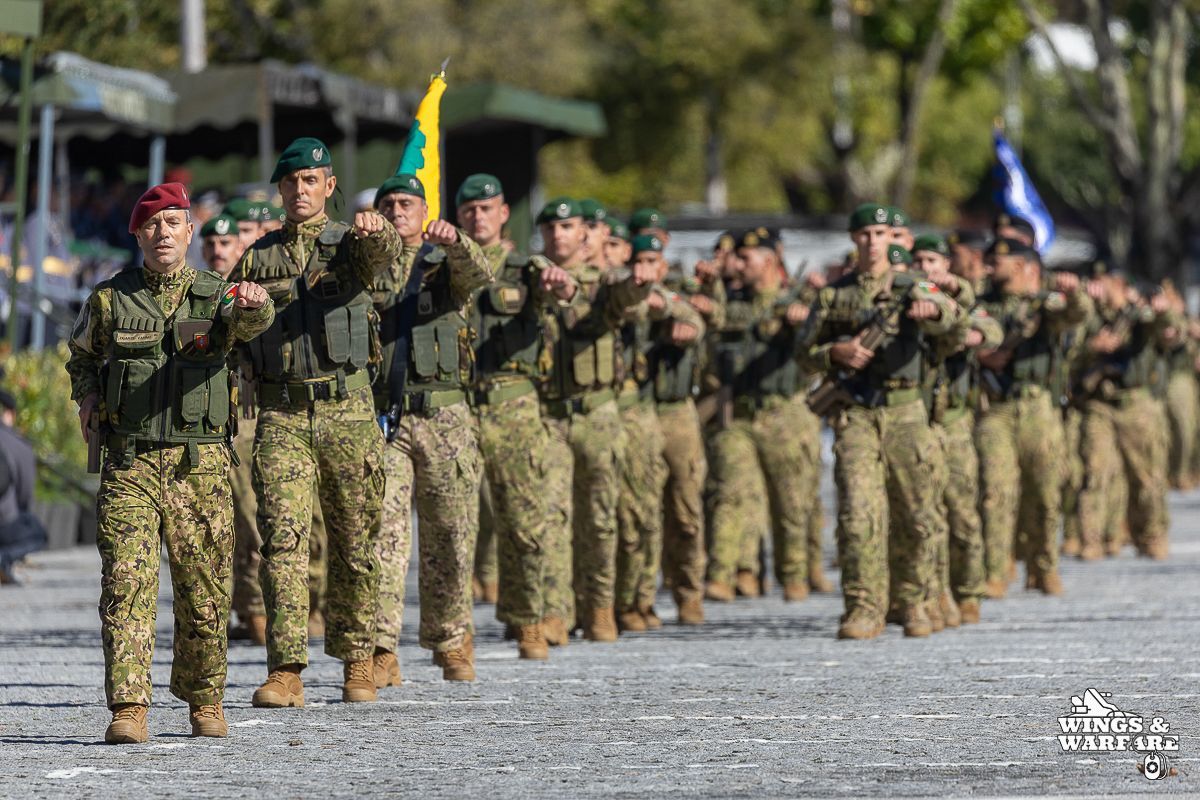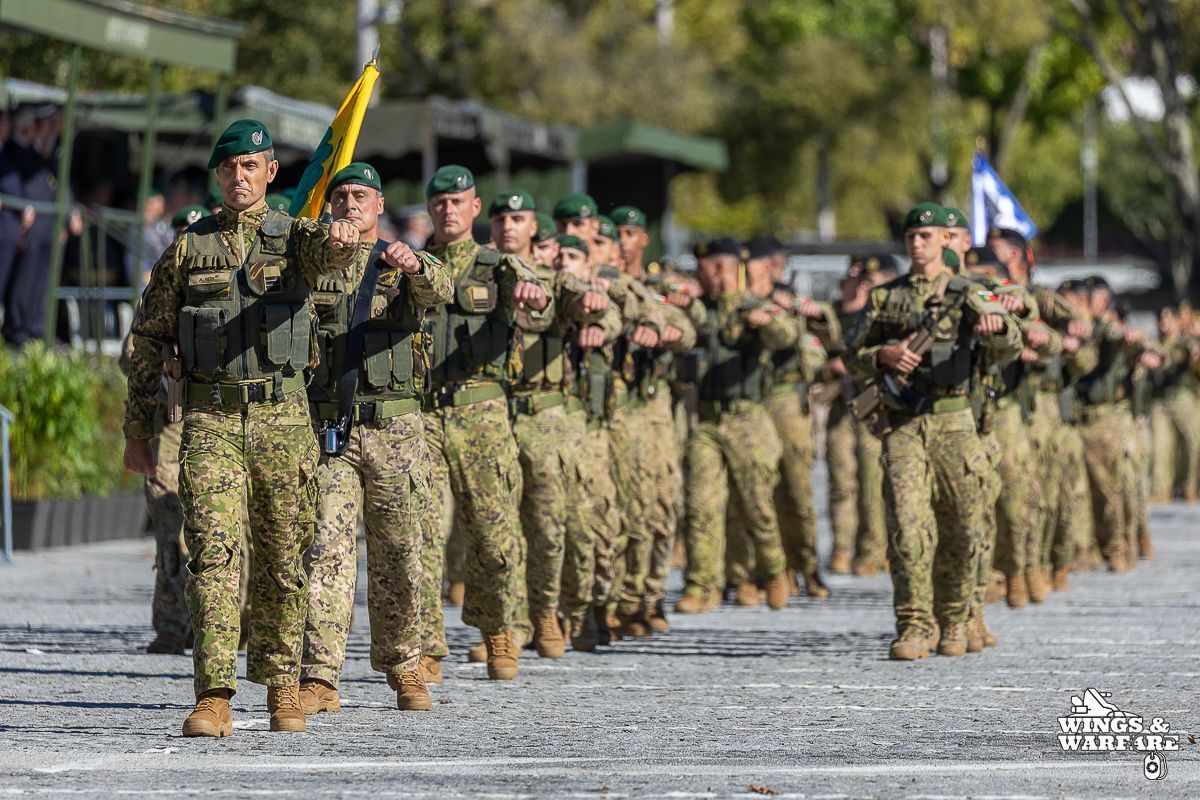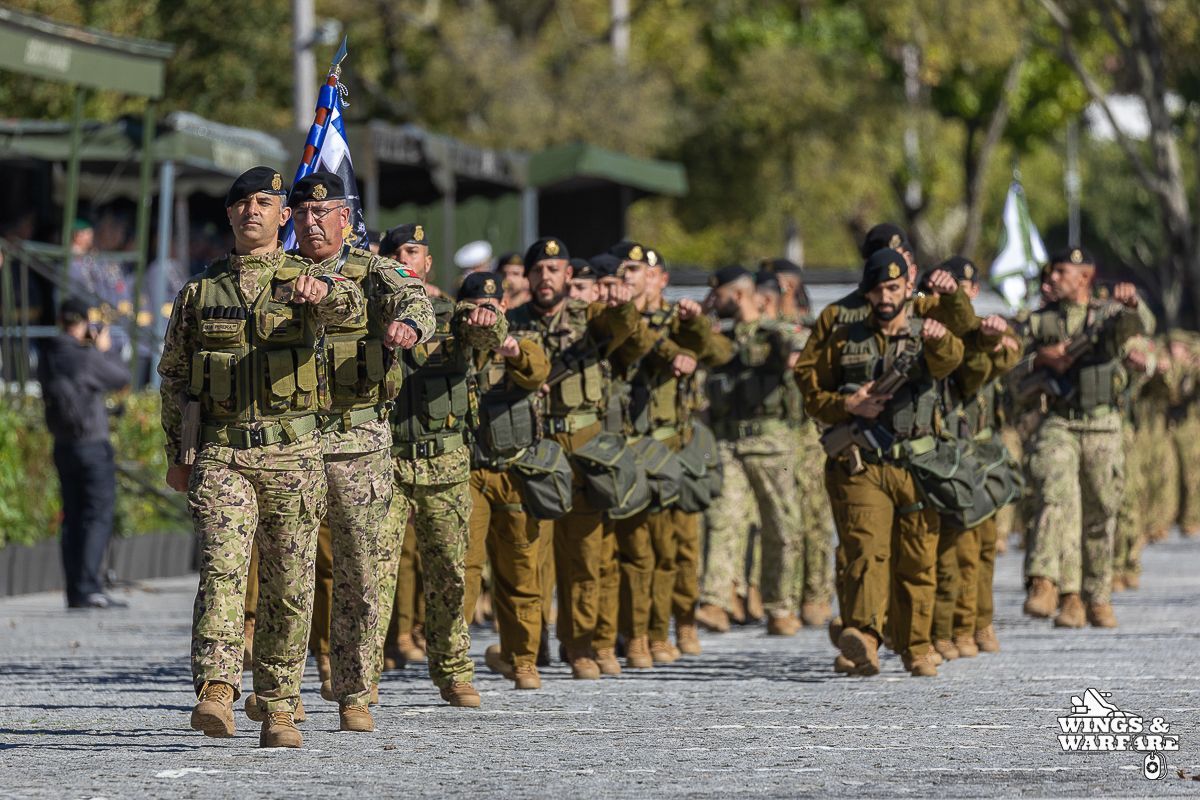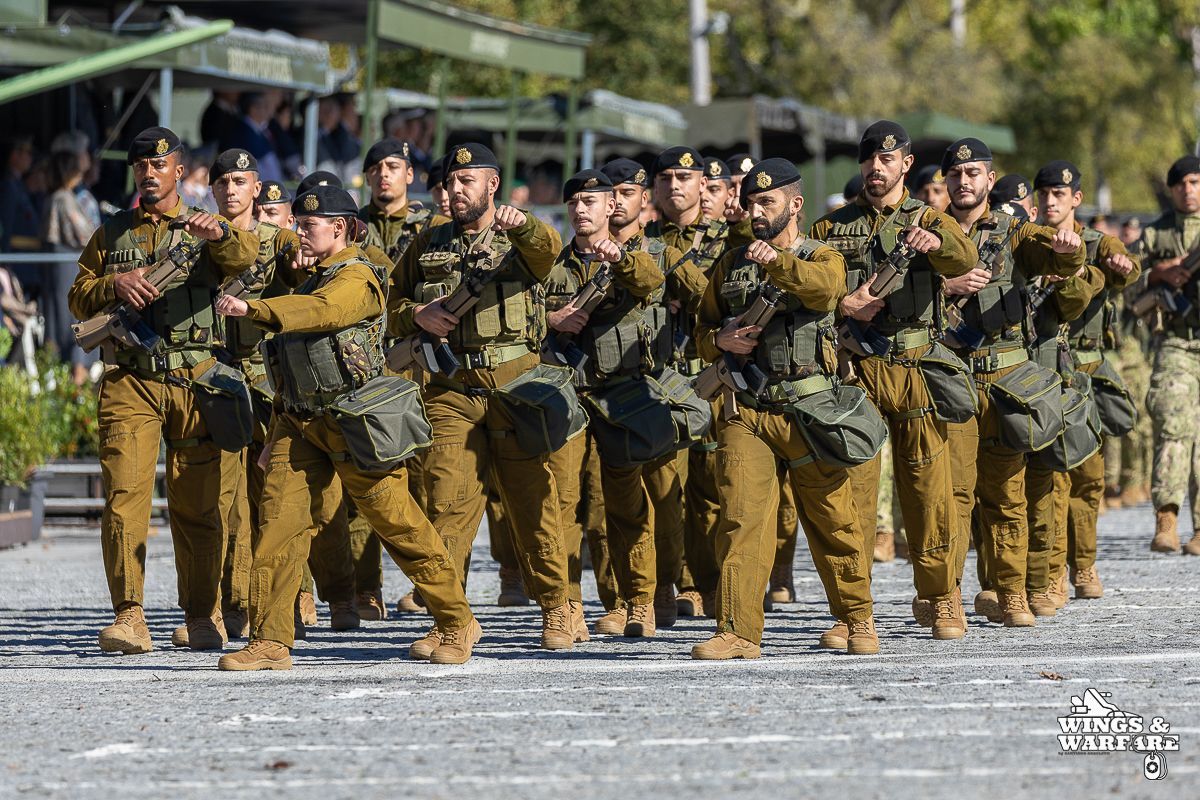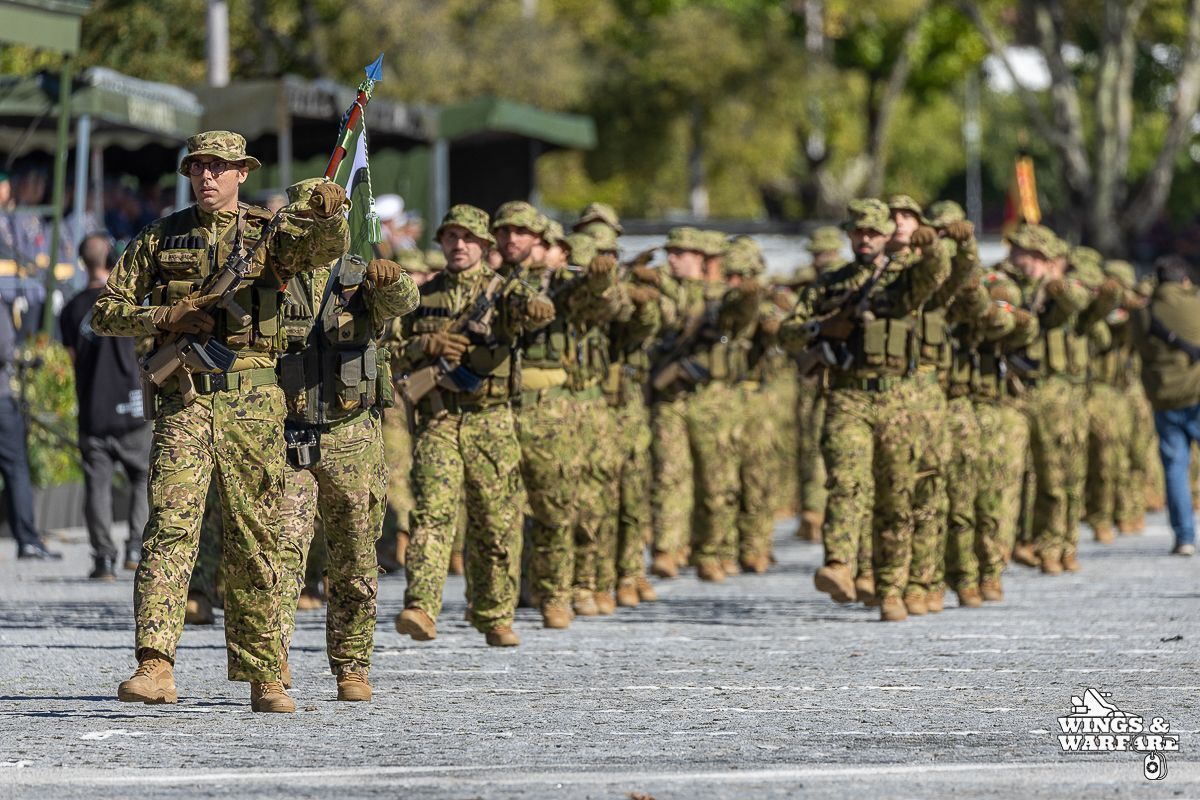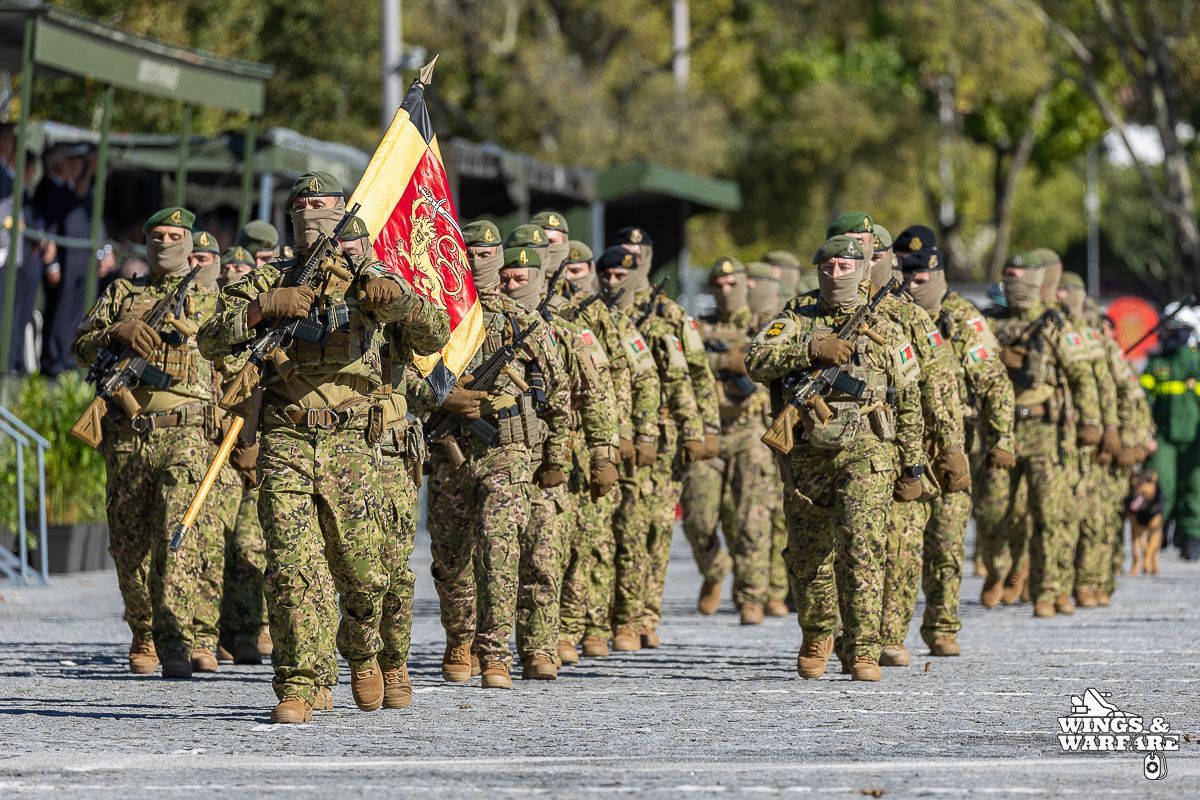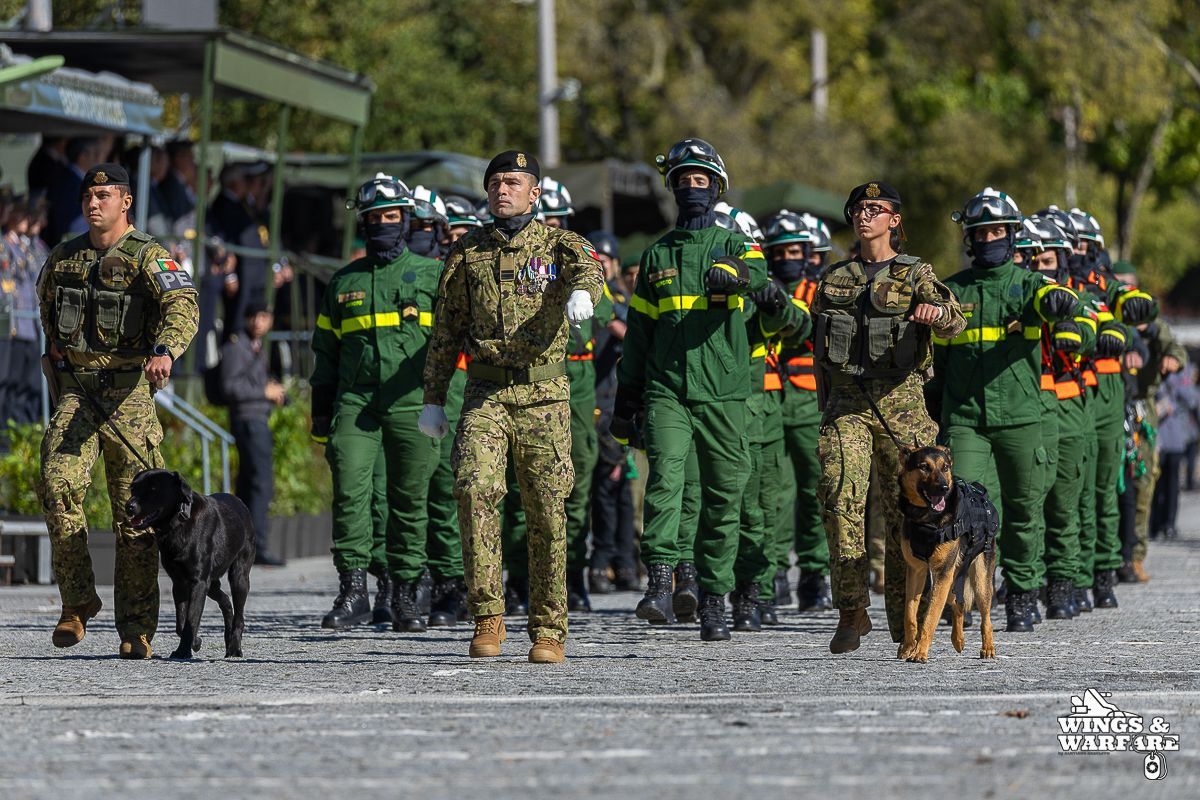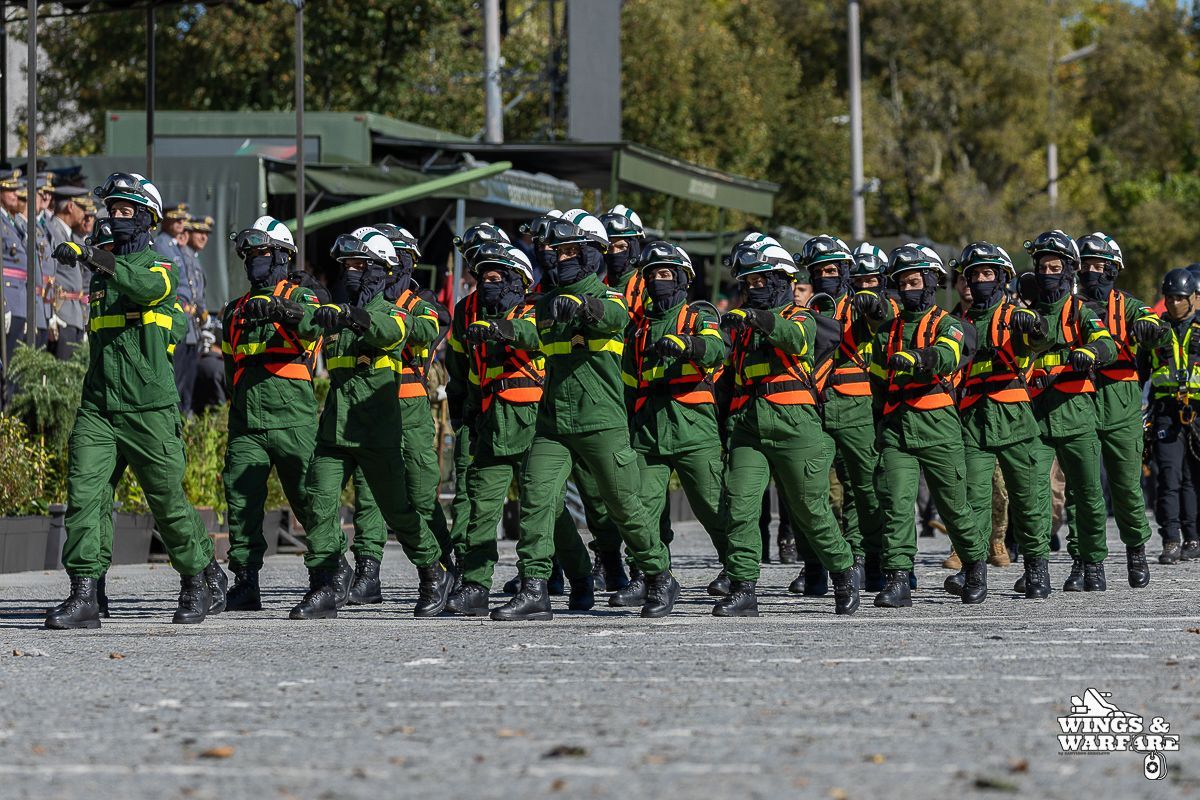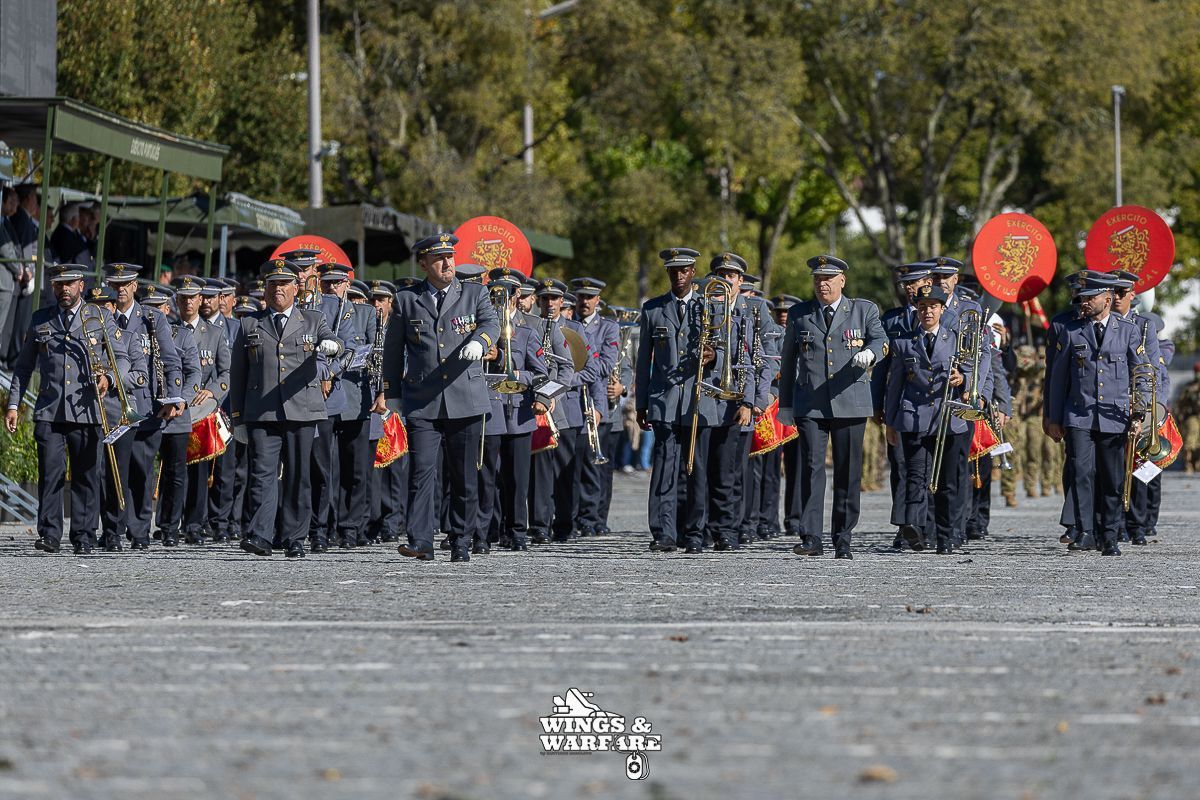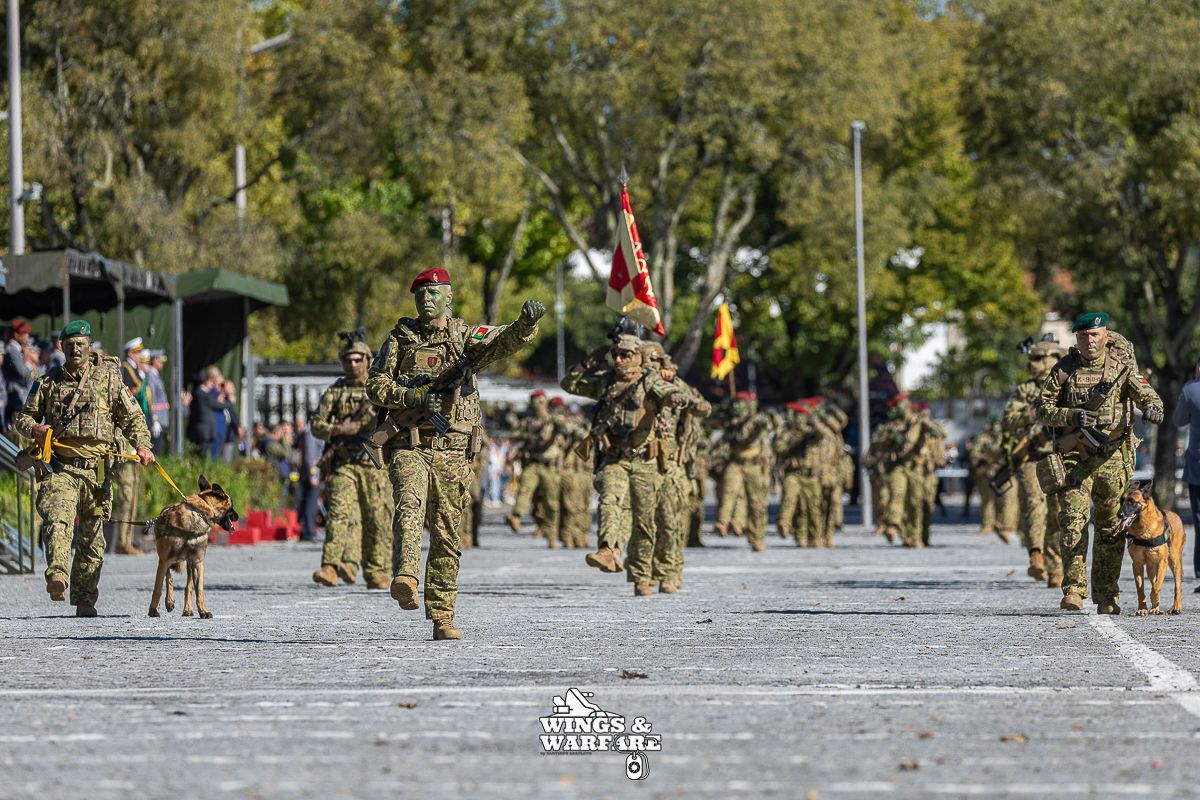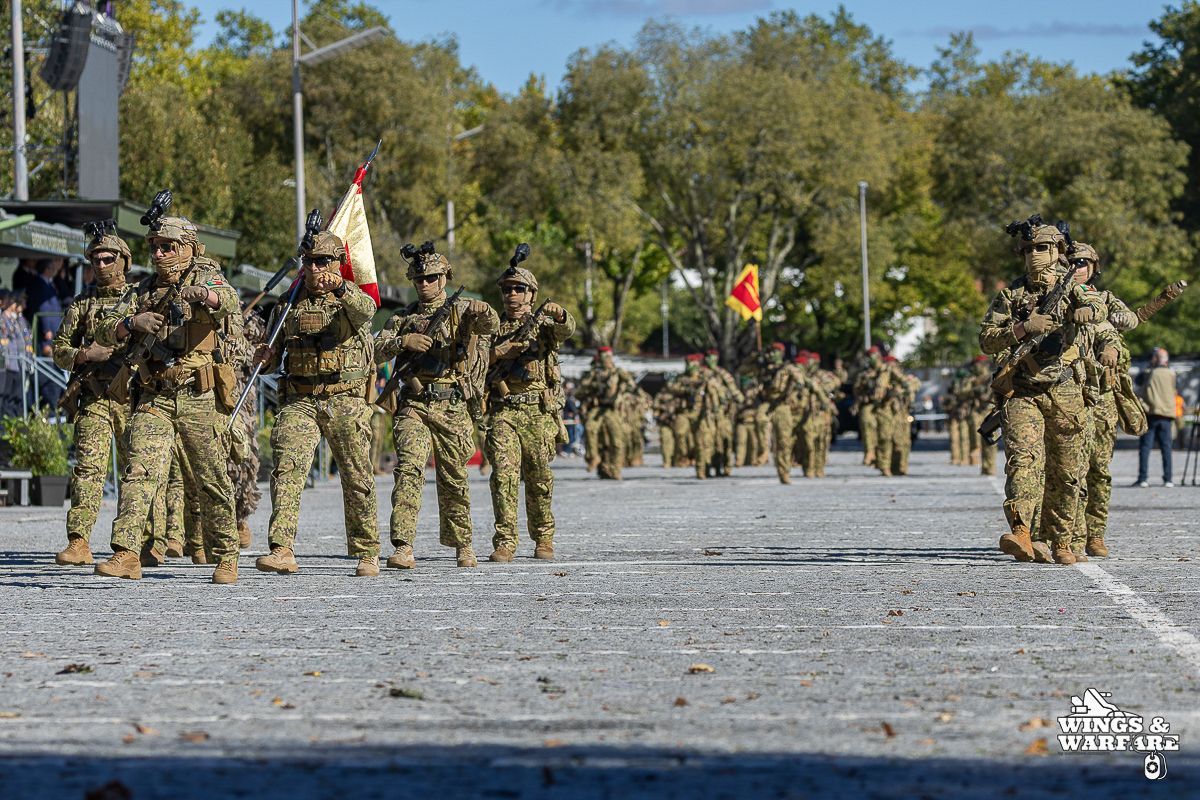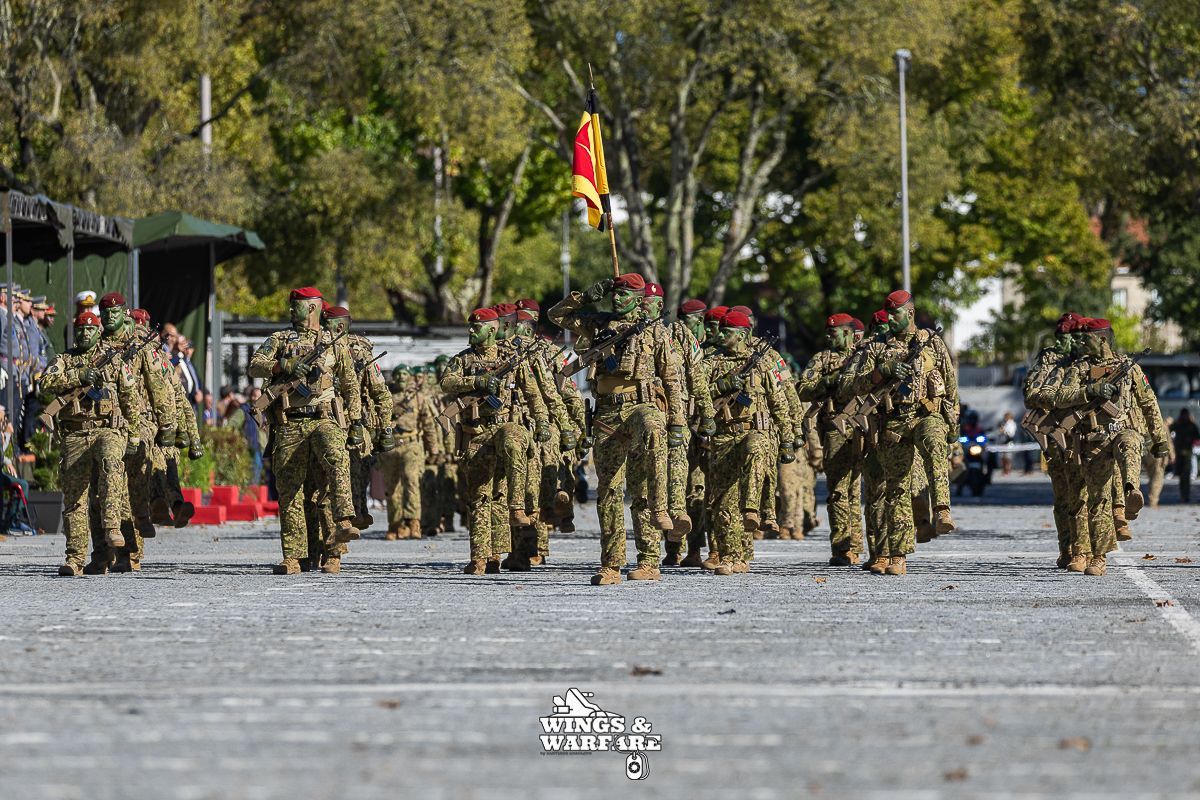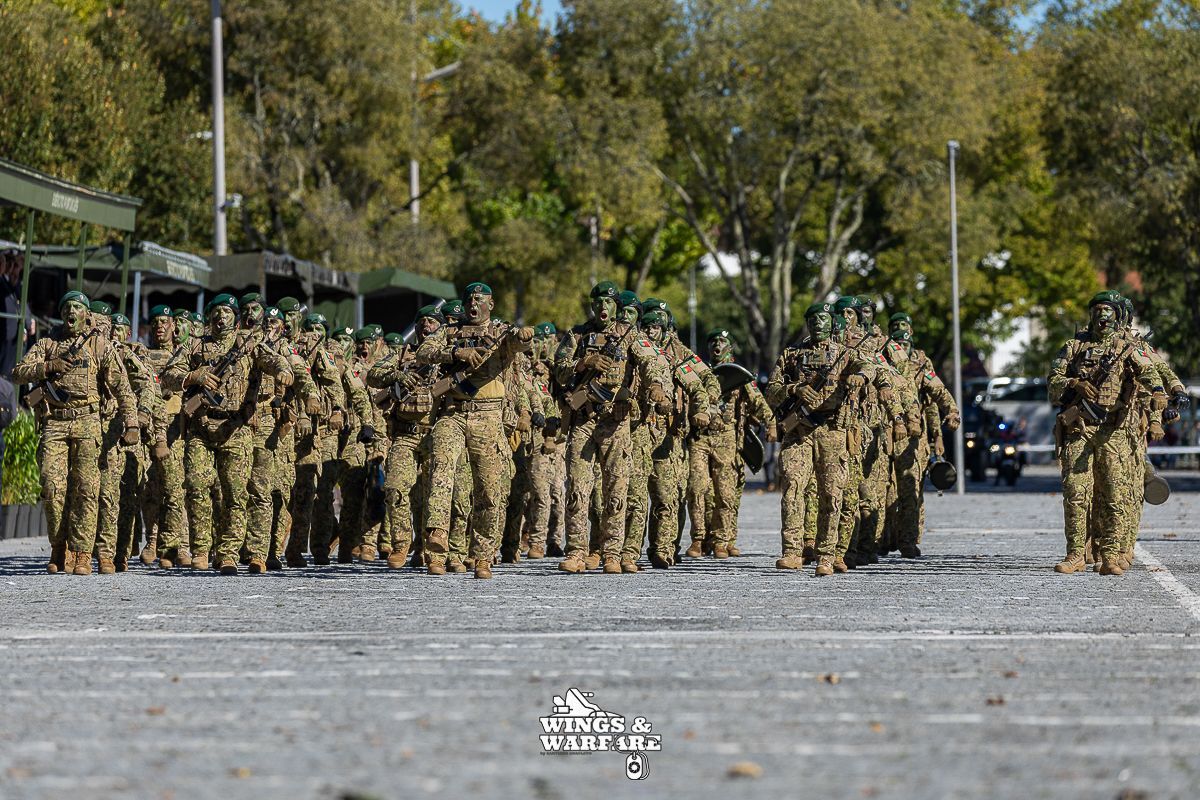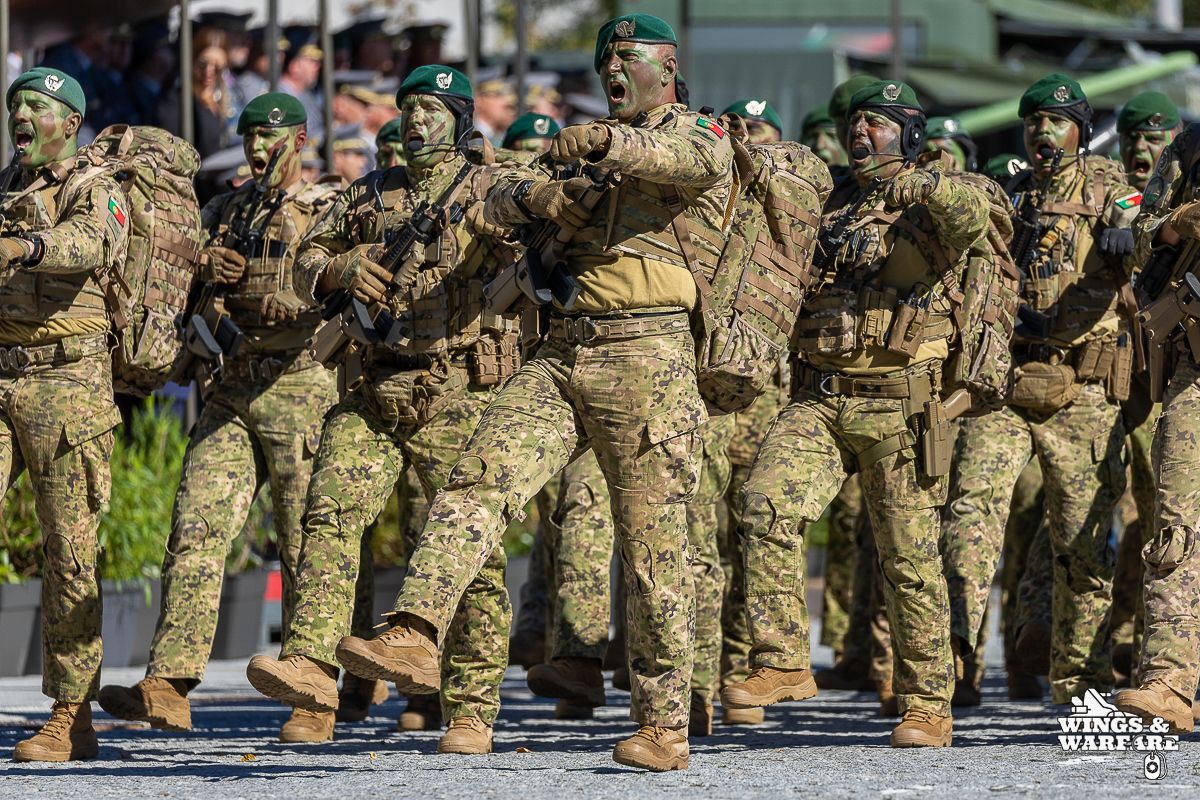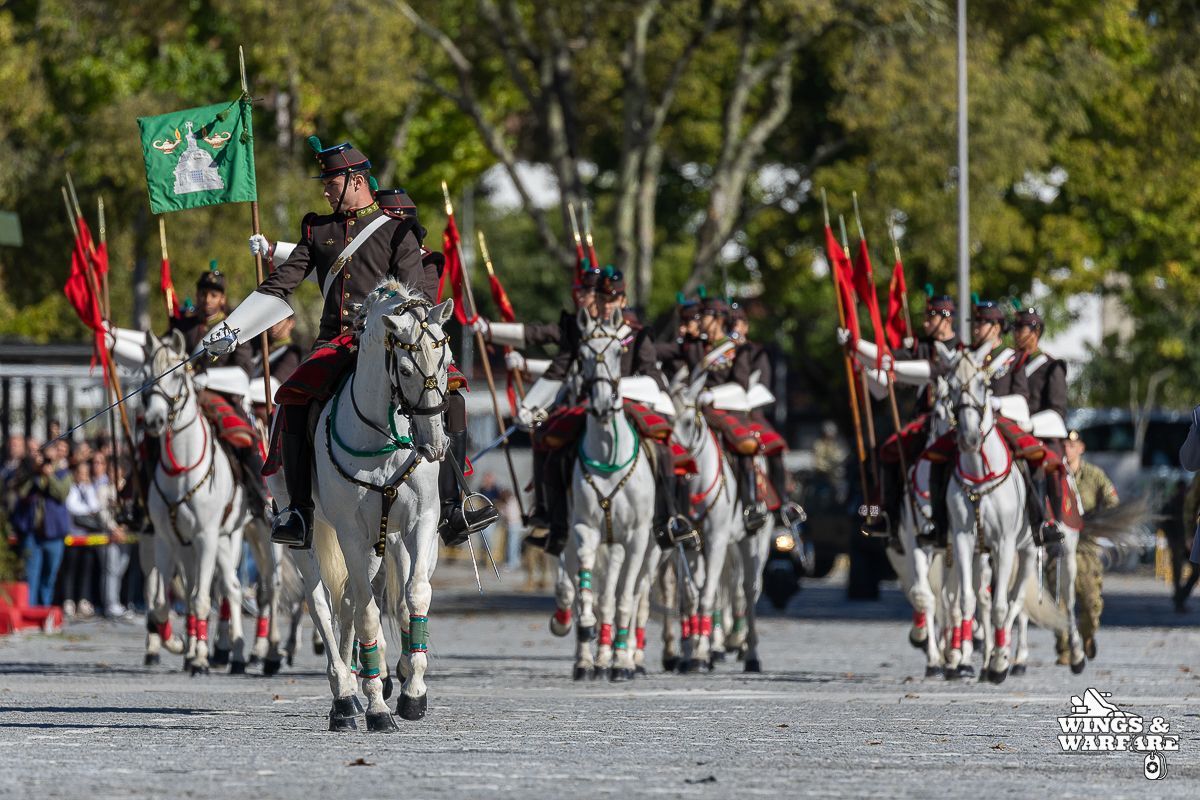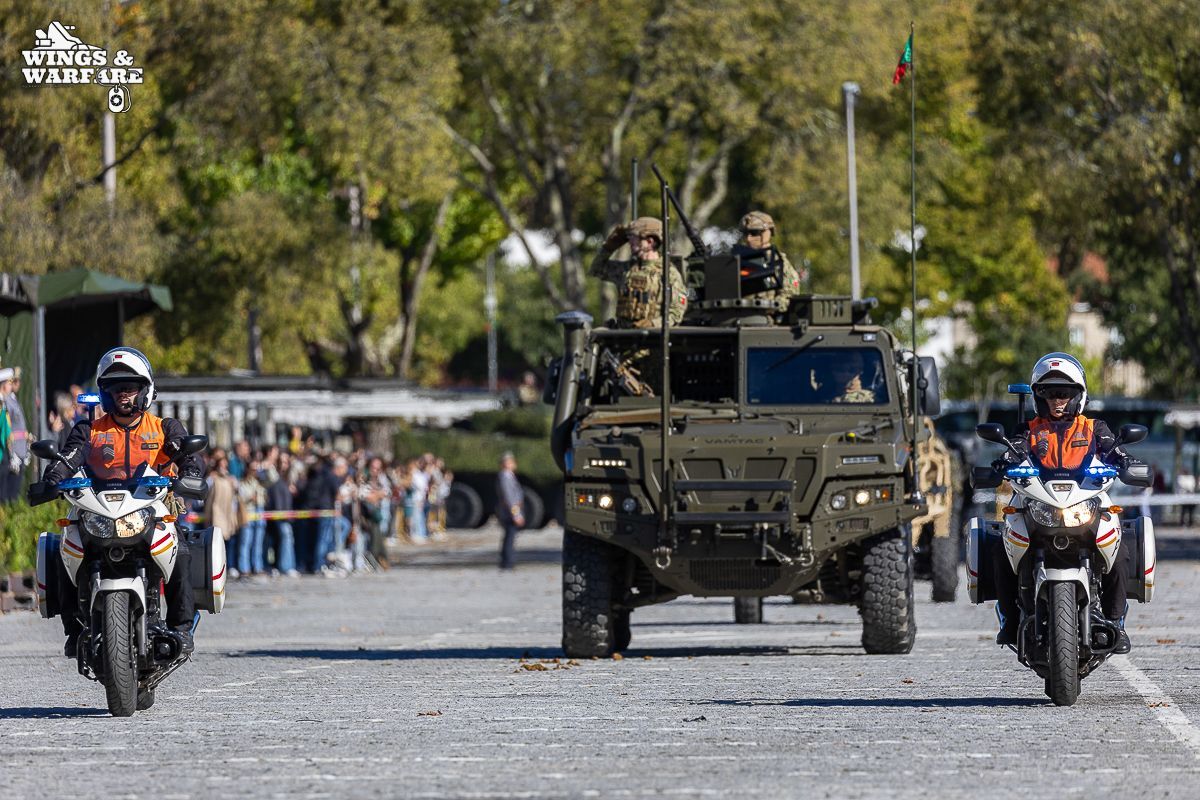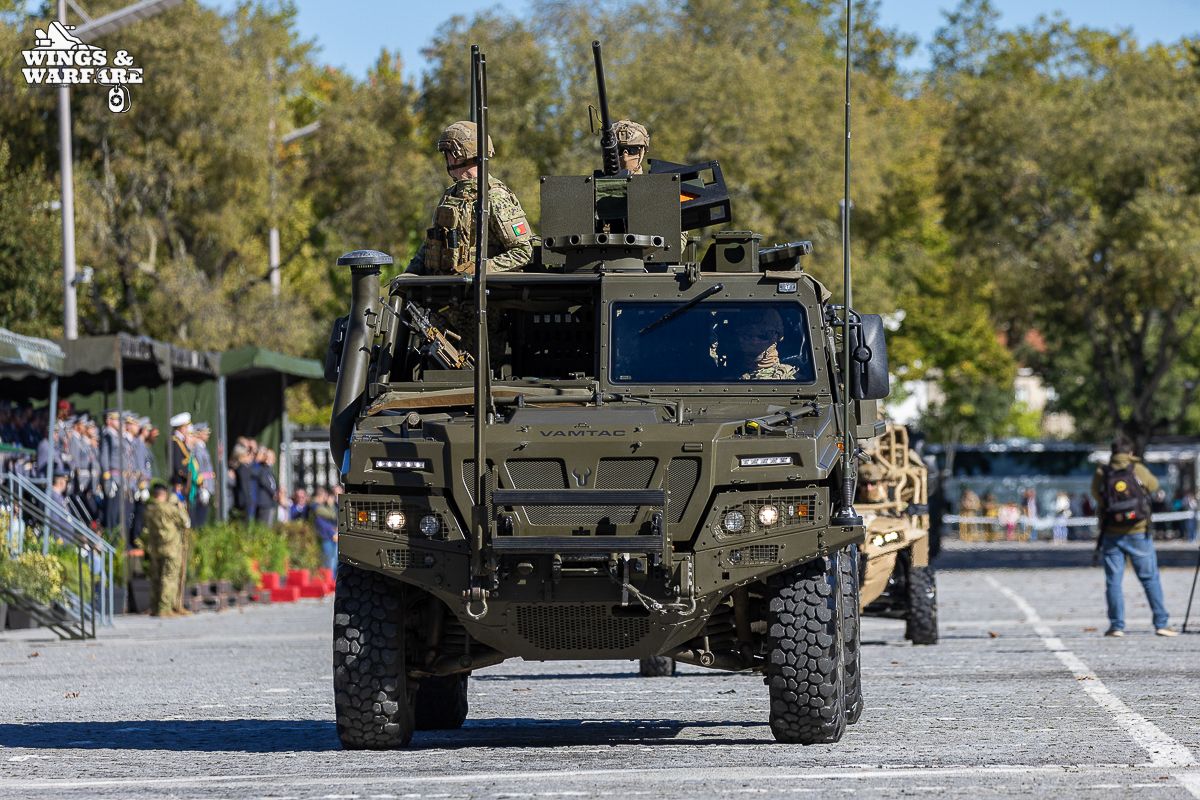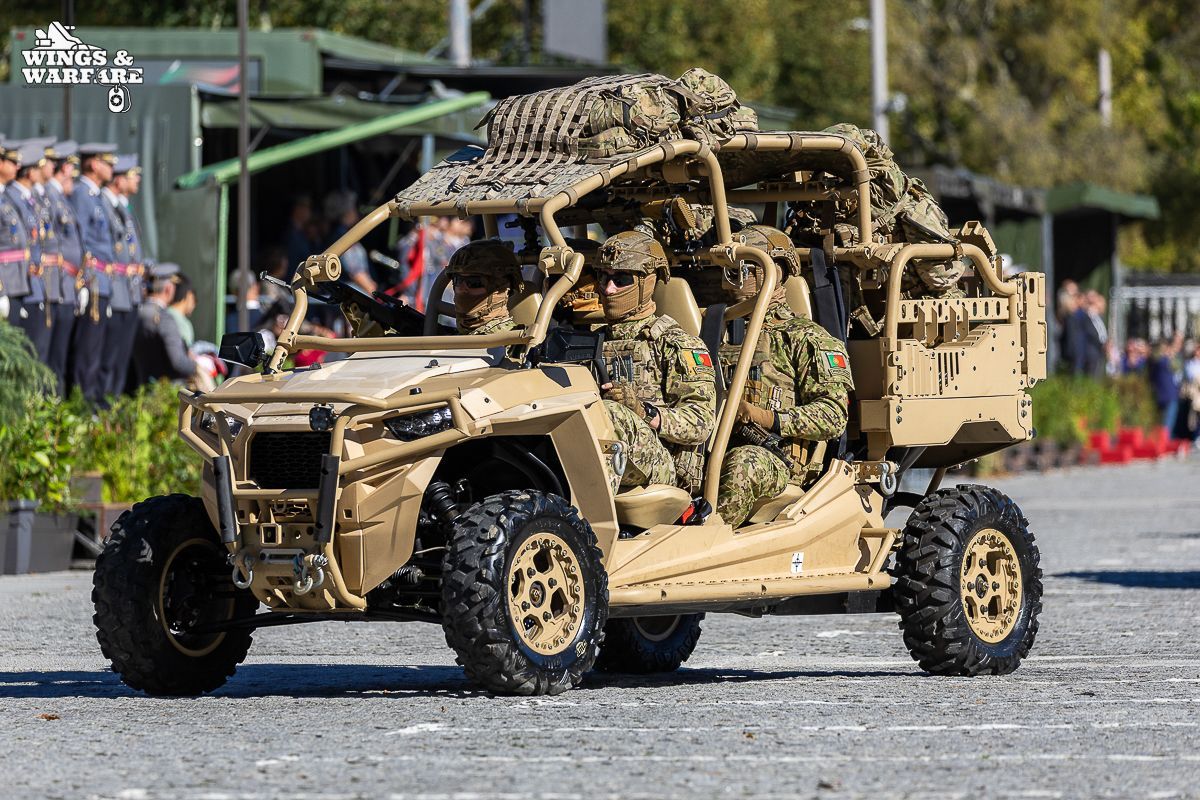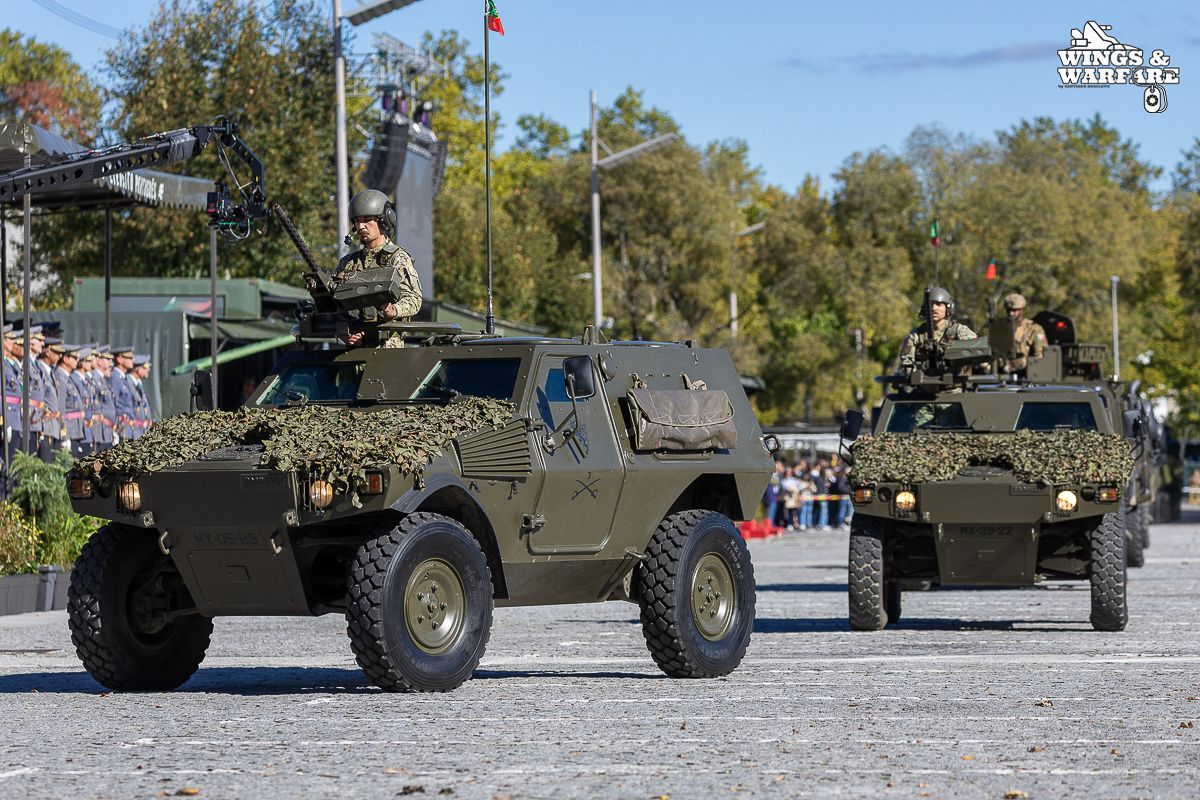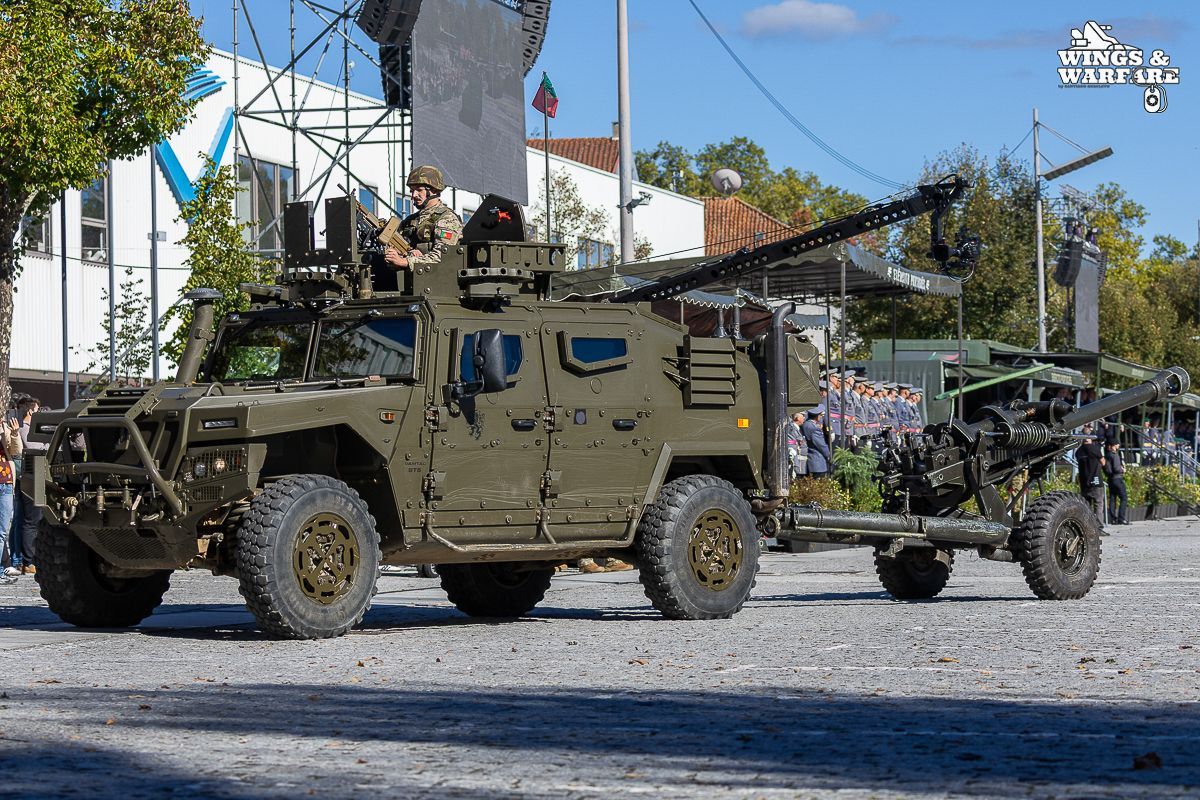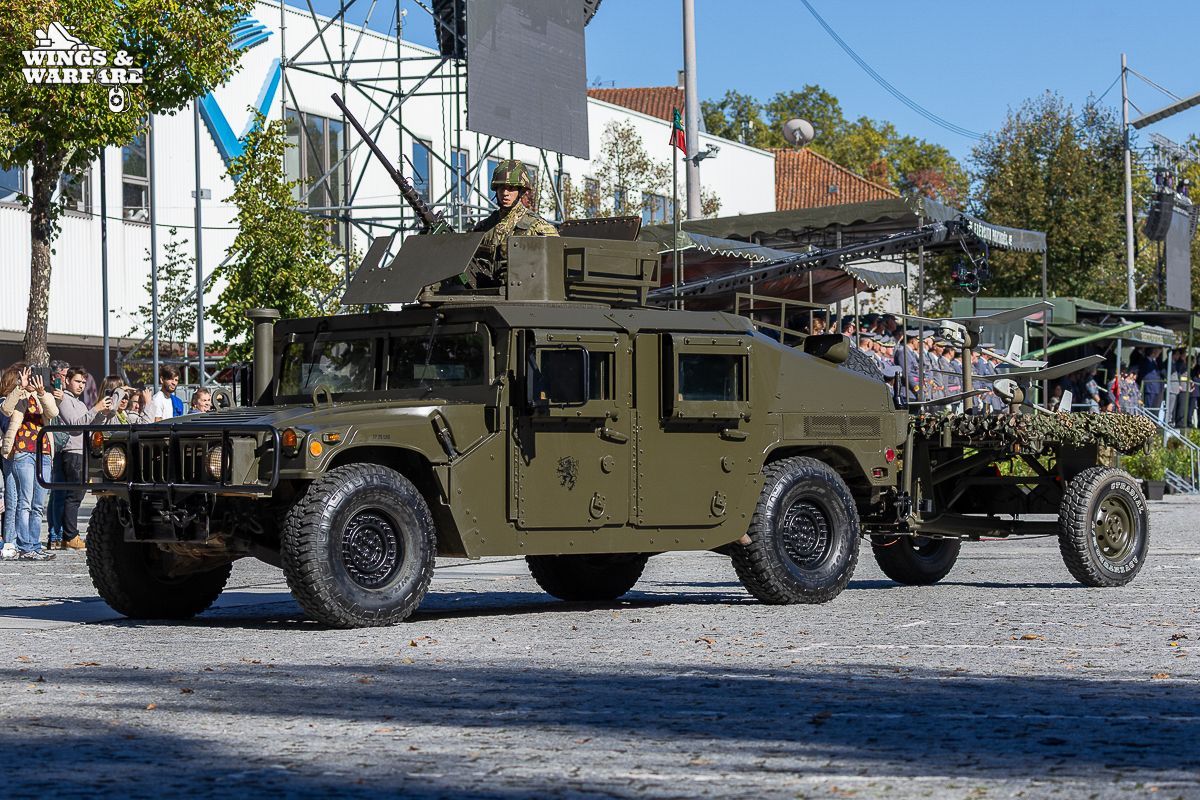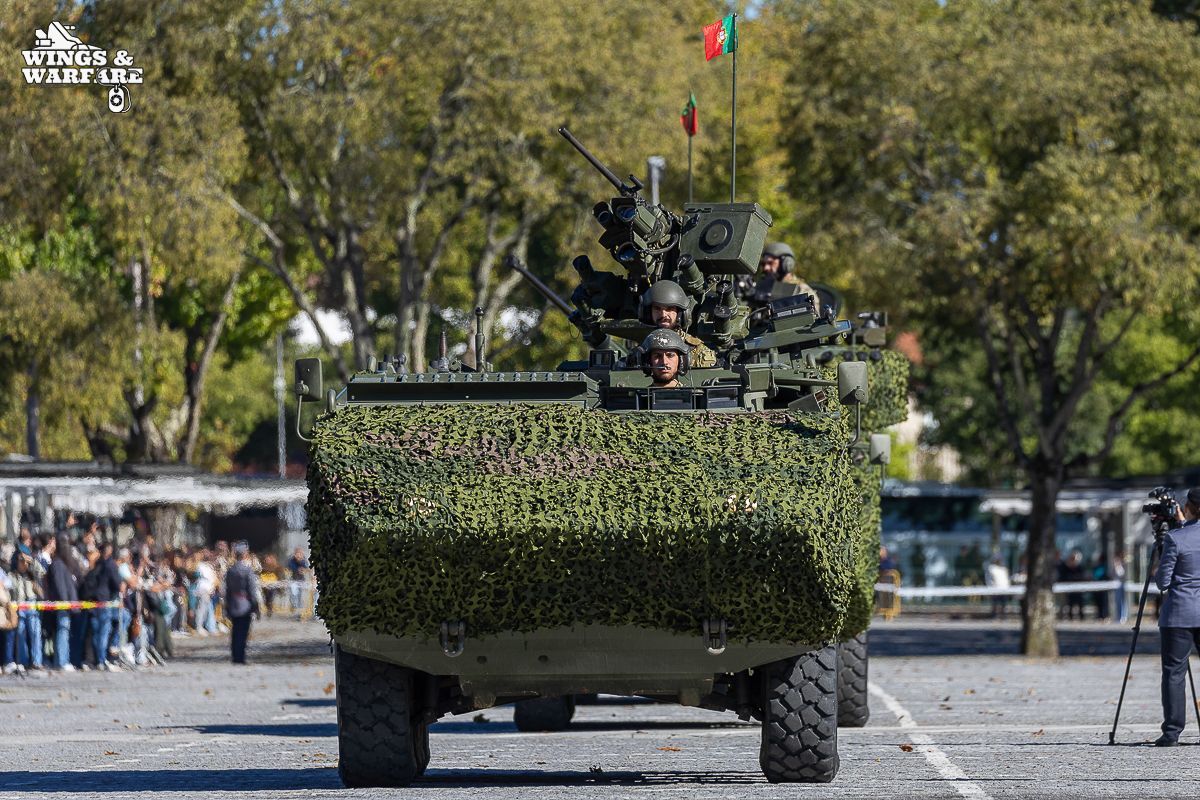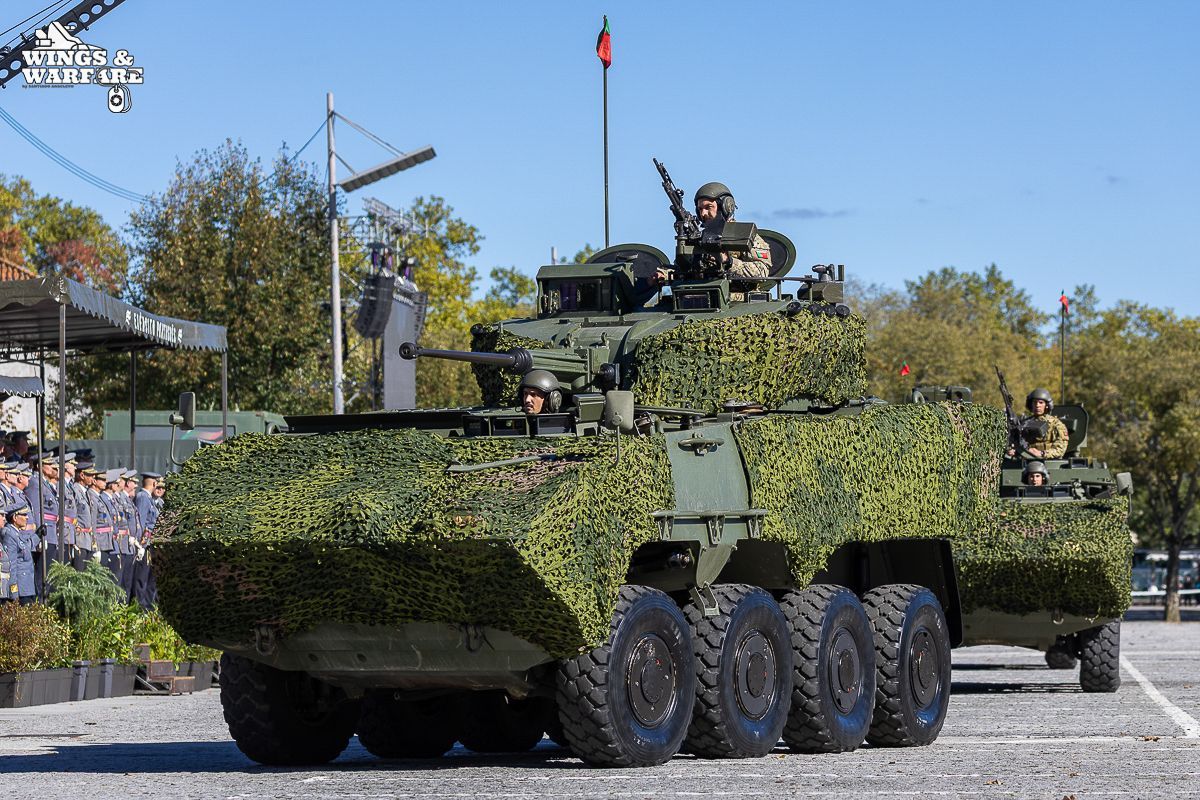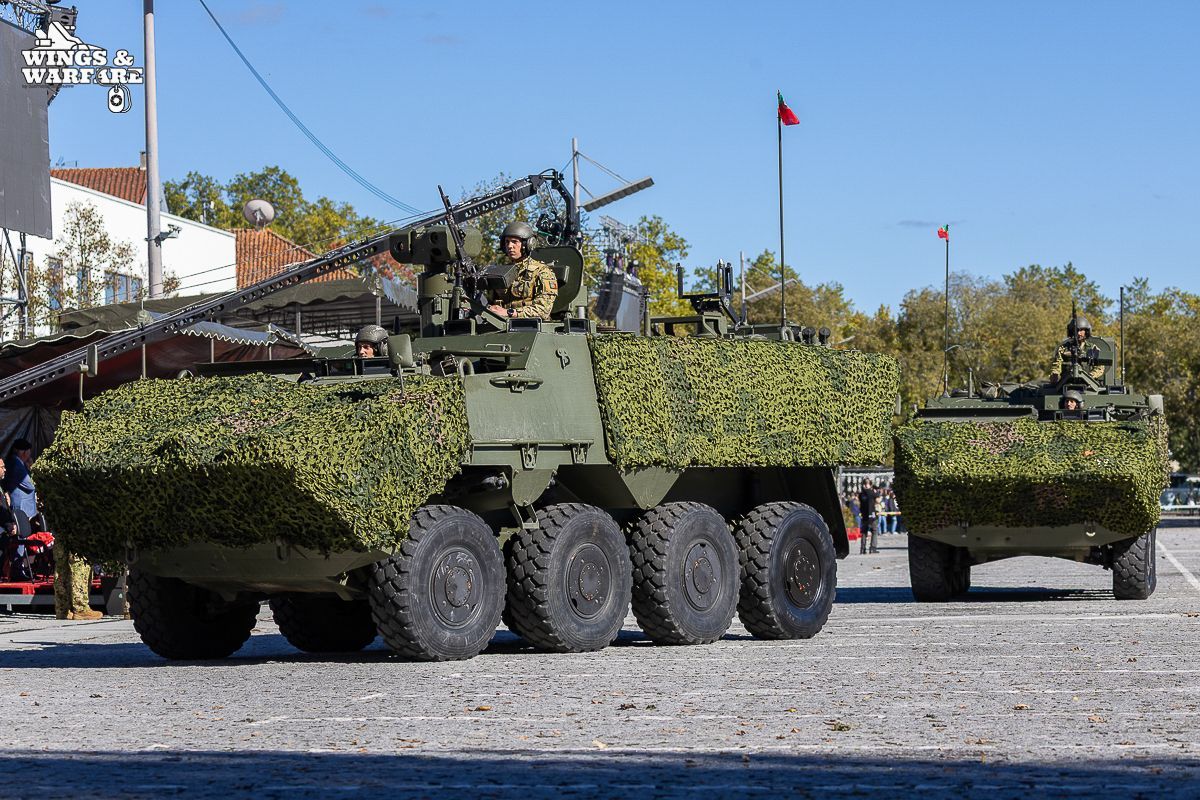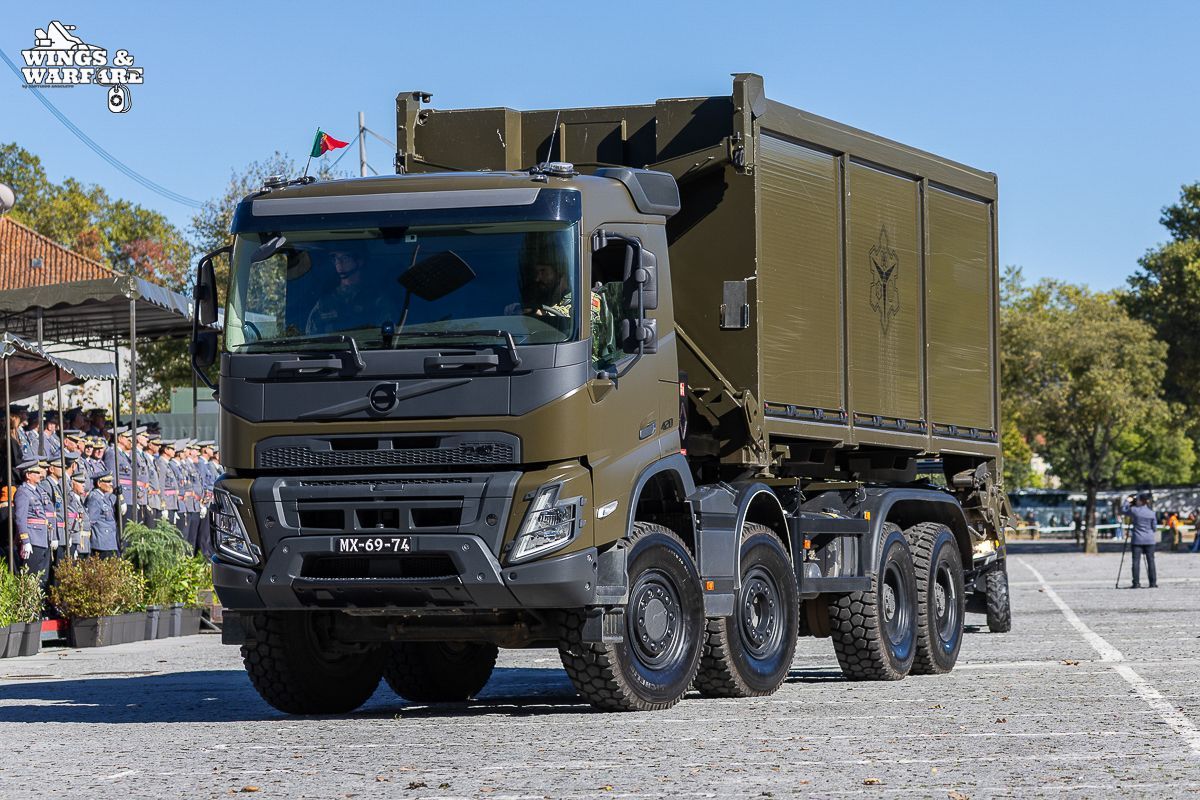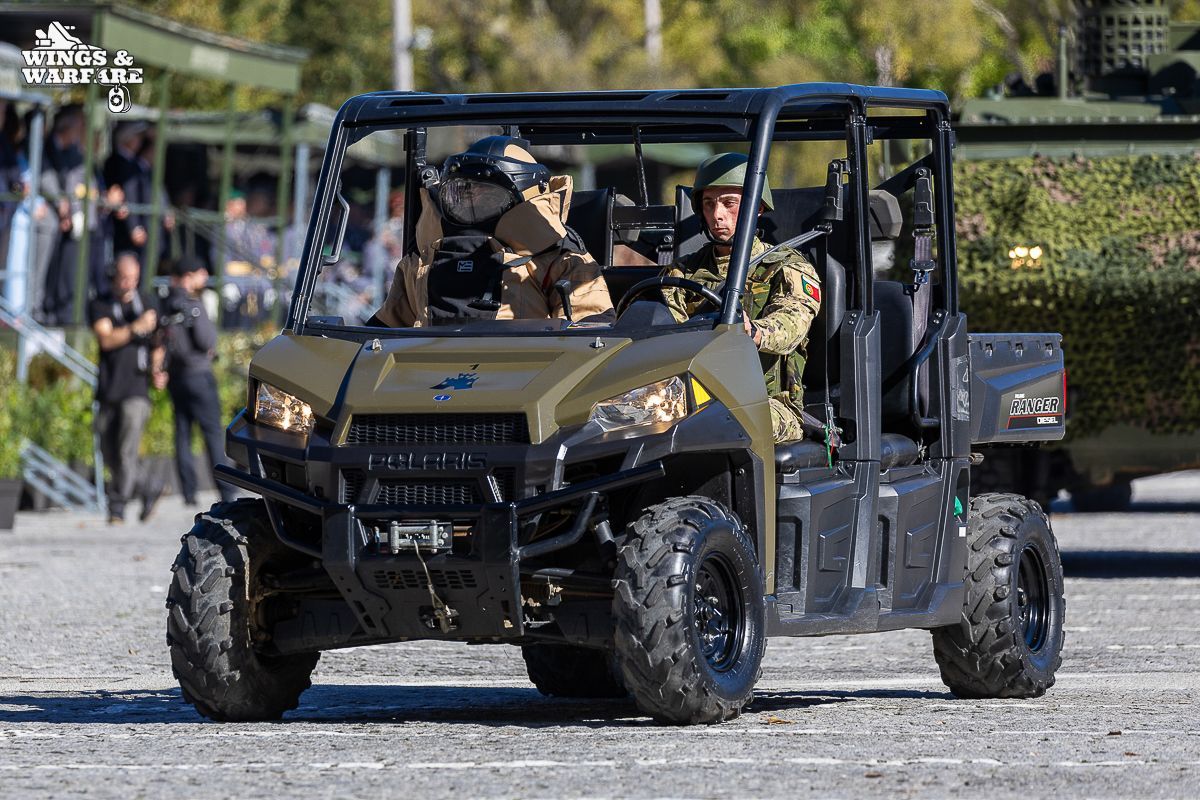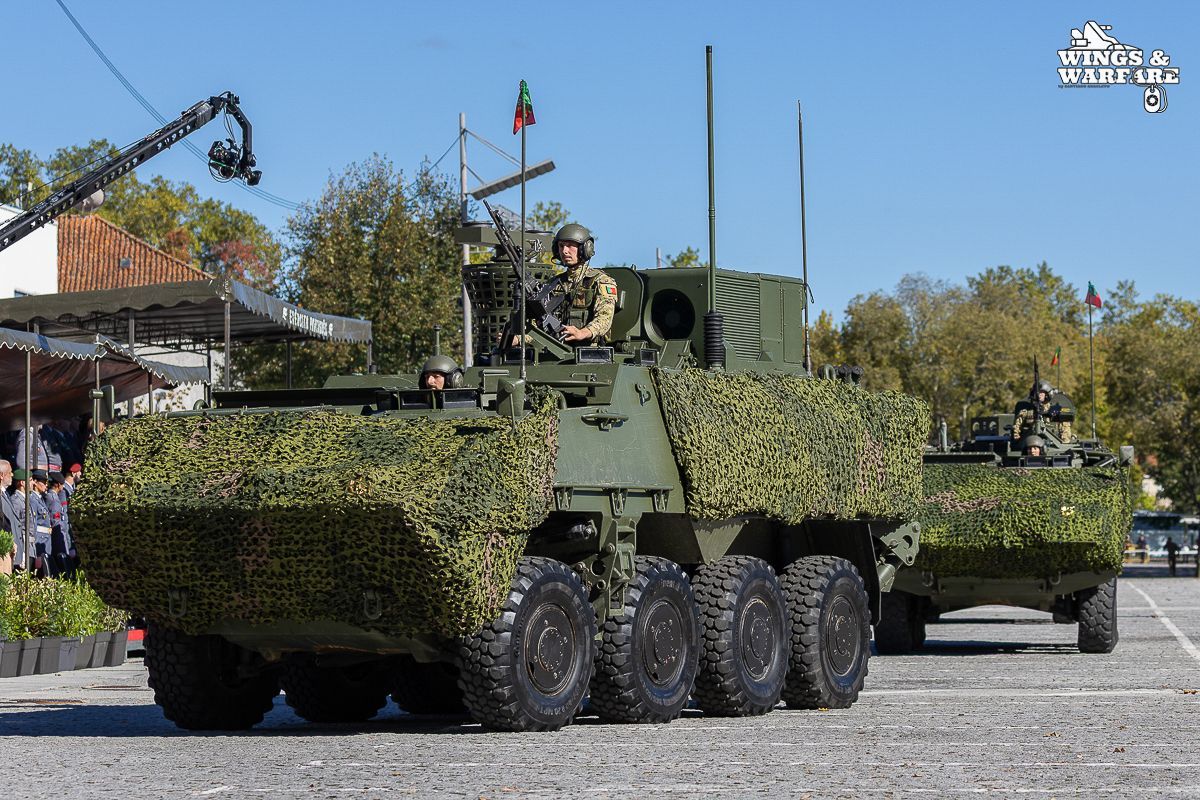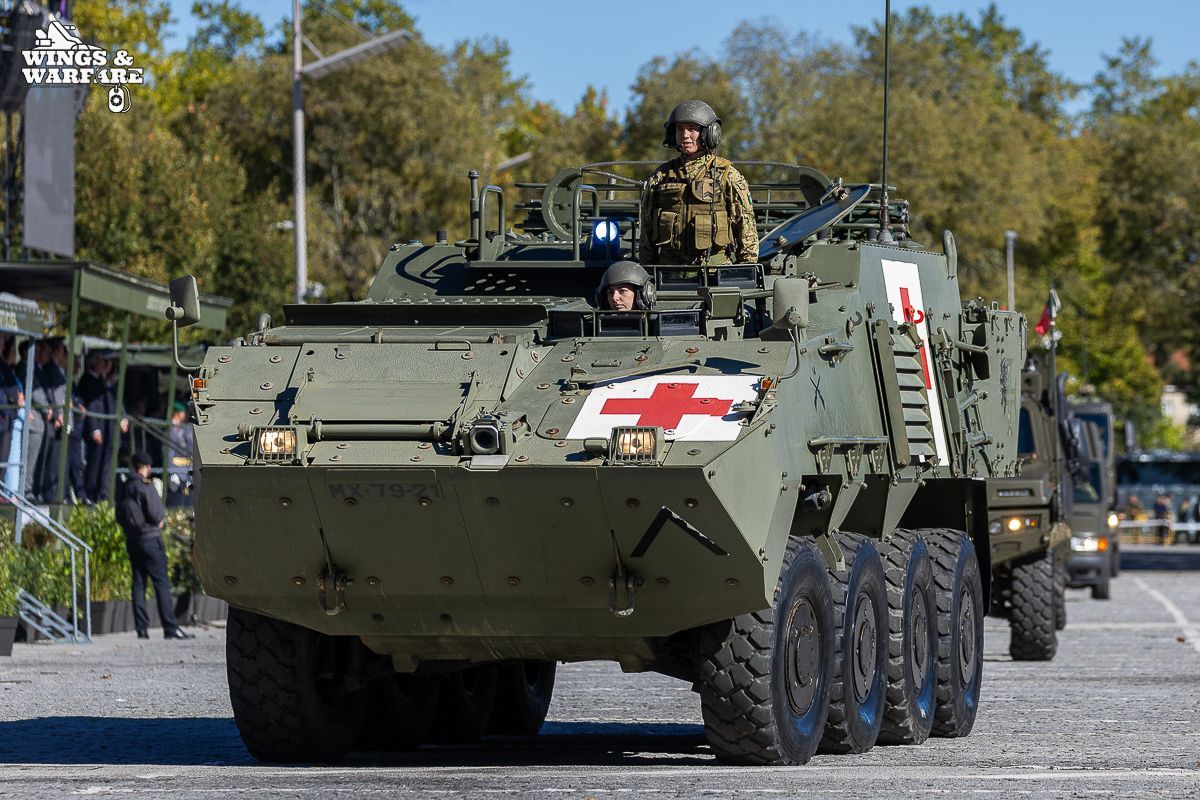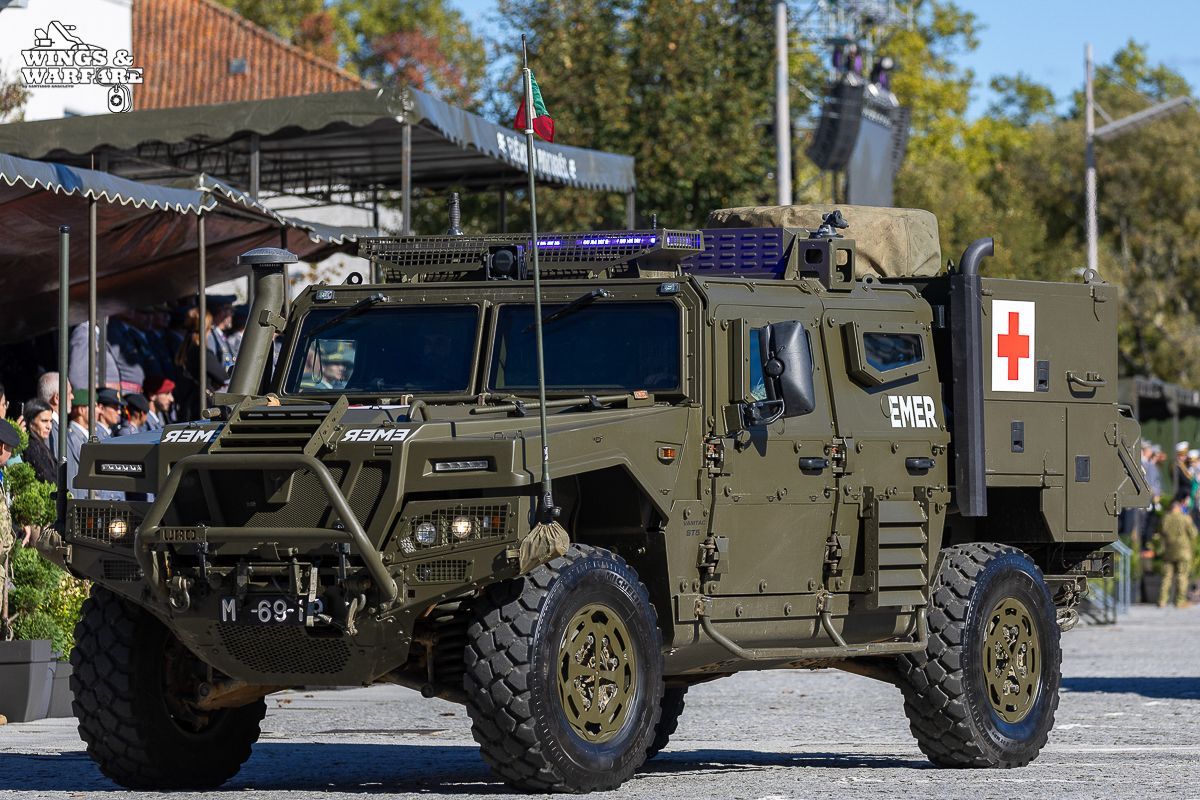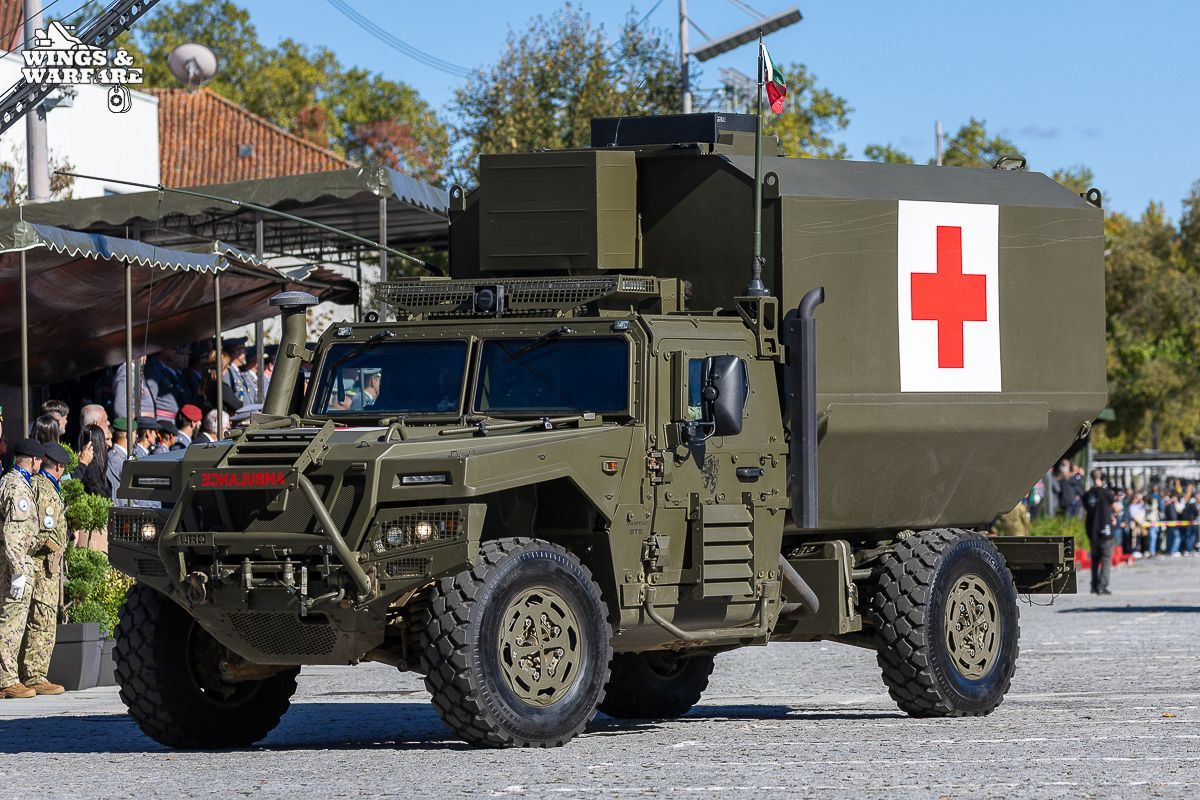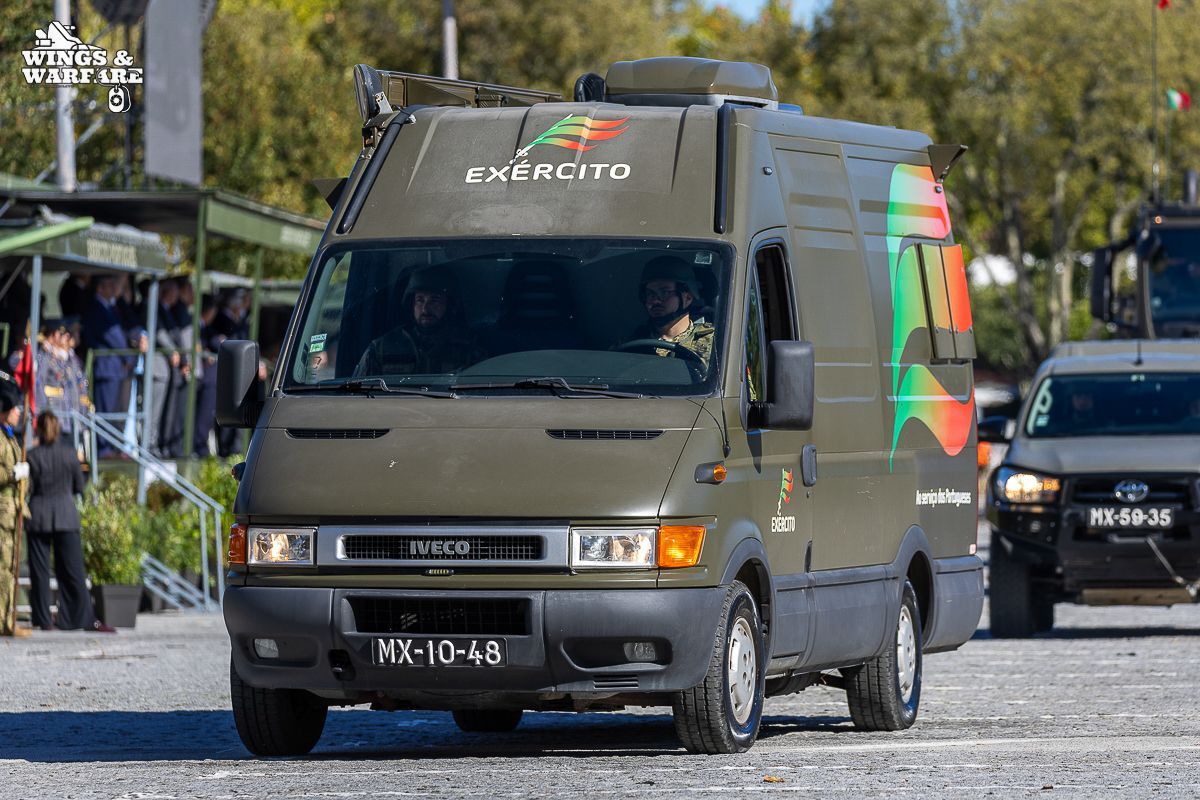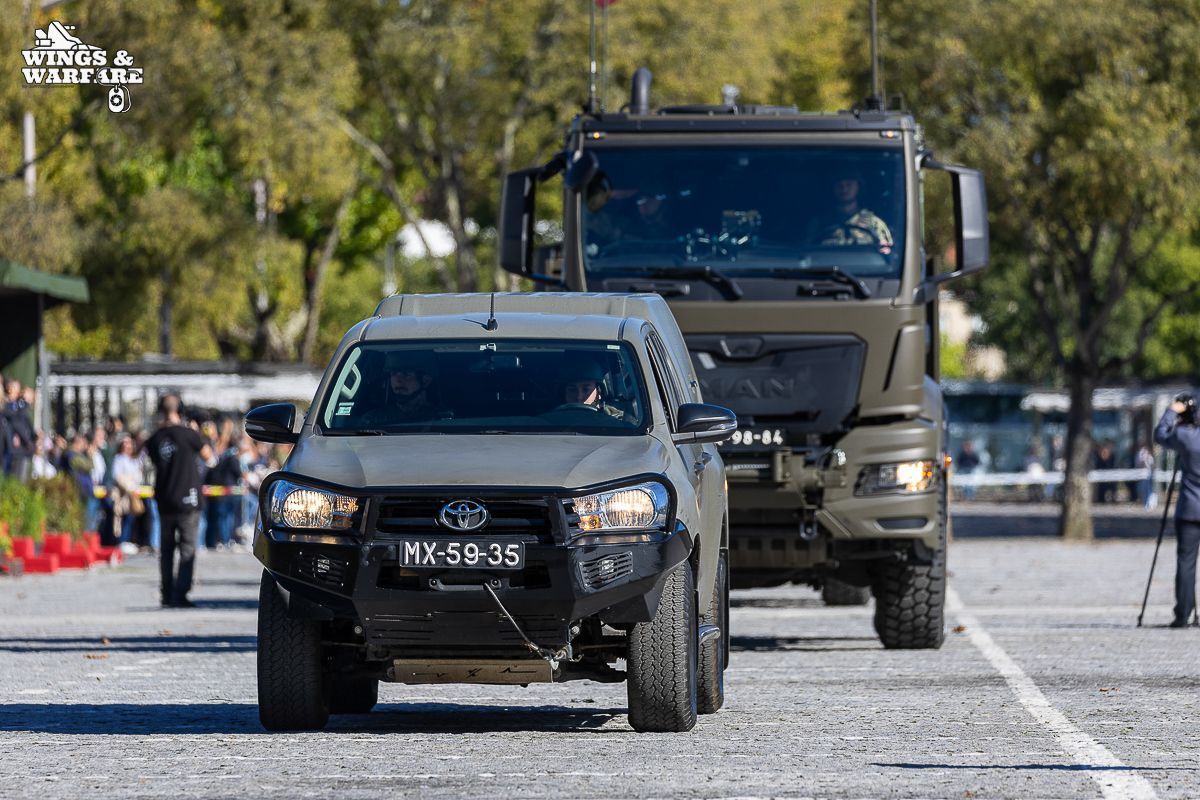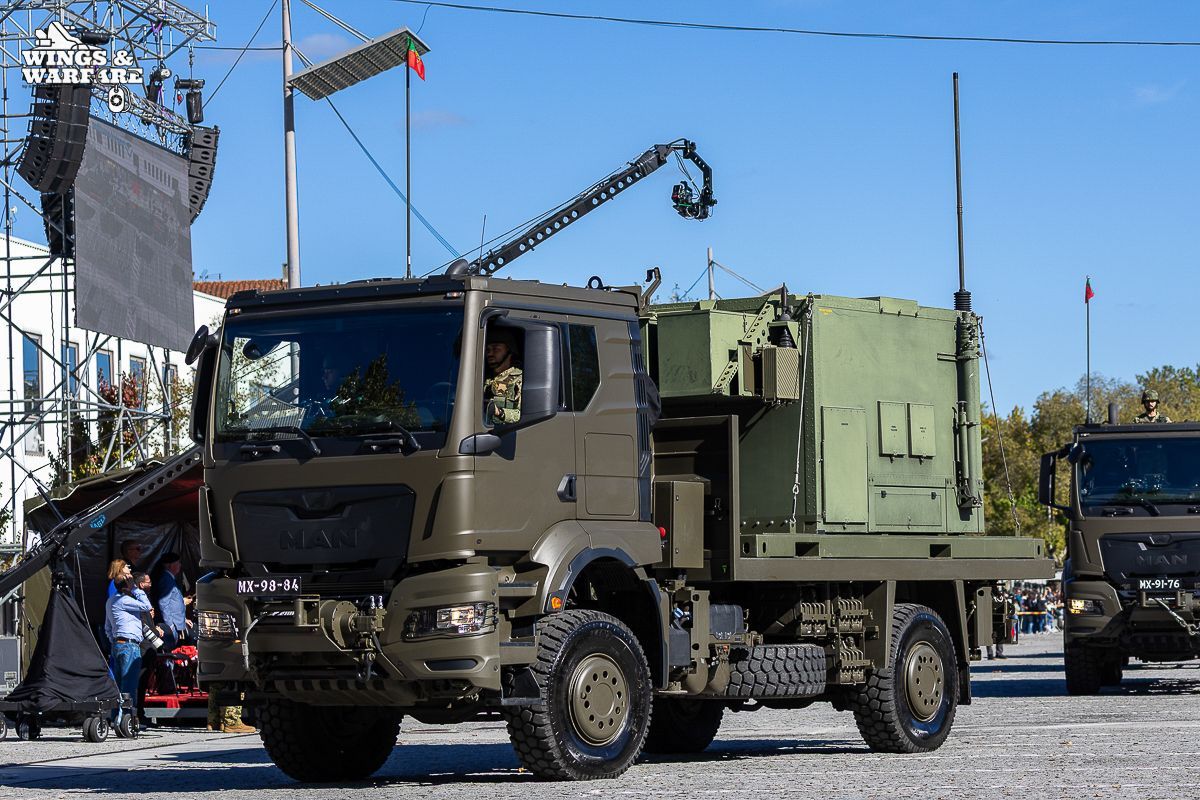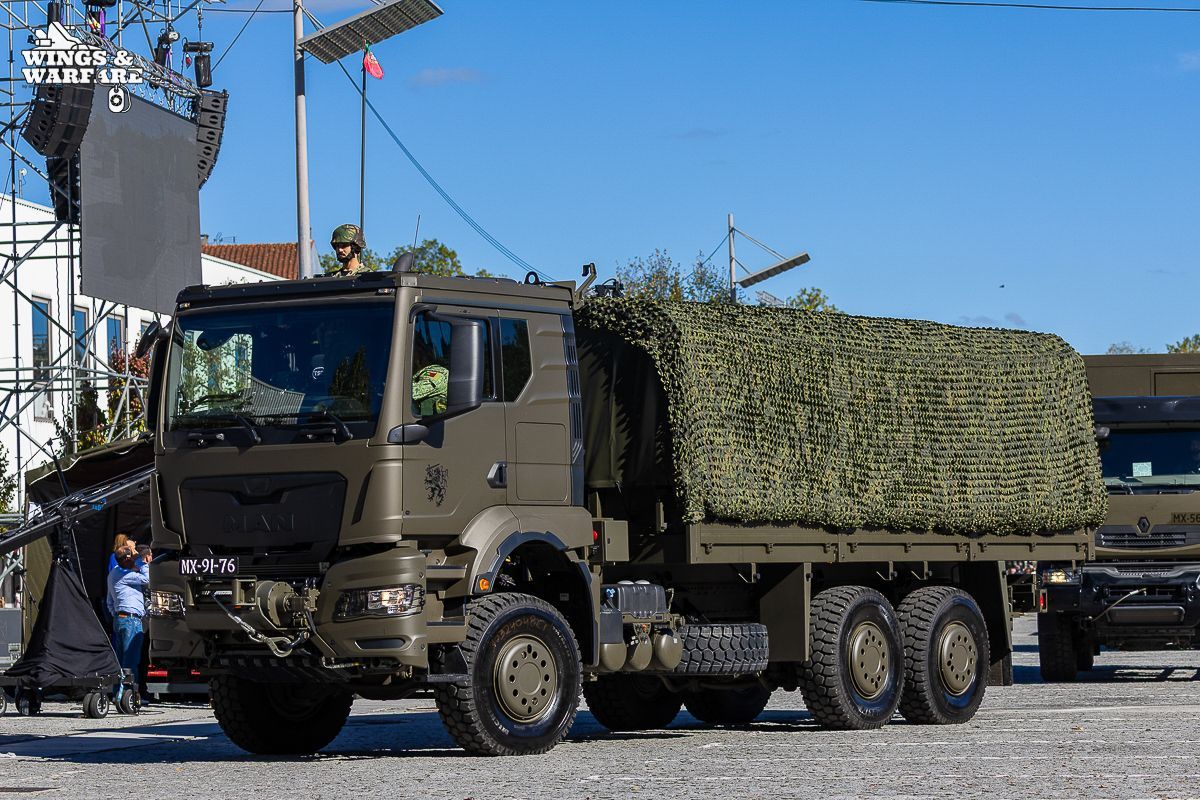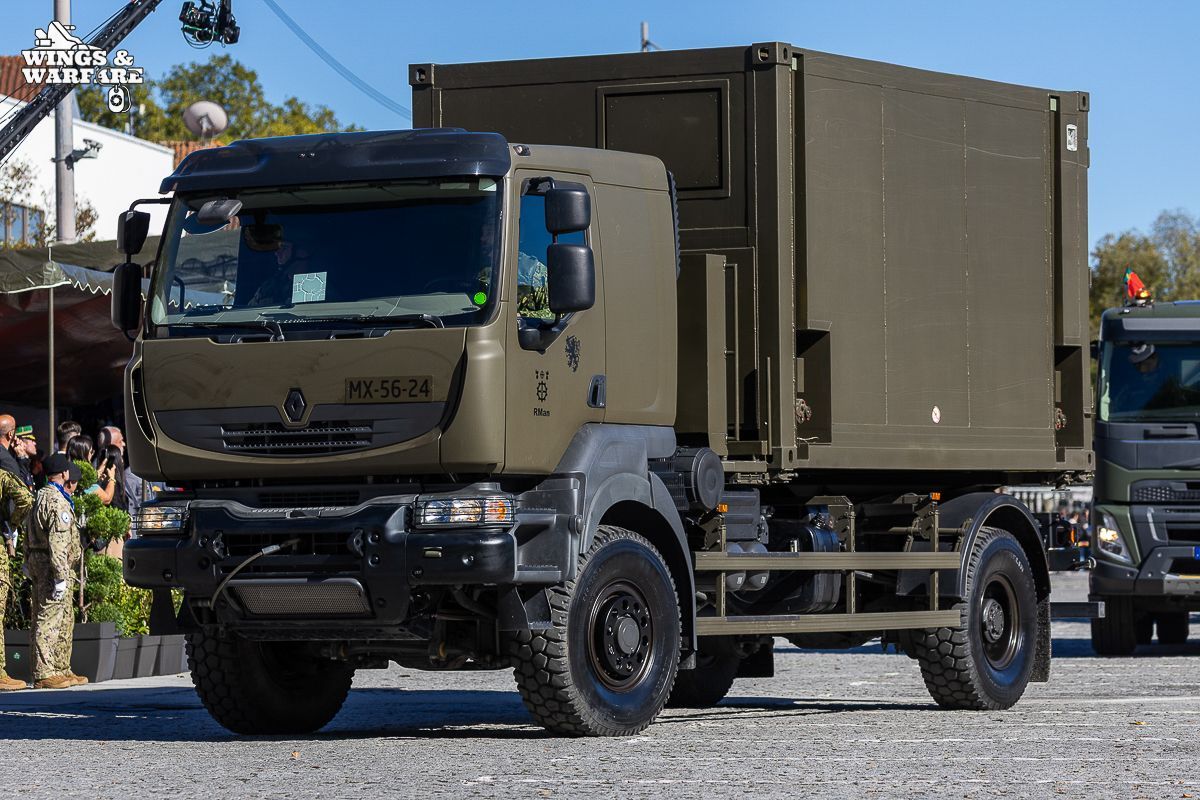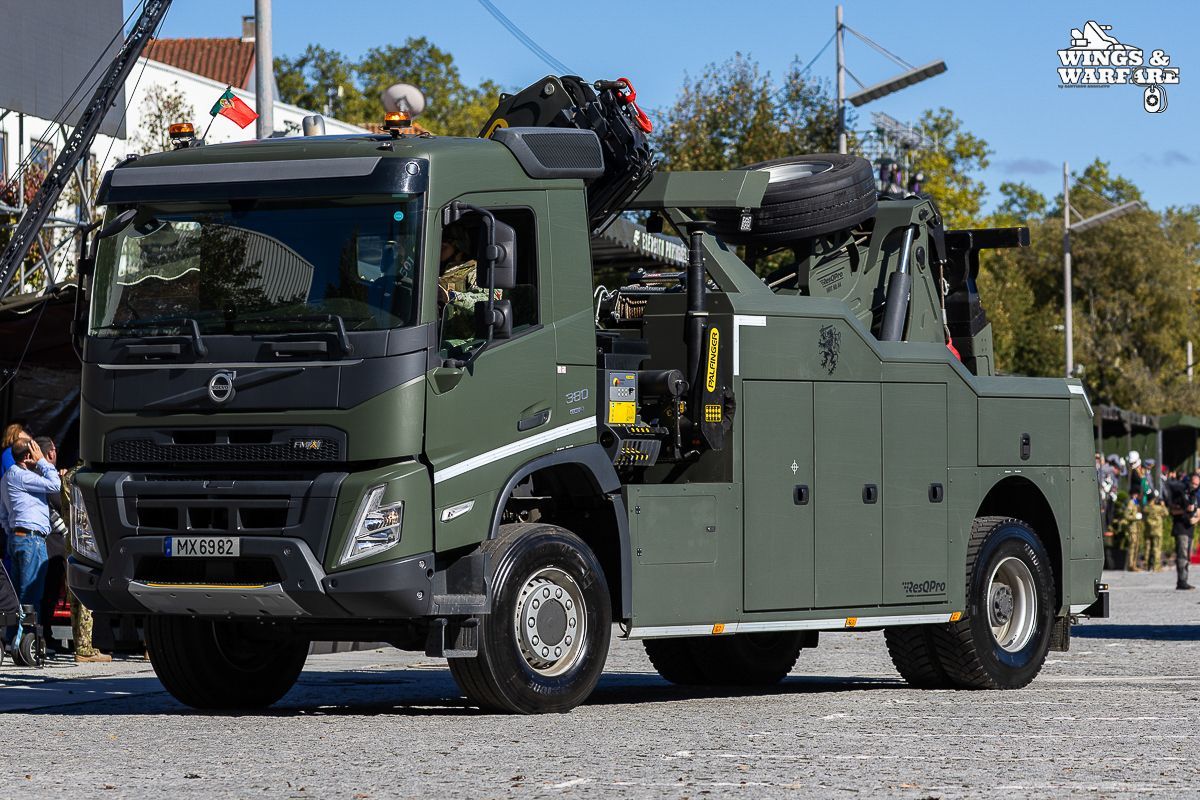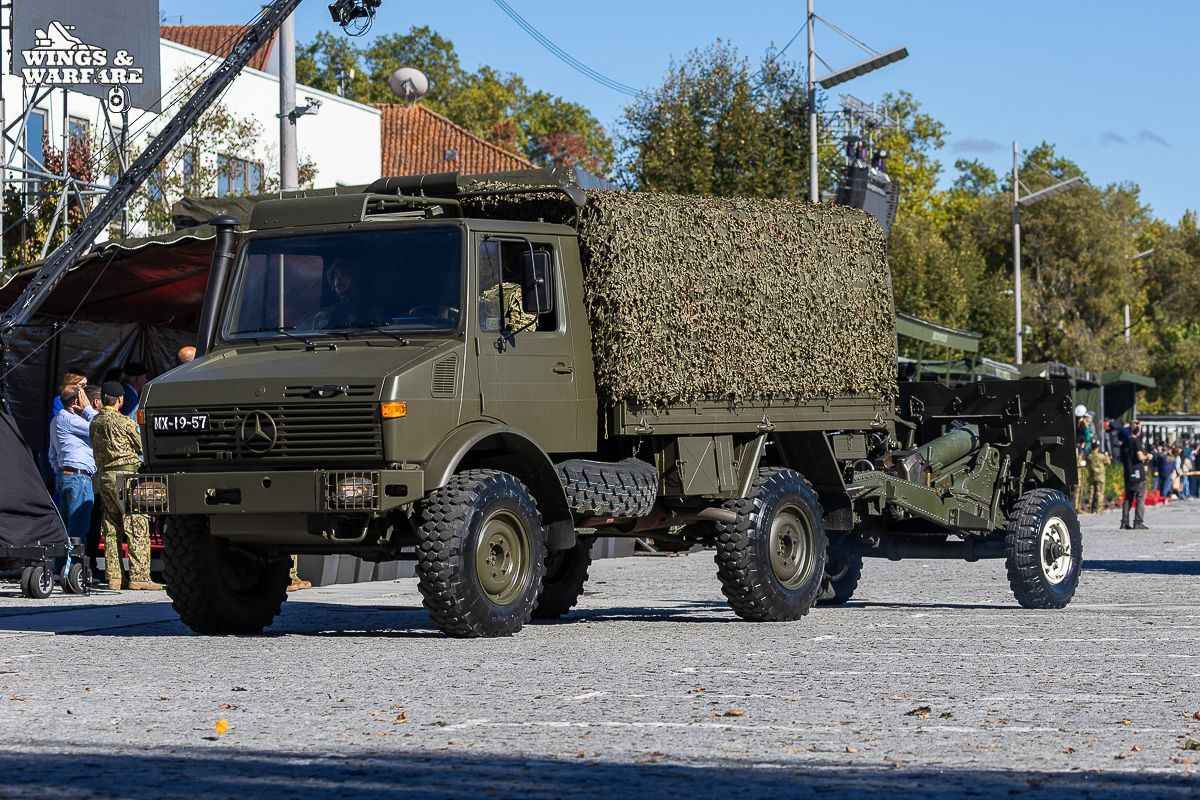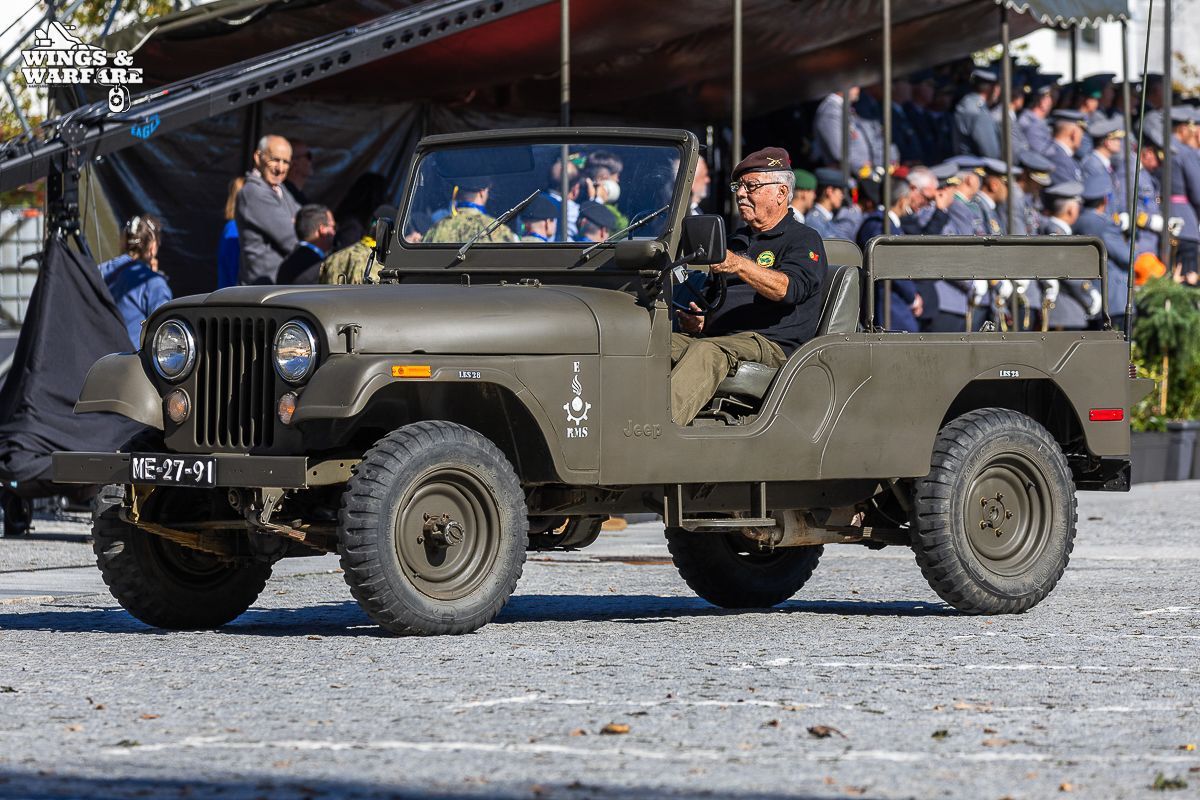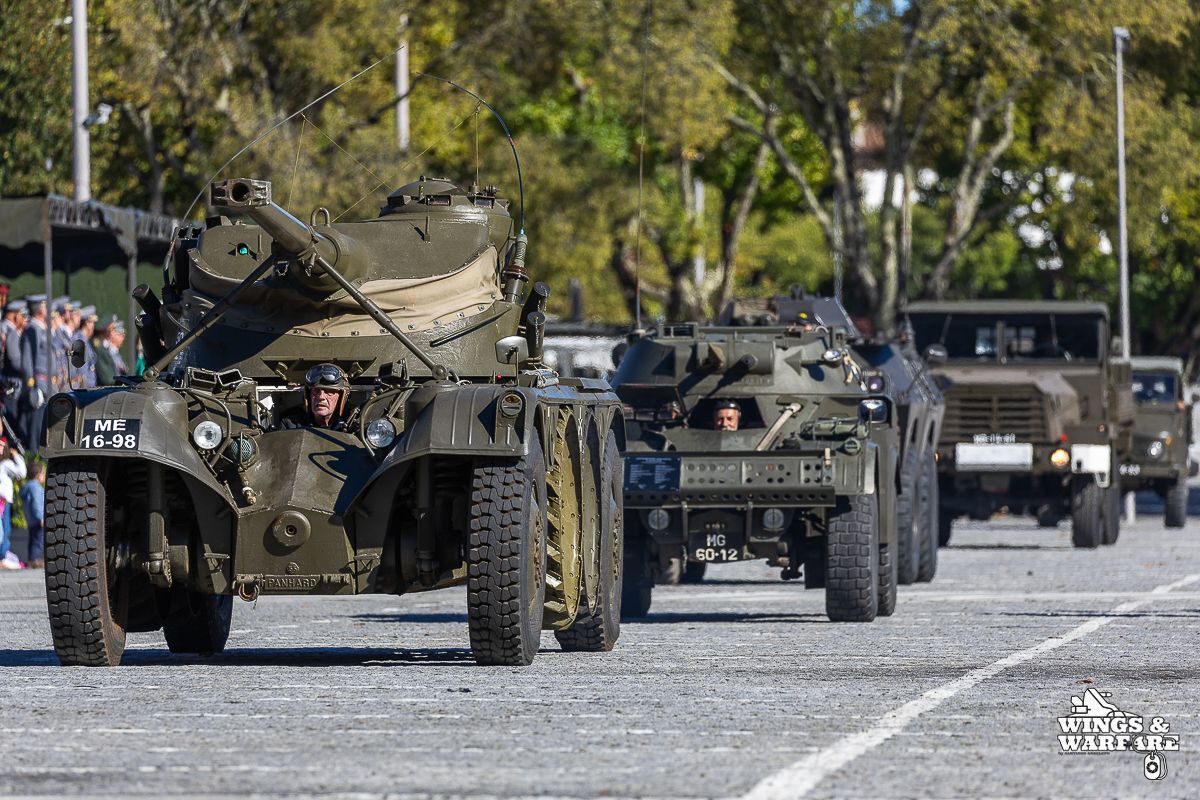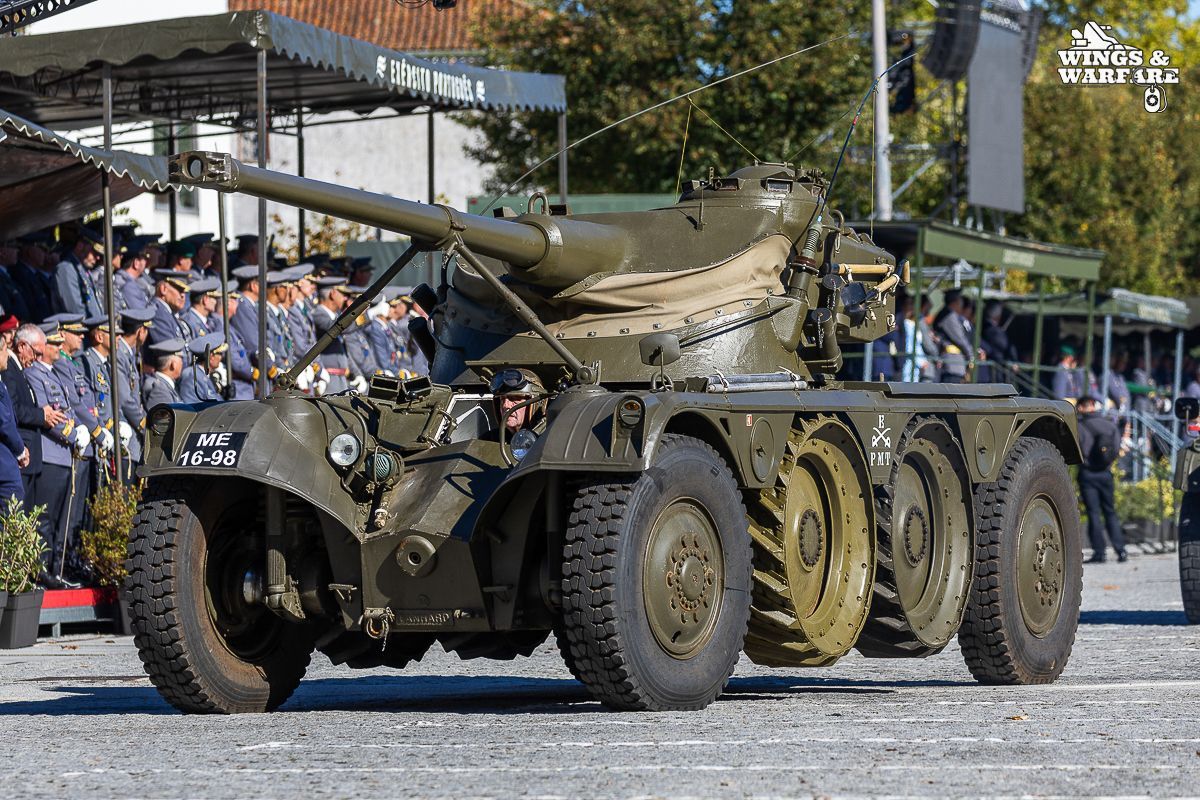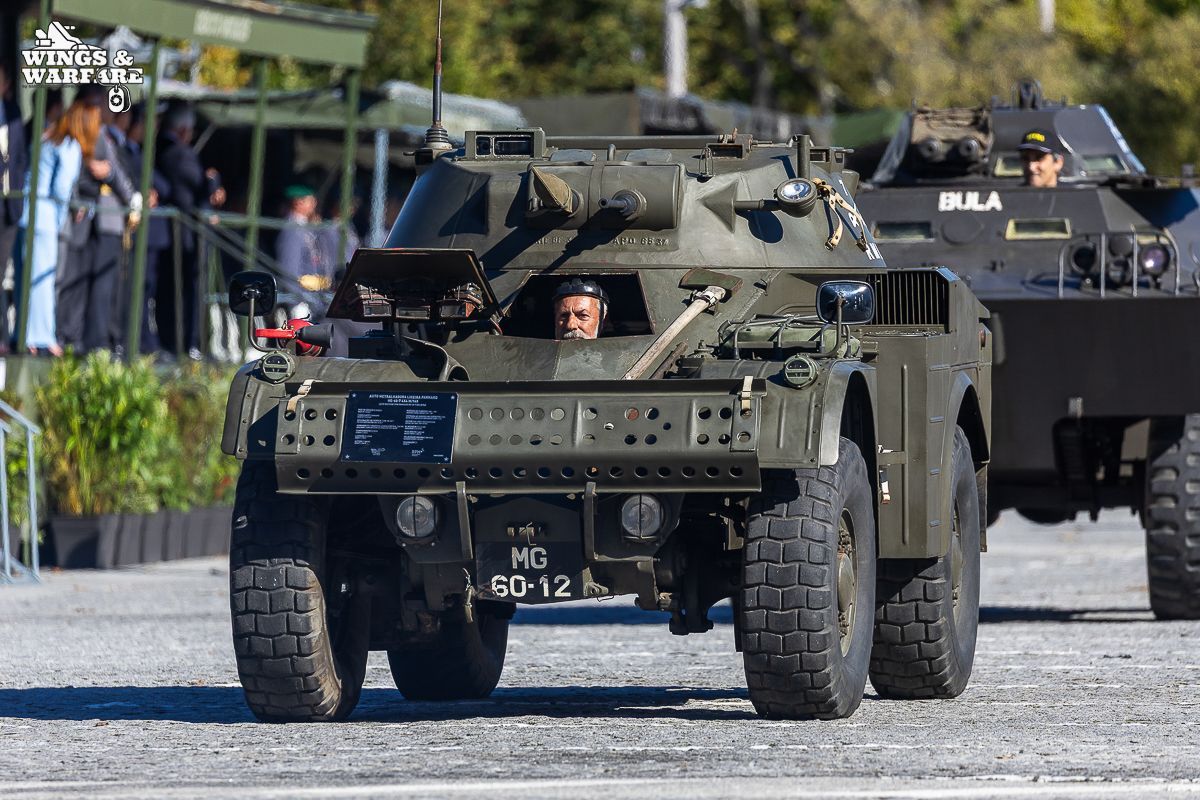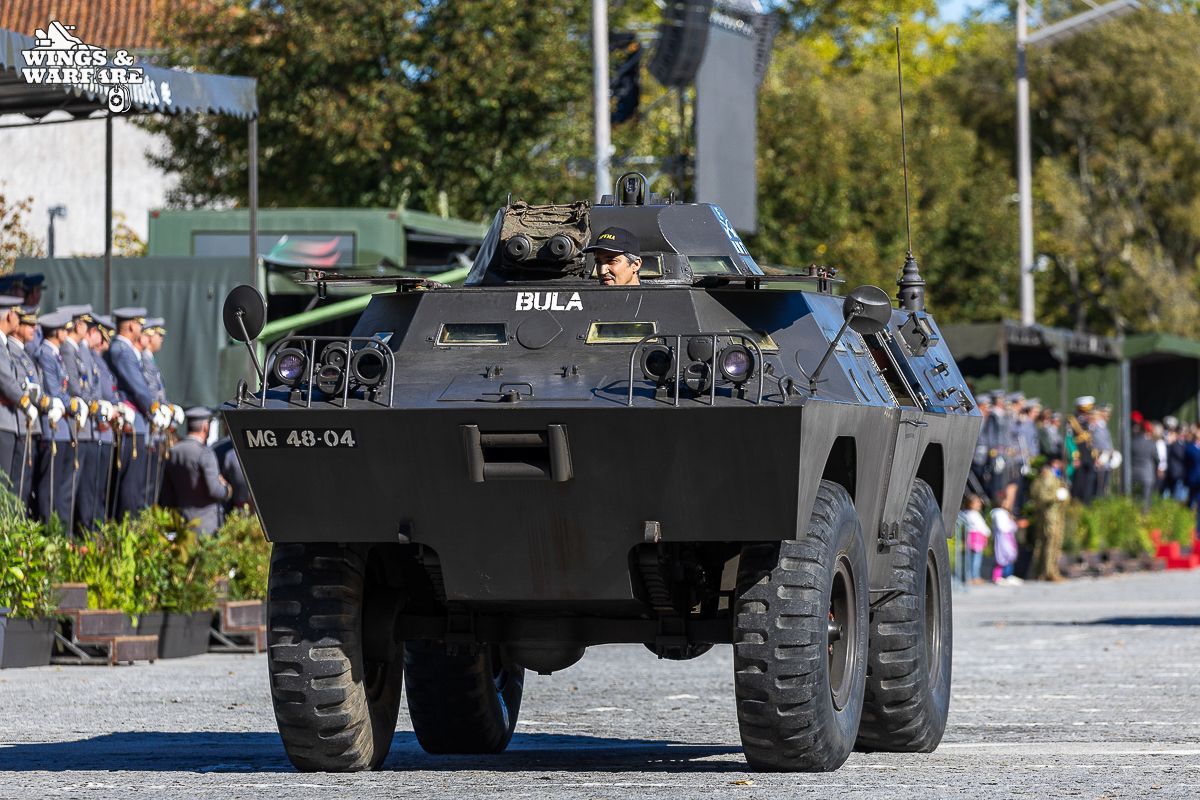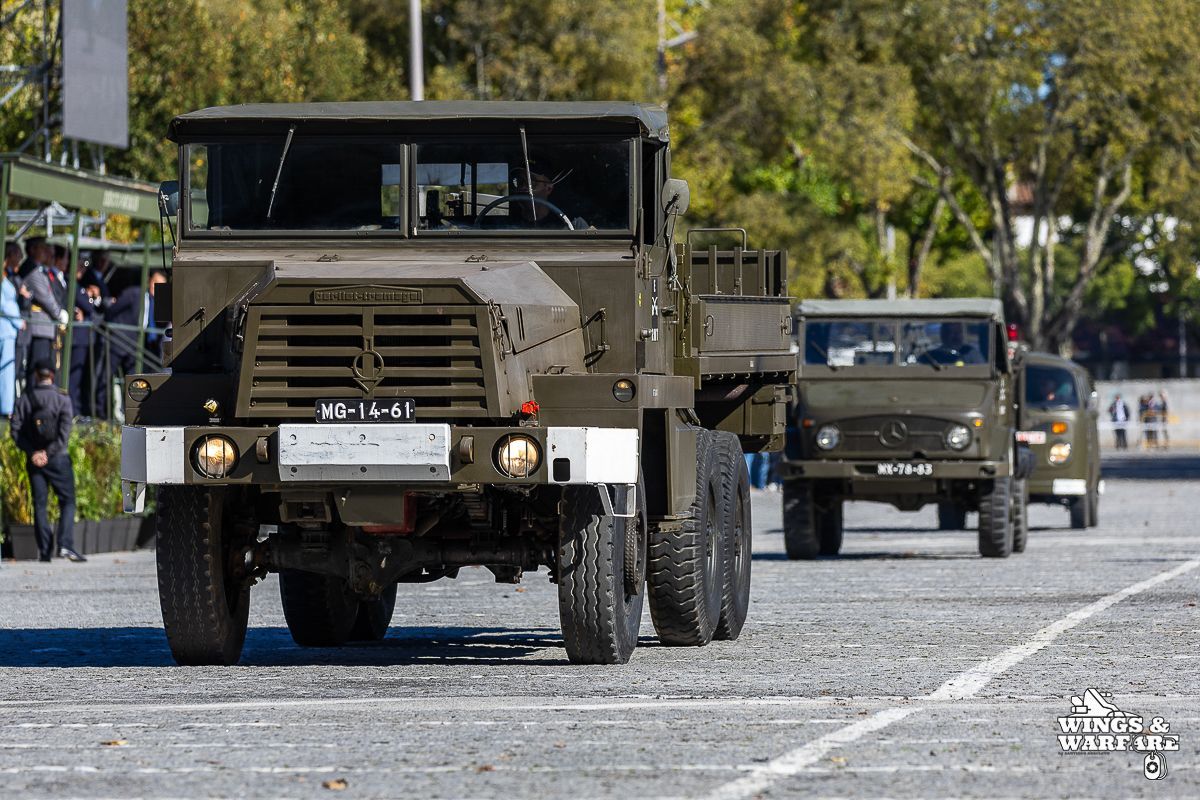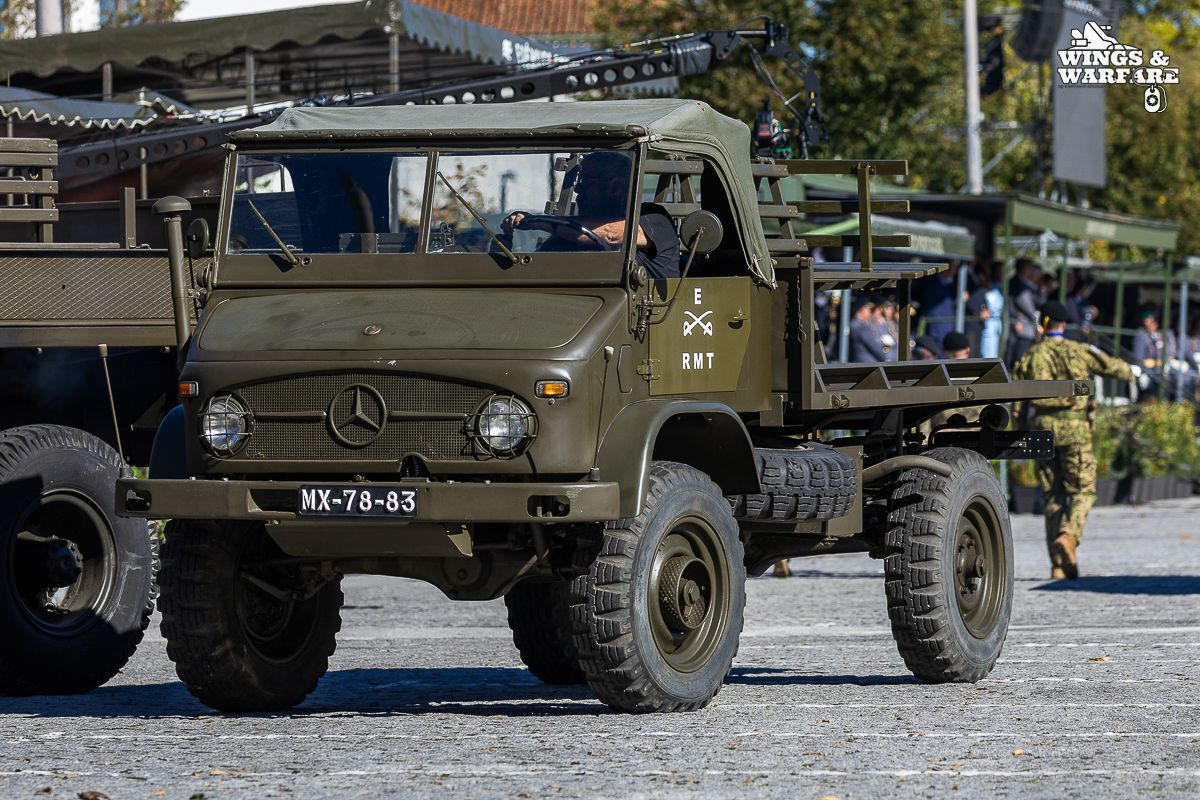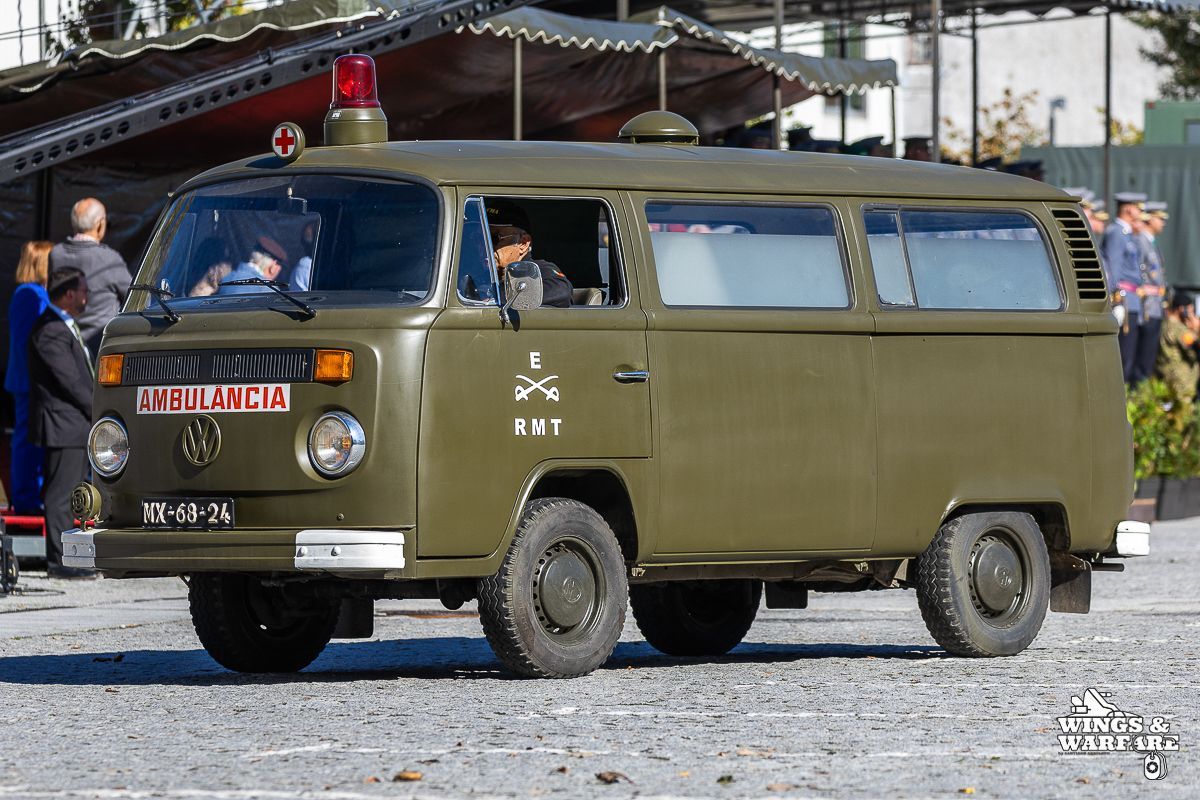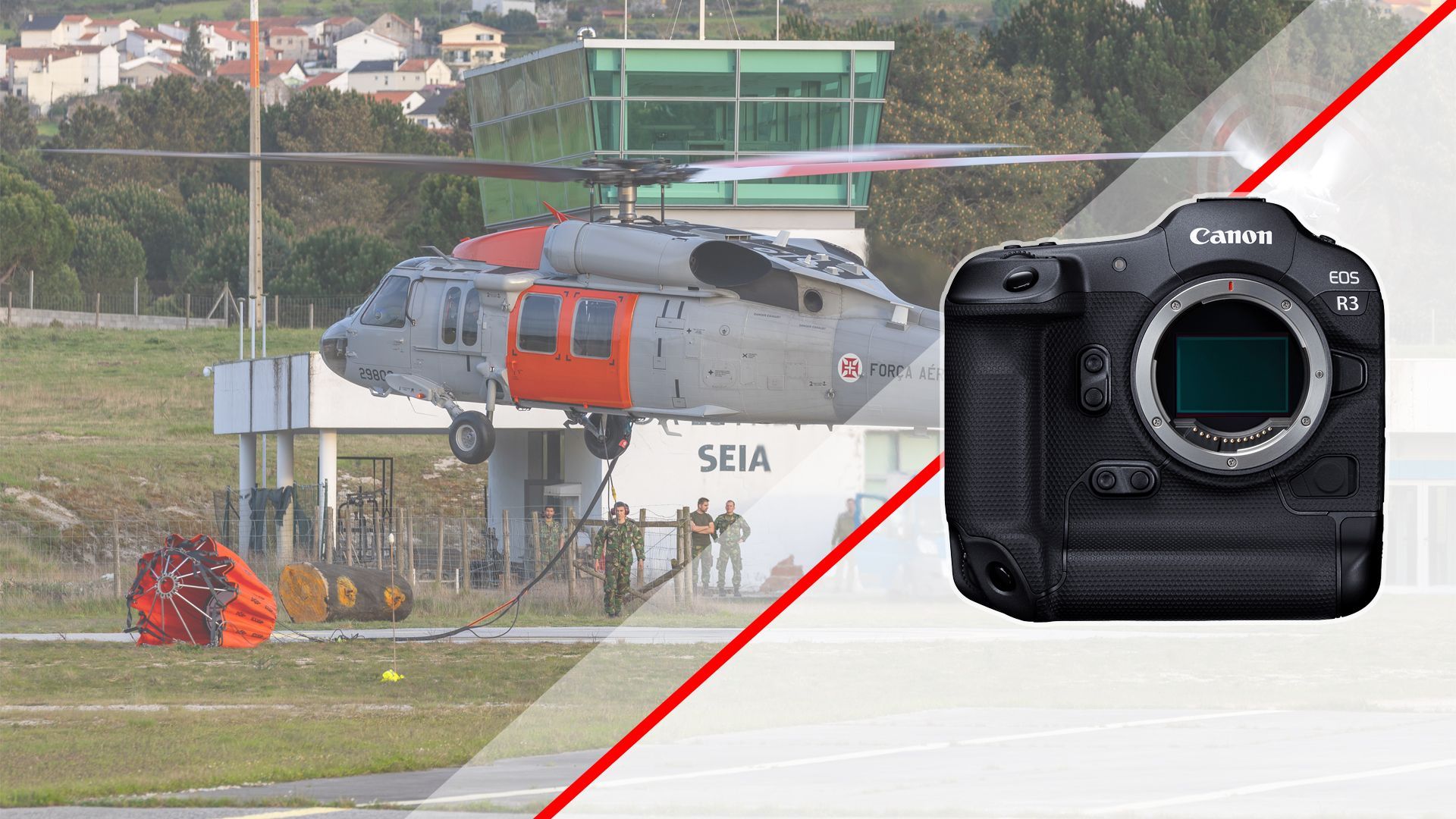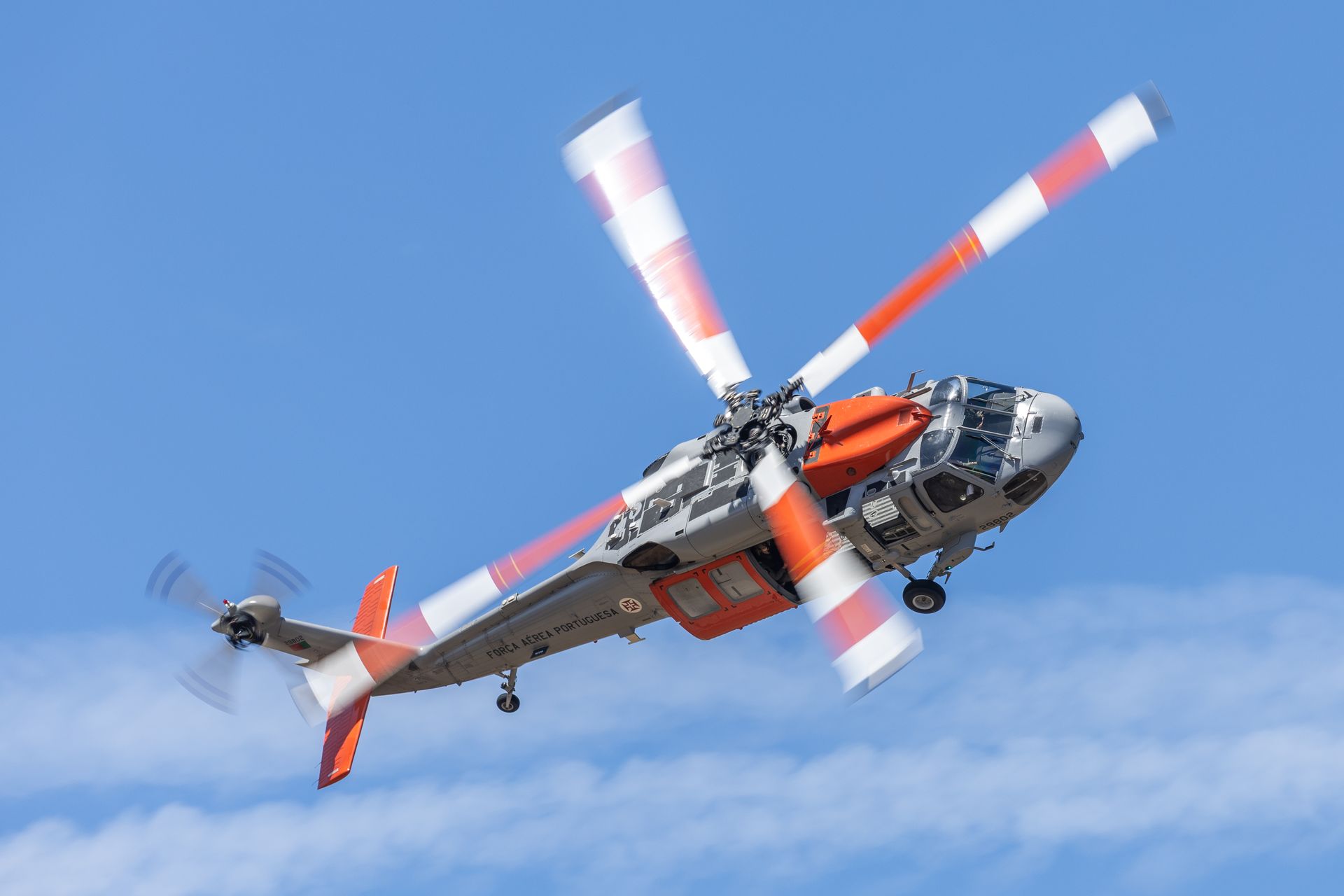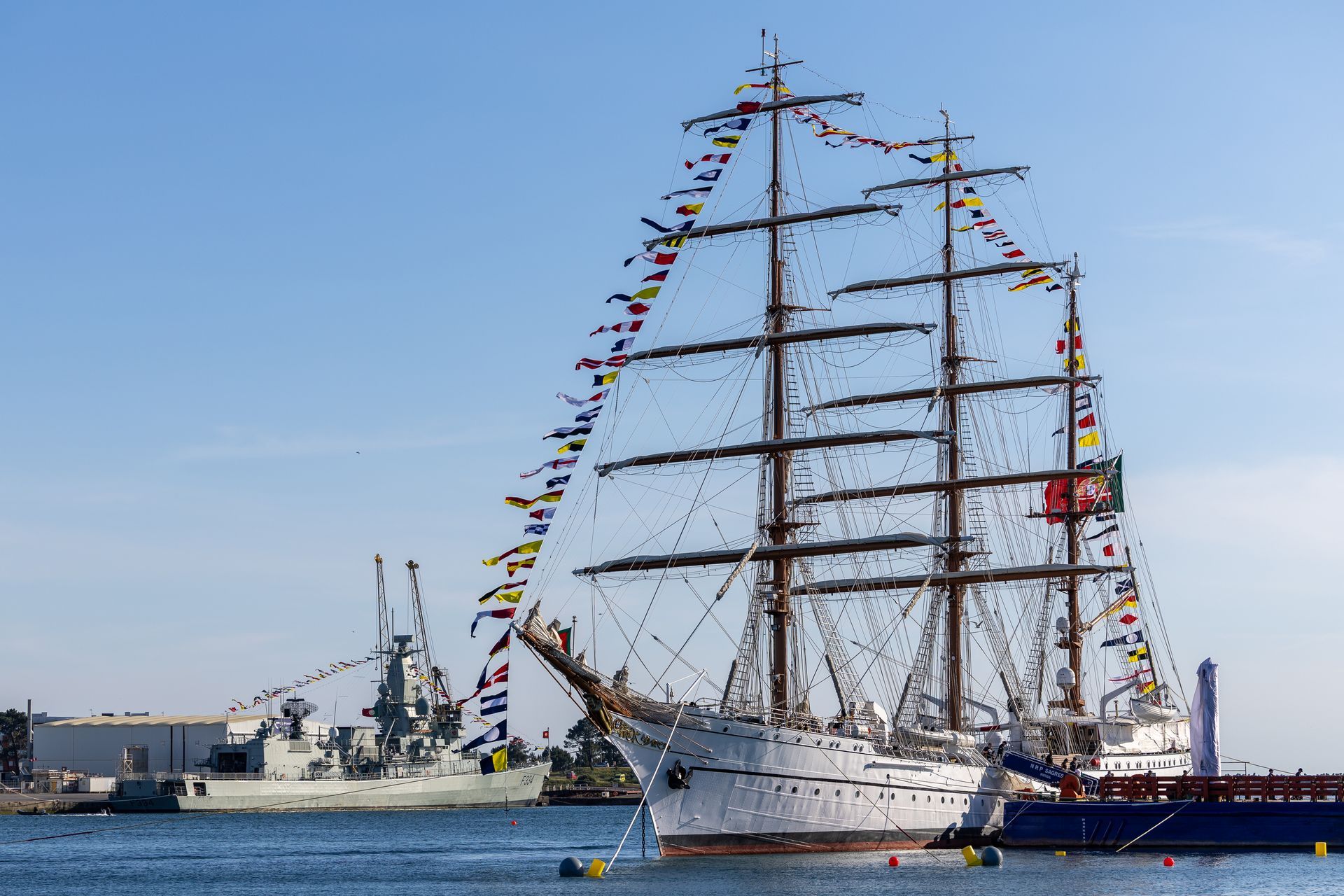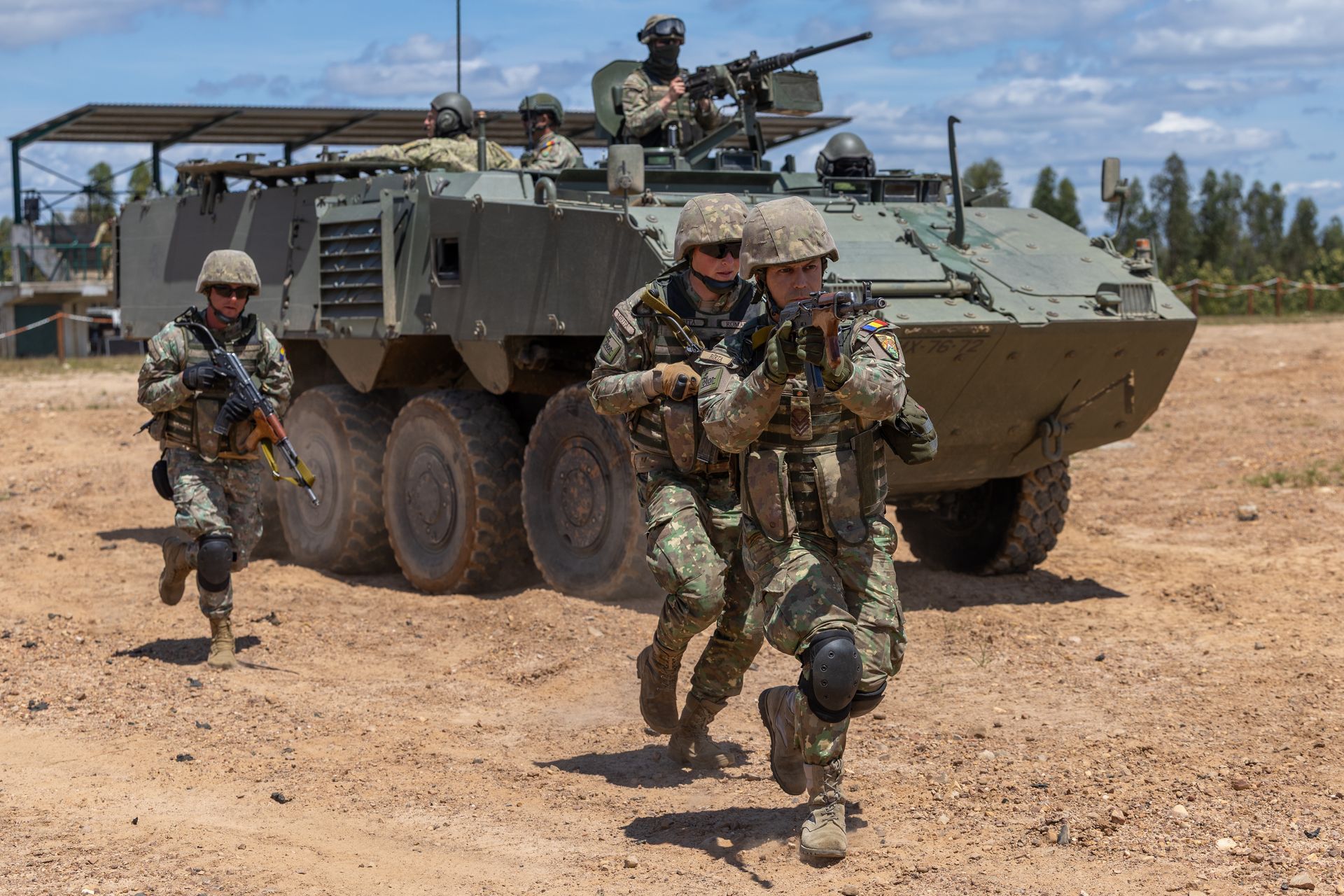The Portuguese Army in Viseu: Identity, Modernization, and Proximity to the Nation
Between October 21 and 26, the city of Viseu hosted the 2025 Portuguese Army Day celebrations, welcoming a wide range of military, cultural, historical, and technological activities that highlighted the role of the Portuguese Army in serving national defense and society. Over the course of almost a week, thousands of visitors passed through Campo de Viriato and the Multipurpose Pavilion, where they were able to learn about the resources, capabilities, traditions, and present and future challenges of the Land Forces, in a demonstration that celebrated memory, modernity, and commitment.
Army EXPO: The Land Force Opens Its Doors to the Public
The Campo de Viriato and the Multipurpose Pavilion in Viseu were the venues for EXPO Exército, where thousands of visitors, young and old, were able to see up close the various units that make up the Portuguese Army. The public had direct contact with various weapons systems and equipment used by the military forces, both in combat missions and in humanitarian support and aid operations.
Outside the exhibition, visitors were immediately attracted by the imposing presence of the Mechanized Brigade's “Beast”: the Leopard 2A6 Main Battle Tank. In the artillery section, attention was drawn to the M109A5 self-propelled howitzer and the M119 Light Gun howitzer. The exhibition also included the Panhard M11 reconnaissance vehicle and five examples of the URO Vamtac ST5 light armored tactical vehicle - including the Special Operations Forces version, the EMER (Emergency Medical and Resuscitation Team) version, and the Ambulance version - as well as the Pandur II 8x8 armored vehicle, in the Infantry Fighting Vehicle (IFV) configuration.
Two variants of the M113 were also on display: one in APC (Armored Personnel Carrier) configuration and the other as an M901 ITV. In terms of logistics and support, there was one of the new MAN TGS 18.440 BB CH 4x4 (shelter carrier) vehicles used by the ISTAR unit, accompanied by an Iveco Daily and a Mitsubishi L200 from the Emergency Military Support unit.
As an additional element that was greatly appreciated by the public, it was possible to see the Paratroopers' Hot Air Balloon, which added color and symbolism to the exhibition setting.
In the interior of the exhibition, visitors were able to see various types of light weapons used by units such as the Commandos, Paratroopers, and Special Operations Forces, among others. It was also possible to try out simulation systems that help prepare military personnel before they are deployed in real scenarios, observe the capabilities of improvised explosive device (IED) deactivation and CBRN defense, and learn about the pharmaceutical work carried out by the National Medicines Laboratory. The exhibition also included areas dedicated to air defense capabilities and the use of unmanned aerial systems (drones).
At the same time, EXPO Exército included various activities and demonstrations for all ages. Younger visitors were able to go climbing, walk along a small rope course, or go horseback riding, always under the guidance of military personnel. For fans of the “Call of Duty” style, a dynamic airsoft shooting range was available, providing the opportunity to experience, for a moment, the action of a soldier in the field. There were also rides in Polaris TP2 SOF vehicles. For the whole family, it was possible to take a ride in a VAMTAC or a Pandur vehicle.
In terms of operational demonstrations, there were three distinct moments to watch. The first involved the deactivation of explosive devices/IEDs by soldiers from the 1st Engineering Regiment, demonstrating the entire process of identification, neutralization, and collection of evidence for further investigation. This was followed by a K-9 unit demonstration by the 2nd Lancers Regiment, highlighting the bond and coordination between the military-dog duo, culminating in a simulation of approaching a hostile and armed individual. Finally, the Paratroopers gave a practical presentation on how the automatic opening parachute is equipped.
(Deactivation of explosive devices/IEDs - 1st Engineering Regiment)
(K-9 unit demonstration - 2nd Lancers Regiment)
(How to equip the automatic opening parachute - Paratroopers)
Boxer 8x8: The Key Candidate for the Next Generation of Army Vehicles
This year, Rheinmetall once again made a significant contribution to the Army Day celebrations. After the German company presented the Lynx KF41 in 2024 as a potential replacement for the obsolete M113, attention has now turned to the Boxer 8x8, configured with the Lance 2 turret.
The choice of the Boxer is not random. The Portuguese Army has been favoring the option of a wheeled armored vehicle over tracked platforms, focusing on greater strategic mobility, interoperability, and lower operating costs. In this scenario, the Boxer emerges as one of the main candidates.
The vehicle was repeatedly highlighted in presentations at the “Horizonte 2045” seminar, organized by the Army, reinforcing the perception that the Boxer could be a benchmark platform in the modernization process of the national mechanized forces. Its modular architecture allows the same vehicle base to support various mission modules, quickly adapting to different operational functions: from Infantry Fighting Vehicle (IFV) with direct combat capability, to variants for troop transport (APC), command, medical evacuation, maintenance support, air defense, or mortar system integration.
In its IFV configuration with Lance 2 turret, the Boxer stands out for its combination of mobility, protection, and firepower. The vehicle reaches a maximum speed of 100 km/h, is capable of overcoming obstacles of 0.70 m, crossing trenches of 2 meters, and fording up to 1.40 m without preparation. Propulsion is provided by an MTU 8V199 engine with 815 hp (600 kW) and 2700 Nm of torque, ensuring sufficient power for a gross weight of up to 39.5 tons.
The fully stabilized Lance 2 turret integrates the Rheinmetall MK30-2/ABM (30 mm) cannon, capable of employing APFSDS-T armor-piercing ammunition and KETF Air Burst programmable ammunition, allowing effective engagement of entrenched infantry, drones, and low-altitude air targets up to 3,000 meters. The turret can also be equipped with a dual launcher for SPIKE LR/LR2 anti-tank missiles, expanding its combat envelope against armored vehicles.
In the area of situational awareness and survivability, the Boxer Lance 2 incorporates long-range daytime and thermal sensors, a SEOSS 2 observation system with hunter-killer/killer-killer capability, laser warning devices, a ROSY smoke screen system with 180° dynamic protection, and a scalable digital architecture that allows for the integration of emerging capabilities such as C-UAV, loitering munitions, and AI-based decision support.
Protection follows the principle of a multi-layer structure with modular armor, which can be adjusted according to the threat requirements of the theater of operations. It is also important to note that the turret allows for internal reloading, ensuring that the crew remains protected while reloading weapons.
Although not yet officially confirmed, there is a possibility that Portugal will join the Boxer program, as Germany, the Netherlands, Lithuania, the United Kingdom, and Australia have already done, not only in operation but also in production and industrial development - an opportunity that could strengthen the country's strategic capacity and contribute to the consolidation of skills in the national defense sector.
RapidRanger: A New Milestone in National Air Defense
Among the various vehicles on display, the presence of a VAMTAC vehicle equipped with the RapidRanger system, integrated into Thales' ForceShield solution, also stood out. This system will reinforce the Portuguese Army's very short-range air defense (VSHORAD) capabilities.
This system is the result of a contract recently established between Thales and the NATO Support and Procurement Agency (NSPA), constituting a significant milestone for both Portugal and the company, as it is the first ForceShield contract signed with a European Union country.
The acquisition, which falls under the Military Programming Law (LPM), includes the Ground Master 200 air surveillance radar, the ControlView command and control center, portable weapon allocation terminals, and RapidRanger vehicles.
Mounted on a VAMTAC platform, the RapidRanger is a lightweight system - weighing less than 500 kg - that is highly automated and quick to react, designed to neutralize air and surface threats, from drones and helicopters to ground-attack aircraft and cruise missiles. It has a detection range of up to 15 km and an engagement range of up to 7 km. The system integrates day, low-light, and thermal cameras, as well as an Automatic Target Tracker (ATT) and a 360° surveillance sensor. This sensor can take the form of a passive infrared search and track (IRST) system or an integrated radar, allowing RapidRanger to operate completely autonomously. The launcher is compatible with different types of missiles, including the highly effective StarStreak and LMM.
The introduction of this capability represents a significant advance in close-range air defense and a decisive step in the modernization of the Portuguese Army, bringing it into line with NATO standards in the field of force and critical infrastructure protection.
ALAKRAN: Mobility and Accuracy in Indirect Fire Support
Another weapon system presented was the Alakran Mobile Mortar Weapon System, from NTGS.
ALAKRAN is a mobile mortar system, available in 120 mm and 81 mm calibers, currently in service in several countries, including Spain, where it is integrated into VAMTAC vehicles, and Ukraine, where it has been used in real combat, thus acquiring the status of “Combat Proven.” Its operational use in hostile environments has demonstrated high reliability, robustness, and the ability to operate in adverse weather and terrain conditions.
Designed for rapid deployment and tactical mobility, the system can be installed in virtually any 4×4 vehicle thanks to its lightweight construction. This provides high flexibility of use and the ability to respond immediately to changes in the operational scenario. To illustrate its speed of action, the ALAKRAN can deploy, fire eight shots, and move again in about two minutes - giving new meaning to the concept of “Shoot & Scoot,” which is increasingly critical on a battlefield dominated by the threat of drones and counter-battery systems.
The model presented on Army Day was integrated into a Polaris MRZR ALPHA, configured for two soldiers and with the capacity to carry 60 to 72 81 mm grenades.
The system integrates a set of advanced digital features, including GIS for geospatial positioning and fire planning. Functions such as Zonal Shooting and Multiple Rounds Simultaneous Impact (MRSI) simplify the engagement process and increase the effect of fire on the target area.
The Fire Control System (FCS) is fully digital and automated, ensuring fast and accurate aiming and fire correction, even in complex terrain or adverse weather conditions. The FCS performs automatic aiming and re-aiming after each shot, ensuring accuracy of less than 2 mils (equivalent to about 2 meters of error at 1 km). In conjunction with high-precision GPS, the system significantly reduces the time between the fire request and the first impact, allowing integration into digital combat networks and increasing effectiveness in coordinated operations.
ALAKRAN also prioritizes vehicle and crew safety through a design that transmits all recoil force directly to the ground, avoiding the transfer of structural loads to the vehicle. This concept reduces the risk of mechanical damage and immobilization, while protecting operators.
Firing can be done remotely, using a lanyard activated more than 3 meters from the tube, mitigating the risk of overpressure injuries caused by the shock wave. The system also includes a misfire recovery mechanism, ensuring safe extraction and neutralization in the event of a firing failure.
Given the current need for modernization, there is a possibility that the system will be integrated into the Portuguese Army. This would represent a significant reinforcement of indirect fire support capabilities, further benefiting from the fact that the Army already operates VAMTAC and Polaris platforms, which would facilitate its logistical and operational integration.
From Industrial Memory to Vehicle Restoration: Living Military History in Viseu
In this edition of the Army Day Celebrations, there was a clear effort to bring visitors closer to Portuguese military history, especially with regard to the country's former defense industry, which has largely been lost over time. In an international context marked by uncertainty, the need for Portugal to strengthen its strategic autonomy, ensuring its own production capacity and taking on an exporting role, has gained renewed relevance. It is with this objective in mind that idD - Portugal Defence - proposes the creation of an ammunition factory in Alcochete, intended for the production of small-caliber ammunition, namely 5.56 mm and 7.62 mm NATO standard, thus contributing to the reinforcement of the Armed Forces' stocks and to the increase in exports to allied countries.
For this reason, the exhibition installed in the Multipurpose Pavilion dedicated an area to Portuguese military industrial memory, covering the Royal Army Arsenal and the Royal Gunpowder Factory of Barcarena, dating from the 16th to the 20th centuries, to the Braço de Prata Factory (FBP) and the National Small Arms Ammunition Factory (FNM), which operated between the early 20th century and the early 21st century. The latter were responsible for the production of weapons that are still in service today in the Portuguese Armed Forces - the most iconic example being the G3 automatic rifle.
With regard to historic vehicles, there was once again a strong contribution from the Portuguese Association of Antique Military Vehicles (APVMA), dedicated to the restoration and preservation of vehicles that served in the Armed Forces. The association brought a significant number of historic vehicles, many of which participated in landmark events such as the Ultramar War and the Revolution of April 25, 1974.
Among the models on display were the Panhard EBR 75, the Panhard AML HE60-7, the Humber Mk IV, and the Chaimite V200 “Bula”; the Berliet-Tramagal trucks; the Unimog S404; vehicles for transporting officers and members of the government, such as the Mercedes 280 SE, the Mercedes-Benz 220D, and the Citroën CX Limousine; the Bravia Comando Mk III; and the Volkswagen Type 2.
In addition to the APVMA, the Elvas Military Museum also made a significant contribution, presenting several versions of Berliet trucks and UMM jeeps. Once again, the connection to Portuguese industry was reinforced, since both the Berliet (produced at Metalúrgica Duarte Ferreira, in Tramagal) and the UMM (manufactured by União Metalo-Mecânica) were developed and built in Portugal.
Horizonte 2045: Innovation, Doctrine, and Industry for the Army of the Future
As in previous years, a Technology Exhibition focused on Defense, Industry, and Academia was also held, reinforcing the Army as a credible partner in the field of innovation. The initiative sought to demonstrate the ongoing investment in modernization, highlighting the relevance of national, European, and NATO defense industries in the development of land military capabilities. This exhibition showcased equipment, solutions, and devices designed to respond to specific operational needs and challenges identified by the military in the field.
This year's edition was enriched by the seminar “ Horizonte 2045 - O Exército Português na Era da Inovação” (Horizon 2045 - The Portuguese Army in the Age of Innovation), held in the Aula Magna of the Polytechnic Institute of Viseu, which brought together military decision-makers, representatives of public administration, leaders of universities, technology companies, and defense industry entities. The central message was clear: the modernization of the Army is not just a technical process - it is a strategic and national decision.
General Mendes Ferão stressed that seminars should not be limited to moments of reflection, but should be starting points for the implementation of concrete projects involving the Army, the academy, and the industry. He also stressed that modernization does not only mean acquiring new equipment, but also promoting human and cultural transformation: trusting young people, allowing them to create, experiment, make mistakes, and innovate.
Building military capabilities is a long-term process - equipment, doctrine, and infrastructure are developed over 20 to 40 years. Thus, Land Force 2045 is a phased strategy:
Until 2032 - Medium Brigade
- Modernization of Pandur vehicles
- Replacement of M113s
- Upgrade of Leopard Main Battle Tanks
- Reinforcement of field artillery and air defense
- Improvement of combat engineering capabilities
2032–2036 - Light Brigade
- New light armored vehicles
- Reinforcement of infantry battalions
- Improvement of logistical, medical, and service support
- Modernization of forces stationed in Madeira and the Azores
2036–2045 - Command, Support, and Integration
- Digital command and control system (C4I)
- Full integration of unmanned ground and air systems
- Consolidation of general support forces
- Construction and modernization of sustainment infrastructure
Emerging capabilities: from augmented soldiers to networked warfare
Contemporary warfare - observed daily in Ukraine - confirms a new operational environment:
- Drones have made the battlefield fully visible
- Connectivity speeds up decisions but exposes positions
- Artificial intelligence already influences reconnaissance and coordination
- Electronic warfare and cyberspace have become as critical as the physical terrain
To respond to these challenges, the Army defines priority areas:
- Autonomous land and air systems
- Interconnected sensors and digital command platforms
- Advanced individual protection and smart uniforms
- Training through simulation and realistic modeling
- Human-machine integration with decision support
The goal is not to replace the combatant - it is to increase their effectiveness, protection, and situational awareness.
Innovation as a national ecosystem
Another central point of the seminar was the role of civilian entities in the development of military capabilities.
The Portuguese Army acts as:
- Client
- Development partner
- Experimentation platform
- Certification body
In practice:
- Industry tests solutions in a real operational context
- Academia generates knowledge and models
- The Army validates, integrates, and adapts for effective use
Dom Afonso Henriques Free Technology Zone and the ARTEX exercise
One of the central tools of this ecosystem is the Dom Afonso Henriques Technology Free Zone (ZLT), distributed across:
- São Jacinto - amphibious and coastal environment
- Santa Margarida - national brigade training center
- Beja - large open-field experimentation area
In these spaces, companies and academia can:
- Test prototypes
- Evaluate systems in a realistic context
- Certify technologies with the following marks:
- ARMY TESTED - validated by the Army
- COMBAT PROVEN - validated in real operations
This process is consolidated annually in the ARTEX exercise, where solutions are evaluated by troops in an operational scenario.
Few European countries have an ecosystem of this nature.
It can therefore be concluded that modernizing the Army ultimately means strengthening Portugal. This strategic vision goes far beyond simply acquiring equipment: it involves investing in national capacity - in industry, science, knowledge, and territory. It means investing in Portuguese soldiers, increasing their effectiveness, safety, and operating conditions. Modernization means ensuring that the country will continue to be able to serve, protect, and win, today, in 2045, and in the future that follows.
Military Ceremony: A Solemn Closing in Honor of Those Who Serve
To conclude the celebrations, a military ceremony was held on Sunday at Campo de Viriato. The event was presided over by the Minister of National Defense, Dr. Nuno Melo, and attended by the Chief of Staff of the Army, General Eduardo Mendes Ferrão, and various high-ranking civil and military officials, accompanied by hundreds of citizens who joined in this solemn moment with emotion and pride.
General Mendes Ferrão and the Minister of National Defense spoke at the ceremony. The Chief of Staff of the Army highlighted that the Army has stood by the Portuguese people at all decisive moments in history, both inside and outside the country, emphasizing the importance of a modern and resilient force, focused on people, re-equipment, and the requalification of existing capabilities. He also praised the role of civilian workers who, even without wearing a uniform, share the spirit of service and mission. He noted that the Land Force 2045 strategy will consolidate a structural transformation, making the Army more technological, sustainable, and interoperable.
In turn, the Minister of National Defense reinforced the irreplaceable role of the Army in national defense and in supporting the population, reaffirming the Government's commitment to modernizing the Land Force. He emphasized the strengthening of essential capabilities, as well as the promotion of innovation, national defense production, and technological development in the service of Portugal.
Among the key points addressed in the speeches were:
- The process of upgrading the Leopard 2A6 Main Battle Tank, already underway, with the first units already in Germany;
- The replacement of the M113 vehicles with Rheinmetall's 8x8 Boxer vehicle, and the possibility of national industry participation in production and maintenance processes;
- The approval of the proposal to carry out the Mid-Life Update (MLU) on Pandur II 8x8 vehicles, with strong involvement from the Portuguese defense industry.
During the ceremony, distinctions were also awarded to military and civilian personnel who distinguished themselves through their merit and dedication in the performance of their duties. The event ended with the traditional foot and motorized parade of the forces, culminating in a parachute jump by members of the “Falcões Negros” (Black Falcons), the Army Parachuting Team - a moment that captured the admiration and applause of the audience.
The 2025 Army Day celebrations in Viseu highlighted an Army that honors its history, values its people, and prepares for the future with determination. From the preservation of traditions to the demonstration of emerging technological capabilities, through the strengthening of the national defense industry and the involvement of society, the importance of a modern, credible, and citizen-friendly Land Force was clear. More than just a display of resources, this celebration showed identity, commitment, and vision - the certainty that Portugal will continue to have an Army capable of serving, protecting, and winning, today and in the decades to come.
